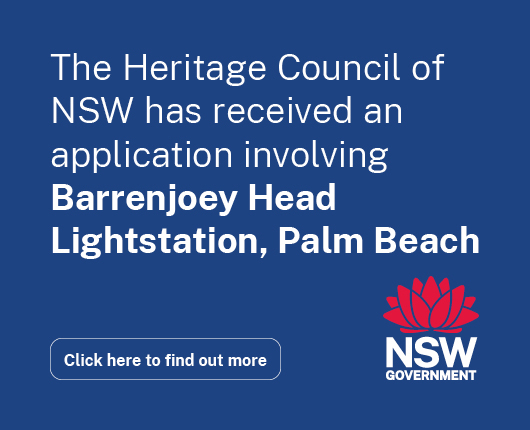Inbox and Environment News: Issue 615
February 25 - March 2, 2024: Issue 615
Seabirds - Cockatoos Continue To Be Impaled With Discarded Fish Hooks
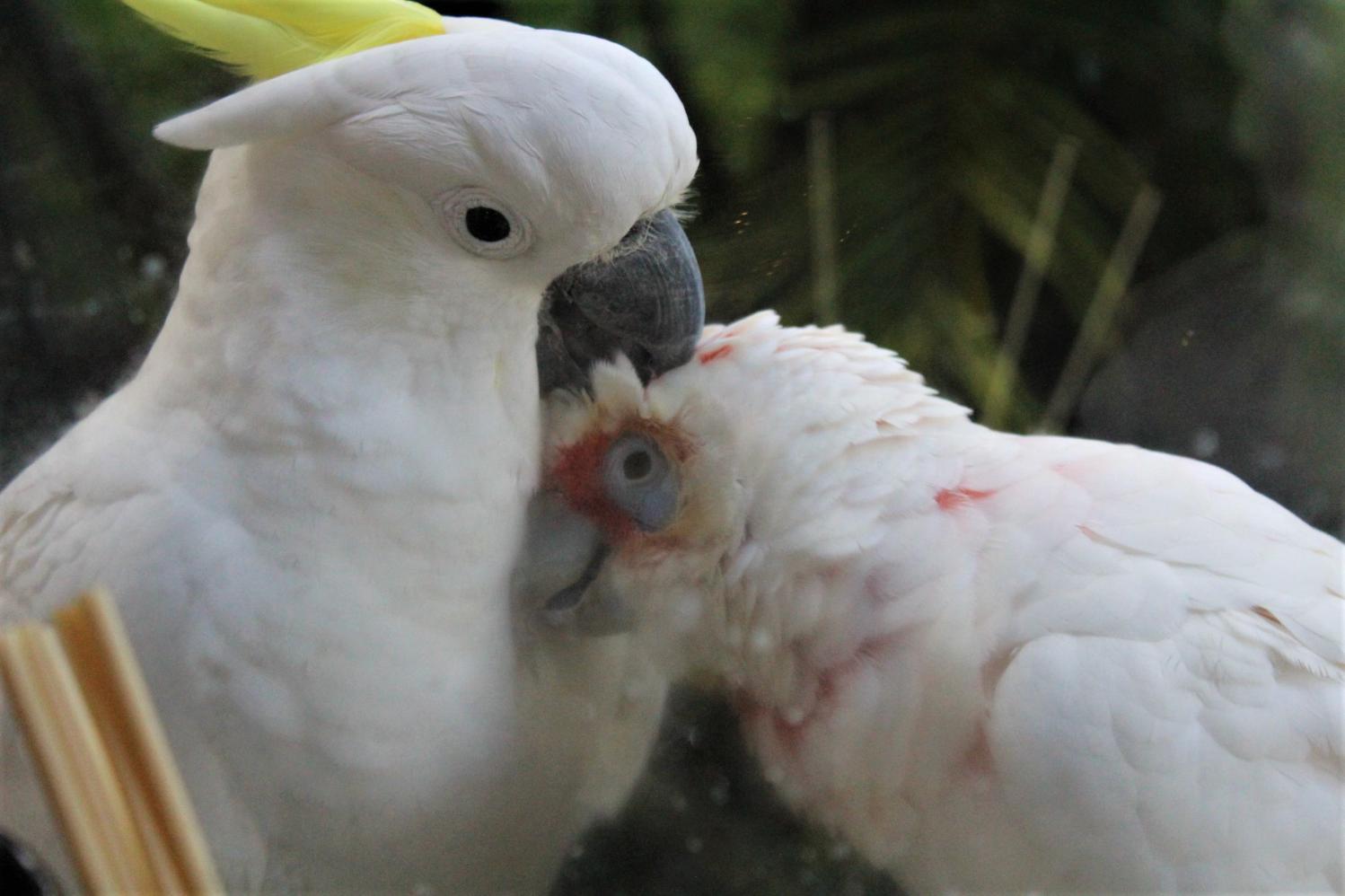
Rig Recycle was developed and trialled as part of Tangaroa Blue Foundation's ReefClean program, removing and preventing marine debris and litter impacting the Great Barrier Reef.
The aim is to divert specified recreational fishing items and packaging accessories from becoming litter in the environment or being disposed of in landfill by changing the recycling behaviours of consumers and retailers.
The Rig Recycle program is an Australian-first program that collects selected recreational fishing and packaging items and diverts them from landfill through an innovative repair, reuse and recycle framework. The project connects recreational fishers, community clean-up participants, recreational fishing retailers and suppliers, social enterprises and community partners in a holistic and truly circular program that fills a current recycling gap.
The NSW launch took place as part of the Volvo Ocean Lovers Festival at Bondi, March 15-19, 2023 with Heidi Tait from Tangaroa Blue Foundation taking part in the Ocean Plastic Action Forum on March 15, speaking about the initiative and the work of the Foundation. The Ocean Plastic Action Forum was a one-day special event filled with interactive panel discussions providing valuable insights into the impact of ocean plastic pollution, delving into the science and issues surrounding ocean plastic, exploring current innovation and reviewing future solutions to purge plastic from our ocean.
CEO, Heidi Tait travelled to Bondi to take part in panel discussions at the Ocean Plastic Action Forum. Along with other industry professionals, they discussed the current state of plastics in our oceans and what is currently being done to reduce the impact on our oceans.
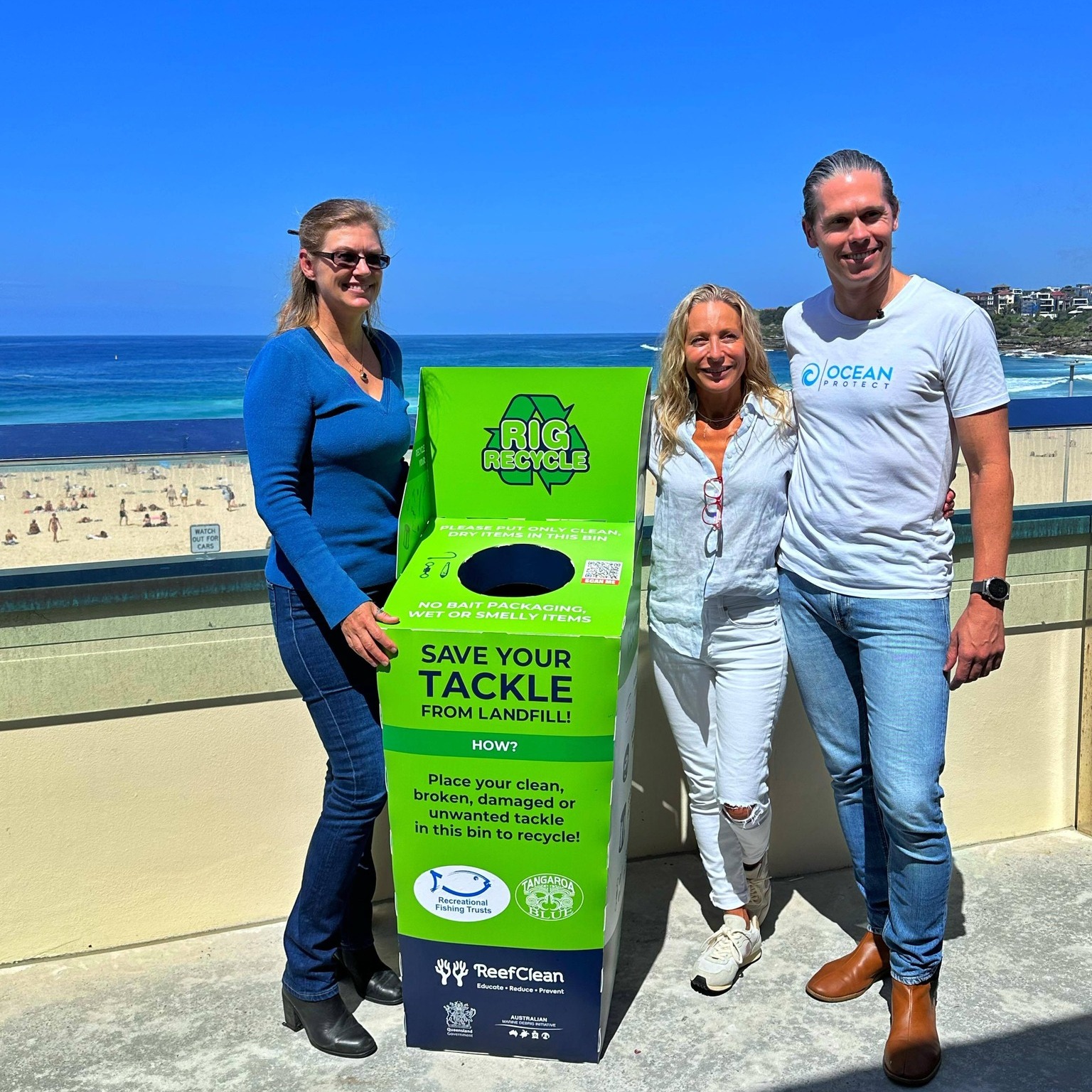
This was also a great opportunity to showcase the Rig Recycle bins that are currently rolling out across NSW as part of a NSW Recreational Fishing Trust grant. Heidi is pictured here with Anita and Brad with thanks to them and the organising team for supporting the NSW launch. This is the first version of the Rig Recycle bin - new improved one below. Photo: RigRecycle
How does it work?
- Take your recreational fishing items to a Rig Recycle bin near you
- The items get collected, audited and entered into the Australian Marine Debris Initiative (AMDI) Database
- The items are either repaired for reuse or recycled
What can you put in the bin?
- Fishing line
- Plastic line spools (that you buy your line on)
- Handline spools
- Hooks - preferably in good condition (not rusty)
- Sinkers - lead or other, in any condition
- Swivels - preferably in good condition (not rusty)
- Lures
- Floats
What can't go in the bin?
- Bait packaging, or any other smelly item
- Soft plastic packaging, recyclability is variable
- Soft plastic disposable body/tail
- Rods and reels
- Life jackets
- Flares. These should be disposed of appropriately - see your State or Territory guidelines
You can also download the Recycle Mate app, put in your location and the item and it’ll tell you where to recycle it!
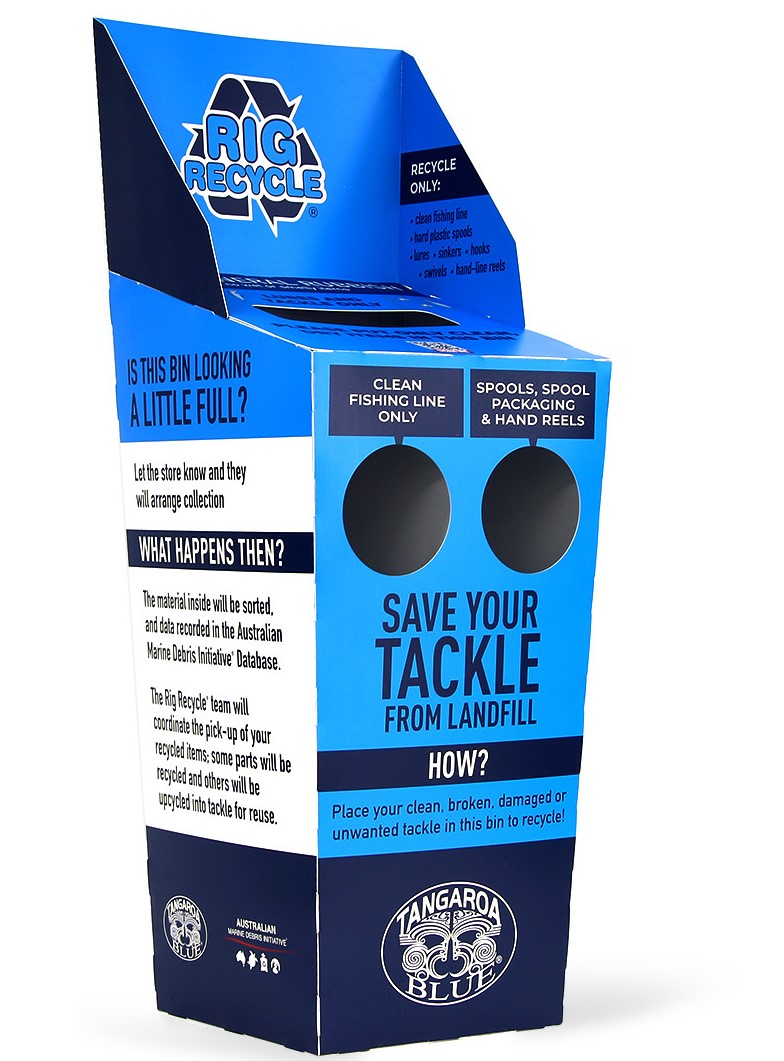
Council Open Narrabeen Lagoon Entrance
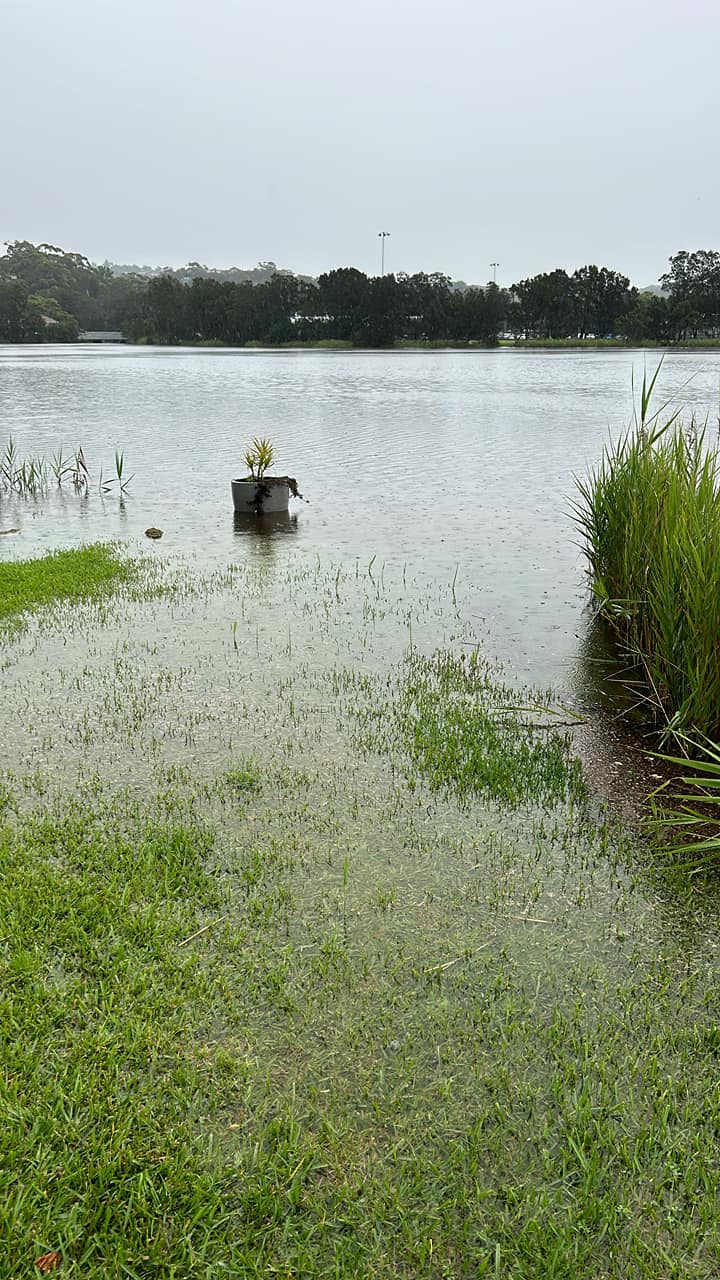
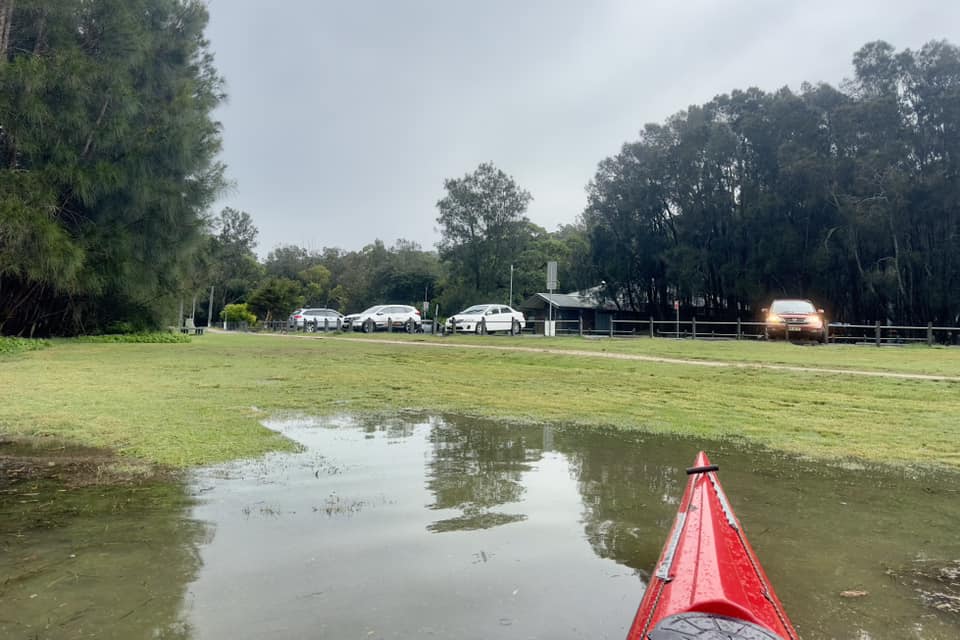
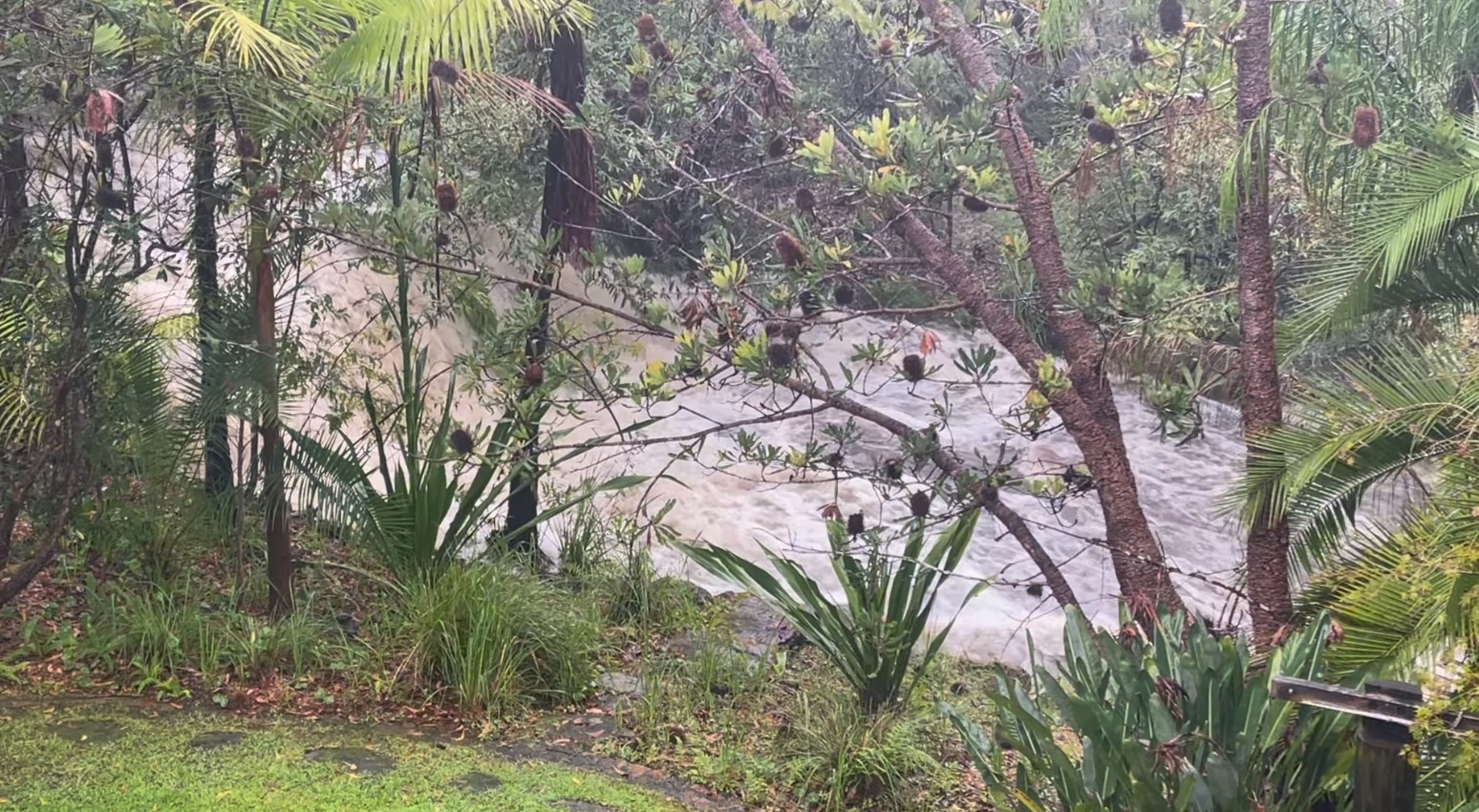
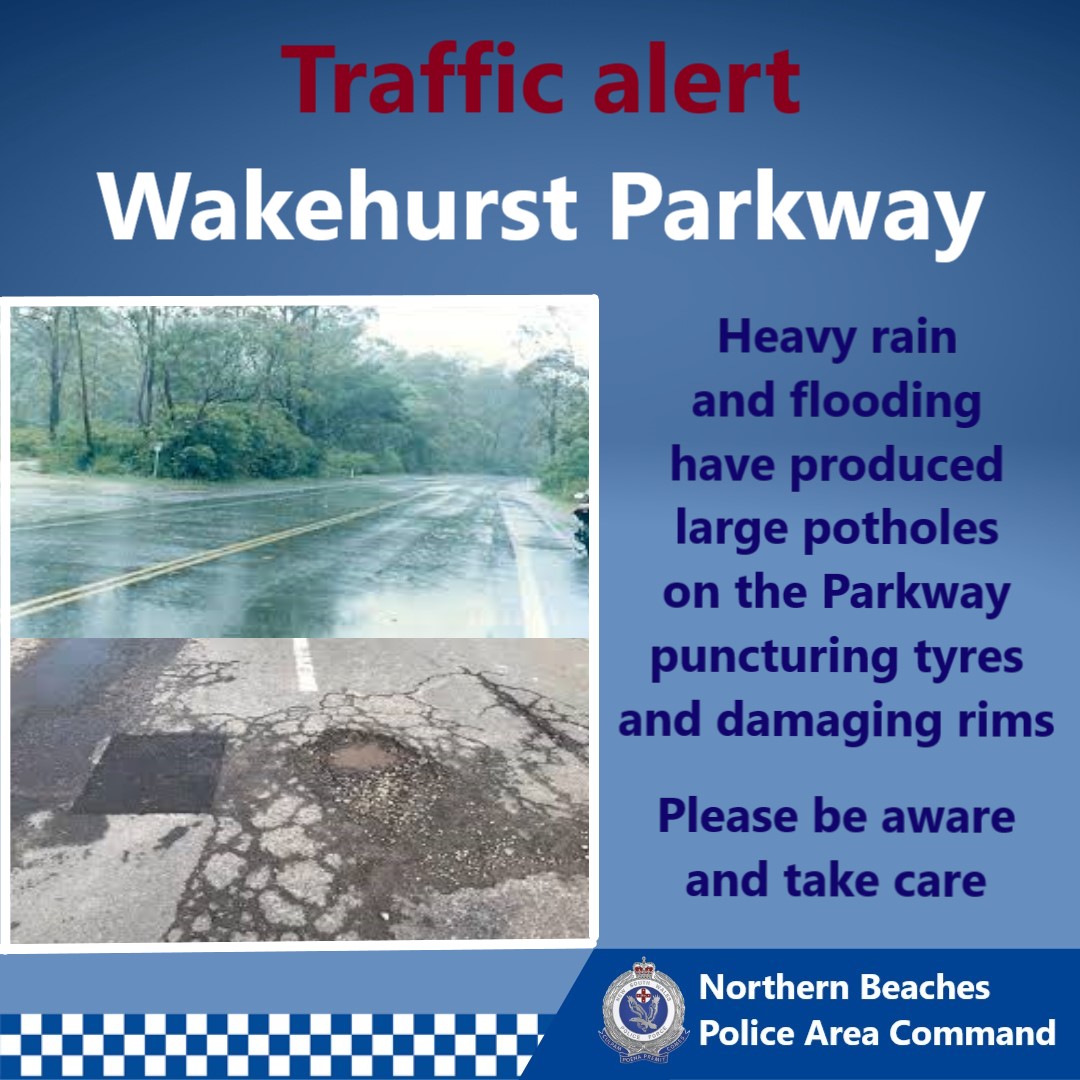
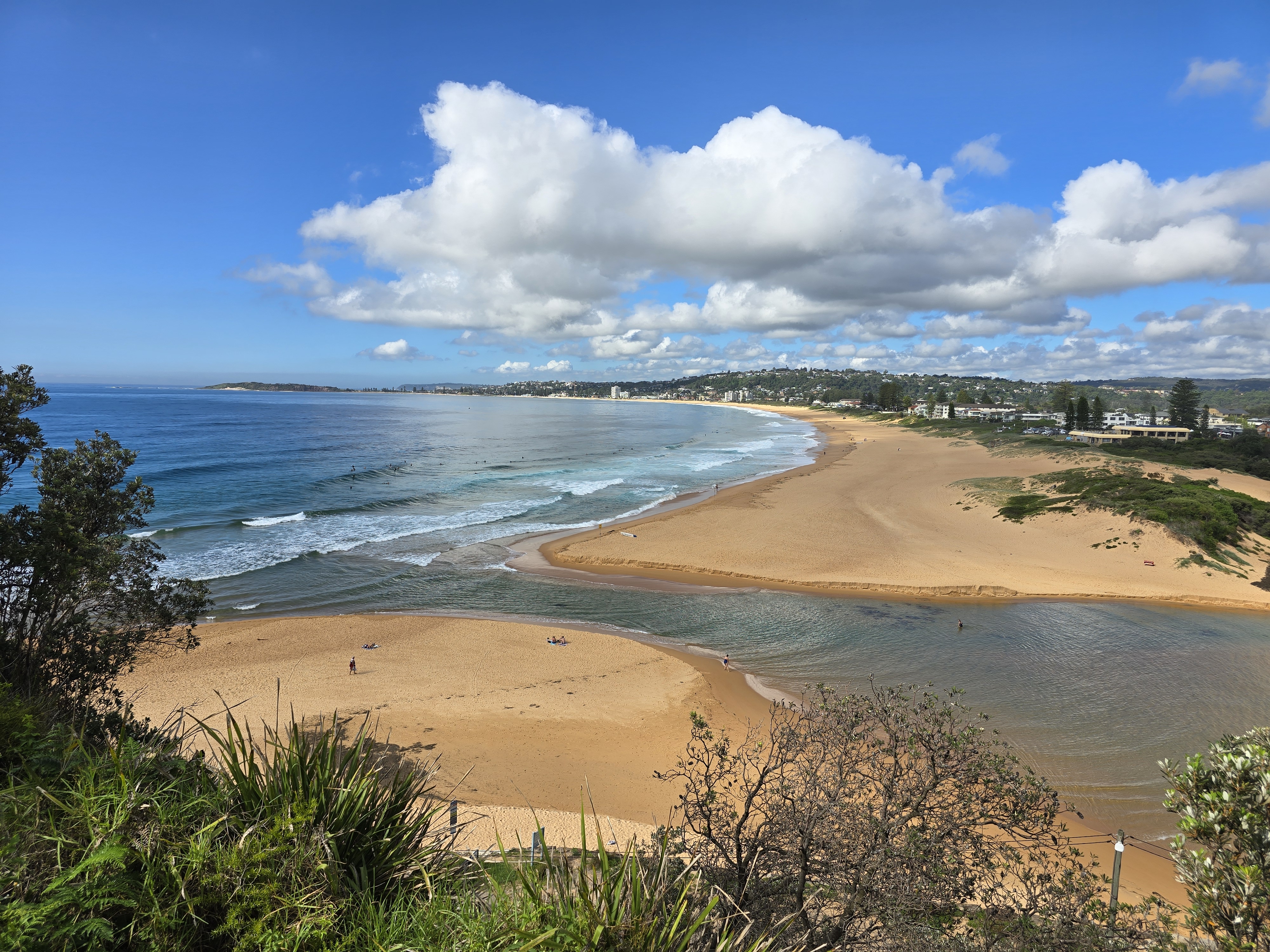
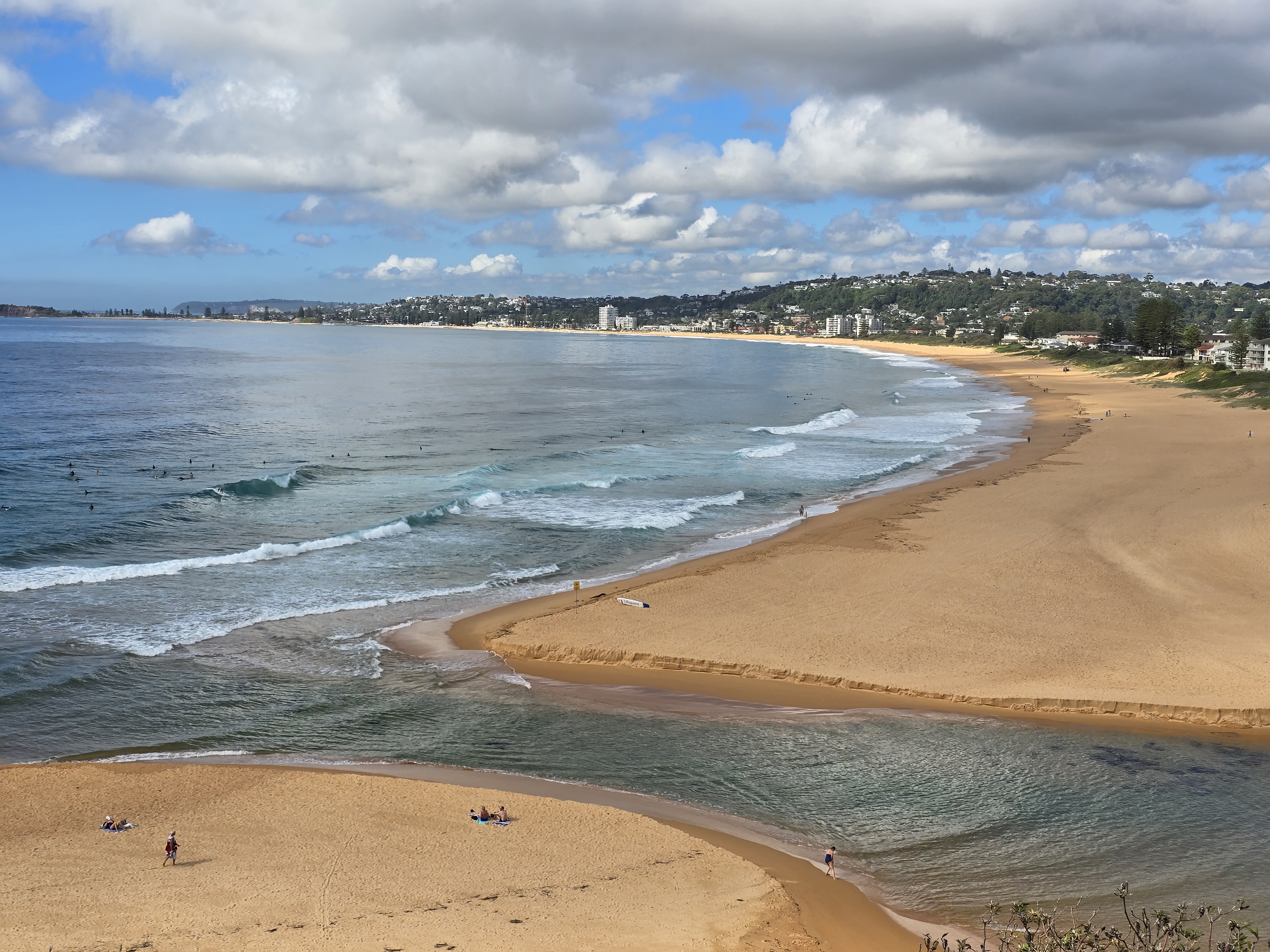
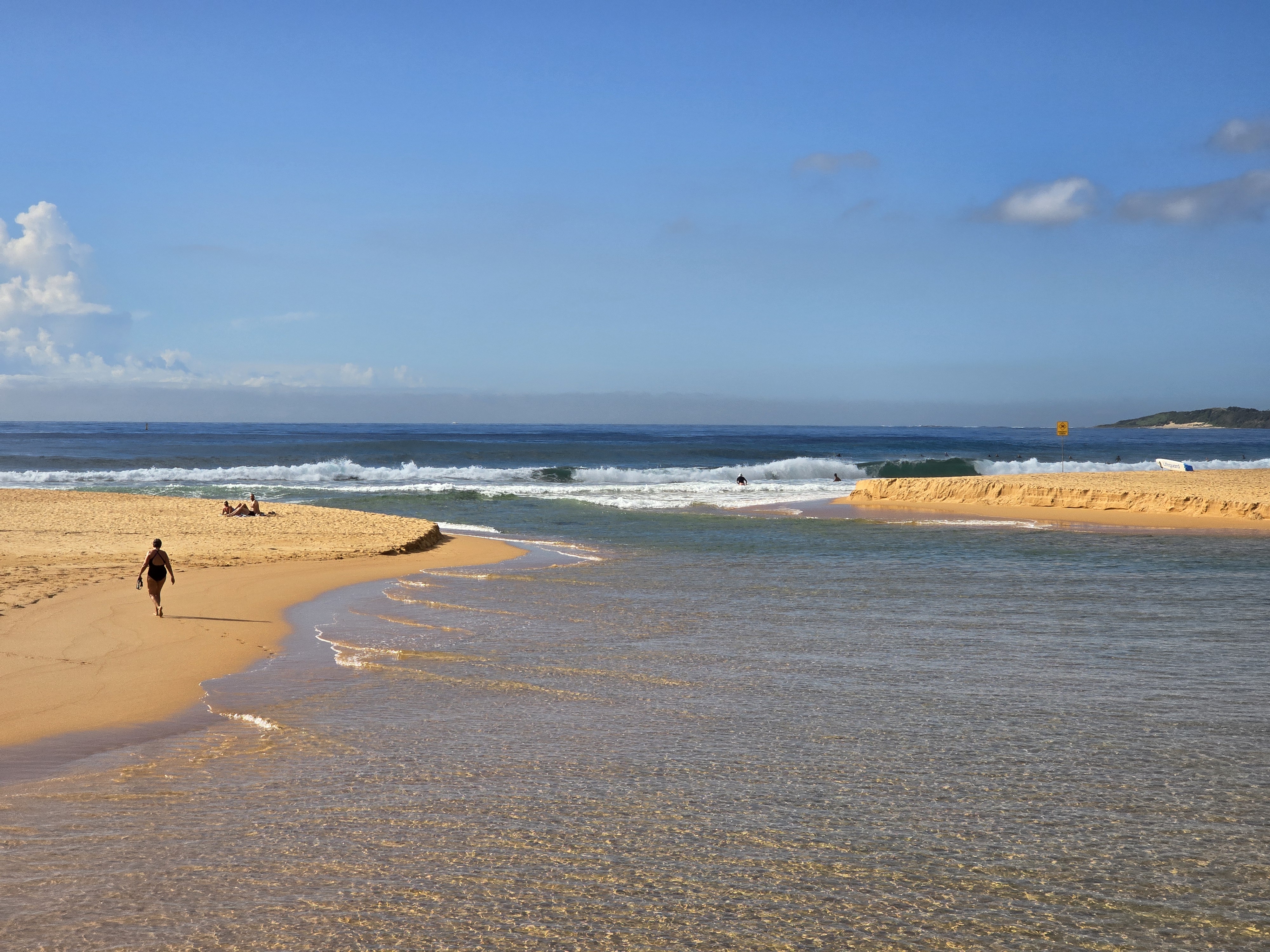
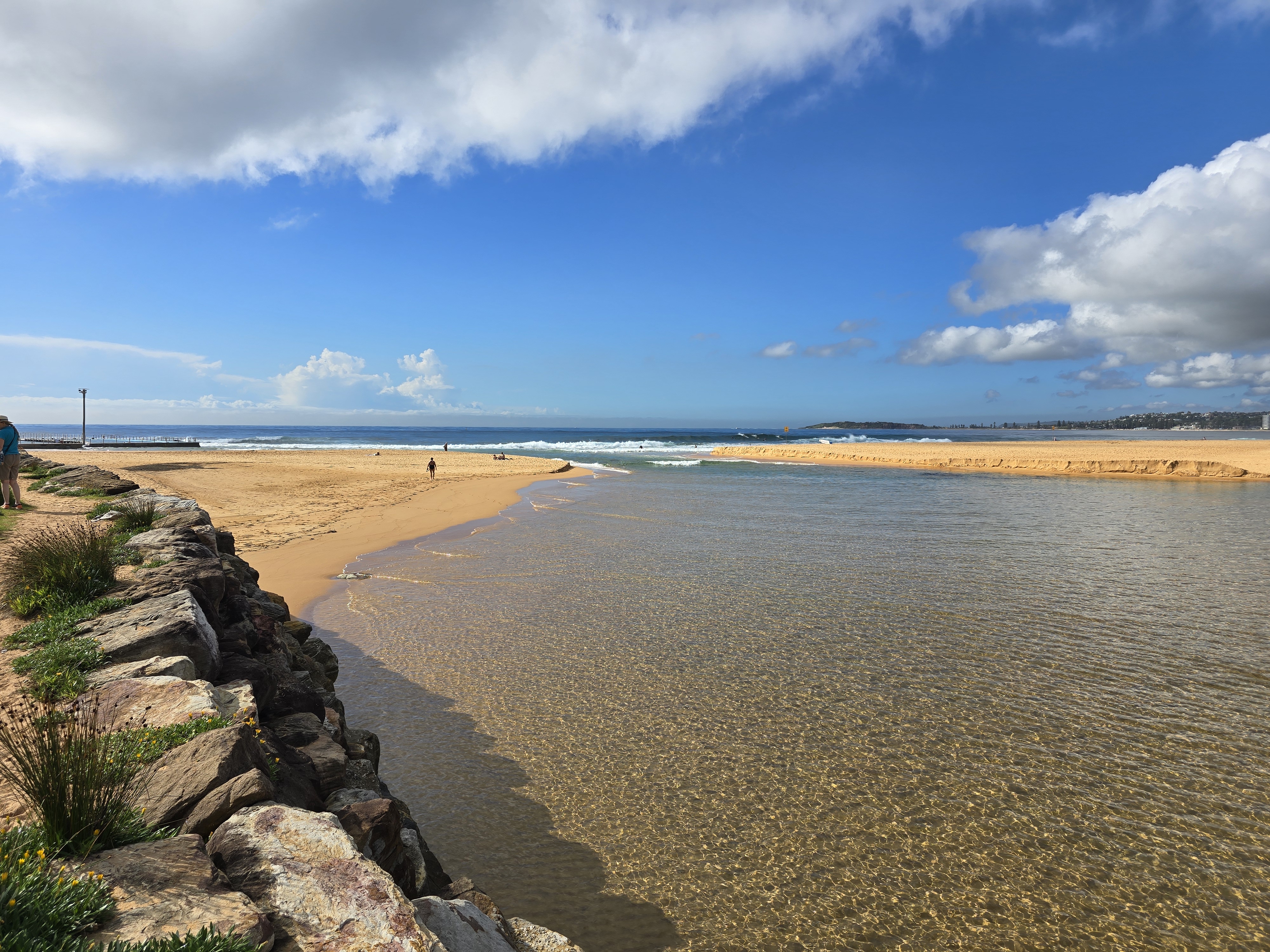
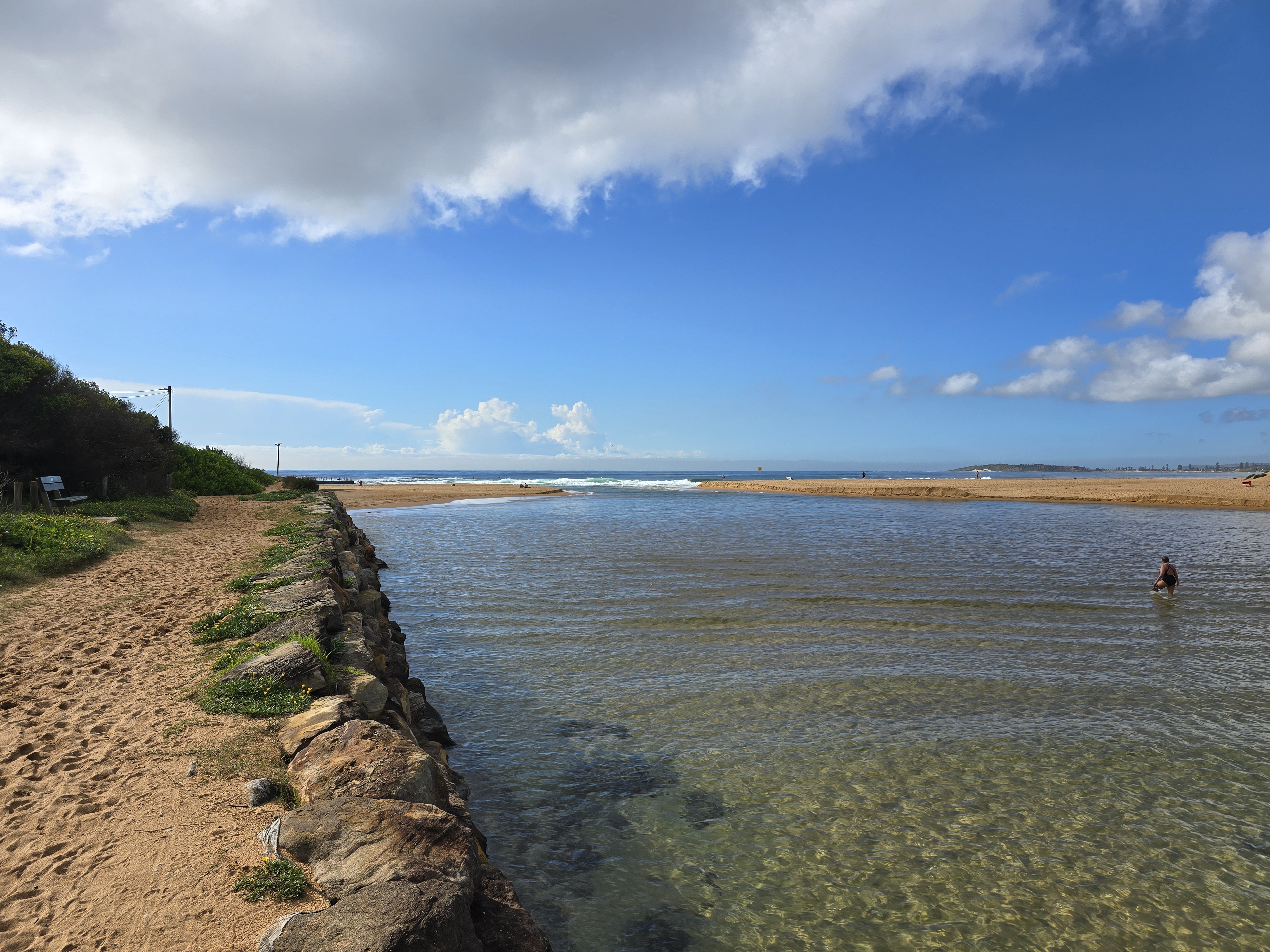
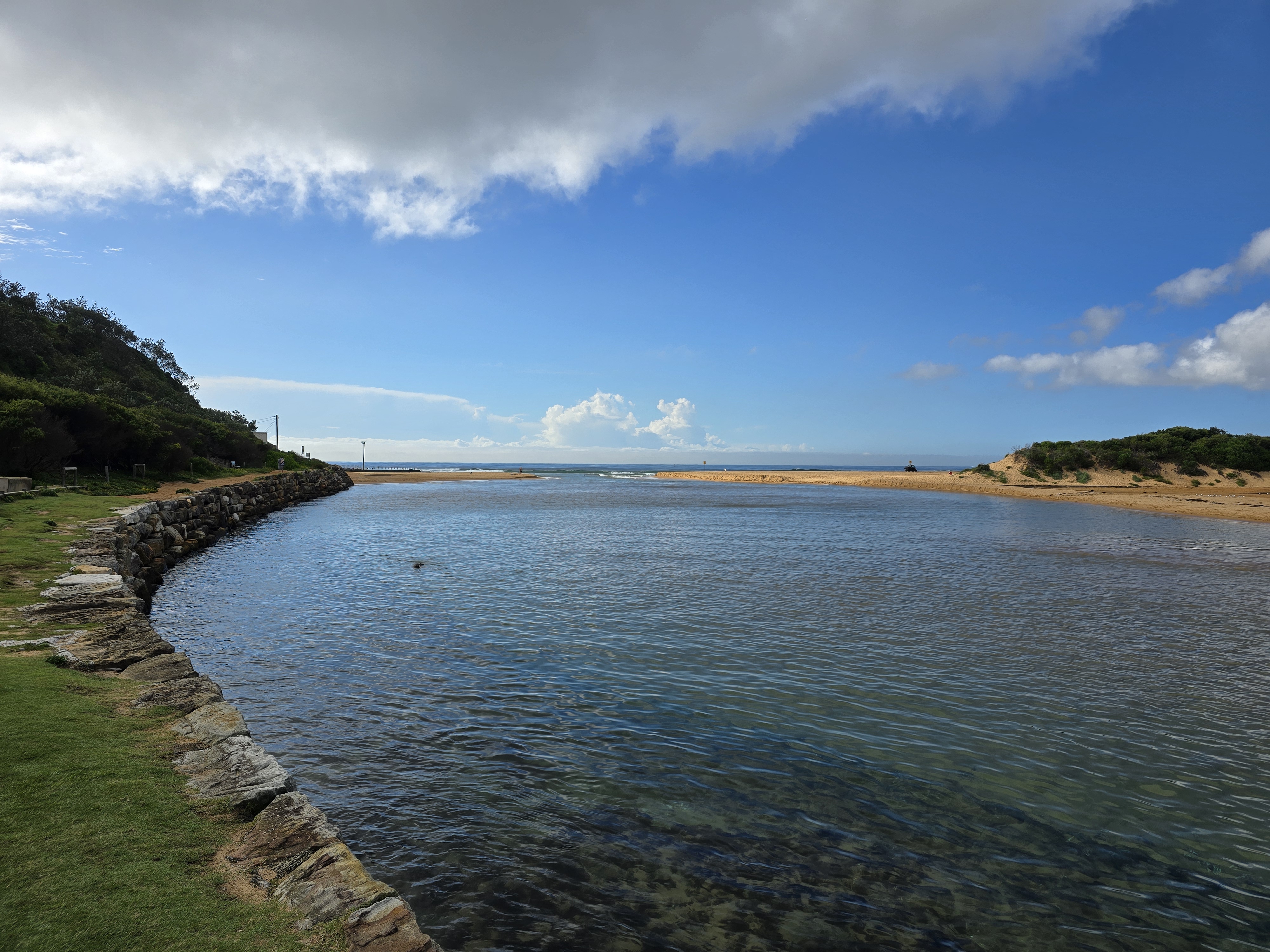
Council's Update: Thursday, 15 February 2024
From Issue 613: Narrabeen Lagoon Entrance Blocked Again
Narrabeen lagoon entrance is blocked again, after recent storm swells, and Council spending $1.5. million on moving the sand south to Collaroy for weeks.
Council announced on Tuesday, 12 September 2023 work to clear Narrabeen Lagoon entrance to reduce the risk of flooding to local homes and businesses.
''Council contractors will excavate more than 20,000 cubic metres (40,000 tonnes) of sand – equivalent to the weight of 100 jumbo jets – to the east and west of Ocean Street Bridge.'' it was stated
The sand is to be deposited at Collaroy-Narrabeen Beach between Goodwin and Stuart Streets.
Works were expected to start in the coming weeks, although the above photo shows they were commenced immediately, and were completed in time for the Summer school holidays, which commenced on December 19 2023. This means the lagoon entrance was open for around 6.5 weeks prior to the big seas which moved so much sand over the past few days of weather conditions as the tail end of Cyclone Kirrily moved south.
After impacting Queensland, ex-Tropical Cyclone Kirrily crossed the border into western NSW on Monday afternoon, February 5, bringing heavy rainfall and flash flooding to inland communities, before reaching Sydney early the next day bringing 21mm of rain and localised flash flooding, along with strong winds.
This had preceded by swell set to peak at 4 to 4.5 metres in Sydney over the weekend of February 3-4.
West Head Lookout Works Completed
West Head lookout in Kuring-Gai Chase National Park has recently reopened after significant upgrades offering some of Sydney’s most panoramic views, now safer for all.Repairs to the site have prioritised visitor safety while preserving the original design features, reusing original sandstone and timber to conserve resources.The iconic lookout offers incredible views over Pittwater towards Barrenjoey Head and across Broken Bay, stretching as far as the Central Coast. Visit the site and take in the magnificent vistas and sounds of waves crashing below, head to nearby Resolute picnic area for lunch or take a stroll along the Aboriginal Heritage walk.
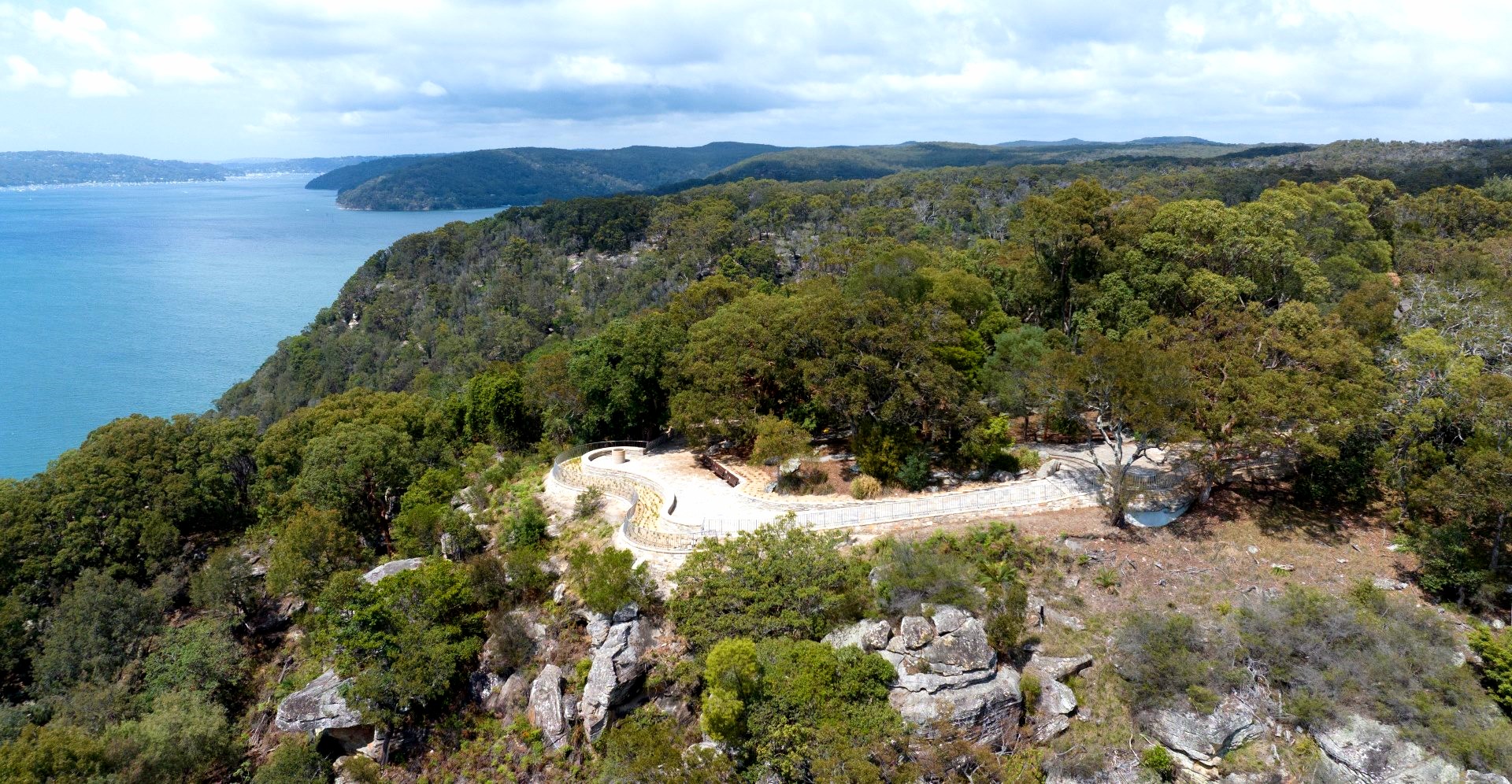
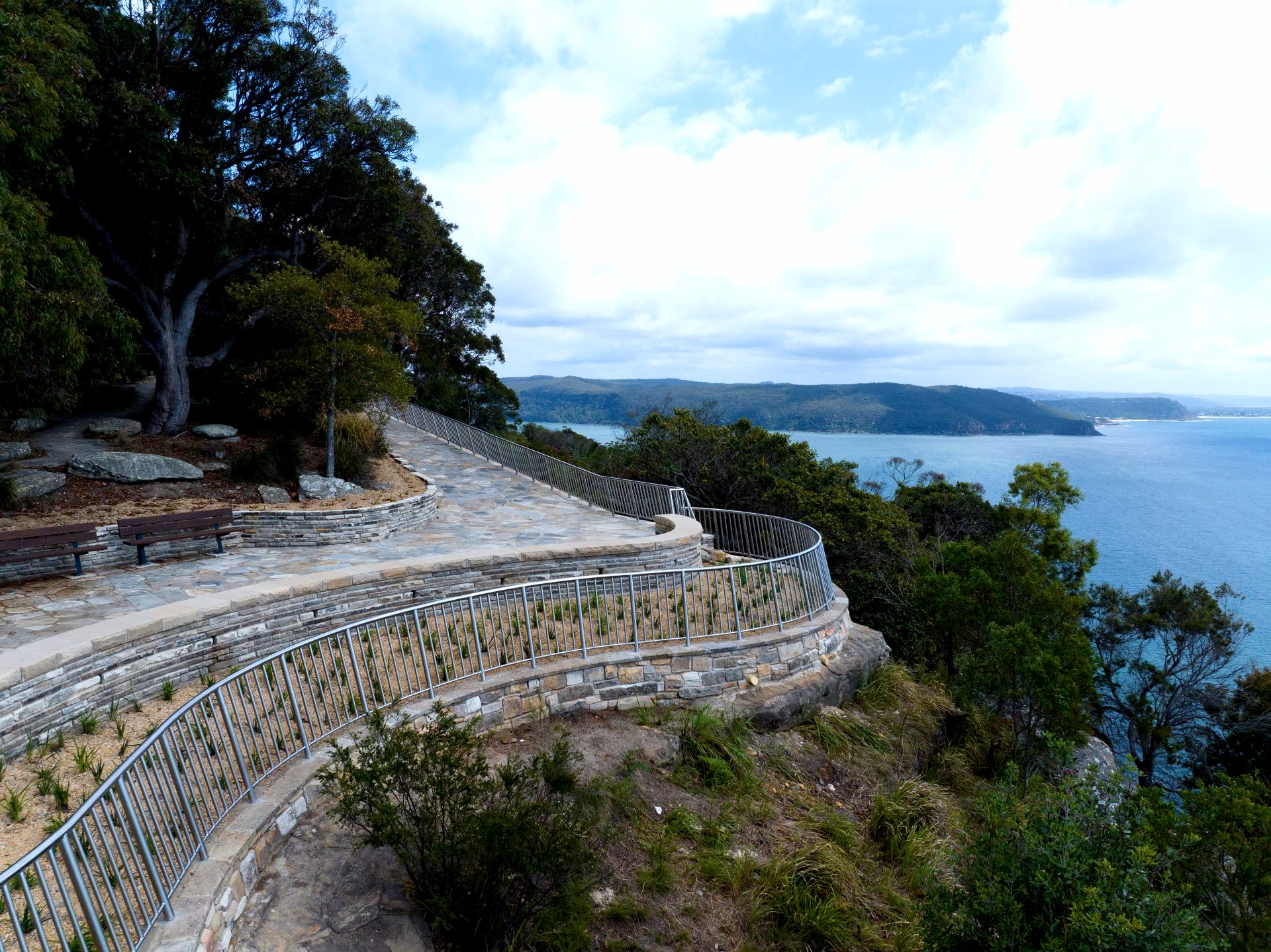
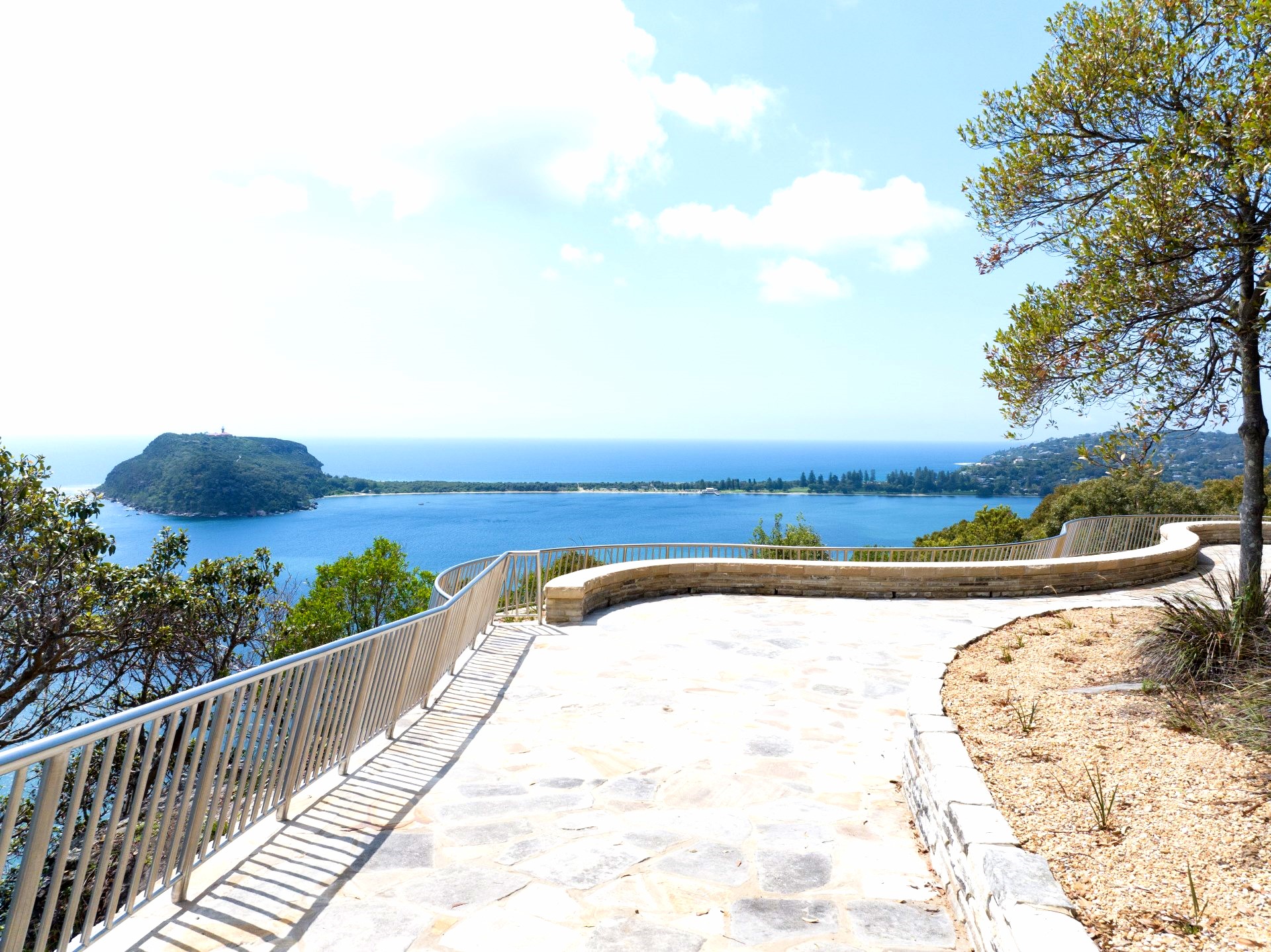
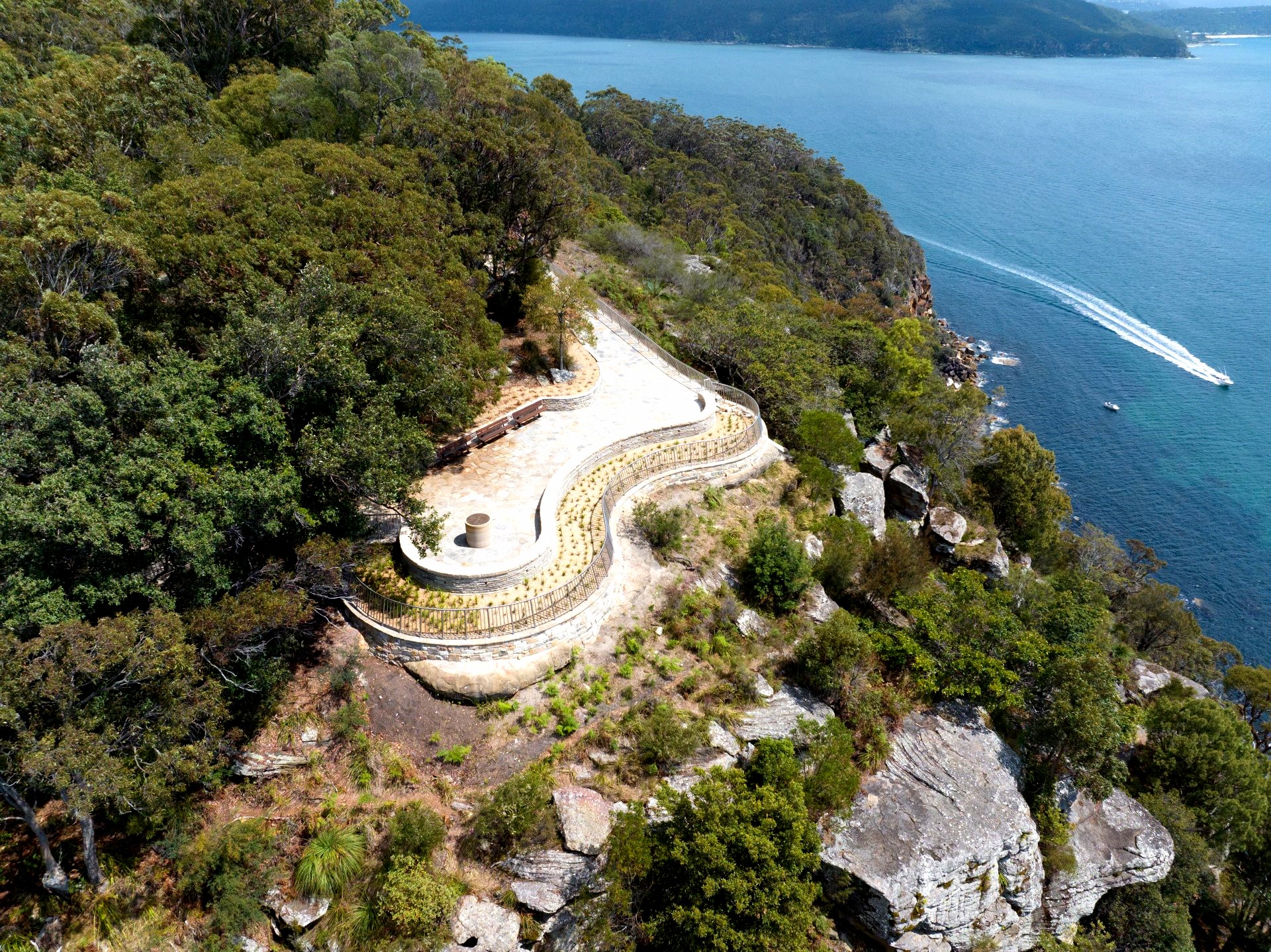
Adoption Of The Ku-Ring-Gai Chase National Park, Lion Island Nature Reserve, Long Island Nature Reserve And Spectacle Island Nature Reserve Plan Of Management
Iconic Blue Groper Now Protected In NSW
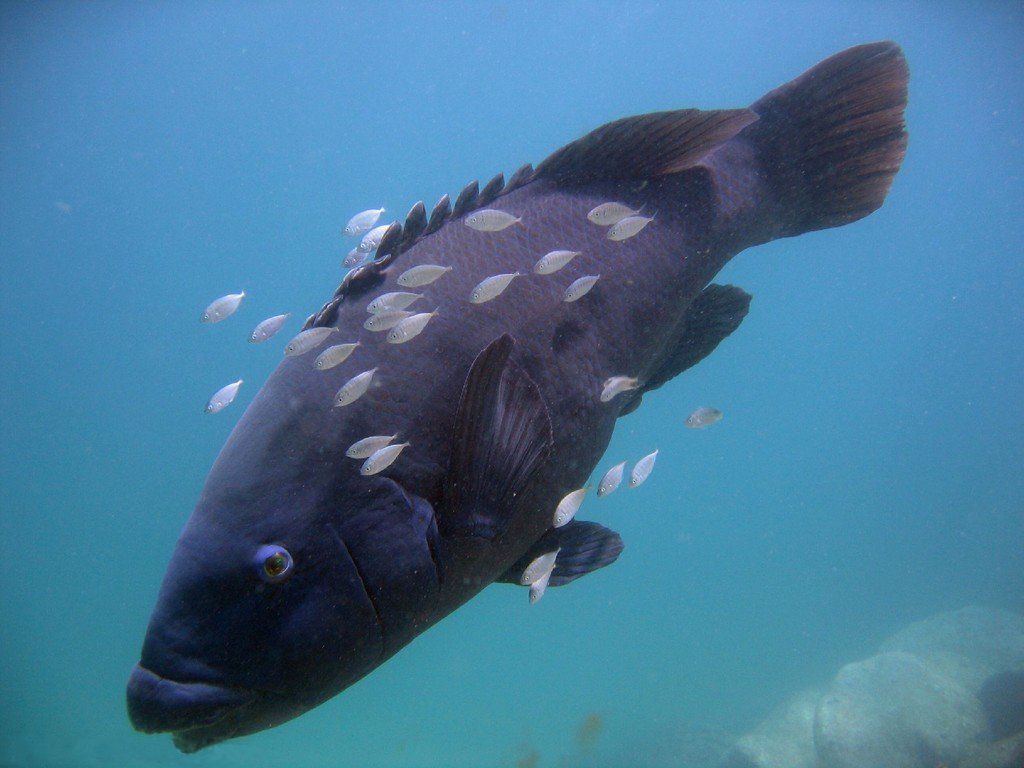
$3.5 Million Boost For Koala Wildlife-Care In Regional New South Wales

Flood Housing Response: Audit Office Of NSW Report Released
- Develop a plan for the provision of temporary housing.
- Review the temporary housing waitlist.
- Determine a timeline for demobilising the temporary housing villages.
- Develop a strategy to manage the transition of people into long-term accommodation.
- Develop a process for state-wide recovery lessons learned.
- Finalise evaluations of their role in the provision of emergency accommodation and temporary housing.
- Develop internal plans for implementing their roles under state-wide plans.
Climate Change Amendment (Duty Of Care And Intergenerational Climate Equity) Bill 2023: Senate Inquiry Report Due March 1, 2024
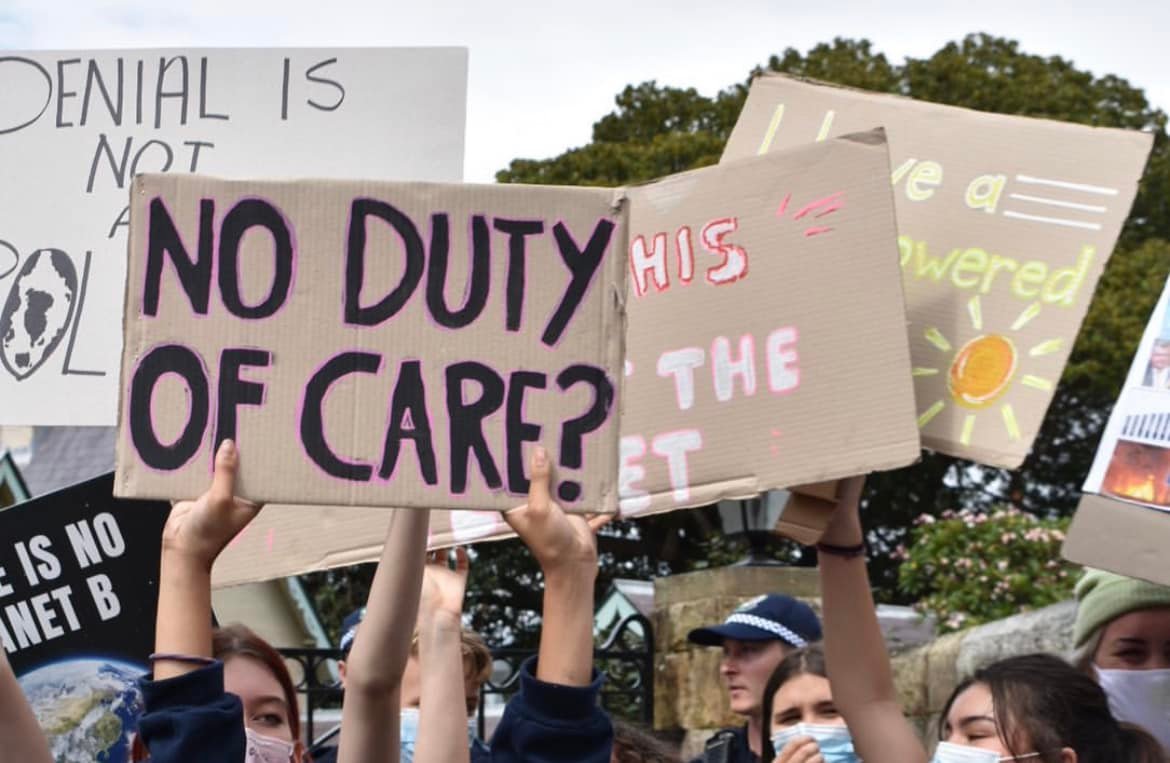
- To consider the likely impact of decisions that could harm the climate on the health and wellbeing of current and future children as the paramount consideration; and
- Not to make a decision that could harm the climate if the decision poses a material risk of harm to the health and wellbeing of current and future children in Australia.
Protecting The Spirit Of Sea Country Bill 2023: Senate Inquiry
Studying Indigenous Songlines To Better Protect Australia’s Whales And Dolphins
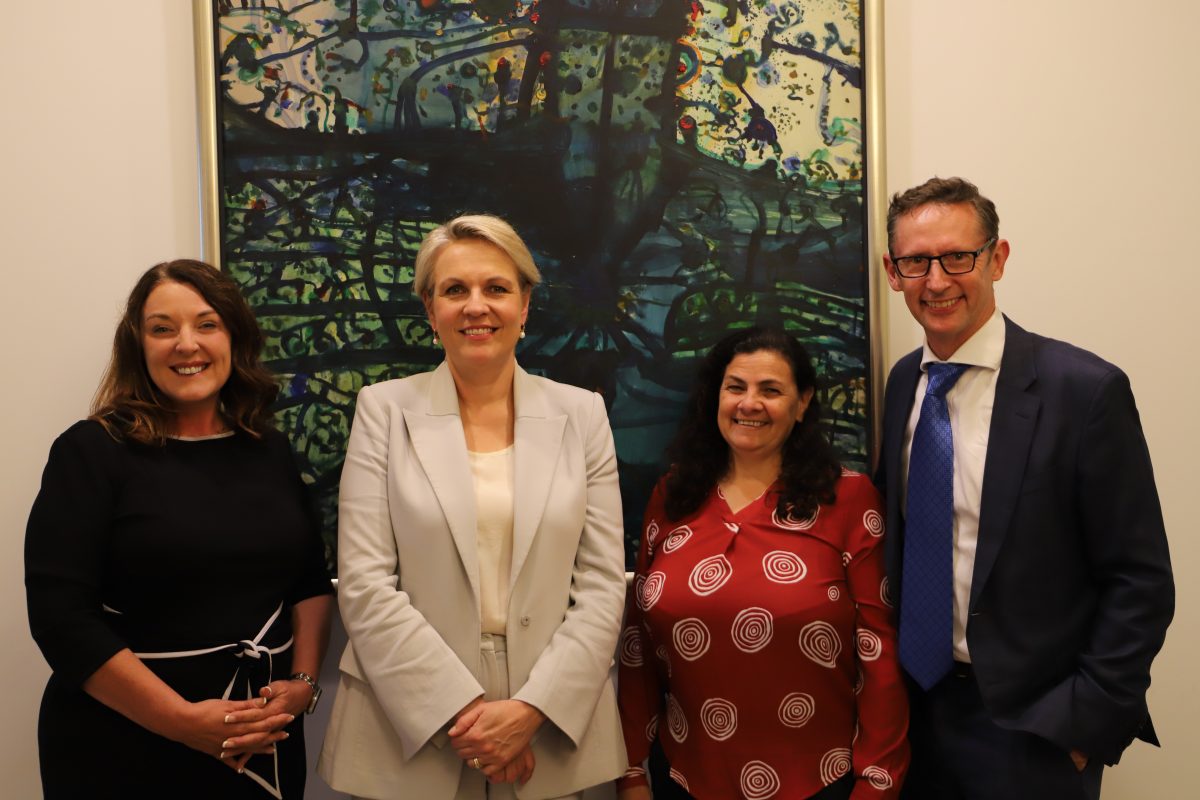
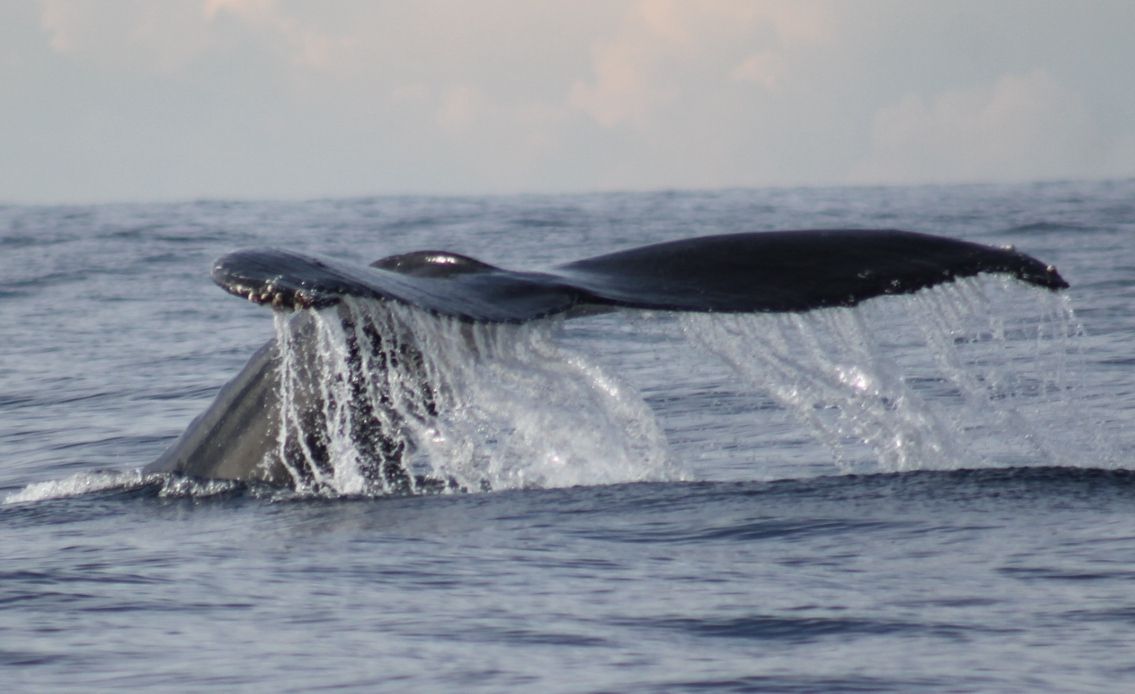
Northern Beaches Clean Up Crew: Bilgola Beach Clean - February 25
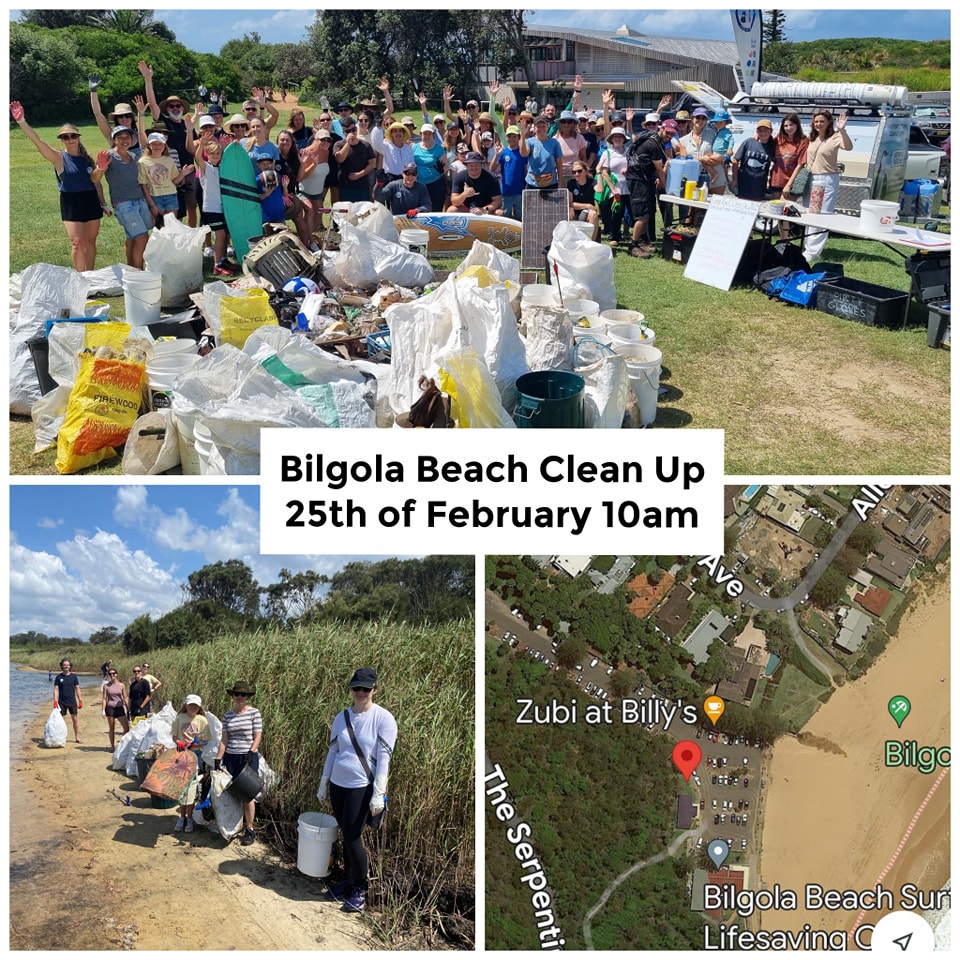
Harvest Seeds & Native Plants: Education Sessions 2024 - "The Harvest Huddle"
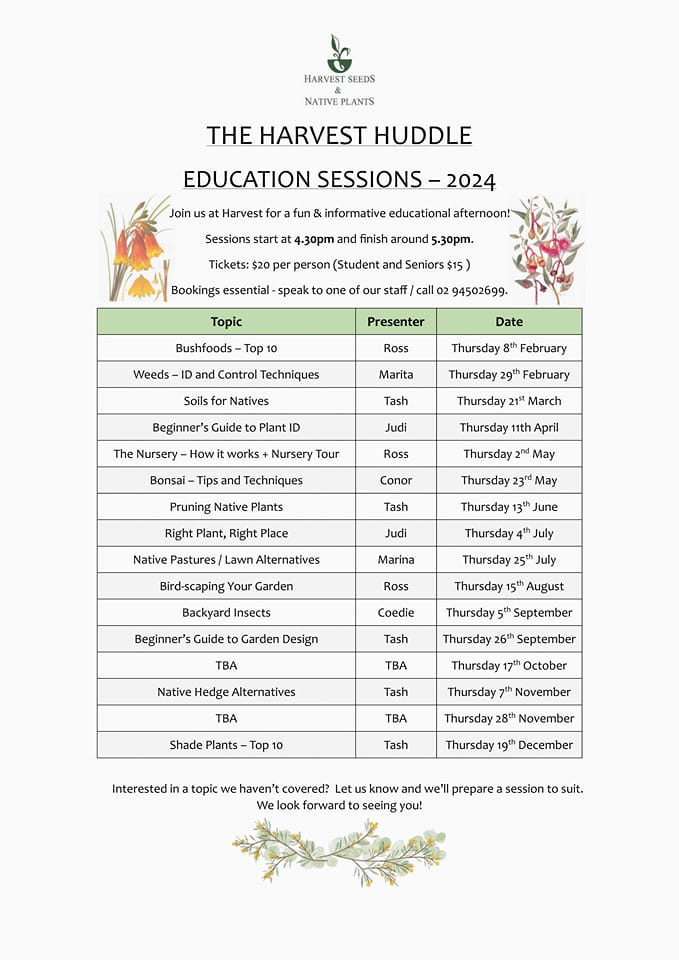
Notice Of 1080 Baiting: February 1 - July 31 2024
Please note the following notification of continuous and ongoing fox control using 1080 POISON with ground baits and canid pest ejectors (CPE’s) in Sydney Harbour National Park, Garigal National Park, Ku-ring-gai Chase National Park, and Lane Cove National Park. As part of this program, baiting also occurs on North Head Sanctuary managed by Sydney Harbour Federation Trust and the Australian Institute of Police Management facility at North Head.
This provides notification for the 6 monthly period of 1 February 2024 – 31 July 2024.
Warning signs are displayed at park entrances and other entrances to the baiting location to inform the public of 1080 baiting.
1080 Poison for fox control is used in these reserves in a continuous and ongoing manner. This means that baits and ejectors (CPE’s) remain in the reserves and are checked/replaced every 6 – 8 weeks.
1080 use at these locations is in accordance with NSW pesticides legislation, relevant 1080 Pesticide Control Orders and the NPWS Vertebrate Pesticides Standard Operating Procedures.
A series of public notifications occur on a 6 monthly basis including; alerts on the NPWS website, public notices in local papers, Area pesticide use notification registers and to the NPWS call centre.
If you have any further general enquiries about 1080, or for specific program enquiries please contact the local NPWS Area office:
For further information please call the local NPWS office on:
NPWS Sydney North (Middle Head) Area office: 9960 6266
NPWS Sydney North (Forestville) Area office: 9451 3479
NPWS North West Sydney (Lane Cove NP) Area office: 8448 0400
NPWS after-hours Duty officer service: 1300 056 294
Sydney Harbour Federation Trust: 8969 2128
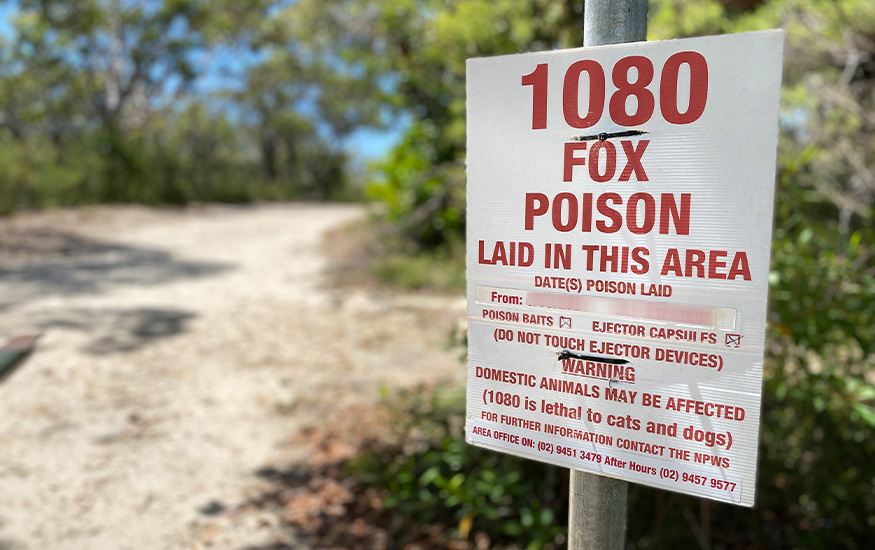
Pittwater Natural Heritage Association: Second PNHA Nature Event 2024
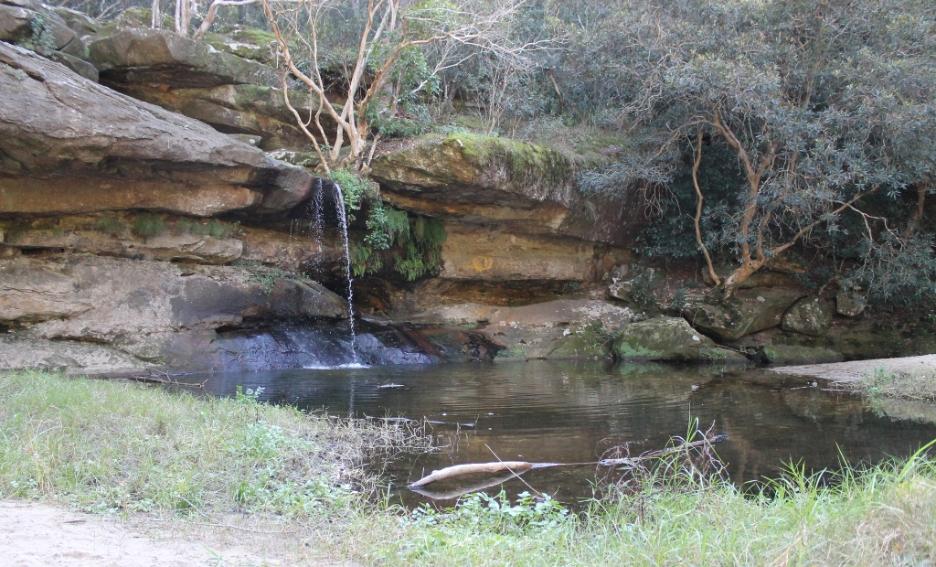
Clean Up Australia Day 2024 Registrations Are Now Open
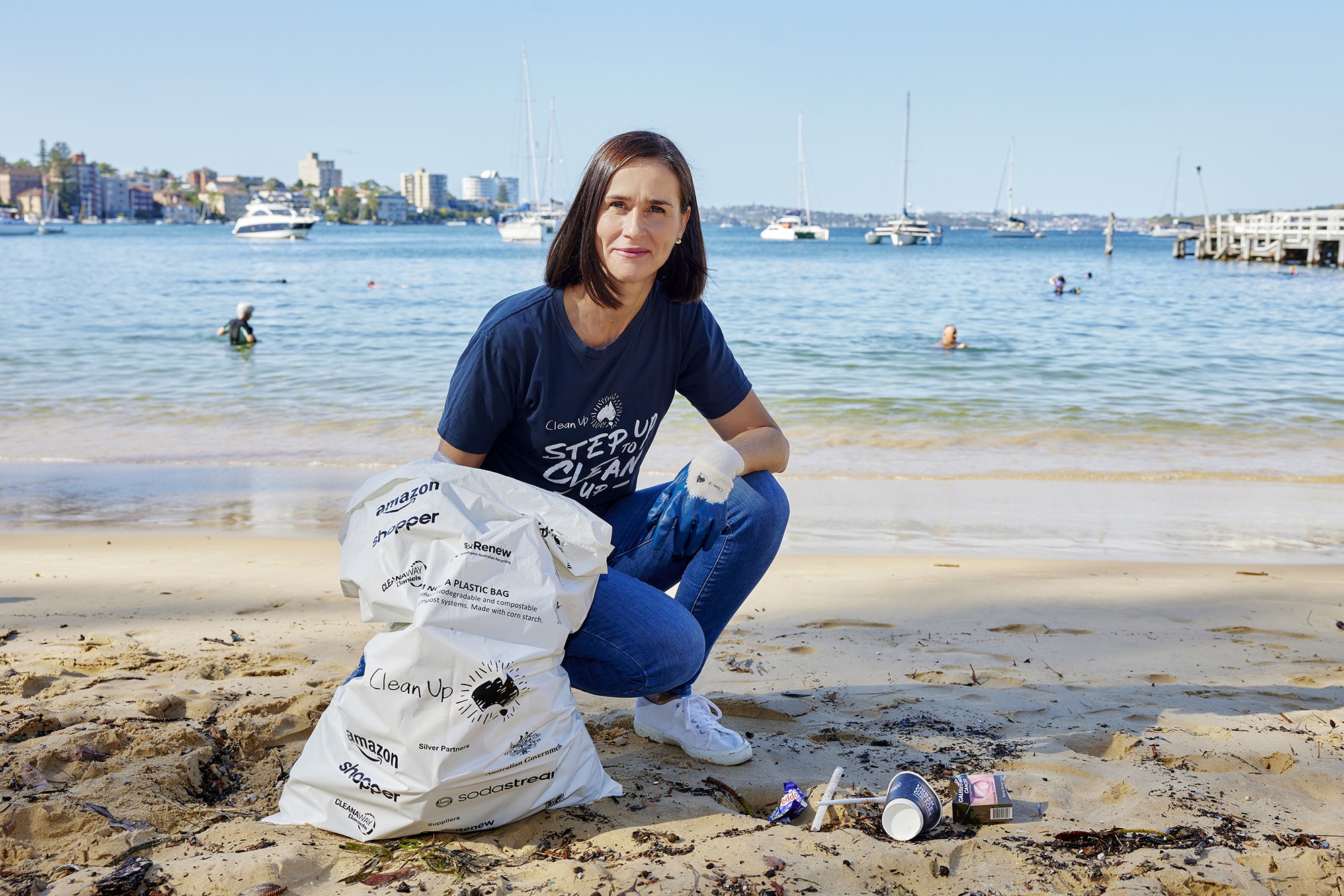
NEW At Eco House & Garden(At Kimbriki): 'Supporting School & Community Composts Workshop'
Where you can become part of the (waste) solution in our 3-hour workshop.
See below for more details and for bookings go to 👉https://www.trybooking.com/events/landing/1162545
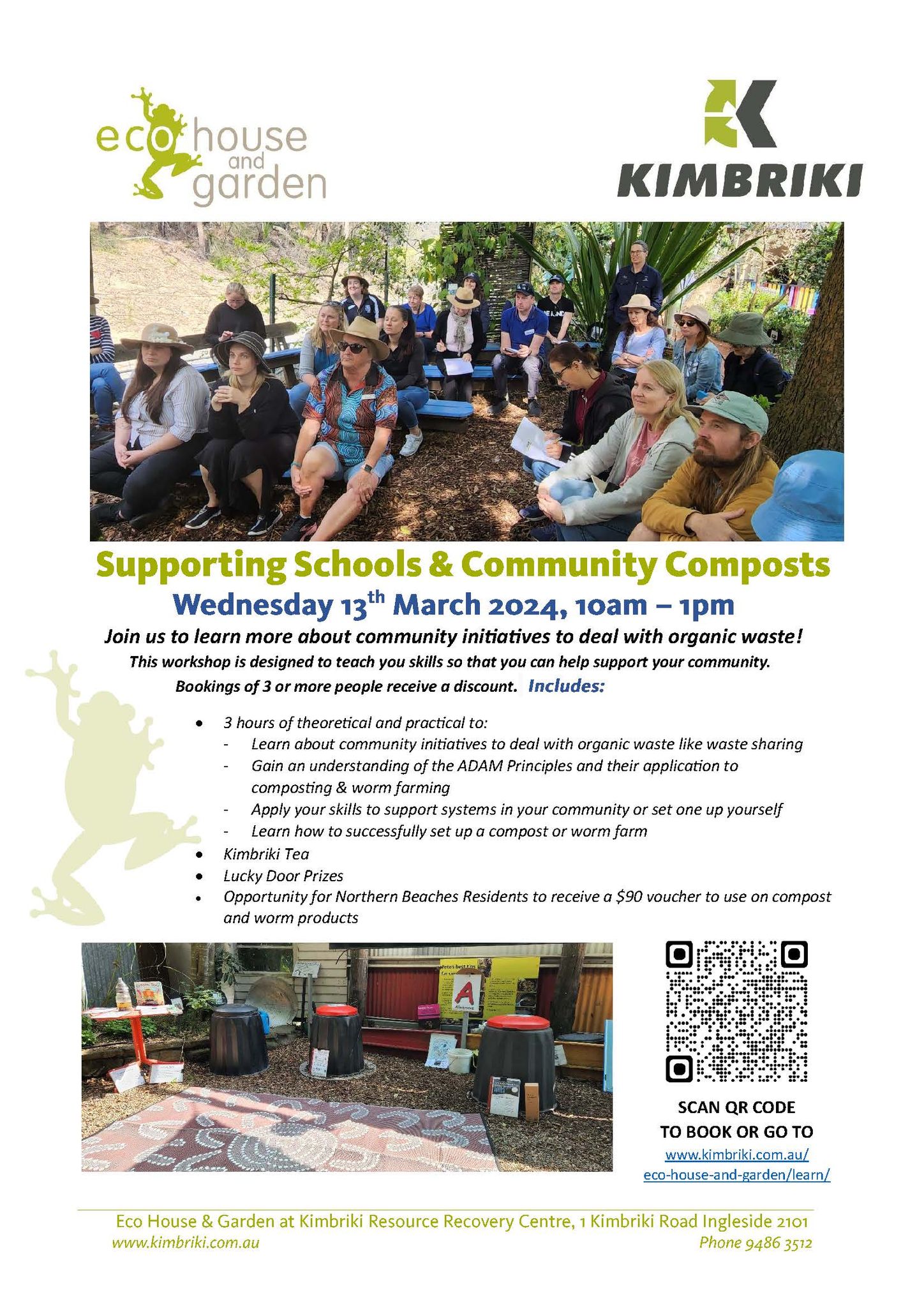
Kimbriki Resource Recovery Centre: Early Childhood Educators Professional Development Day
As part of Kimbriki's 2024 Eco House & Garden Educational Calendar, this year we introduce the Early Childhood Educators Professional Development Day on Friday 22nd March. For more details and bookings 👉 https://www.trybooking.com/events/landing/1162305
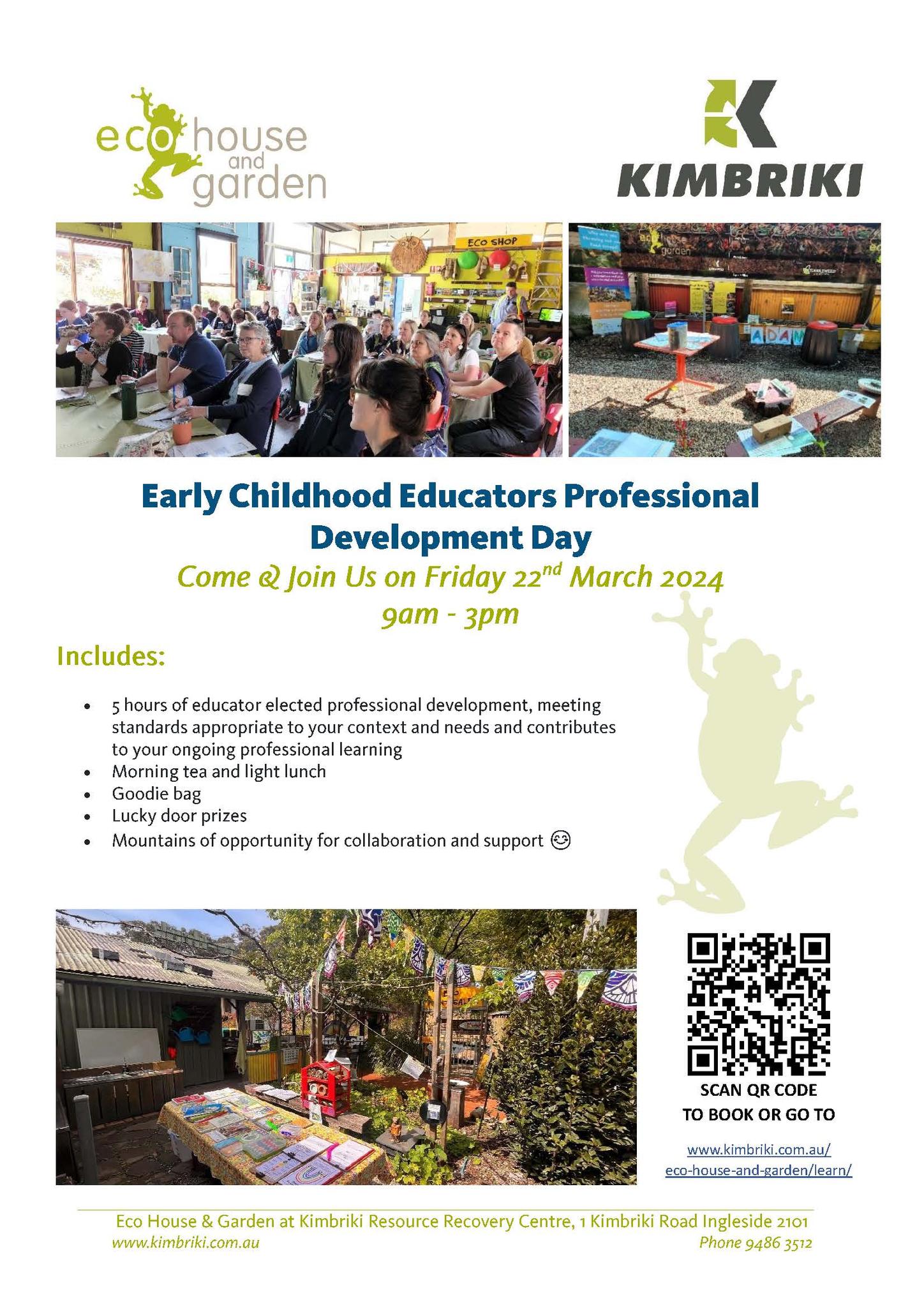
Upcoming Events At Permaculture Northern Beaches
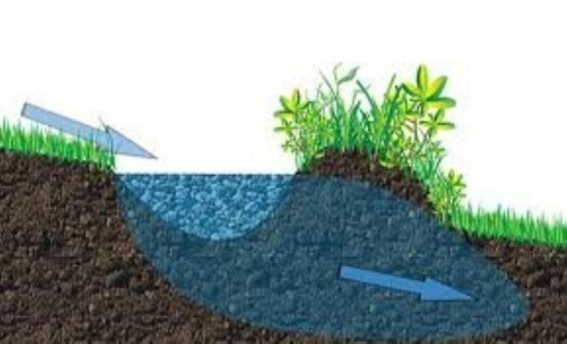 Come along to learn the fundamentals of suburban swale construction and planting out a productive, low-maintenance food forest.
Come along to learn the fundamentals of suburban swale construction and planting out a productive, low-maintenance food forest. - - Sunscreen
- - Hat
- - Water bottle
- - Lunch (or there are shops and eateries nearby) Morning tea will be provided by us.
When - February 29th 7:30pm – 9:00pm
Where - Narrabeen Tramshed Arts and Community Centre, Lakeview Room
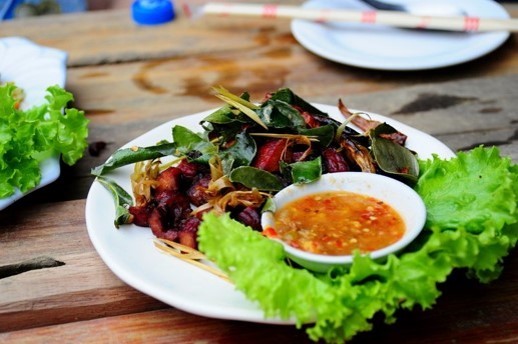 Permaculture Northern Beaches is thrilled to host Ling Halbert, famous for her amazing Laotian cooking sessions with her absolute passion for sharing food and wisdom. Ling brings together interested people to share in the health-giving benefits of vegetarian food with classic Laotian ingredients.
Permaculture Northern Beaches is thrilled to host Ling Halbert, famous for her amazing Laotian cooking sessions with her absolute passion for sharing food and wisdom. Ling brings together interested people to share in the health-giving benefits of vegetarian food with classic Laotian ingredients.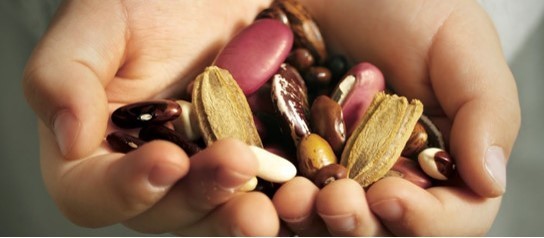 Saving Our Seeds is a crucial part of our own food chain and it enables us to grow our own food and plants with no additional costs! The strongest seeds are locally grown over many generations and well adapted to local conditions - so your plants will thrive while you save on costs. Join us with seed-saving guest speakers Mylene Turban, and Elle Sheather to have an overview and to inspire you to get seed-saving!
Saving Our Seeds is a crucial part of our own food chain and it enables us to grow our own food and plants with no additional costs! The strongest seeds are locally grown over many generations and well adapted to local conditions - so your plants will thrive while you save on costs. Join us with seed-saving guest speakers Mylene Turban, and Elle Sheather to have an overview and to inspire you to get seed-saving!About

Stony Range Nursery
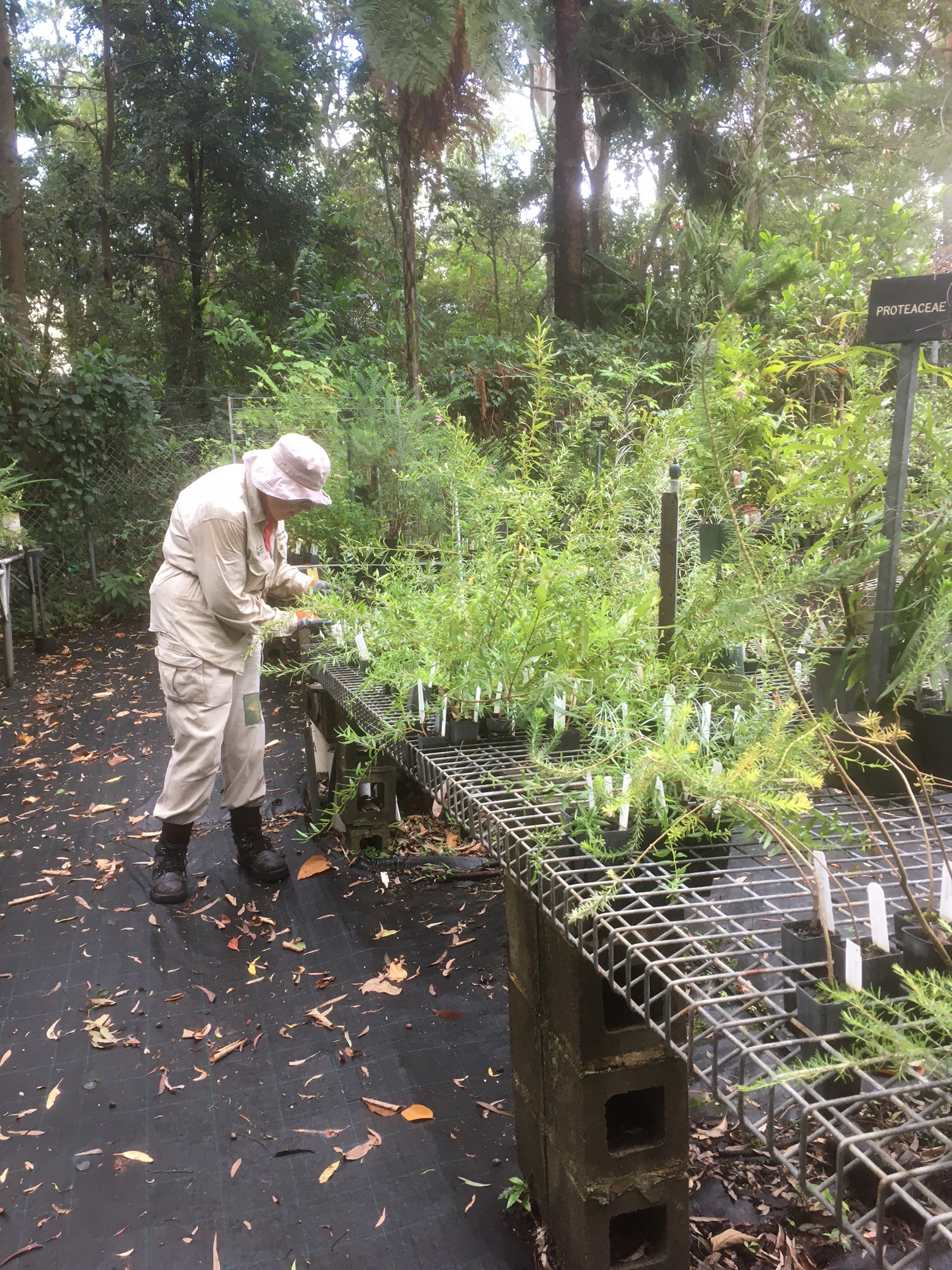
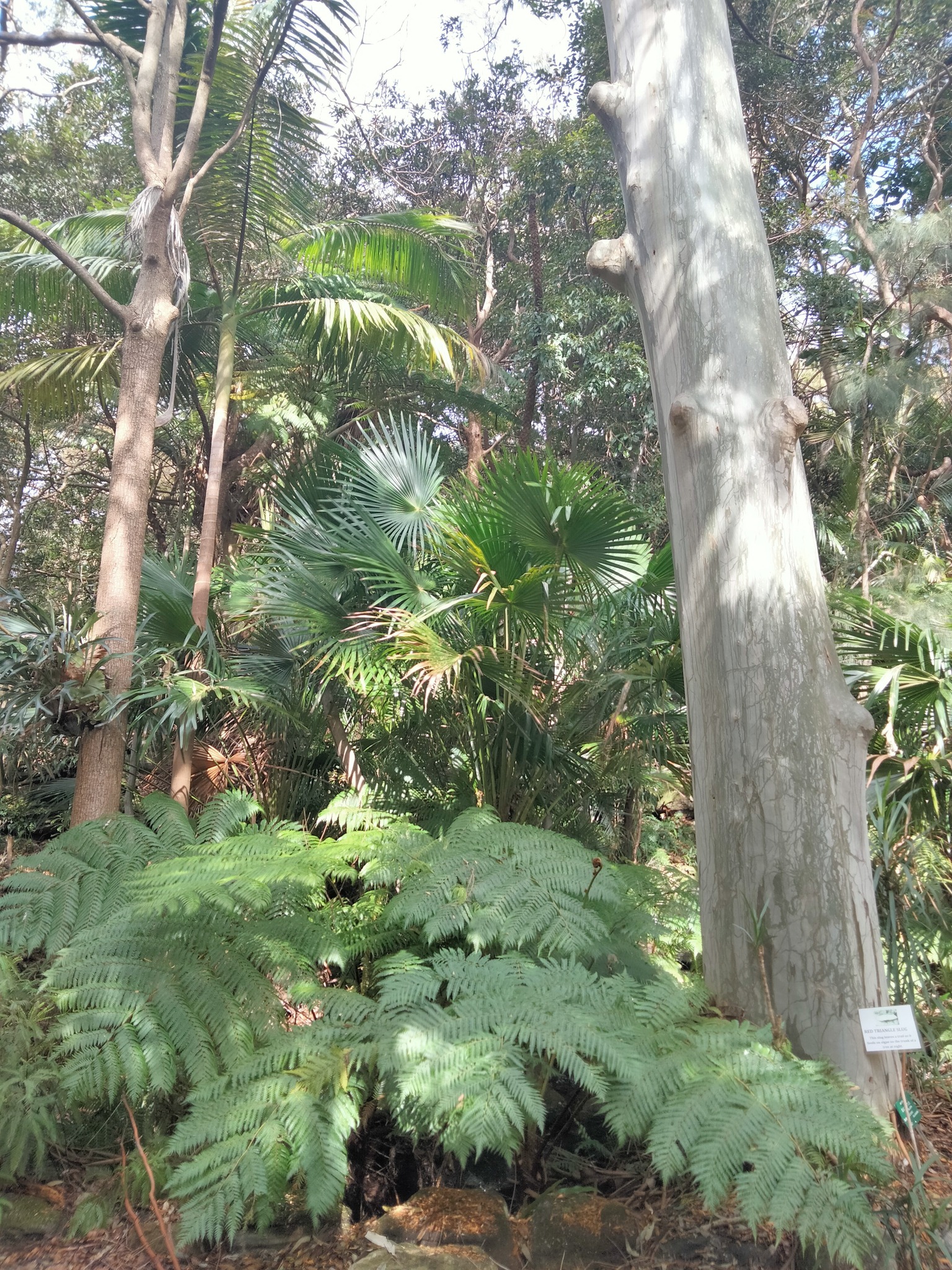
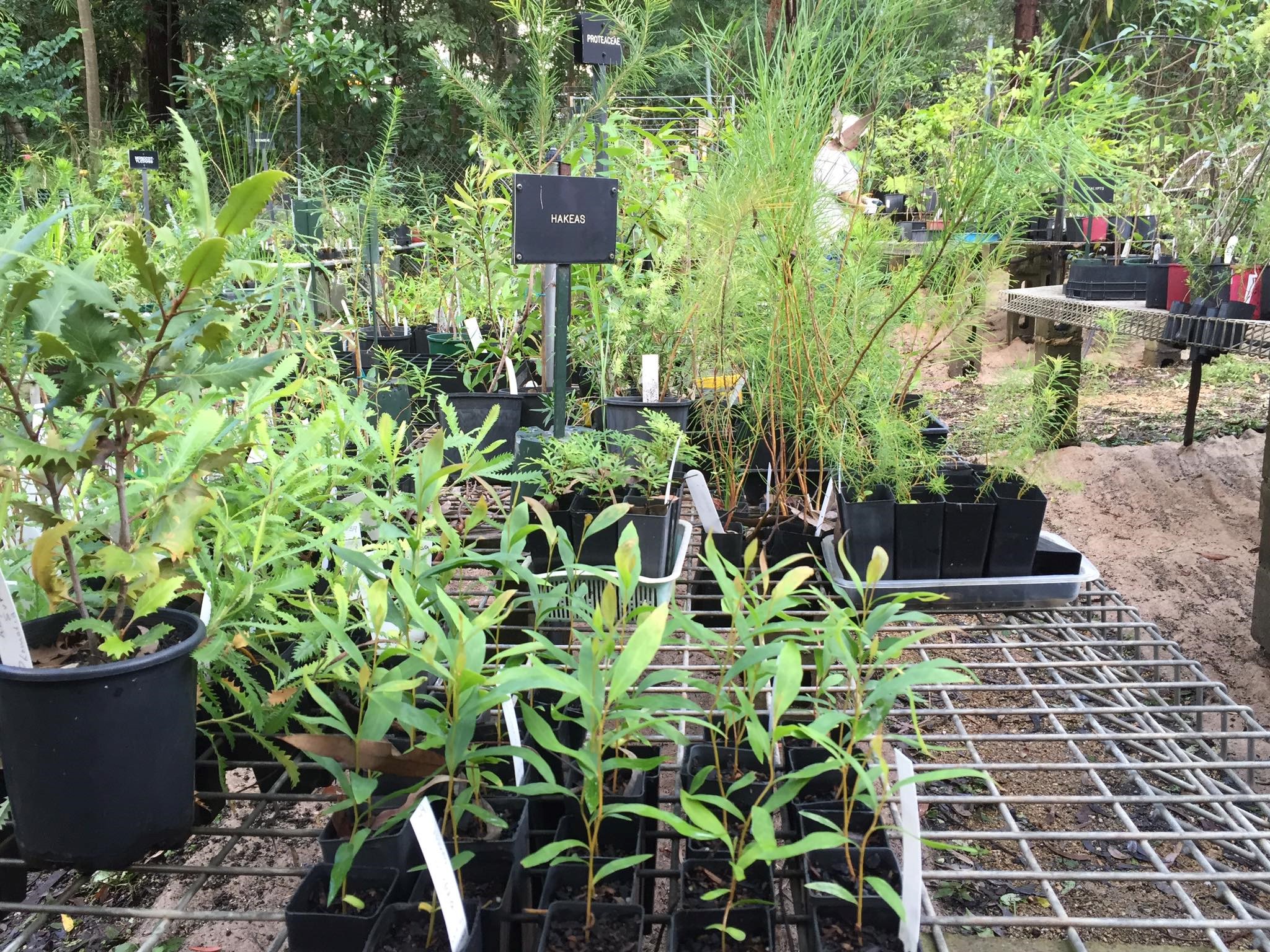
Stay Safe From Mosquitoes
- Applying repellent to exposed skin. Use repellents that contain DEET, picaridin, or oil of lemon eucalyptus. Check the label for reapplication times.
- Re-applying repellent regularly, particularly after swimming. Be sure to apply sunscreen first and then apply repellent.
- Wearing light, loose-fitting long-sleeve shirts, long pants and covered footwear and socks.
- Avoiding going outdoors during peak mosquito times, especially at dawn and dusk.
- Using insecticide sprays, vapour dispensing units and mosquito coils to repel mosquitoes (mosquito coils should only be used outdoors in well-ventilated areas)
- Covering windows and doors with insect screens and checking there are no gaps.
- Removing items that may collect water such as old tyres and empty pots from around your home to reduce the places where mosquitoes can breed.
- Using repellents that are safe for children. Most skin repellents are safe for use on children aged three months and older. Always check the label for instructions. Protecting infants aged less than three months by using an infant carrier draped with mosquito netting, secured along the edges.
- While camping, use a tent that has fly screens to prevent mosquitoes entering or sleep under a mosquito net.
Mountain Bike Incidents On Public Land: Survey
- Mountain Bike Incidents On Public Land: Survey Launched To Gather Data On What's Happening To Public Parks - Community Land - Bush Reserves In Pittwater
- Mother Brushtail Killed On Barrenjoey Road: Baby Cried All Night - Powerful Owl Struck At Same Time At Careel Bay During Owlet Fledgling Season: calls for mitigation measures - The List of 'What You can Do' as requested
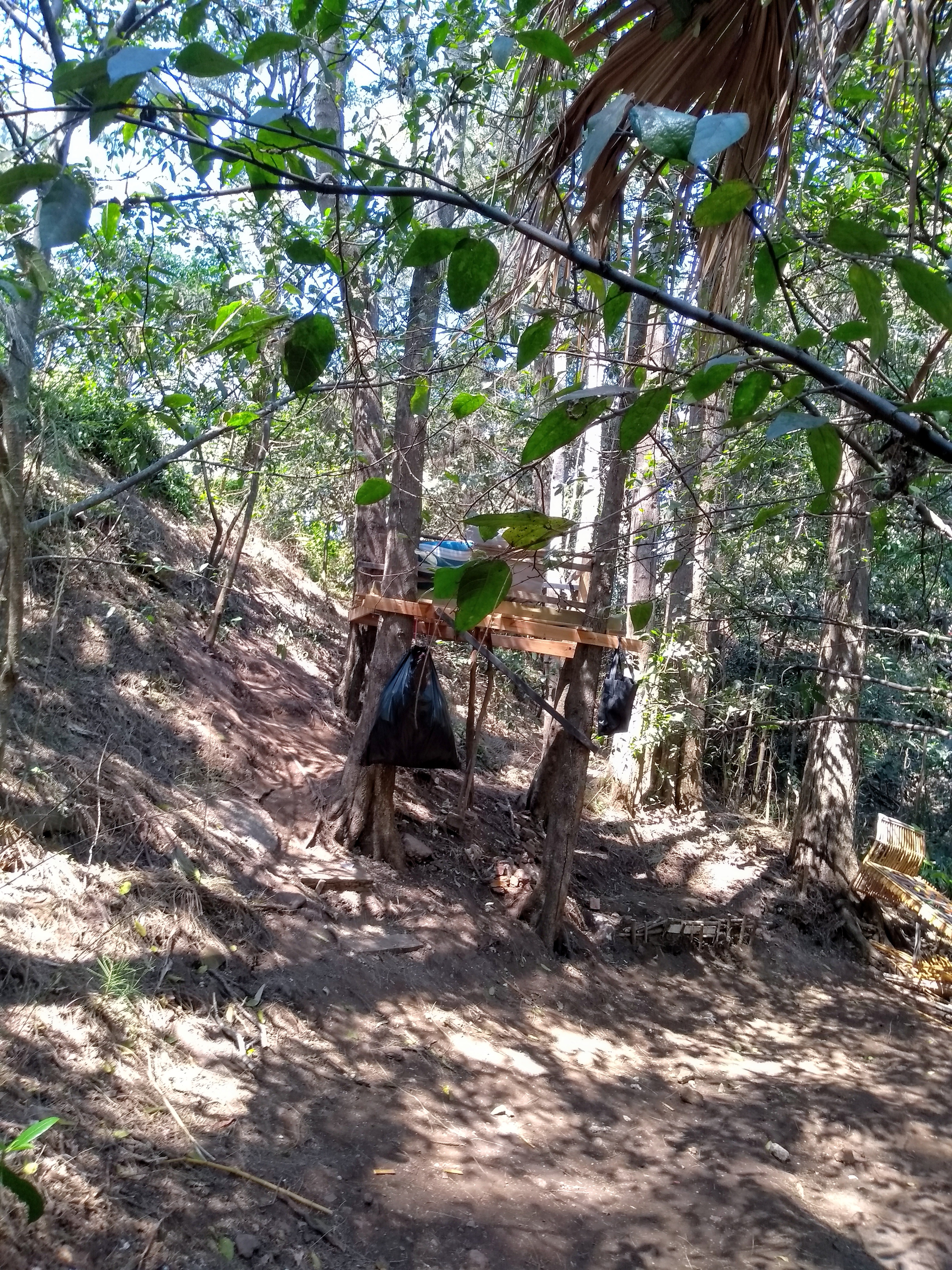
Please Look Out For Wildlife During Heatwave Events

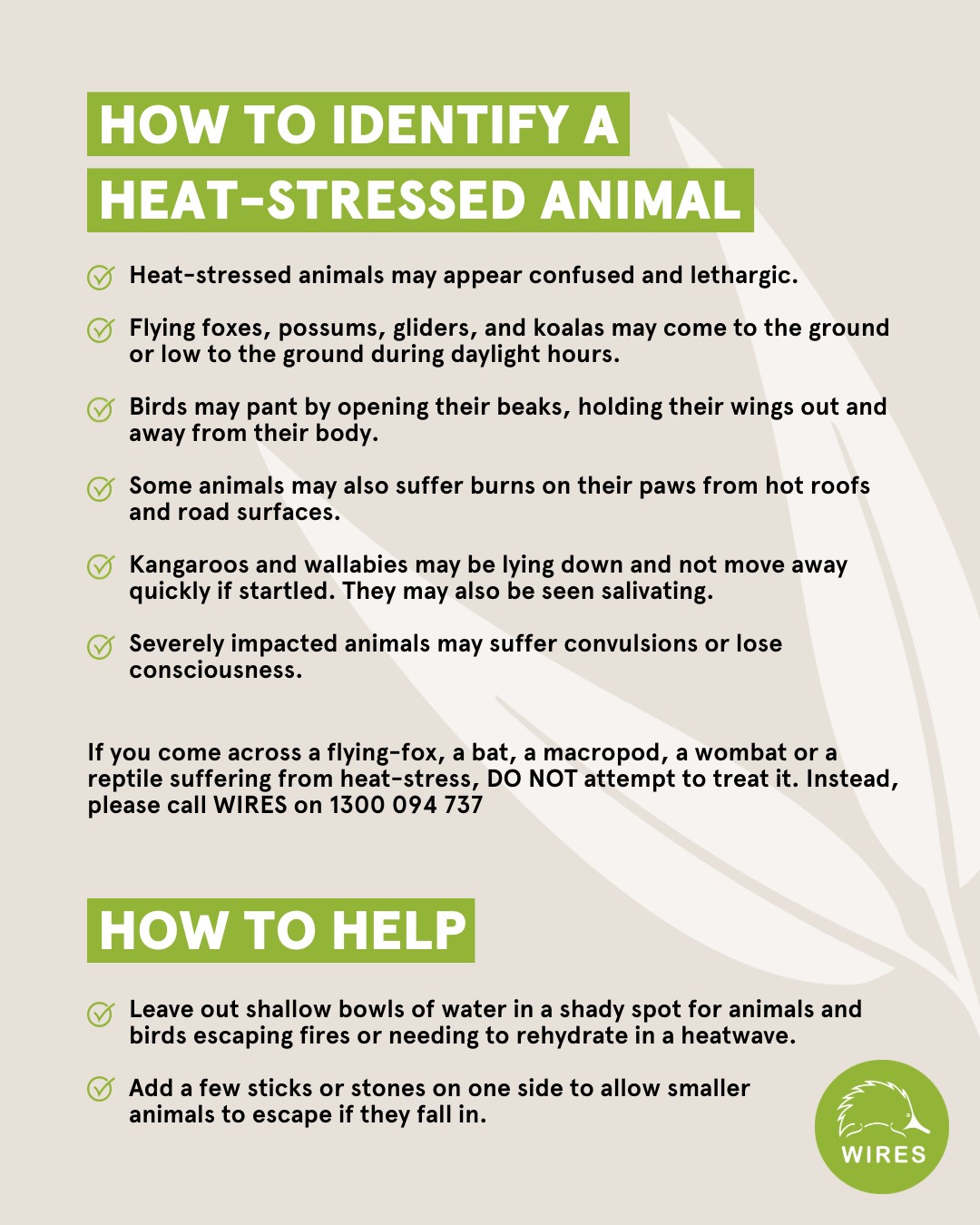
Palmgrove Park Avalon: New Bushcare Group
 Palmgrove Park Avalon is a remnant of the Spotted Gum forest that was once widespread on the lower slopes of the Pittwater peninsula. This bushland’s official name and forest type is Pittwater and Wagstaffe Endangered Ecological Community, endangered because so much has been cleared for suburban development. Canopy trees, smaller trees and shrubs, and ground layer plants make up this community. Though scattered remnant Spotted Gums remain on private land, there is little chance of seedlings surviving in gardens and lawns. More information HERE
Palmgrove Park Avalon is a remnant of the Spotted Gum forest that was once widespread on the lower slopes of the Pittwater peninsula. This bushland’s official name and forest type is Pittwater and Wagstaffe Endangered Ecological Community, endangered because so much has been cleared for suburban development. Canopy trees, smaller trees and shrubs, and ground layer plants make up this community. Though scattered remnant Spotted Gums remain on private land, there is little chance of seedlings surviving in gardens and lawns. More information HERE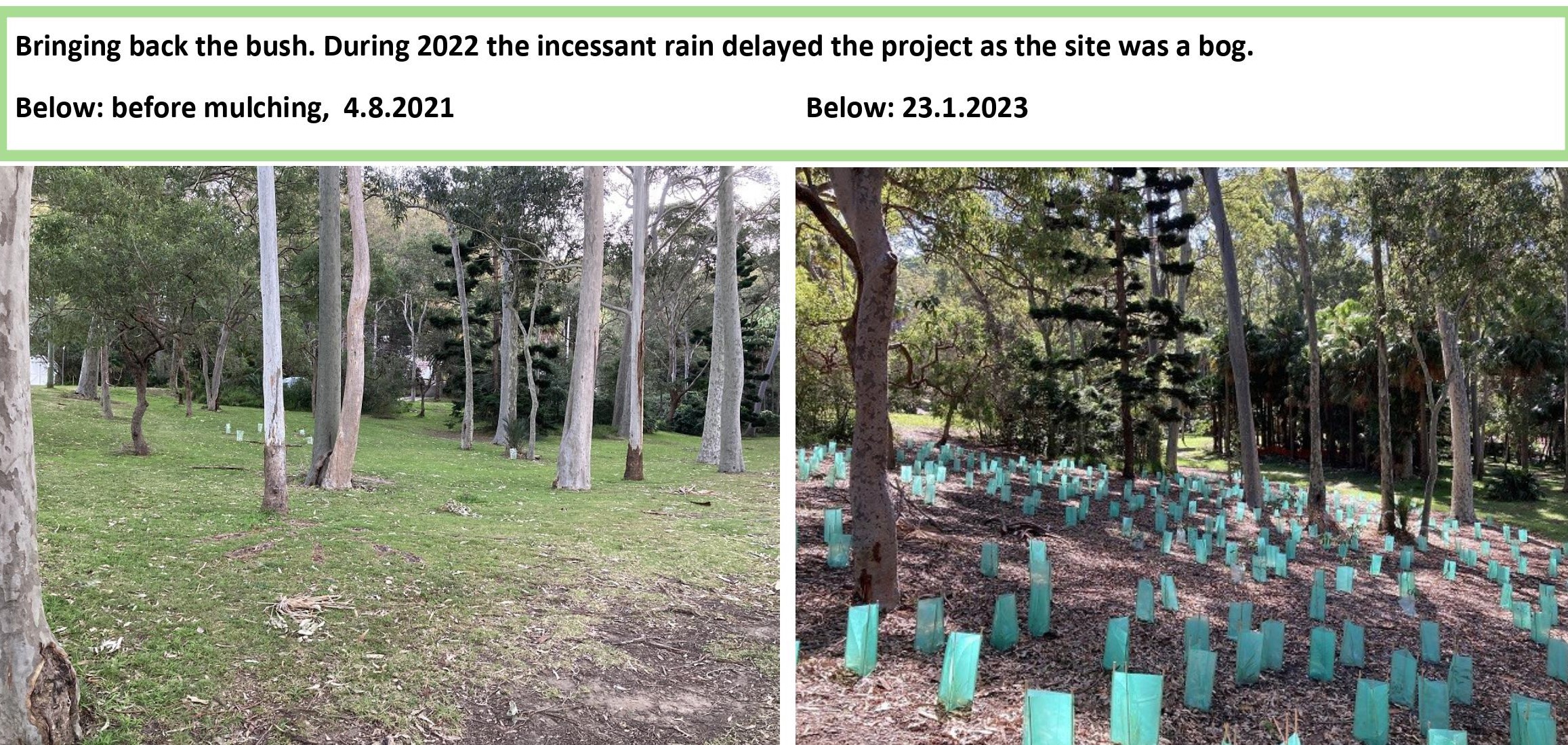
Report Fox Sightings
%20(1).jpg?timestamp=1675893929686)
Marine Wildlife Rescue Group On The Central Coast
A new wildlife group was launched on the Central Coast on Saturday, December 10, 2022.
Marine Wildlife Rescue Central Coast (MWRCC) had its official launch at The Entrance Boat Shed at 10am.
The group comprises current and former members of ASTR, ORRCA, Sea Shepherd, Greenpeace, WIRES and Wildlife ARC, as well as vets, academics, and people from all walks of life.
Well known marine wildlife advocate and activist Cathy Gilmore is spearheading the organisation.
“We believe that it is time the Central Coast looked after its own marine wildlife, and not be under the control or directed by groups that aren’t based locally,” Gilmore said.
“We have the local knowledge and are set up to respond and help injured animals more quickly.
“This also means that donations and money fundraised will go directly into helping our local marine creatures, and not get tied up elsewhere in the state.”
The organisation plans to have rehabilitation facilities and rescue kits placed in strategic locations around the region.
MWRCC will also be in touch with Indigenous groups to learn the traditional importance of the local marine environment and its inhabitants.
“We want to work with these groups and share knowledge between us,” Gilmore said.
“This is an opportunity to help save and protect our local marine wildlife, so if you have passion and commitment, then you are more than welcome to join us.”
Marine Wildlife Rescue Central Coast has a Facebook page where you may contact members. Visit: https://www.facebook.com/profile.php?id=100076317431064
- Ph: 0478 439 965
- Email: marinewildlifecc@gmail.com
- Instagram: marinewildliferescuecc

Watch Out - Shorebirds About
.JPG.opt1460x973o0,0s1460x973.jpg?timestamp=1663629195339)
Possums In Your Roof?: Do The Right Thing

Aviaries + Possum Release Sites Needed

Bushcare In Pittwater: Where + When
Where we work Which day What time
Avalon
Angophora Reserve 3rd Sunday 8:30 - 11:30am
Avalon Dunes 1st Sunday 8:30 - 11:30am
Avalon Golf Course 2nd Wednesday 3 - 5:30pm
Careel Creek 4th Saturday 8:30 - 11:30am
Toongari Reserve 3rd Saturday 9 - 12noon (8 - 11am in summer)
Bangalley Headland 2nd Sunday 9 to 12noon
Bayview
Winnererremy Bay 4th Sunday 9 to 12noon
Bilgola
North Bilgola Beach 3rd Monday 9 - 12noon
Algona Reserve 1st Saturday 9 - 12noon
Plateau Park 1st Friday 8:30 - 11:30am
Church Point
Browns Bay Reserve 1st Tuesday 9 - 12noon
McCarrs Creek Reserve Contact Bushcare Officer To be confirmed
Clareville
Old Wharf Reserve 3rd Saturday 8 - 11am
Elanora
Kundibah Reserve 4th Sunday 8:30 - 11:30am
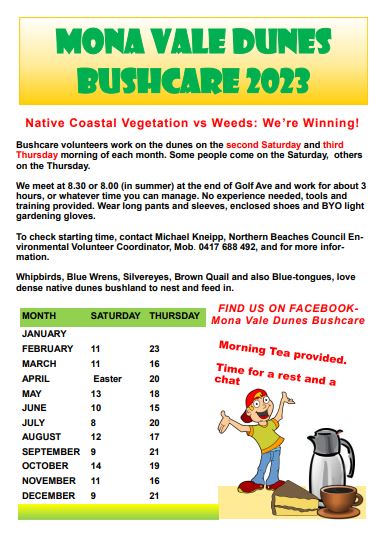 Mona Vale
Mona Vale Mona Vale Beach Basin 1st Saturday 8 - 11am
Mona Vale Dunes 2nd Saturday +3rd Thursday 8:30 - 11:30am
Newport
Bungan Beach 4th Sunday 9 - 12noon
Crescent Reserve 3rd Sunday 9 - 12noon
North Newport Beach 4th Saturday 8:30 - 11:30am
Porter Reserve 2nd Saturday 8 - 11am
North Narrabeen
Irrawong Reserve 2nd Saturday 2 - 5pm
Palm Beach
North Palm Beach Dunes 3rd Saturday 9 - 12noon
Scotland Island
Catherine Park 2nd Sunday 10 - 12:30pm
Elizabeth Park 1st Saturday 9 - 12noon
Pathilda Reserve 3rd Saturday 9 - 12noon
Warriewood
Warriewood Wetlands 1st Sunday 8:30 - 11:30am
Whale Beach
Norma Park 1st Friday 9 - 12noon
Western Foreshores
Coopers Point, Elvina Bay 2nd Sunday 10 - 1pm
Rocky Point, Elvina Bay 1st Monday 9 - 12noon
Friends Of Narrabeen Lagoon Catchment Activities

Gardens And Environment Groups And Organisations In Pittwater
- Ringtail Posse: 1 – February 2023; Anna Maria Monticelli: King Parrots/Water Dragons - Jacqui Scruby: Loggerhead Turtle - Lyn Millett OAM: Flying-Foxes - Kevin Murray: Our Backyard Frogs - Miranda Korzy: Brushtail Possums
- Ringtail Posse: 2 - March 2023; Kevin Murray: Tawny Frogmouth - Kayleigh Greig: Red-Bellied Black Snake - Bec Woods: Australian Water Dragon - Margaret Woods: Owlet-Nightjar - Hilary Green: Butcher Bird - Susan Sorensen: Wallaby
- Ringtail Posse 3 - April 2023: Jeffrey Quinn: Kookaburra, Tom Borg McGee: Kookaburra, Stephanie Galloway-Brown: Bandicoot, Joe Mills: Noisy Miner
- Ringtail Posse 4 May 2023 - Andrew Gregory: Powerful Owl, Marita Macrae: Pale-Lipped Or Gully Shadeskink, Jools Farrell: Whales & Seals, Nicole Romain: Yellow-Tailed Black Cockatoo
- Ringtail Posse 5: June 2023 - Lynleigh Greig OAM: Snakes, Dick Clarke: Diamond Python, Selena Griffith: Glossy Black-Cockatoo, Eric Gumley: Bandicoot
- Ringtail Posse 6: July 2023 - Sonja Elwood: Long-Nosed Bandicoot, Dr. Conny Harris: Swamp Wallaby, Neil Evers: Bandicoot, Bill Goddard: Bandicoot
- Ringtail Posse 7: August 2023 - Geoff Searl OAM: Tawny Frogmouth, Peter Macinnis: Echidna, Peter Carter: Ringtail Possum, Nathan Wellings; Kookaburra
- Ringtail Posse 8: September 2023 - Saving Sydney's Last Koalas; Logging Now Stopped In Future Koala Park By Minns Government - ''Is There Time To Save Sydney's Last Koalas Too?'' Asks: John Illingsworth, WIRES, Sydney Wildlife Rescue, Save Sydney Koalas, The Sydney Basin Koala Network, The Help Save The Wildlife & Bushlands In Campbelltown Group, Appin Koalas Animal Rescue Service, Patricia and Barry Durham, Sue Gay, Save Mt. Gilead, Paola Torti Of The International Koala Intervention Group
- Ringtail Posse 9: October 2023 - David Palmer OAM: Bandicoots, Helen Pearce: Brushtail Possum, Amina Kitching: Goanna, David Goudie: Ringtails Possums + Bandicoots + Owls
- Mother Brushtail Killed On Barrenjoey Road: Baby Cried All Night - Powerful Owl Struck At Same Time At Careel Bay During Owlet Fledgling Season: calls for mitigation measures - The List of what you can do for those who ask 'What You I Do' as requested
- Ringtail Posse 10: November 2023 - Stop Wildlife Roadkill Group: You Can Help By Using The Wildlife Incident Mapping Website
More Green Space To Enhance Liveability In NSW Communities: Metropolitan Greenspace Program + Community Gardens Program Grants Now Open
- Metropolitan Greenspace Program. All councils in the Greater Sydney region and Central Coast Council are eligible and encouraged to apply by 29 April 2024. Successful applicants will be announced in June 2024.
- Places to Roam Community Gardens program. Applications close on 29 March 2024.
Wongkumara People – Native Title Act: Have Your Say
- Informal submission
- Mailout
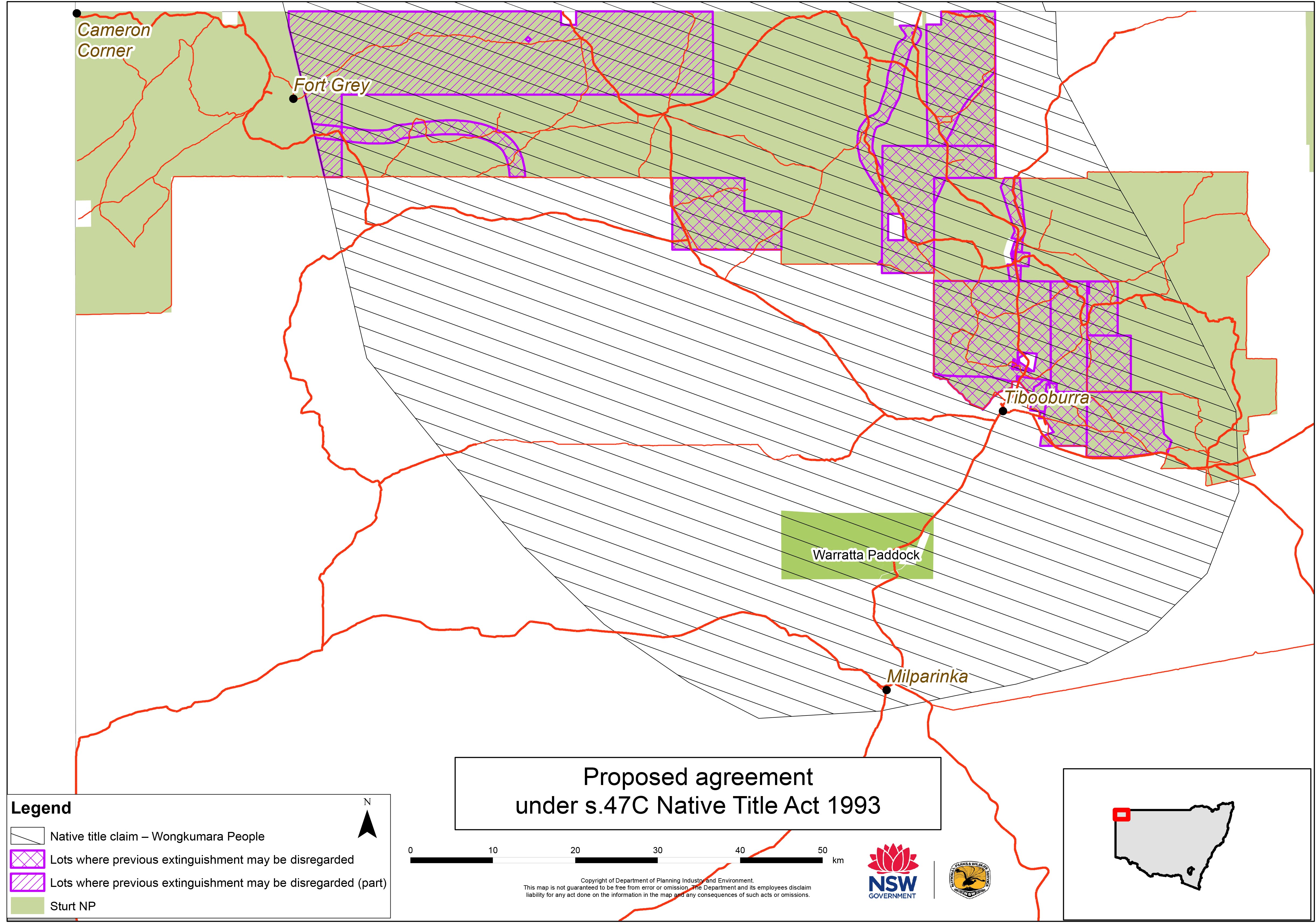
Widjabul Wia-Bal People – Notice Under The Native Title Act: Have Your Say
- Boatharbour Nature Reserve
- Tuckean Nature Reserve
- Muckleewee Mountain Nature Reserve
- Goonengerry National Park
- Victoria Park Nature Reserve
- Mount Jerusalem National Park
- Nightcap National Park
- Davis Scrub Nature Reserve
- Snows Gully Nature Reserve
- Tucki Tucki Nature Reserve
- Andrew Johnson Big Scrub Nature Reserve
- Whian Whian State Conservation Area.
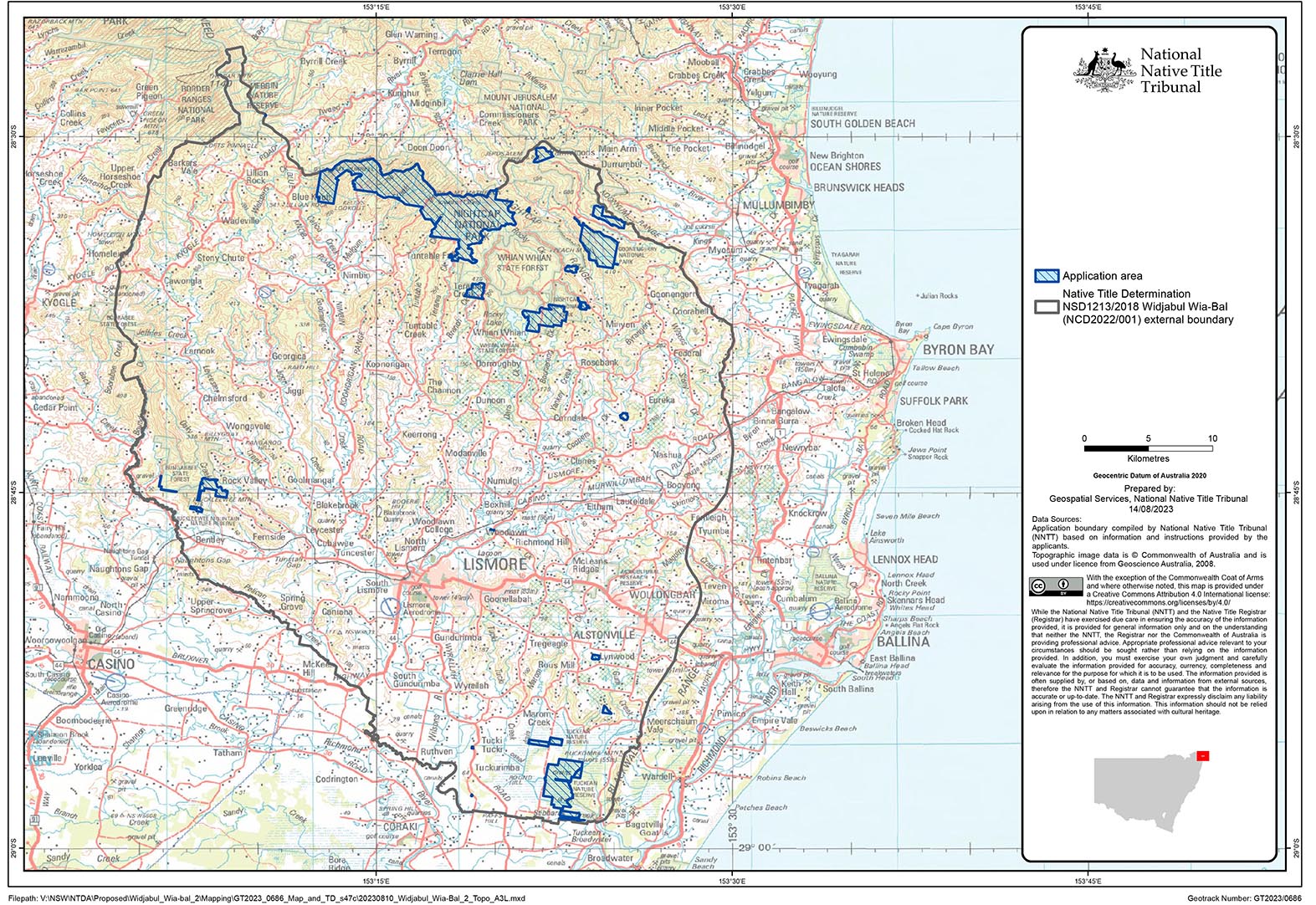
Environmental Grants Connect To Country: Applications Close 2 April 2024
Independent Review Of Small-Scale Titles: Have Your Say
Crown Land Management Act 2016 Review: Have Your Say
.jpg?timestamp=1708537972385)
Coastal Floodplain Drainage Project: Have Your Say
- addressing the complexity, time and costs associated with the approvals process
- reducing the impact of these works and activities on downstream water quality, aquatic ecosystems, communities and industries.
- Option 1: One-stop shop webpage - A single source of information on the various approvals that may be required by government agencies for coastal floodplain drainage works.
- Option 2: Drainage applications coordinator - A central officer(s) to guide the applicant through the approvals processes for all NSW government agencies (Department of Planning and Environment’s Water Group, Planning, Crown Lands, and the Department of Primary Industries — Fisheries) and answer the applicant’s questions about their individual location and proposed works. The drainage applications coordinator would complement both Option 1 and Option 3.
- Option 3: Concurrent assessment - Concurrent assessment of applications by relevant government agencies.
- Option 4: Risk-based approach - NSW Government agencies would use a standardised risk matrix to compare the type and extent of the drainage works against the acidic water and blackwater potential of the drainage area to identify the level of risk associated with the proposed works. The identified level of risk could then be used to determine the level of information required from applicants, the level of assessment required by the approval authority, and the types of conditions applied to any approvals.
- Option 5: Drainage work approvals under the Water Management Act 2000 - Switch on drainage work approvals under the Water Management Act 2000. Two different methods of implementation are possible:
i. a drainage work approval would be required only when works are proposed and for the area of works onlyii. a drainage work approval could apply to existing and new drainage works across the entire drainage network.
Within either of these two methods, one of three different approaches for public authorities could be applied:
a. require public authorities to hold a drainage work approvalb. allow for public authorities to hold a conditional exemption from requiring approvalsc. exempt public authorities from requiring a drainage work approval.
- Option 6: Streamlining of Fisheries and Crown Land approvals through the use of drainage work approvals - Drainage work approvals, particularly under Option 5(ii), have the potential to deliver a catchment-wide consideration of the drainage network. This would provide greater certainty to other agencies such as Fisheries and Crown Land that environmental impacts have been considered and appropriate conditions applied, supporting them to assess and issue approvals more quickly.
- Tuesday 5 March 2024 - Register to attend
- Friday 8 March 2024 - Register to attend
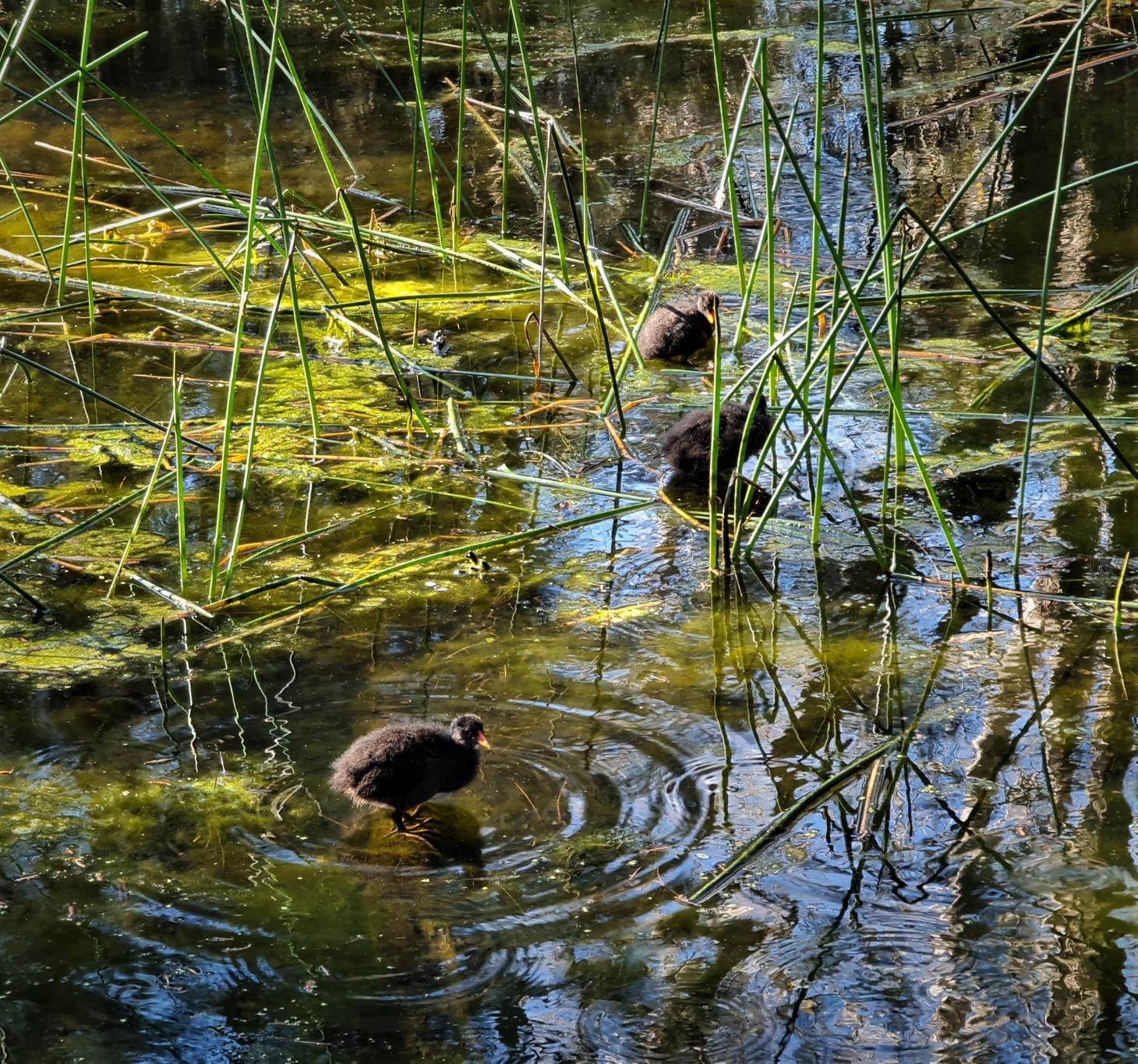
Lorne Welcomes First Ever Hooded Plover Family
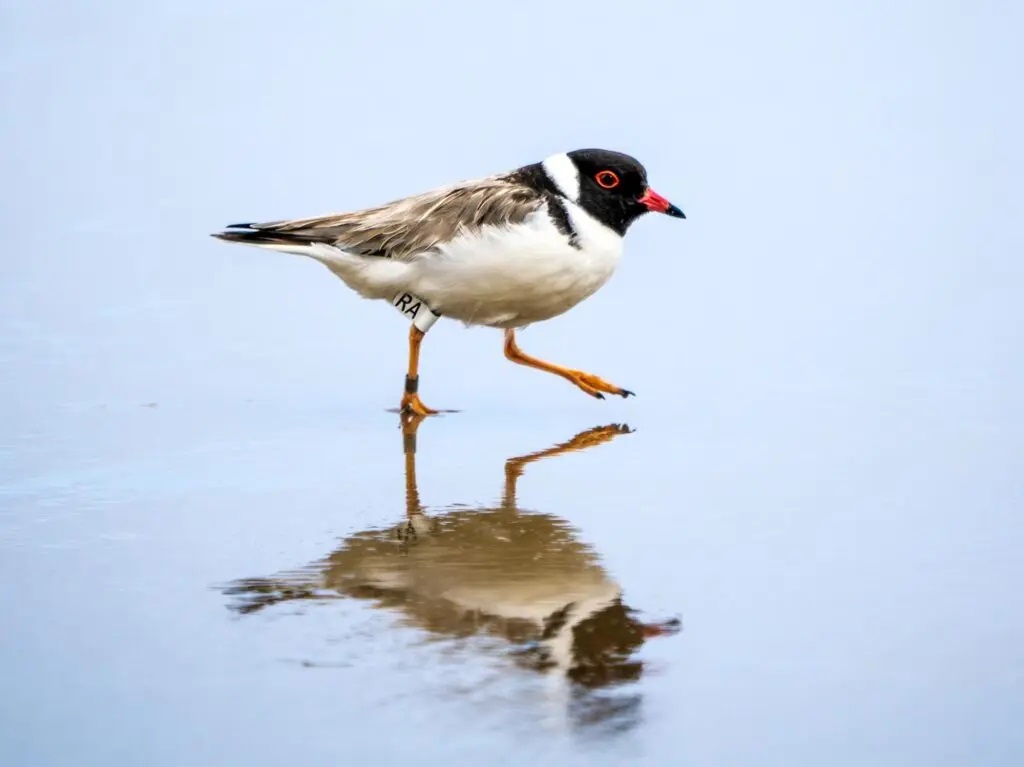
Environment Groups Urge Northern Territory Chief Minister To Take Action To Protect Nature
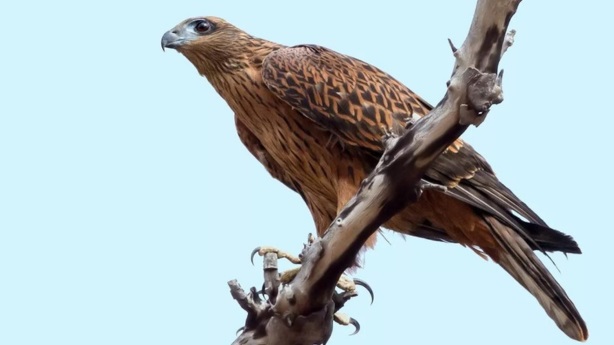
- The Enactment of specific biodiversity conservation legislation, which will address the unique conservation challenges by the Northern Territory and to provide a legal framework that prioritises the protection of its diverse ecosystems and wildlife.
- The support for long-term conservation planning that is community-led, scientifically-grounded, and that respect the rights and concerns of First Nations Peoples.
- The launch of an NT Biodiversity Strategy to plan the action necessary to reduce threats and restore nature, with transparent evaluation and reporting.
Hundreds Celebrate World Wetlands Day 2024 At Toondah Harbour – And Call For Its Protection
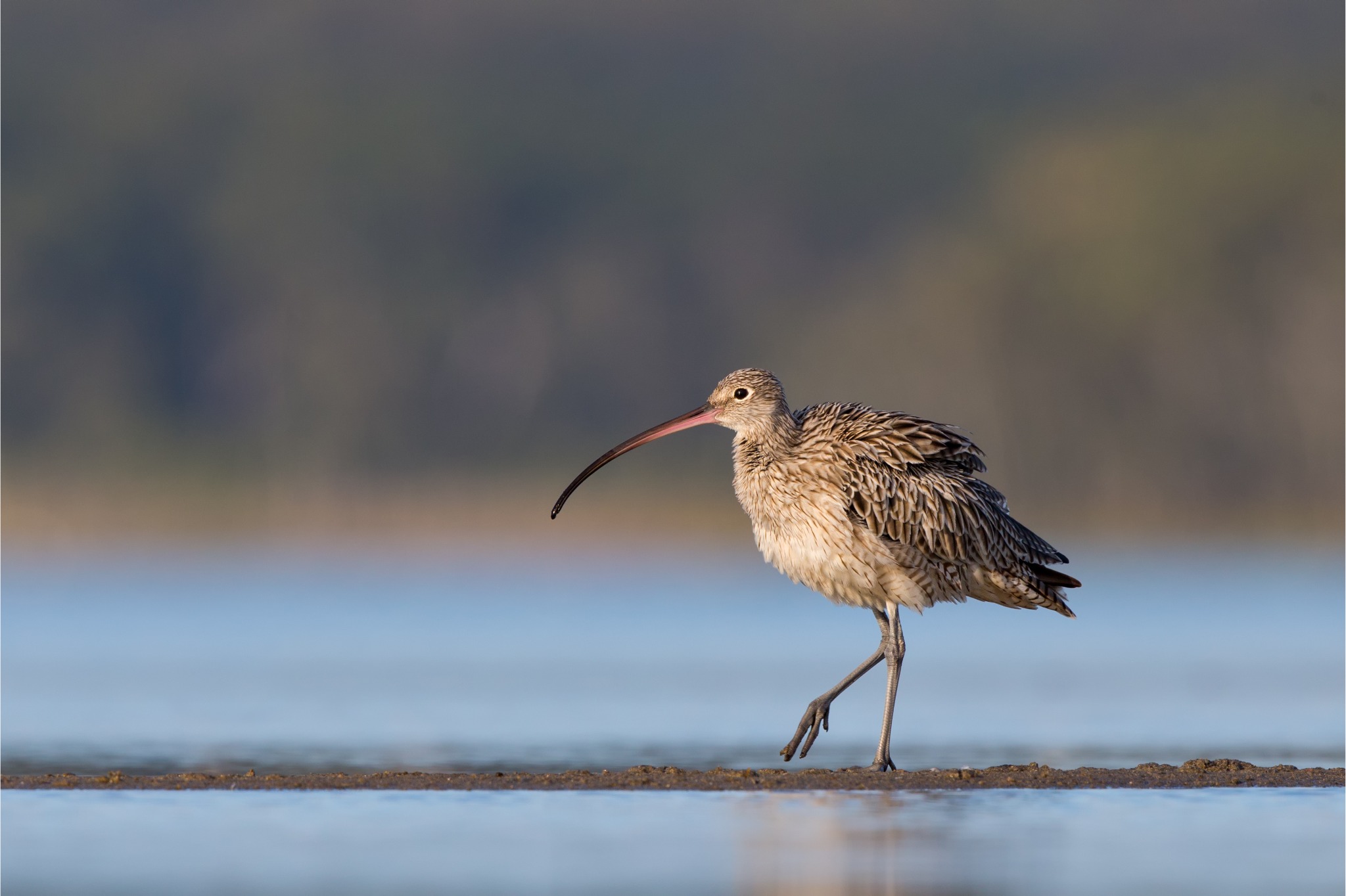
a main objective of the Ramsar Convention is to stem the loss of wetlands;
- Wetlands of international importance
- Listed threatened species and communities
- Listed migratory species
“must not act inconsistently with Australia’s obligations under the Ramsar Convention”
Walkers Corp. Hires People To Take Down Community Protest Signage At Appin
Appin Community Furious As Developer Walker Corporation Removes Community Signs
The Signs The Residents Had Placed In Public Areas:
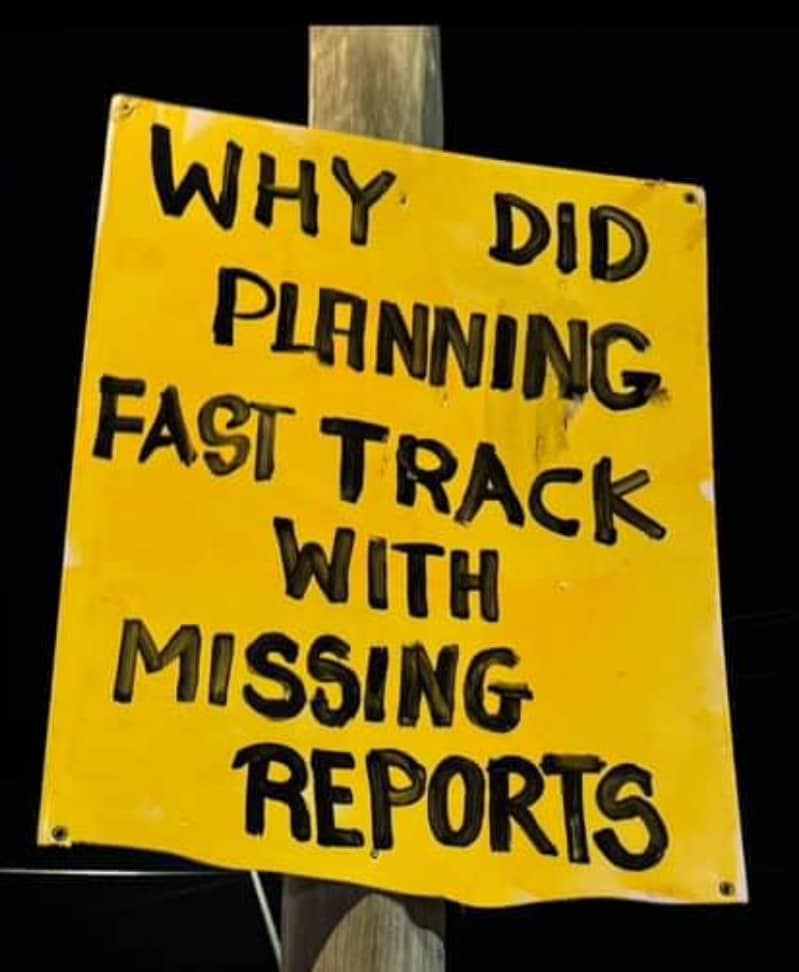
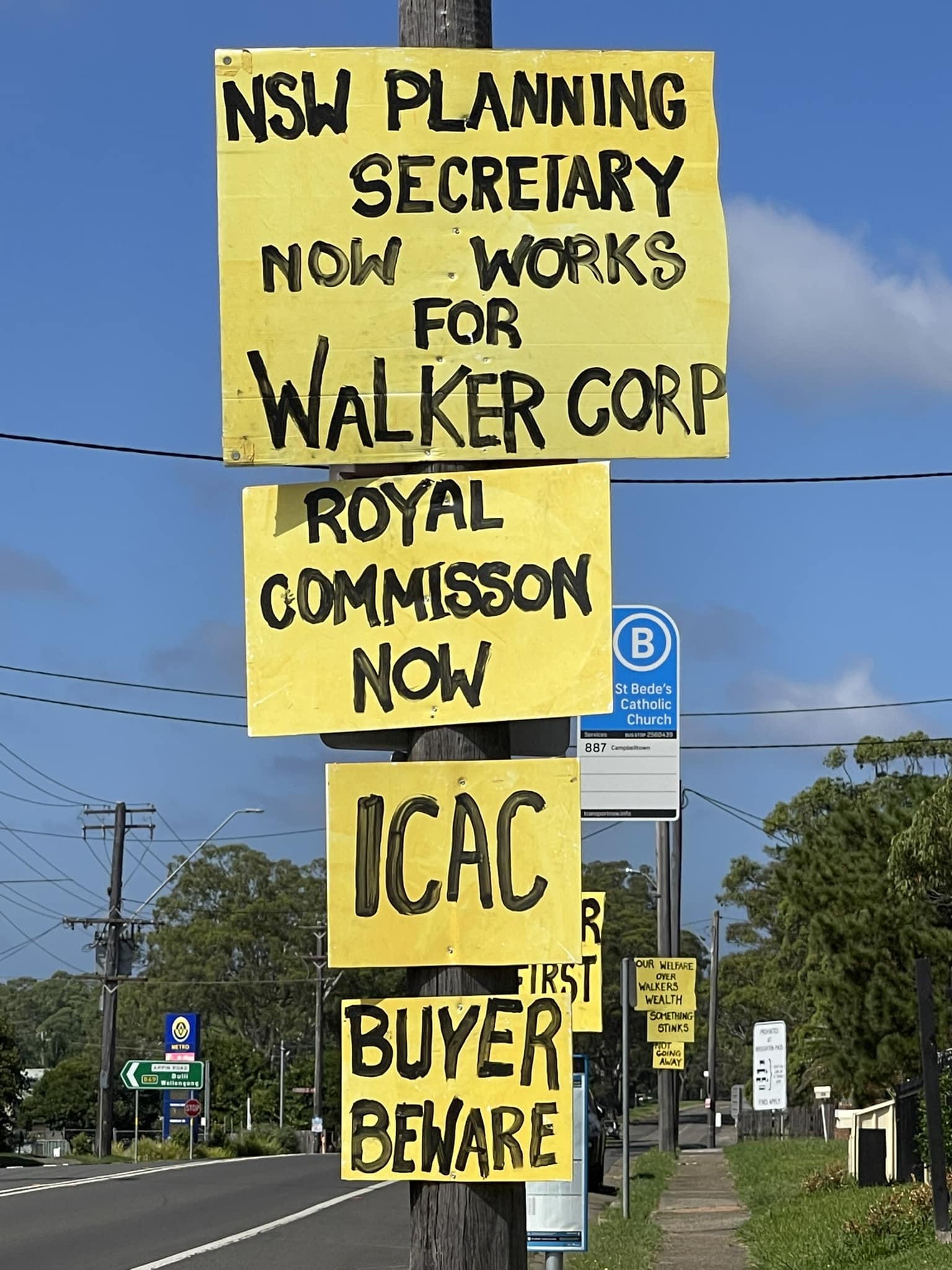
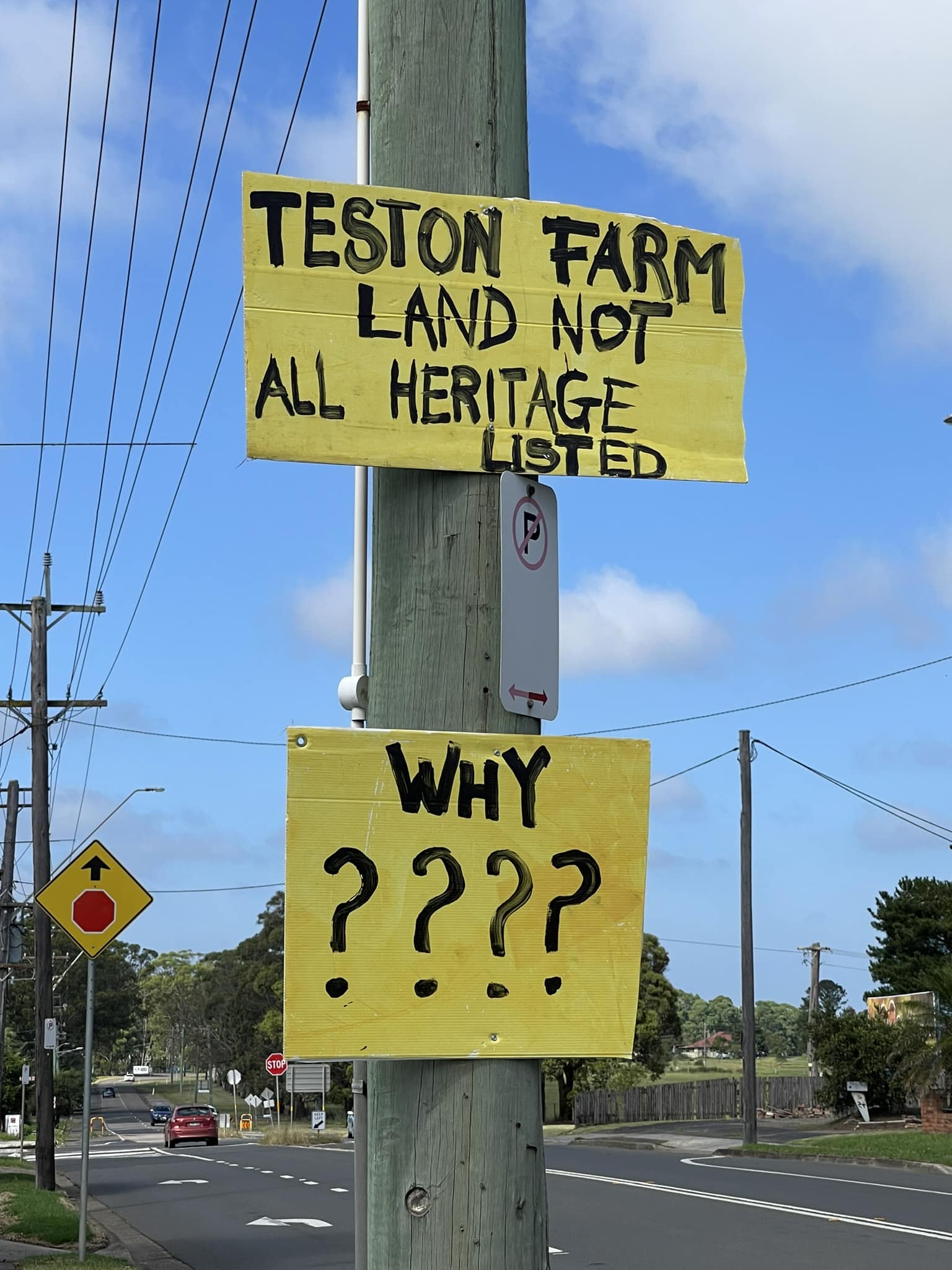
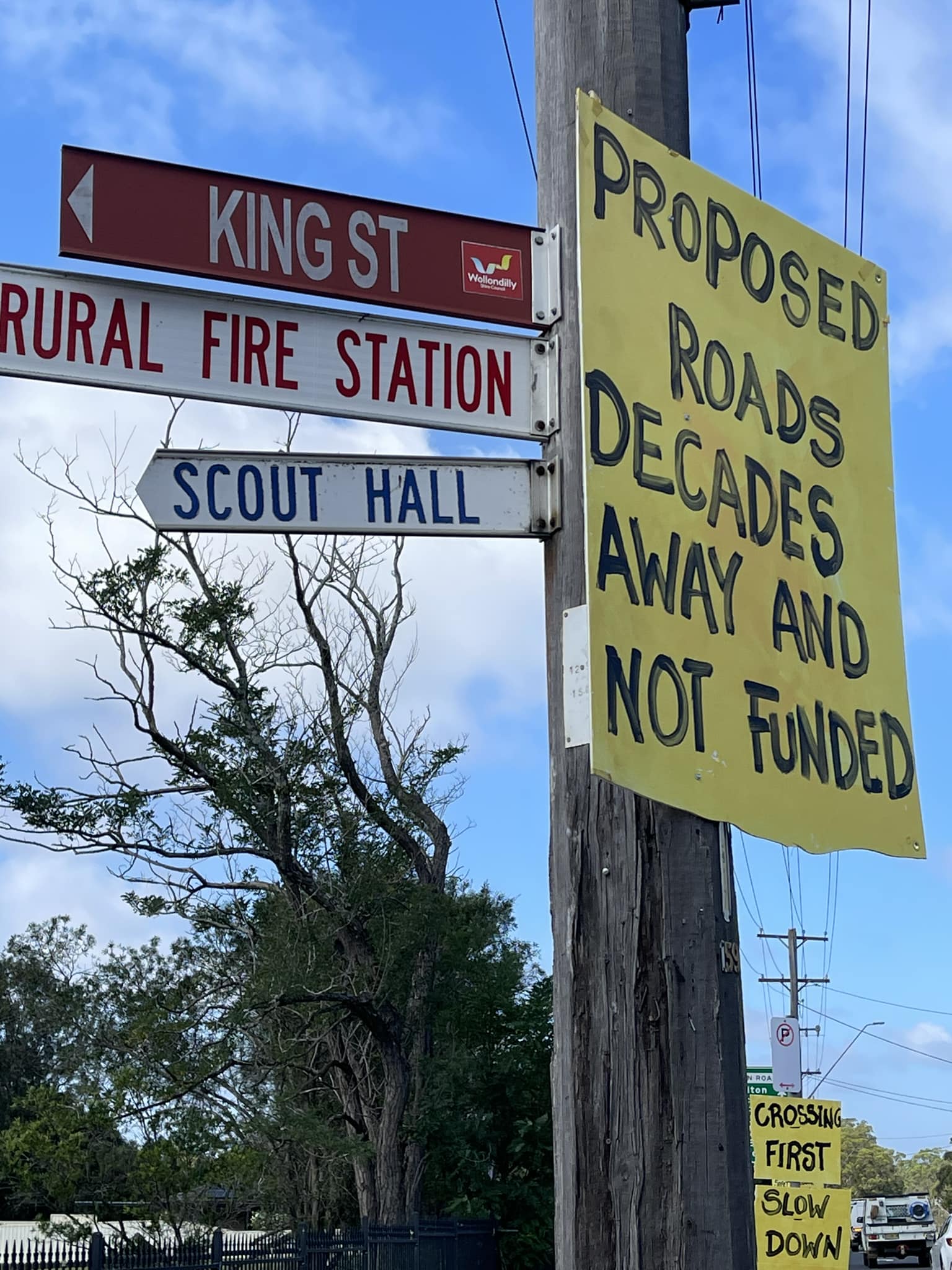
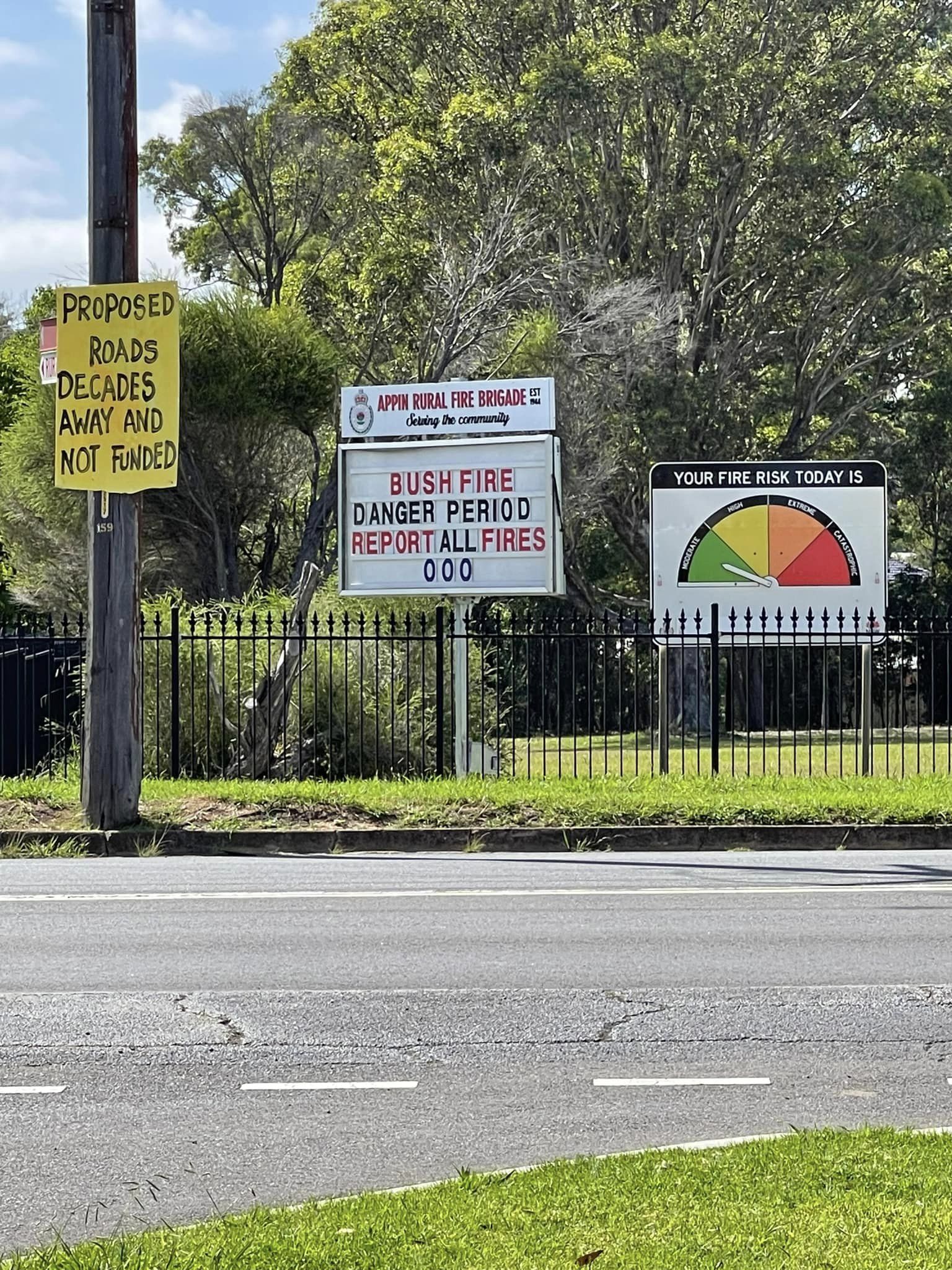
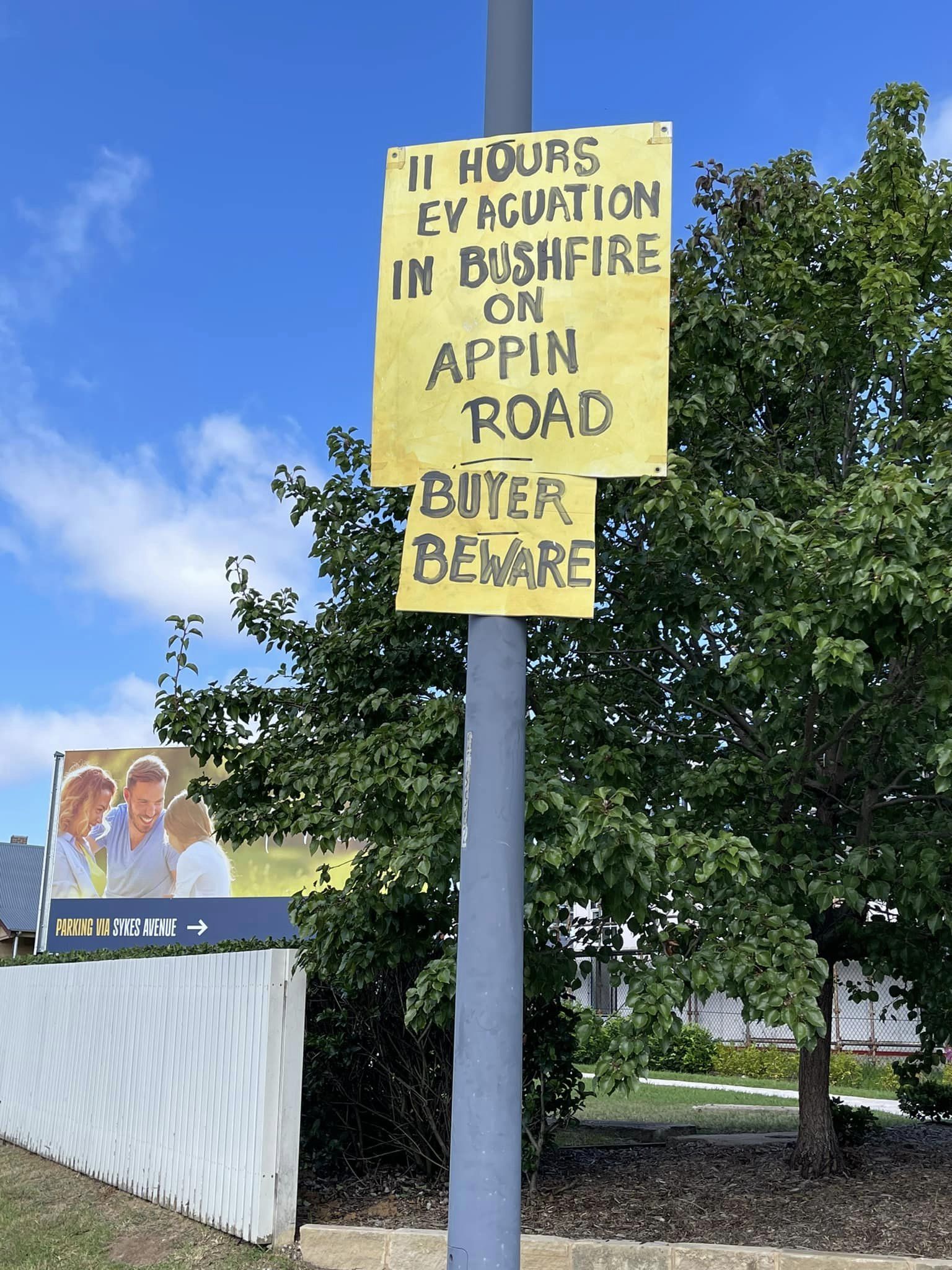
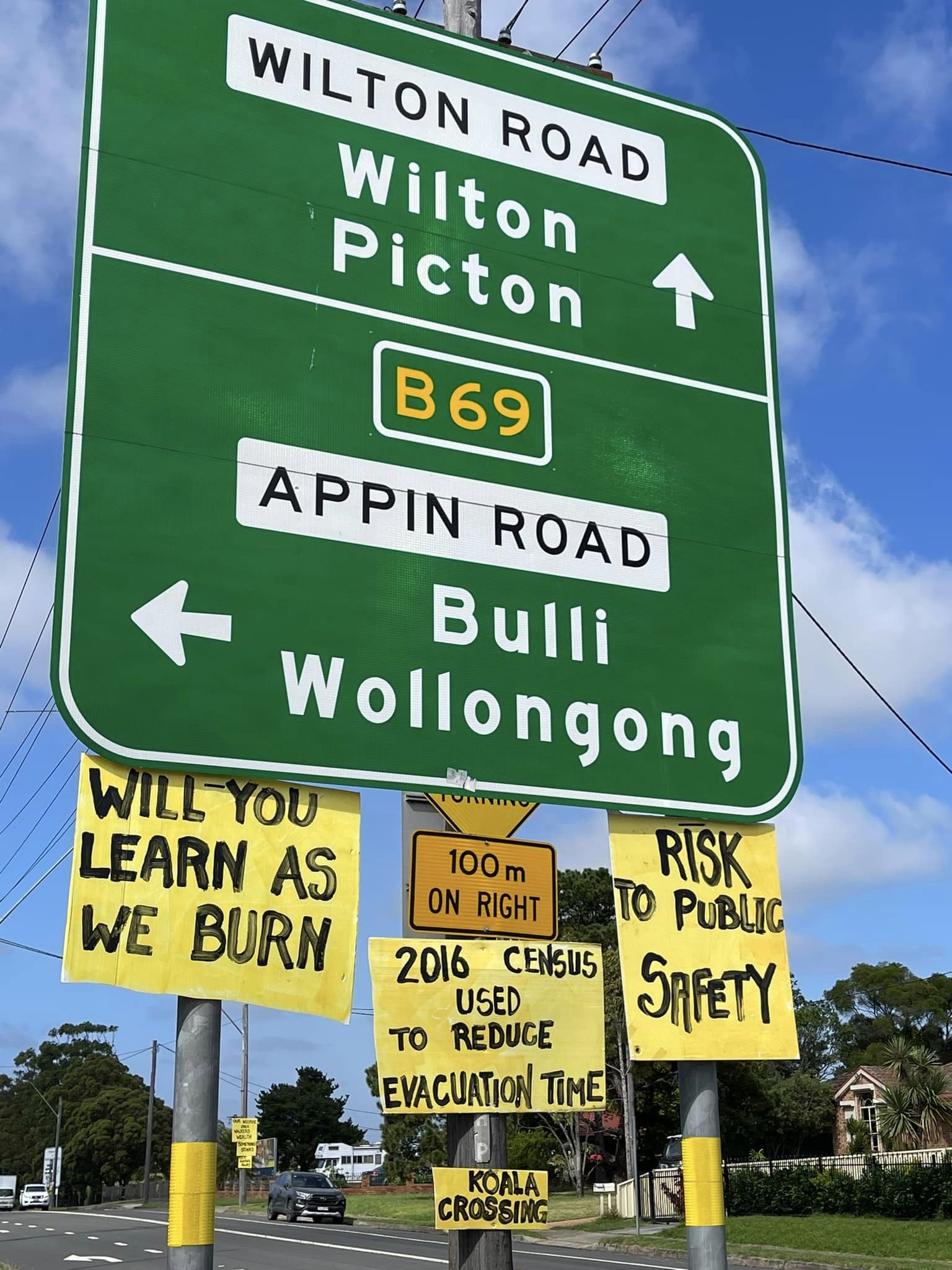
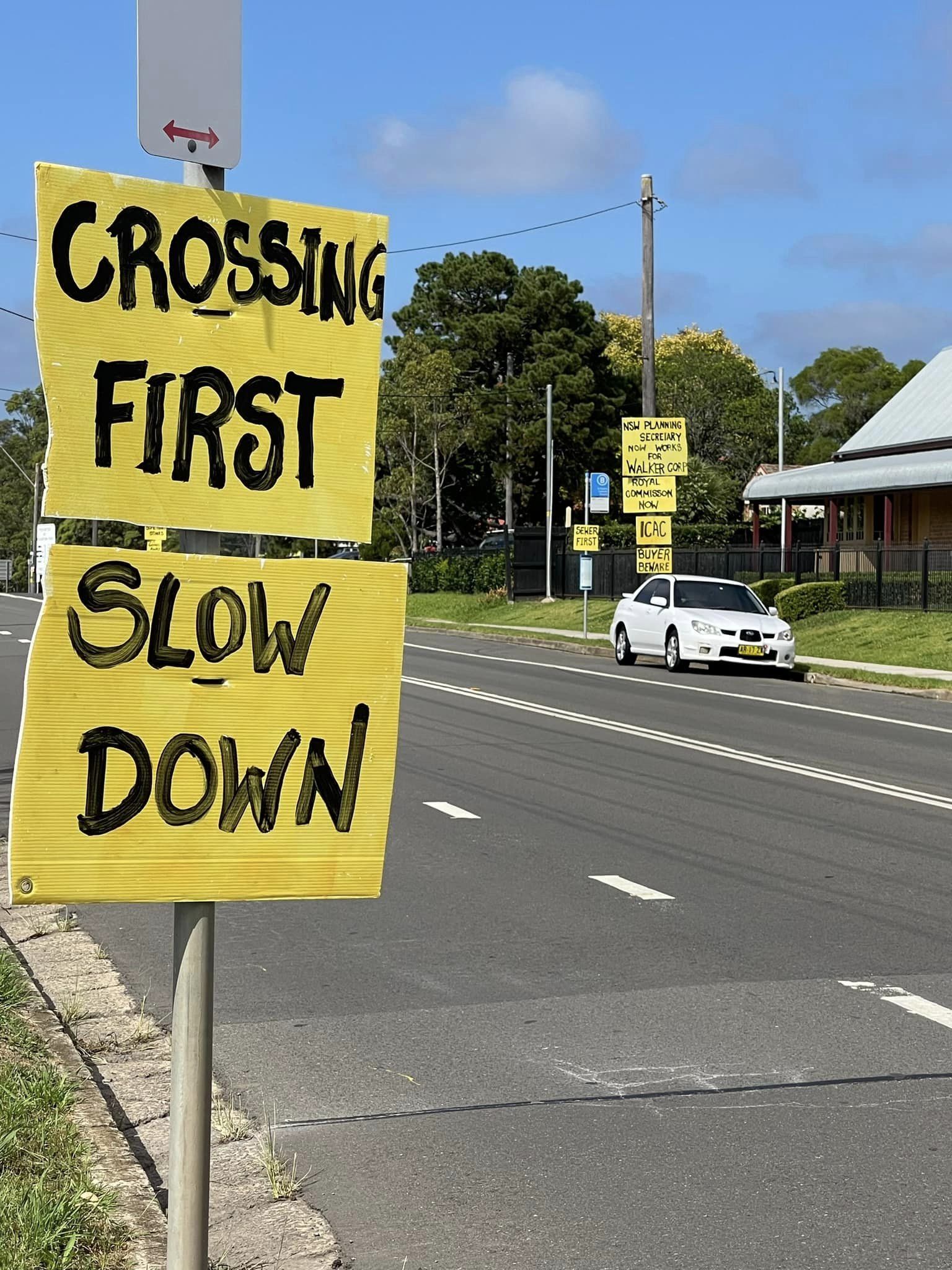
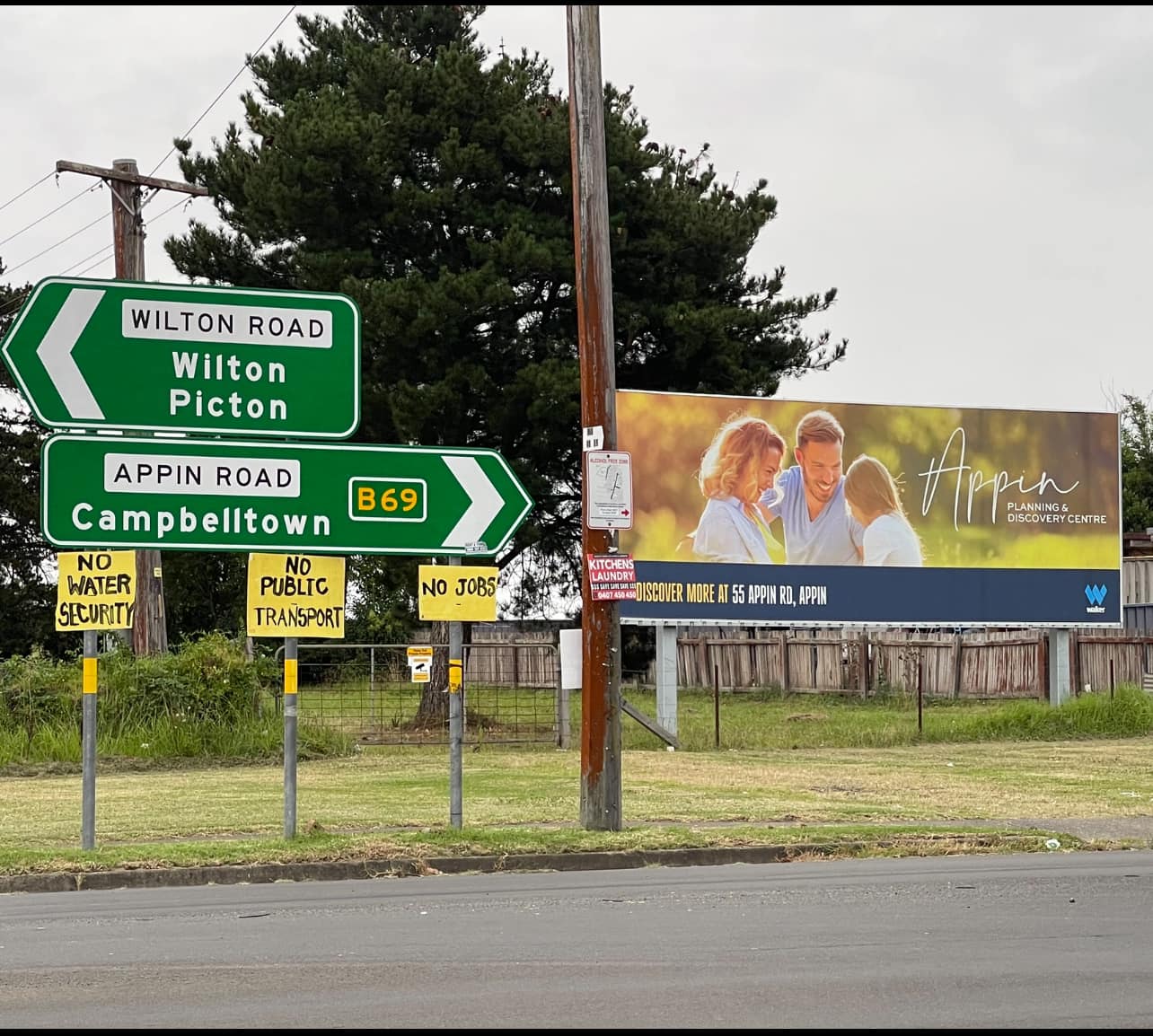
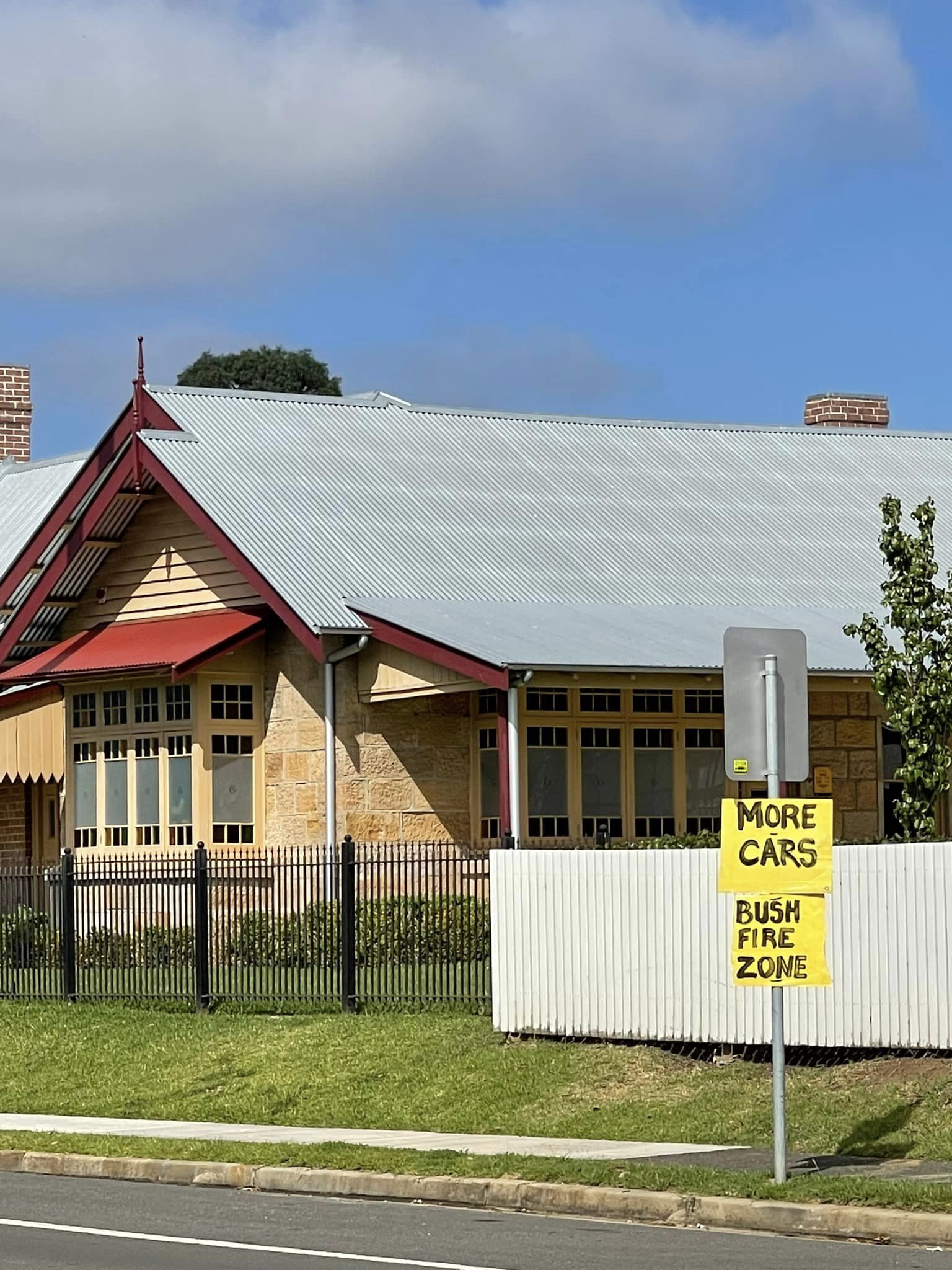
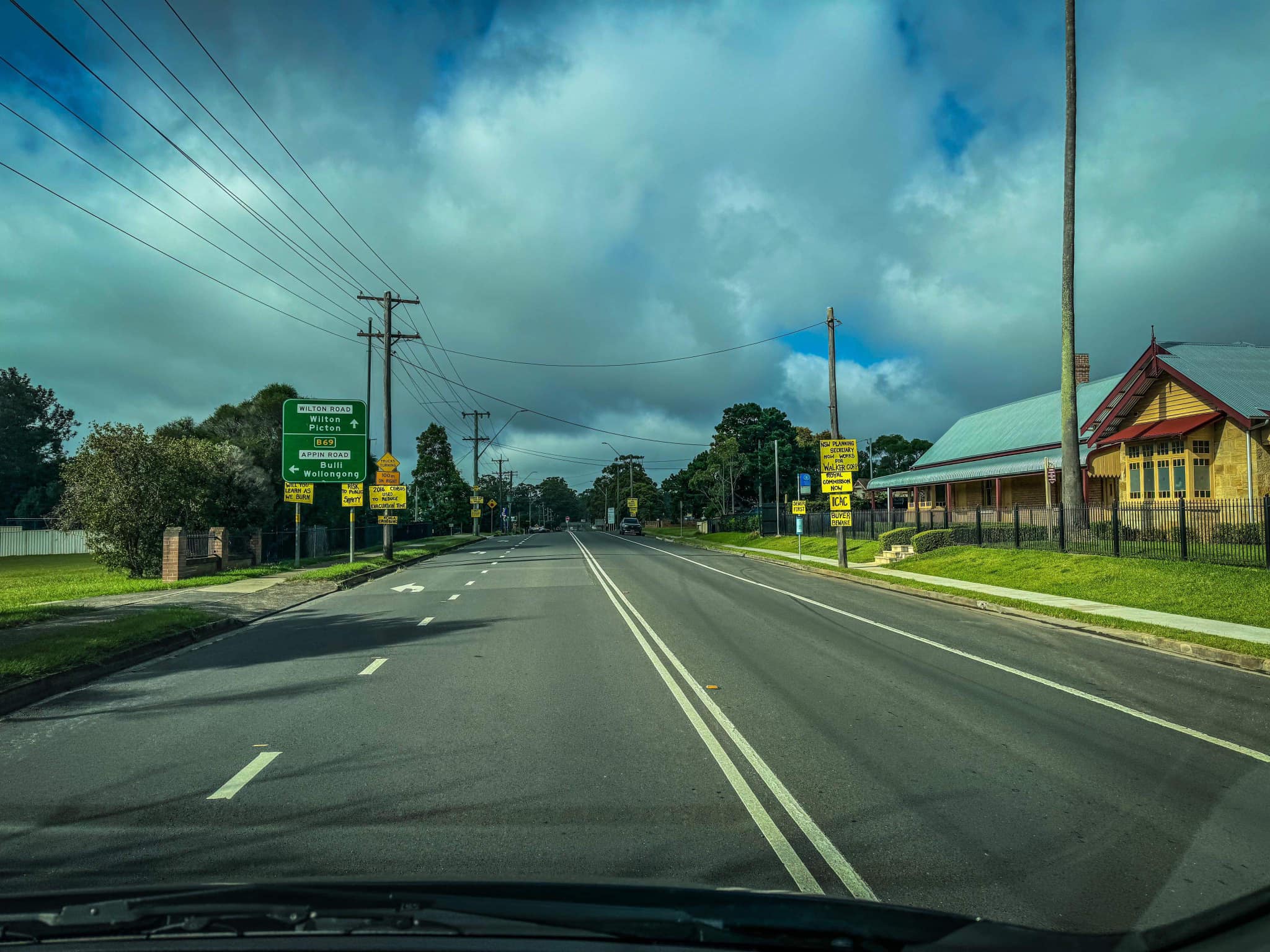

Appin Road Upgrade - Ongoing Compromises Instead Of Safeguarding Koalas: Sydney Basin Koala Network
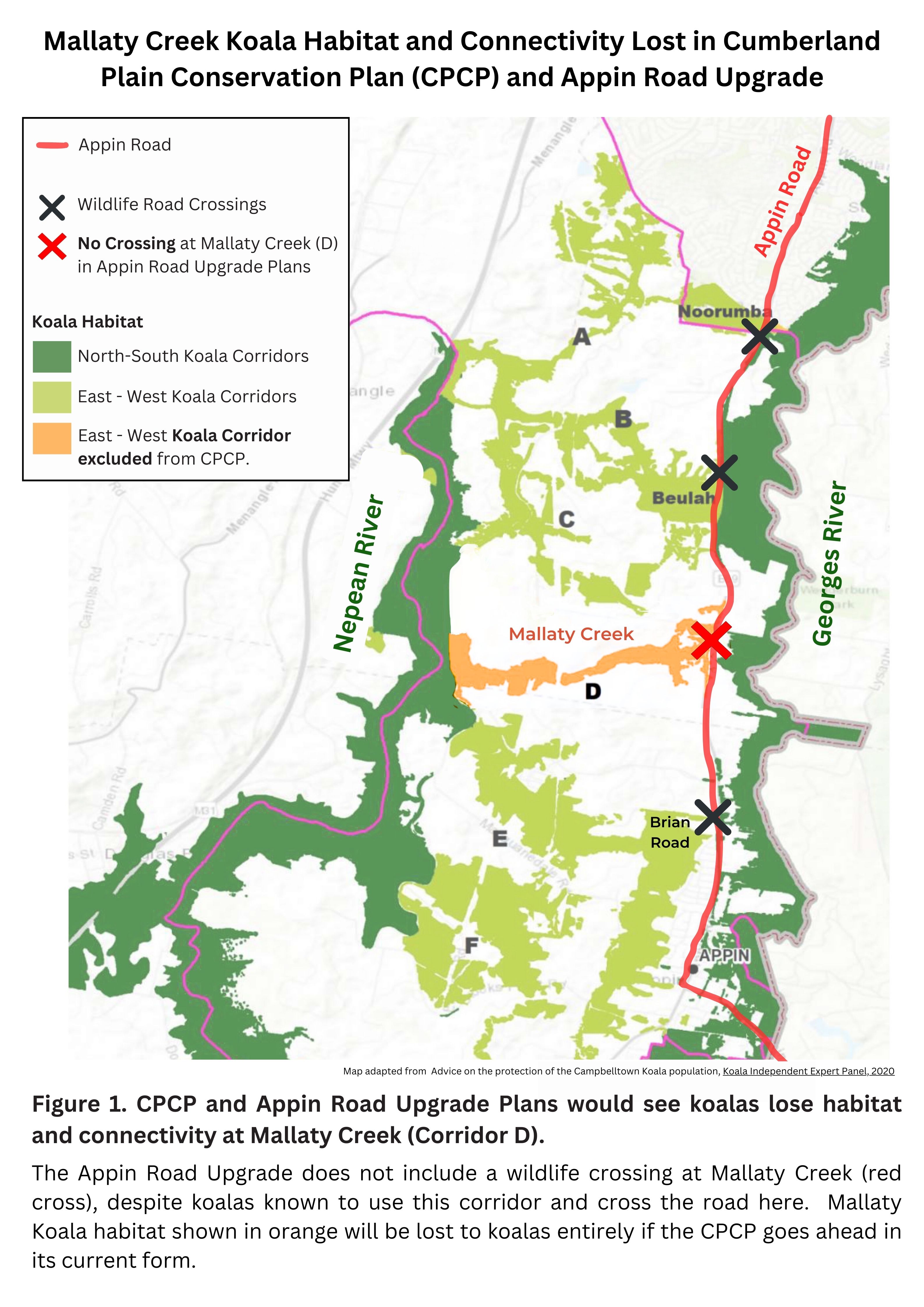
Help Save The Wildlife And Bushlands In Campbelltown In Gilead
Meat Being Dumped Into Bush Attracts Foxes
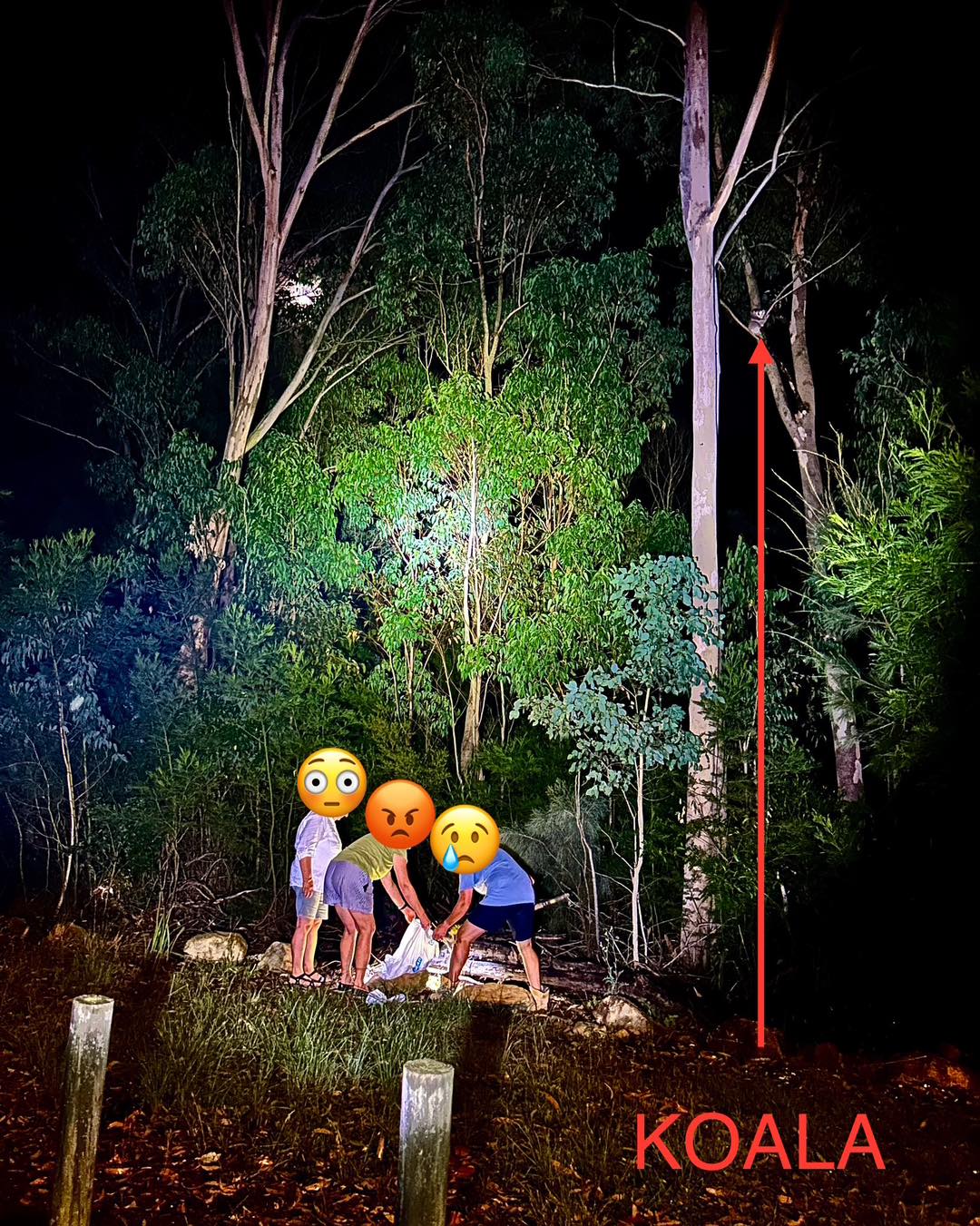
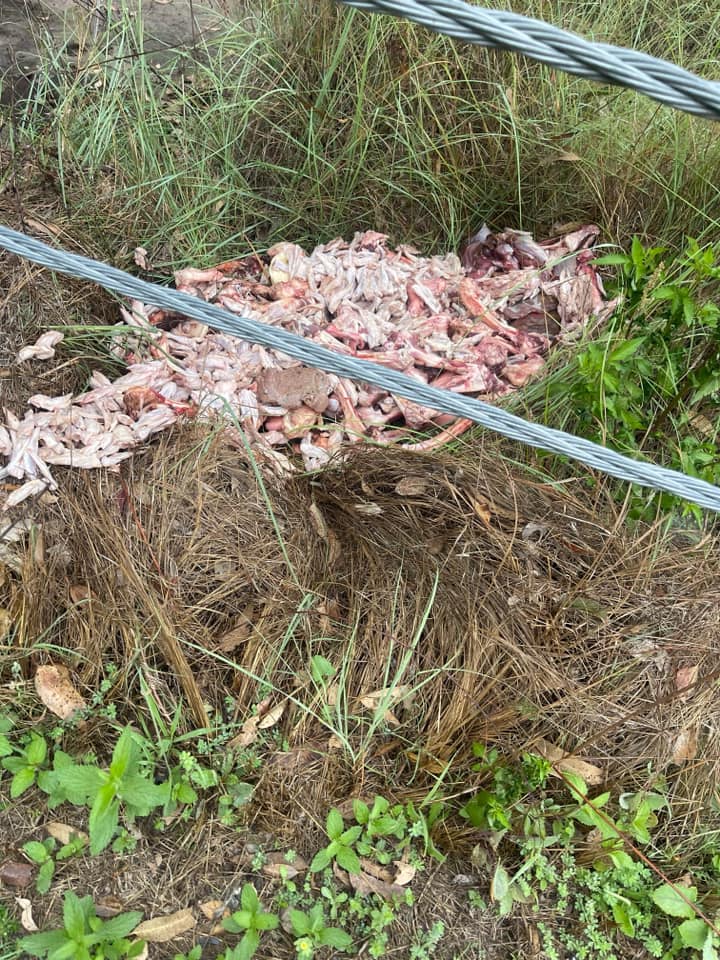
Bolstering Traditional Practices To Ramp Up Bushfire Resilience
- near the Bruxner Highway northwest of Grafton on Bundjalung Country
- near the Oxley and Newell Highways at Coonabarabran on Gomeroi Country
- along the Princes Highway at Bega and Batemans Bay on the South Coast on Yuin Country.
NSW Government Leaving Feral Pigs With Nowhere To Hide
- 33,277 feral pigs culled
- 4.69 million hectares protected through aerial and ground control efforts
- 77,904 kg of free bait issued to landholders
- 51 sessions with groups of landholders focused on feral pig management
- Establishment of the state’s first Feral Pig Coordinator
CSIRO Study Shows Marine Heatwaves Have Significant Impact On Microorganisms
Secrets Of Night Parrot Unlocked After First Genome Sequenced
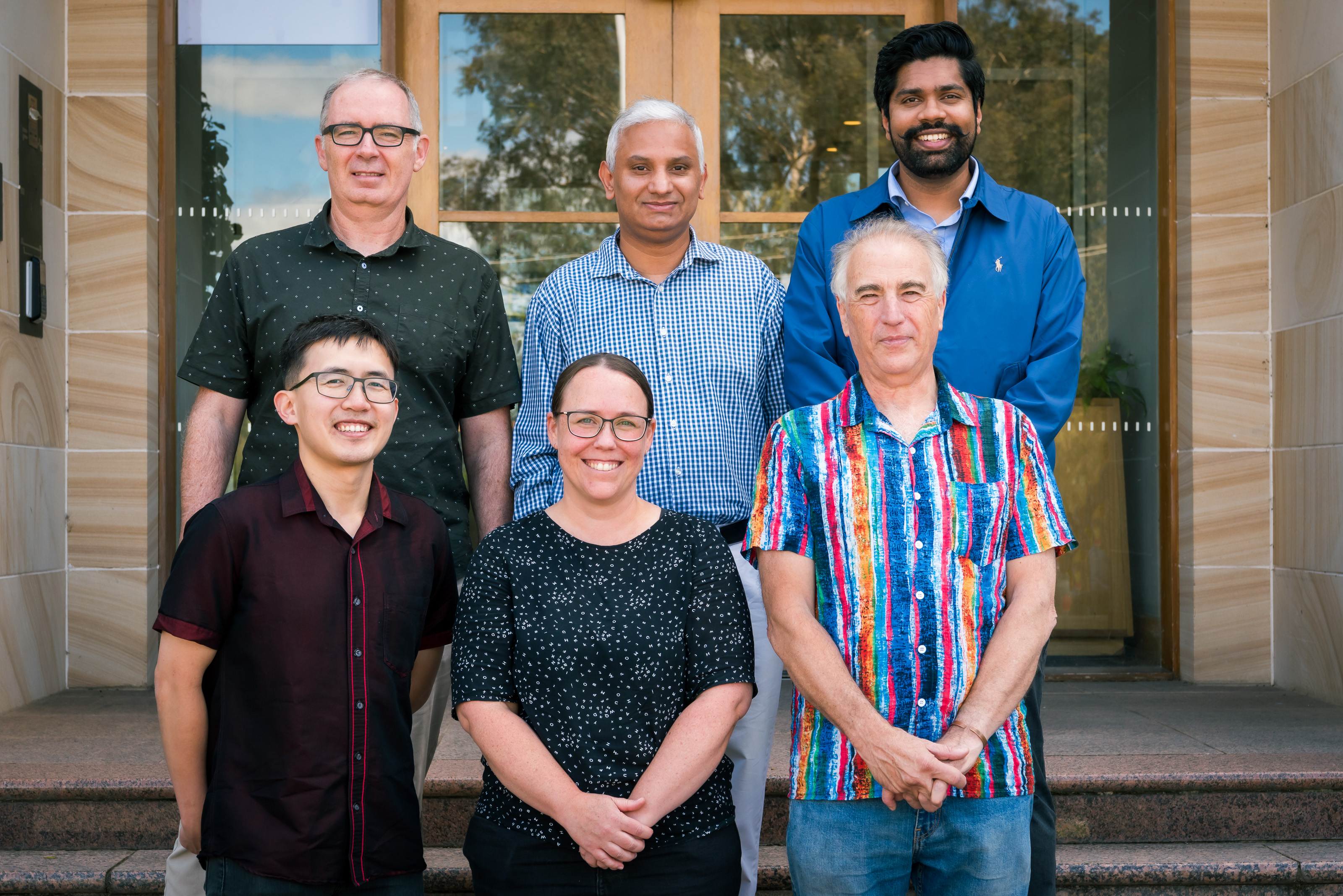
Australia’s Eucalypt Of The Year Voting Opens Today In Your Backyard!
- Dwarf Apple Angophora hispida
- Ghost Gum Corymbia aparrerinja
- Red-flowering Gum Corymbia ficifolia
- Silver Princess Eucalyptus caesia
- Argyle Apple Eucalyptus cinerea
- Yellow Gum Eucalyptus leucoxylon
- Risdon Peppermint Eucalyptus risdonii
- Coral Gum Eucalyptus torquata
- Heart-leaved Mallee Eucalyptus websteriana
- Lemon-flowered Gum Eucalyptus woodwardii
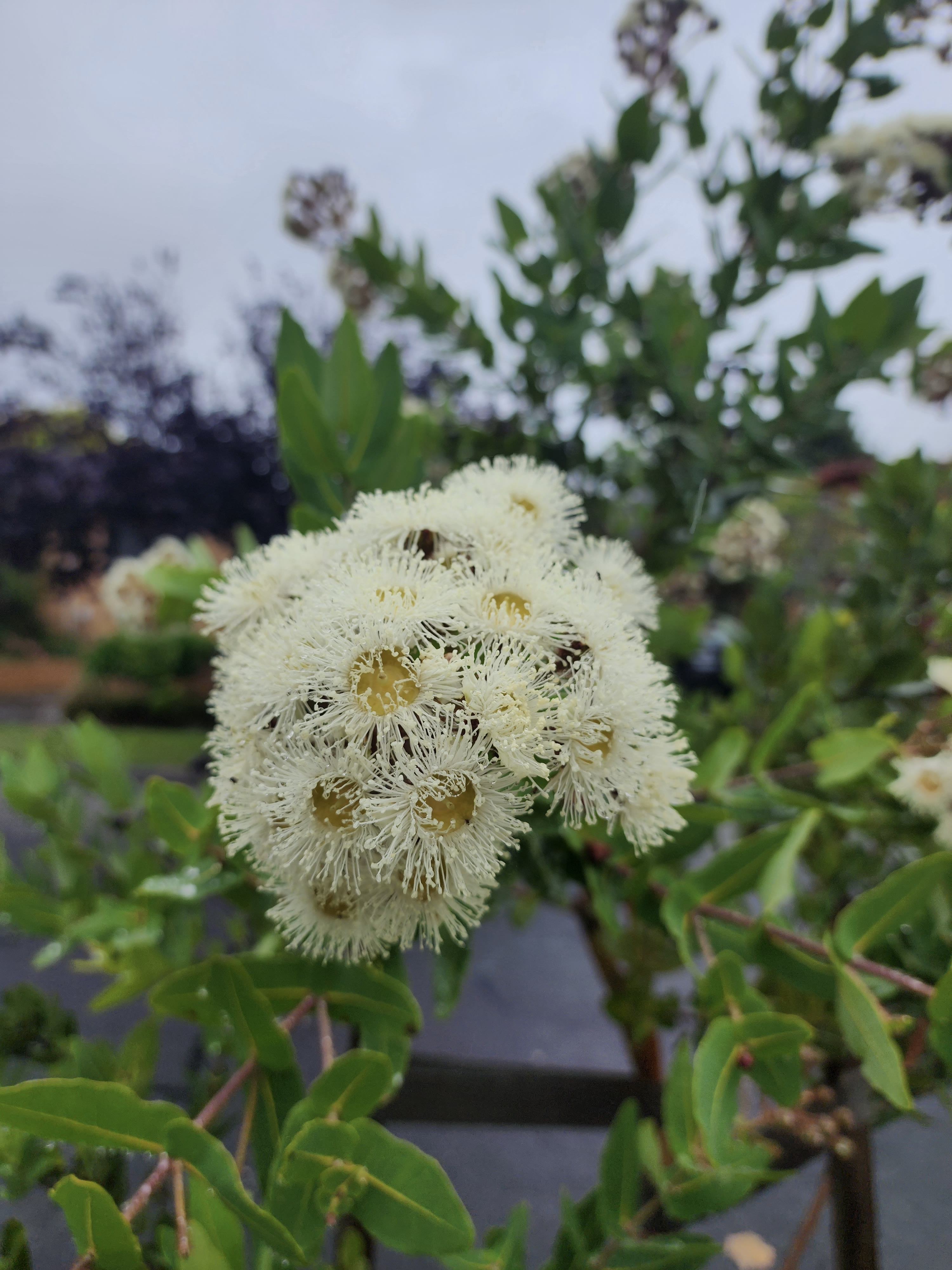
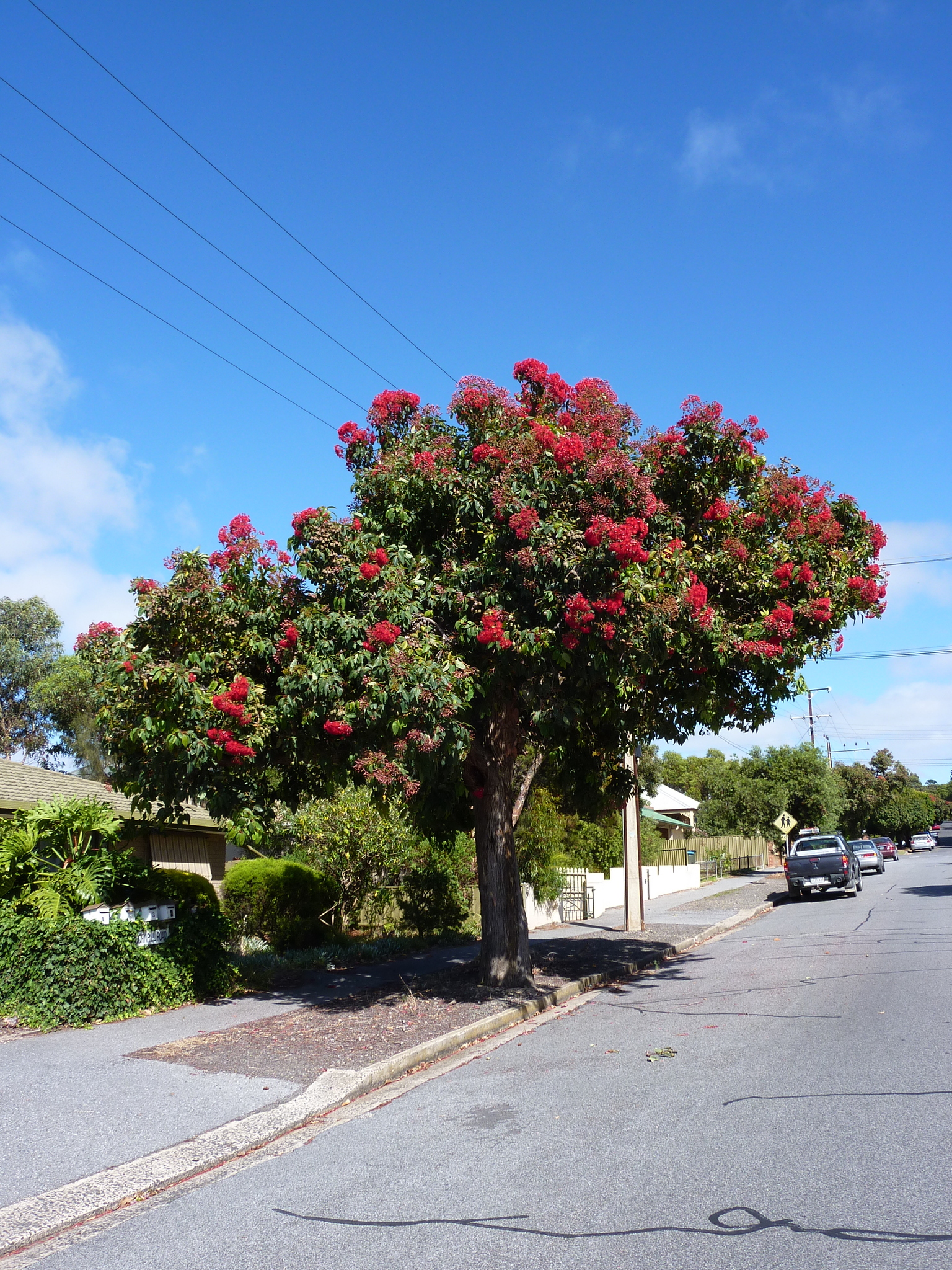
Hard to kill: here’s why eucalypts are survival experts
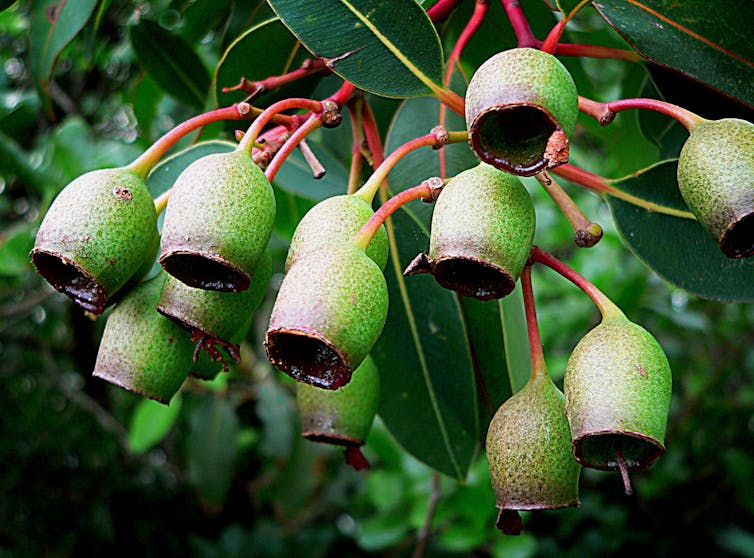
They can recover from fire. Grow back from a bare stump. Shrug aside bark loss that would kill a lesser tree. Endure drought and floods.
Eucalypts are not interested in dying. They’re survivors. The world’s 800-plus species are almost all found in Australia, a continent with old, degraded soils and frequent fires and droughts.
In the fossil record, they first appear about 34 million years ago. As the Australian continent dried out, eucalypts gradually emerged as the dominant trees in all but the most arid and tropical areas.
But what is it about eucalypts that makes them survivors? It’s a combination. Leathery leaves. Fire-resistant bark. Dormant buds under bark, waiting for fire. Mallee roots (lignotubers) at ground level to let them regrow. Roots which put out special chemicals to unlock scarce nutrients. And gumnuts which use fire to germinate and get a head-start on any rivals.
In a difficult place to survive, they thrive. Here’s how they do it.
Leaves
Many gum species have leaves which hang vertically. These adaptations are about water. Water in Australia is often scarce, and it makes sense for trees to hold onto it when they have it. Vertical leaves means less direct sun, which means less evaporation. Their dry, leathery leaves also keep the water inside. It also improves their tolerance to bushfire.
Bark
Stringybark, ironbark, candlebark – the bark of eucalypts is used to identify them. But it’s also one of their great adaptations. The bark is often an excellent insulator against hot, dry summers as well as a protective barrier against fire.
Stringy bark is so fibrous that despite singeing and looking black on the surface, it often doesn’t burn, meaning buds beneath it are protected from damage.
Buds
Underneath the bark of a normal-looking eucalypt lie thousands of dormant buds. These invisible “epicormic” buds are a remarkable adaptation, letting the tree rapidly regrow after bushfires, severe insect and animal grazing, storms, droughts or floods.
You can spot epicormic shoots sprouting up and down the trunks of gum trees after a fire, making them look like “toothbrush trees”.
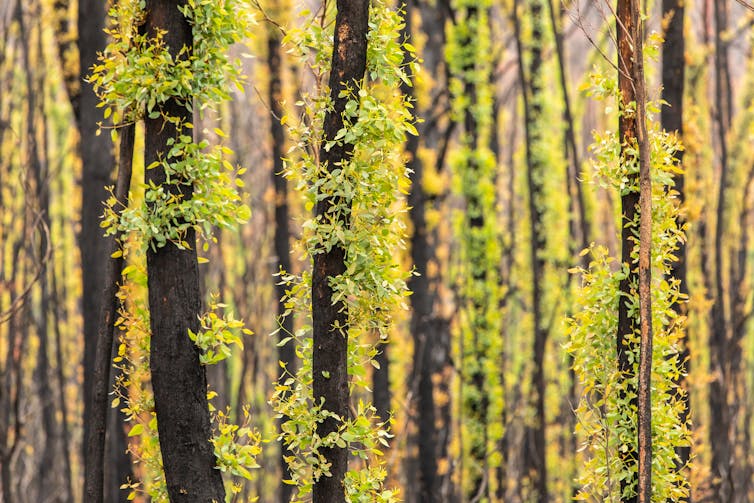
Epicormic shoots can grow 27cm in a single day, or up to 6 metres in a year. When epicormic buds touch soil, they can sometimes develop as roots. This allows fallen trees or even large branches to re-establish and anchor after storms and floods.
You can sometimes see hundreds of woody spines on the trunks of old dead trees. These are a pointy reminder of how many undeveloped epicormic buds lurk under the bark.
Mallee Roots (Lignotubers)
As remarkable as epicormic buds are, they’re not the recovery mechanism of last resort. That job falls to the bulge at the bottom of many eucalypt trunks, which we often call “mallee roots”.
These are lignotubers, remarkable adaptations possessed by most eucalypts.
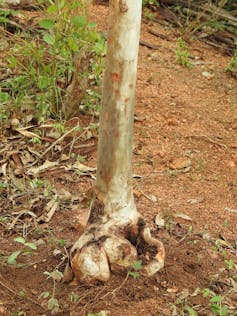
To appreciate the complexity and biological beauty of a lignotuber, imagine the trunk of a eucalypt with all its epicormic buds scrunched into a ball at the base of the trunk. The buds have direct access to a large root system able to supply water, nutrients and carbohydrates.
This is a gum tree’s emergency reboot option. Even when the tree above is falling apart, the lignotuber can rapidly regrow the tree at a rate of 6 metres or more in a year.
Roots
The roots of species such as river red gums drive deep into the soil along water courses, searching for subterranean water supplies as a backup in case the river dries up.
For other species, the solution to limited water is to send roots far and wide, often many times further than the tree’s height. In many species, the lignotuber and roots are buried under an insulating layer of soil. This acts as protection against fire.
That’s not all. Many eucalypt species produce “exudates” from their roots – chemicals which leach into the soil and free any locked-up nutrients in poor soils.
Still other exudates seep out to help feed mycorrhizal fungi in the soil. The gum trees do this as part of a wonderful symbiosis, allowing both tree and fungus to thrive. The gum gives sugar, the fungi give water and nutrients.
This underground exchange greatly improves soil quality and lets other species grow in difficult conditions.
Gumnuts
Gumnuts – woody fruits of eucalypts – are familiar to many of us from May Gibbs’ famous Snugglepot and Cuddlepie stories.
These capsules protect the tiny seeds inside from desiccation and fire. After a fire, eucalyptus fruit may be damaged or dry out. This frees the fine seeds, which sprinkle over the soil like pepper over dinner.
Some eucalypts rely not on lignotubers or epicormic buds but on the seeds contained and protected in those woody gumnuts. The seeds fall to the ground and germinate when conditions are right renewing the forest.
Survivors – But Not Immortal
In the years ahead, we’ll see natural disasters occurring more often and with greater ferocity as the climate changes. And in the aftermath, we will also see the spectacular and rapid responses of eucalypts – one of the world’s great families of survivors.
But we will also see dead forests. Gum trees do perish, despite their abilities to regenerate. Some species such as mountain ash are not coping with pressures such as logging and climate change, while thin-barked snow gums are struggling to cope with new fire regimes. Every living thing has limits. ![]()
Gregory Moore, Senior Research Associate, School of Ecosystem and Forest Sciences, The University of Melbourne
This article is republished from The Conversation under a Creative Commons license. Read the original article.
New ecosystems, unprecedented climates: more Australian species than ever are struggling to survive
Frédérik Saltré, Flinders University and Corey J. A. Bradshaw, Flinders UniversityAustralia is home to about one in 12 of the world’s species of animals, birds, plants and insects – between 600,000 and 700,000 species. More than 80% of Australian plants and mammals and just under 50% of our birds are found nowhere else.
But habitat destruction, climate change, and invasive species are wreaking havoc on Earth’s rich biodiversity, and Australia is no exception.
In 2023, the federal government added another 144 plants, animals and ecological communities to the threatened species list – including iconic species such as the pink cockatoo, spiny crayfish and earless dragons.
More and more species stand on the edge of oblivion. That’s just the ones we know enough about to list formally as threatened. Many more are in trouble, especially in the oceans. Change is the new constant. As the world heats up and ecosystems warp, new combinations of species can emerge without an evolutionary connection, creating novel communities.
It is still possible to stop species from dying out. But it will take an unprecedented effort.
How Species End
The modern extinction crisis is quite recent. Between 1970 and 2018, wildlife populations around the world fell by almost 70%. But the collapse of these populations isn’t equal – Latin America and the Caribbean have lost around 94% of the individuals in wild populations. Africa has lost 65%, Asia-Pacific about 45%, while North America and Europe have lost 45% and Central Asia 33%.
In the 250 years since Europeans arrived, at least 100 unique Australian species have gone extinct. That’s about 6% to 10% of all recorded extinctions worldwide since the year 1500. If we look at mammals alone, we have the worst track record of any country.
Extinction doesn’t happen overnight. An abundant species might be exposed to a new predator such as feral cats. Its population could fall to the point where it is listed as threatened, meaning it has a high chance of becoming extinct in the near future.
If the species can’t adapt and if we do nothing, the species can become critically endangered and decline to a few hundred individuals. If pressure continues, it can go extinct in the wild. And if zoos can’t establish breeding populations or we simply don’t know about it, the entire species can wink out of existence.
Tip Of The Iceberg
Australia’s threatened species list is useful, because it helps us prioritise which species to help. But it does not show the true number of species in danger. There are well known gaps, such as many invertebrates that have gone extinct unnoticed because of their secretive nature and small size.
The list likely misses other lesser-known or hard to research groups such as microorganisms, hard to find marine species, snakes and lizards, and rare plants.
Neither does the list take into account species that depend on each other, such as wasps relying on one species to parasitise and pollinators specialising on a few types of flowers. Yet these complex interactions are essential to healthy functioning of ecosystems.
To list a species as threatened takes work. By the time we have catalogued all species on Earth – estimated to take 100–200 years at current discovery rates – experts estimate most species will have already gone extinct.
Can Species Come Back?
For decades, conservationists have used species recovery programs to try and bring threatened species back from the brink. You need a combination of approaches – there’s no point breeding thousands of endangered woylies if their habitat has been replaced with farmland or plantation.
One measure with good results is to use policy measures to cut forest loss and other habitat destruction. Lost habitat is the main reason more than 85% of our threatened species are on the list in the first place. Invasive species and diseases can worsen damage from habitat loss – or act alone.
Extinction is not inevitable. Between 2000 to 2022, we saw 29 species recover to the point they could be taken off the threatened list.
But the road to recovery is long, complicated, and far from assured for most of our worst-affected species.
Novel Ecosystems And Climate Change
Each species has a climate it prefers and can survive in. But the magnitude of expected future climate change is likely to produce climates without precedent in many regions. We could see the creation of entirely new biological communities and environments, as has happened before.
The best-known novel communities emerged at high latitudes mostly between 17,000 and 12,000 years ago. Here, for instance, spruce and ash trees in North America grew side by side – even though they now live far apart – and pines were less common than today.
Unfortunately, the emergence of novel communities often led to an increase in species extinctions.
But the emergence of new types of ecosystems doesn’t mean all species will suffer. For instance, novel habitats in Melbourne’s suburbs have led to a surge in southern brown bandicoots, who find strips of native and introduced plants along roads, canals and railways to their liking.
New ecosystems can sometimes harbour more species and actually be more resilient due to the variety of species traits, behaviours, and genetic diversity. But this is not guaranteed.
Managing these new ecosystems will be challenging. We will have to come up with creative ways to handle these changes by adopting Indigenous practices or applying novel solutions such as genetic rescue, mass reforestation and assisted migration to reduce extinction rates.
With unprecedented climates, novel ecosystems, invasive species, and disruptions to the food chain, we can expect more and more species to be added to the threatened list. ![]()
Frédérik Saltré, Research Fellow in Ecology for the ARC Centre of Excellence for Australian Biodiversity and Heritage, Flinders University and Corey J. A. Bradshaw, Matthew Flinders Professor of Global Ecology and Models Theme Leader for the ARC Centre of Excellence for Australian Biodiversity and Heritage, Flinders University
This article is republished from The Conversation under a Creative Commons license. Read the original article.
Ross Garnaut and Rod Sims have proposed a $100 billion-a-year fossil fuel tax – and it’s a debate Australia should embrace
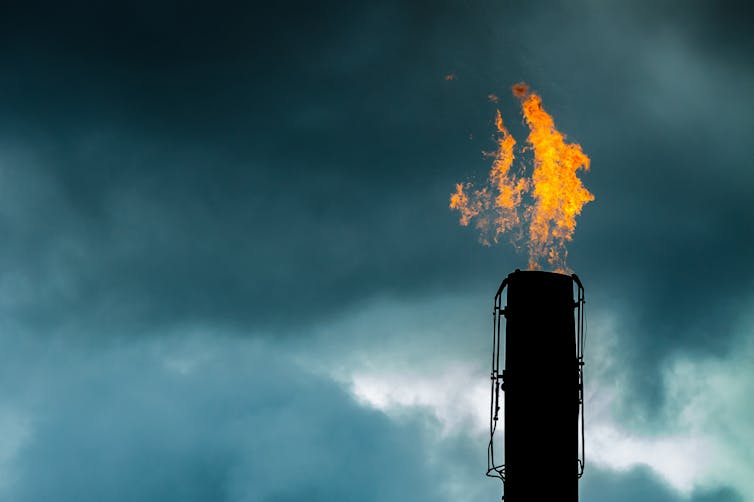
Leading Australian economists Ross Garnaut and Rod Sims this week sought to shake up the carbon policy debate in Australia, by proposing a tax on the nation’s fossil fuel production. They claim it could raise A$100 billion in its first year and position Australia at the forefront of the low-carbon revolution.
The proposal has been rejected by the federal government and the Nationals, as well as business groups and the fossil fuel industry. The Greens have thrown their support behind the idea.
Garnaut and Sims have characterised their proposal as a “levy”. But it’s essentially a tax, applied to one sector of the economy: exporters of fossil fuels such as coal and gas, as well as importers of oil and diesel.
Australia’s recent political history tells us the road to a carbon tax is not smooth. However, as other nations race to restructure their economies in line with a low-carbon future, Australia risks being left behind. Whether to introduce a major, economy-shaping tax on fossil fuels is a conversation Australia must have.
How Would The Plan Work?
The respected economists presented the plan to the National Press Club this week. It involves a “carbon solutions levy” applied to all fossil fuel extraction sites in Australia (around 105 sites), and on all fossil fuel imports to Australia. The tax would presumably be calculated according to the emissions generated when the fuels are burned.
Garnaut and Sims say proceeds in the first year of the levy would be well over A$100 billion. They say the money should be spent on a rapid acceleration of Australia’s renewable energy expansion, as well as subsidising the development of low-carbon manufacturing for products such as steel and aluminium.
The proceeds would also be spent on cost-of-living relief for consumers, such as energy bill relief and scrapping the current excise on petrol and diesel fuel.
Garnaut told the National Press Club the global transition to net-zero represents a huge opportunity Australia must seize:
We can use it to raise productivity and living standards after the decade of stagnation. Other countries do not share our natural endowments of wind and solar energy resources, land to deploy them, as well as land to grow biomass sustainably as an alternative to petroleum and coal for chemical manufacture.
In the zero-carbon economy, Australia is the economically natural location to produce a substantial proportion of the products currently made with large carbon emissions in Northeast Asia and Europe.
And as Garnaut also outlined in his speech, climate change threatens Australia’s economy, which remains heavily dependent on exporting fossil fuels.
Is The Levy A Good Idea?
Carbon dioxide emissions cause global warming, which damages the planet and its people. The purpose of a carbon tax, or levy, is to ensure polluting companies pay for the damage they cause. In theory, the taxes make polluting production processes more expensive than the alternatives, reducing demand for those products.
The world, including Australia, has committed to reaching net-zero emissions by 2050. It’s a big task and we need to act fast. Economists broadly agree carbon taxes are the most efficient, lowest-cost way to reduce greenhouse gas emissions. So the proposal makes good policy sense.
Australia had a carbon price, or tax, from 2012 until 2014. It was introduced by Labor but repealed by the Abbott Coalition government. The policy was working: analysis showed emissions in Australia’s national electricity market would have been 11 million to 17 million tonnes higher without the measure.
Of course, sound policy ideas do not always come to fruition. After more than a decade of the so-called “climate wars” in Australia, the term “carbon tax” remains politically unpalatable.
Unsurprisingly, the plan proposed this week was immediately rejected by Labor and the Nationals. Even less surprising was the strong rebuff from business groups such as the Australian Chamber of Commerce and Industry, and the fossil fuel lobby.
The Rest Of The World Got The Memo
Putting a price on carbon is not groundbreaking policy. Many countries do it – either as direct taxes or emissions trading schemes.
Notably, from 2026 a European Union tariff on carbon-intensive imports will come into effect. Known as the “carbon border adjustment mechanism”, it means importers will have to report on – and pay for – the emissions created when producing goods such as iron and steel.
The policy is designed to level the playing field for EU manufacturers that must pay a penalty for their own pollution. Imports from countries where a carbon price applies would be exempt from the tariff.
In coming years, we can expect other jurisdictions to implement similar policies to guard their domestic industries. Australia must protect its export revenue by expanding its production of low-carbon goods, or else find itself stuck with expensive, emissions-intensive products that no-one wants to buy.
It’s also important to remember Australia is a relatively small economy with little clout in global trade. To remain serious trading partners, we must come to the table with adequate climate policies.
And finally, imposing a carbon levy in Australia would ensure we get to keep the revenue for ourselves. The potential proceeds are enormous, and could be spent raising the living standard for all Australians.
My only real quibble with the plan is the proposal to set the levy at the level of the EU’s five-year average carbon price, currently around $90 a tonne. This puts Australia at the mercy of economic conditions in Europe. We’d be far wiser to determine the price ourselves.
Will Such A Levy Ever Happen?
Garnaut and Sims know their policy is a bold one – and will have its detractors. But as the world comes to terms with the economic reality of climate change, Australia risks being left behind.
As Garnaut told the ABC, everyone is a winner under the plan, except fossil fuel companies which, he conceded, “will hate it”. That may be true. But climate change is wreaking havoc on human communities, on natural systems, and on the global economy. It’s only fair that those responsible pay for the damage.
The political hurdles are high, but not insurmountable. Australia already penalises polluting companies via the safeguard mechanism, which imposes a hard cap on industrial emissions. Ten years ago, such a policy seemed highly unlikely, but we got there.
A carbon levy of the type proposed is an eminently sensible approach to get to net zero. This is a policy debate whose time has come. Let’s bring it on.![]()
Ian A. MacKenzie, Professor of Economics, The University of Queensland
This article is republished from The Conversation under a Creative Commons license. Read the original article.
A single Antarctic heatwave or storm can noticeably raise the sea level
Edward Hanna, University of Lincoln and Ruth Mottram, Danish Meteorological InstituteA heat wave in Greenland and a storm in Antarctica. These kinds of individual weather “events” are increasingly being supercharged by a warming climate. But despite being short-term events they can also have a much longer-term effect on the world’s largest ice sheets, and may even lead to tipping points being crossed in the polar regions.
We have just published research looking at these sudden changes in the ice sheets and how they may impact what we know about sea level rise. One reason this is so important is that the global sea level is predicted to rise by anywhere between 28 cm and 100cm by the year 2100, according to the IPCC. This is a huge range – 70 cm extra sea-level rise would affect many millions more people.
Partly this uncertainty is because we simply don’t know whether we’ll curb our emissions or continue with business as usual. But while possible social and economic changes are at least factored in to the above numbers, the IPCC acknowledges its estimate does not take into account deeply uncertain ice-sheet processes.
Sudden Accelerations
The sea is rising for two main reasons. First, the water itself is very slightly expanding as it warms, with this process responsible for about a third of the total expected sea-level rise.
Second, the world’s largest ice sheets in Antarctica and Greenland are melting or sliding into the sea. As the ice sheets and glaciers respond relatively slowly, the sea will also continue to rise for centuries.
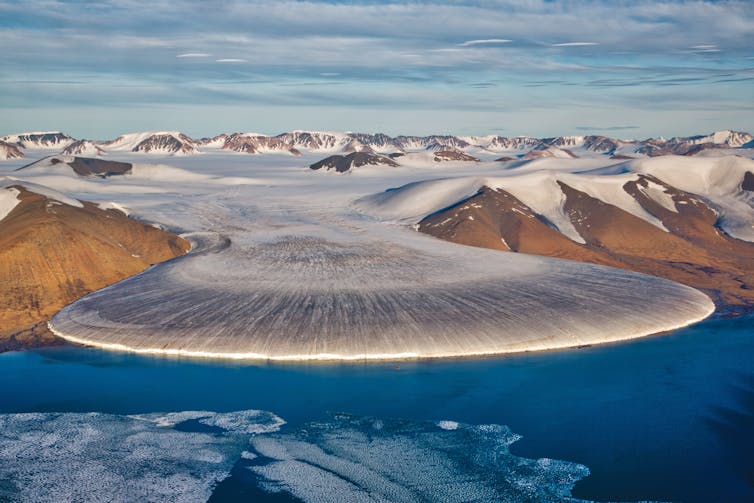
Scientists have long known that there is a potential for sudden accelerations in the rate at which ice is lost from Greenland and Antarctica which could cause considerably more sea-level rise: perhaps a metre or more in a century. Once started, this would be impossible to stop.
Although there is a lot of uncertainty over how likely this is, there is some evidence that it happened about 130,000 years ago, the last time global temperatures were anything close to the present day. We cannot discount the risk.
To improve predictions of rises in sea level we therefore need a clearer understanding of the Antarctic and Greenland ice sheets. In particular, we need to review if there are weather or climate changes that we can already identify that might lead to abrupt increases in the speed of mass loss.
Weather Can Have Long-Term Effects
Our new study, involving an international team of 29 ice-sheet experts and published in the journal Nature Reviews Earth & Environment, reviews evidence gained from observational data, geological records, and computer model simulations.
We found several examples from the past few decades where weather “events” – a single storm, a heatwave – have led to important long-term changes.
The ice sheets are built from millennia of snowfall that gradually compresses and starts to flow towards the ocean. The ice sheets, like any glacier, respond to changes in the atmosphere and the ocean when the ice is in contact with sea water.
These changes could take place over a matter of hours or days or they may be long-term changes from months to years or thousands of years. And processes may interact with each other on different timescales, so that a glacier may gradually thin and weaken but remain stable until an abrupt short-term event pushes it over the edge and it rapidly collapses.
Because of these different timescales, we need to coordinate collecting and using more diverse types of data and knowledge.
Historically, we thought of ice sheets as slow-moving and delayed in their response to climate change. In contrast, our research found that these huge glacial ice masses respond in far quicker and more unexpected ways as the climate warms, similarly to the frequency and intensity of hurricanes and heatwaves responding to changes with the climate.
Ground and satellite observations show that sudden heatwaves and large storms can have long-lasting effects on ice sheets. For example a heatwave in July 2023 meant at one point 67% of the Greenland ice sheet surface was melting, compared with around 20% for average July conditions. In 2022 unusually warm rain fell on the Conger ice shelf in Antarctica, causing it to disappear almost overnight.
These weather-driven events have long “tails”. Ice sheets don’t follow a simple uniform response to climate warming when they melt or slide into the sea. Instead their changes are punctuated by short-term extremes.
For example, brief periods of melting in Greenland can melt far more ice and snow than is replaced the following winter. Or the catastrophic break-up of ice shelves along the Antarctic coast can rapidly unplug much larger amounts of ice from further inland.
Failing to adequately account for this short-term variability might mean we underestimate how much ice will be lost in future.
What Happens Next
Scientists must prioritise research on ice-sheet variability. This means better ice-sheet and ocean monitoring systems that can capture the effects of short but extreme weather events.
This will come from new satellites as well as field data. We’ll also need better computer models of how ice sheets will respond to climate change. Fortunately there are already some promising global collaborative initiatives.
We don’t know exactly how much the global sea level is going to rise some decades in advance, but understanding more about the ice sheets will help to refine our predictions.![]()
Edward Hanna, Professor of Climate Science and Meteorology, University of Lincoln and Ruth Mottram, Climate Scientist, National Centre for Climate Research, Danish Meteorological Institute
This article is republished from The Conversation under a Creative Commons license. Read the original article.
As the world heats up, solar panels will degrade faster – especially in hot, humid areas. What can we do?
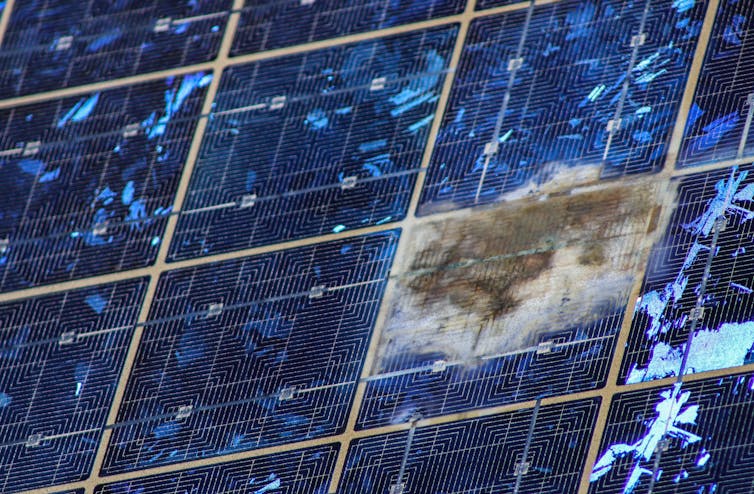
To reach the goal of 82% renewable energy in Australia’s grid by 2030, we’ll need to build a lot more solar.
But even as we accelerate the rate at which we install solar on our rooftops and in grid-scale farms, the world keeps getting hotter and extreme weather arrives more often.
Solar panels have to be outside, exposed to all weather. They’re built to endure heat, snow, rain and wind. But they have limits. Climate change will mean many panels can degrade faster.
Our new research examines which areas of Australia will have the worst conditions for solar degradation out to 2059 – and what it will do to the cost of energy. We found solar in Australia’s hot, humid north will degrade fastest, while solar in the arid interior and more moderate climates down south will fare better.
What Makes Solar Panels Degrade?
When you’re looking to install solar on your rooftop, the warranty will likely be a factor in your eventual choice. Most solar manufacturers offer a 25-30 year warranty, where they guarantee power output will drop by less than 20% over that time.
The reason the power output drops at all is that solar panels slowly degrade over time. But different climates, different materials and different manufacturing techniques can lead to faster or slower degradation.
At present, the dominant solar technology is silicon. Silicon modules degrade due to stress from the environment, voltage changes and mechanical stresses, as silicon wafers are quite stiff and brittle. Environmentally, humidity, ultraviolet radiation and temperature are the main causes of damage.
Hotter, more humid conditions can accelerate degradation in several ways. The map below combines four types of degradation we predict will worsen under climate change. These are:
delamination: heat and humidity can cause the bonds holding the different layers of the cell together to lose adhesion
discoloured encapsulant: intense sunlight and extra moisture can damage or discolour the encapsulant, the polymer used to adhere layers within the solar cell together
ribbon corrosion: if it’s more humid more often, it increases the chances moisture can accumulate and begin corroding the internal ribbon connections of the cell
internal circuit failure: solar cells experience regular temperature fluctuations, daily and seasonally. These temperature changes can over time cause circuits to fail. A hotter world will add extra stress to internal circuits, leading to a higher chance of failure.
What Will Climate Change Do?
Our results predict degradation rates will increase across Australia out to 2059 under both high and low emissions scenarios laid out by the Intergovermental Panel on Climate Change.
Under a high emissions scenario, solar would degrade twice as fast as it would under a lower emission scenario due to the extra heat. Solar farms would be able to produce less power and might have to replace panels due to failure more often. On average, this would mean losing about 8.5% of output due solely to extra degradation by 2059. Under a high emissions scenario, this would mean energy could cost 10-12% more.
But the effects wouldn’t be felt equally. Our results show solar built across the hot and humid north of Australia will degrade at especially high rates in the future compared to the arid centre, where conditions are hot but dry.
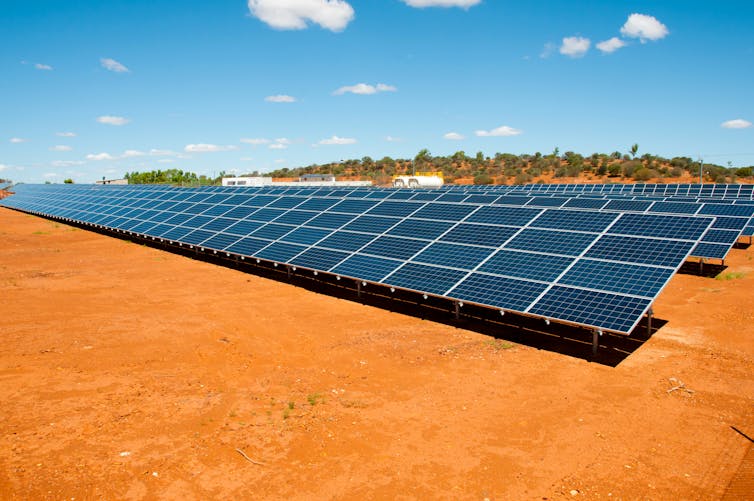
What Should We Do?
Heat is the main way solar panels degrade and break in Australia. As the world heats up, it will go from annoyance to very real problem.
At present, very few solar developers are taking climate change into account when they buy their panels. They should, especially those operating in humid areas. They can be more careful while selecting a new solar farm location to ensure their modules have lower chances of failure due to degradation.
To fix the problem, we’ll need to incorporate new ways of cooling panels and improve the materials used. We also need to improve manufacturing processes and materials so we can stop moisture from accumulating inside the panels.
These issues can be fixed. The first step is to understand there is a problem. ![]()
Shukla Poddar, Postdoctoral Research Fellow, School of Photovoltaics and Renewable Energy Engineering, UNSW Sydney
This article is republished from The Conversation under a Creative Commons license. Read the original article.
Climate change is forcing Australians to weigh up relocating. How do they make that difficult decision?
Justine Dandy, Edith Cowan University and Zoe Leviston, Australian National UniversityBig environmental changes mean ever more Australians will confront the tough choice of whether to move home or risk staying put.
Communities in the tropical north are losing residents as these regions become hotter and more humid. Repeated floods have communities along the east coast questioning their future. Others face rising bushfire risks that force them to weigh up the difficult decision to move home.
However, the decision-making process and relocation opportunities are not the same for everyone. Factors such as socio-economic disadvantage and how we are attached to a place influence decisions to move or stay, where people go and how they experience their new location.
Our research, working with other researchers at Edith Cowan University’s Centre for People, Place & Planet and Curtin University, seeks to document when and why people stay or go, and what this means for places and communities. In particular, our research suggests who is more likely to go may leave those who remain even more vulnerable.
We’ve Been Slow To Adapt To Increasing Impacts
Climate change is global in scale and has compounding effects. It is increasing the frequency and intensity of disasters and extreme weather events such as heatwaves, fires, storms and floods. It is also accelerating environmental changes such as soil erosion, salinisation of waterways, loss of biodiversity, and land and water degradation.
Both sudden disruptions and gradual pervasive decline have impacts on the places where we live, work and play. So far, there has been little effective government action to improve climate change adaptation in Australia.
As we have seen in recent times in Lismore, New South Wales, and northern Victoria, for example, living in some flood-prone locations will become unaffordable due to insurance costs or simply uninsurable.
In other locations, different reasons will force residents to leave. It might be because environmental change threatens their livelihoods, or they can’t tolerate new conditions such as more long heatwaves or less reliable freshwater supplies. Others might not be able to endure the threat of another disaster.
In sum, living in the place they called home will not be sustainable.
What Factors Affect The Decision To Stay Or Go?
Not everyone can relocate to cooler or safer places. Systemic inequalities mean some people are more at risk from environmental change and have less capacity to respond than others. These vulnerable people include children (both before and after birth), women, older people, people on low incomes and/or with disability, Aboriginal and Torres Strait Islander peoples and other cultural and/or linguistic minorities.
In addition, housing is more affordable in areas that are hotter or flood-prone. This makes it more likely to be owned or rented by people with fewer financial resources, compounding their disadvantage.
For First Nations peoples and communities, connections to and responsibilities for places (Country) are intimately intertwined with identity. For them, the impacts of climate change, colonisation and resettlement interact, further complicating the question of relocation.
Place attachment – the emotional bond between people and their environment – might suppress the urge to move. But environmental change might fundamentally alter the characteristics that make a place unique. What we once loved and enjoyed has then disappeared.
This sort of change impacts human health and results in feelings of loss and grief. It can prompt people to decide to leave.
So Who Stays And Who Leaves?
In our research, we found that when residents imagined the loss of what they valued about Perth’s environment this significantly increased their intentions to move away and significantly decreased place attachment. They nominated bushland, beaches, fauna and flora, and the climate/weather as characteristics they valued and feared changing or losing as climate change progressed. One study participant wrote:
It would be hotter and much more unpleasant in summer. I would miss the trees, plants and birds. I would hate living in a concrete jungle without the green spaces we have here. I would miss being able to cycle or walk to the local lakes to connect to nature and feel peaceful.
But social factors matter too. We found people who valued characteristics of Perth such as social relationships and lifestyle were more likely to stay as they tended to have less reduction in their place attachment.
We also found place attachment was associated with people acting to protect that place, such as protesting environmentally destructive policies. Yet people who were more likely to take such actions were also more likely to leave.
This could make the remaining community more vulnerable to further unwanted change. That’s because those who can afford to relocate are usually the ones with the resources – psychological, social, political and financial – to take action to protect their homes, neighbourhoods and cities.
Proper Planning For Adaptation Is Long Overdue
Climate change impacts everyone. It causes significant economic and non-economic losses for both individuals and communities.
Many locations are becoming unliveable. A changing climate and inappropriately built or located housing interact to create conditions where some people can or should no longer stay.
Some will be prompted or forced to move, but not everyone has that capacity. Furthermore, relocation pressures have environmental, infrastructure and social consequences for the places to which they move.
The housing crisis in Australia adds to resource constraints and their impacts for individuals and communities. Relocating can also disrupt psychological, emotional, social and cultural connections that are crucial for people’s wellbeing.
We need co-ordinated, well-governed, long-term planning for people to move in the face of environmental change to ensure equitable and positive transitions for individuals and communities.
The authors wish to acknowledge the following contributors to this research: Professor Pierre Horwitz and Dr Naomi Godden (Centre for People, Place & Planet, ECU), Dr Deirdre Drake (School of Arts and Humanities, ECU) and Dr Francesca Perugia (School of Design and the Built Environment, Curtin University).![]()
Justine Dandy, Associate Professor, Centre for People, Place & Planet, and School of Arts and Humanities, Edith Cowan University and Zoe Leviston, Research Fellow, College of Health and Medicine, Australian National University
This article is republished from The Conversation under a Creative Commons license. Read the original article.
Australians are washing microplastics down the drain and it’s ending up on our farms

Australian wastewater treatment plants produce thousands of tonnes of treated sewage sludge every year. This nutrient-rich material is then dried to make “biosolids”, which are used to fertilise agricultural soil.
Unfortunately every kilogram of biosolids also contains thousands of tiny pieces of plastic. These pieces are so small they can only be seen under a microscope, so they’re called microplastics.
In our new research, we sampled biosolids from three states and calculated the average contribution of microplastics per person: 3g in New South Wales and 4.5g in Queensland. But the average in South Australia was 11.5g – that’s about the same amount of plastic as a plastic bag.
Roughly 80% of this microplastic comes from washing clothes. We need to protect agricultural soil from contamination by making simple changes at home, mandating filters on washing machines and introducing more effective wastewater treatment.
Biosolids As Fertiliser
Most domestic wastewater comes from household kitchens, bathrooms and laundries.
Wastewater treatment separates most of the water and leaves sewage sludge behind. This mixture of water and organic material can then be sent to landfill for disposal or dried to form a material called “biosolids”.
In Australia, two-thirds of the 340,000 tonnes produced annually are used on farms to improve soil quality and stimulate plant growth. This not only boosts agricultural productivity but also allows for more sustainable disposal of treated sewage sludge. The waste becomes a resource, a useful and economically viable fertiliser, rather than ending up in landfill.
Microplastics In Australian Biosolids
Wastewater treatment plants can capture anywhere from 60% to more than 90% of the microplastics in sewage before the wastewater is discharged. But plastic is durable and does not degrade during treatment. So the microplastic particles removed from the wastewater are simply transferred to the sludge.
We assessed the abundance, characteristics and size ranges of microplastics in biosolids collected from 13 wastewater treatment plants across three states.
We found every kilogram of biosolid contains between 11,000 and 150,000 microplastic particles.
Most of the microplastics found were invisible to the naked eye, ranging from 20 to 200 micrometres in size.
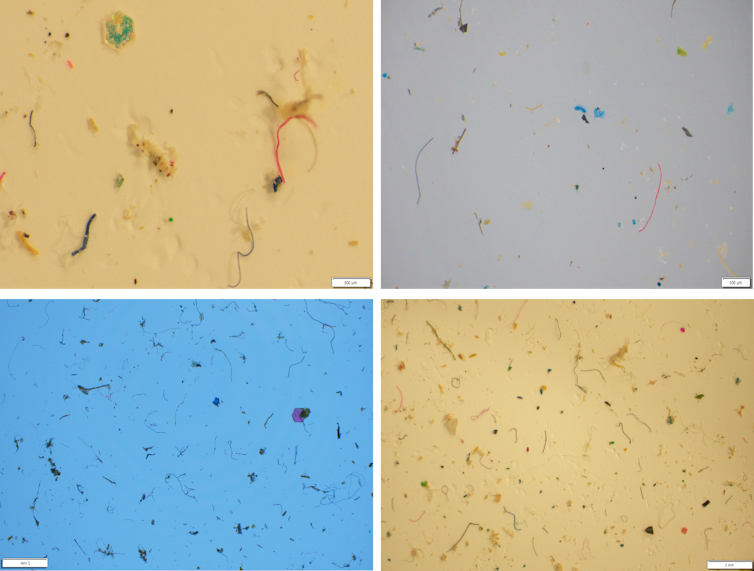
The most common type of microplastic was microfibres from fabric. We found more microplastic fibres during cold seasons. We suspect this corresponds to people washing more synthetic fleece clothing and blankets.
Microbeads are tiny balls of microplastic sometimes added to personal care products and detergents. We did not find any microbeads in samples from South Australia and New South Wales. These states were among the first to support a voluntary industry phase-out of plastic microbeads.
In contrast, we found a small amount of microbeads in samples from Queensland, which only banned microbeads in September last year. That was more than a year after samples were collected for this study.
We estimate Australians release between 0.7g and 21g of microplastics per person into wastewater every year. This wide range is based on our results, which varied from state to state: 0.7g to 5.9g in NSW, 1g to 7.2g in Queensland and 1.9g to 21g in SA. We don’t know why it varies so much between states.
This contributes to the amount of microplastics in biosolids. Our biosolid samples contained anywhere from 1kg to 17kg of microplastics per tonne. Remember this is being transported into our farmlands.
What’s The Problem?
Microplastics are steadily accumulating in agricultural soils, where they will remain for hundreds of years. While natural weathering processes such as sunshine and rain will slowly break down microplastics into smaller and smaller particles, that only makes matters worse. Smaller particles cause more harmful effects to soil organisms.
Eating small pieces of plastic can cause internal abrasions and blockages in the digestive tract. In very small aquatic animals such as zooplankton, microplastics can reduce absorption of nutrients from food, decrease reproduction rates, and cause death.
These tiny particles also contain a cocktail of toxic chemicals, either added during manufacturing to improve the product or soaked up from the environment. This makes them even more dangerous.
Smaller microplastics (less than 100 micrometres in size) are even more harmful for soil organisms.
Microplastics in soil can be ingested by soil organisms such as earthworms and cause harmful effects on these vital organisms. Microplastic exposure has also been shown to adversely affect soil health and plant growth.
Australian regulations govern the amounts of heavy metals, nutrients, pathogens and some emerging contaminants allowed in biosolids, but there is no guideline for microplastics concentrations. We think that has to change.
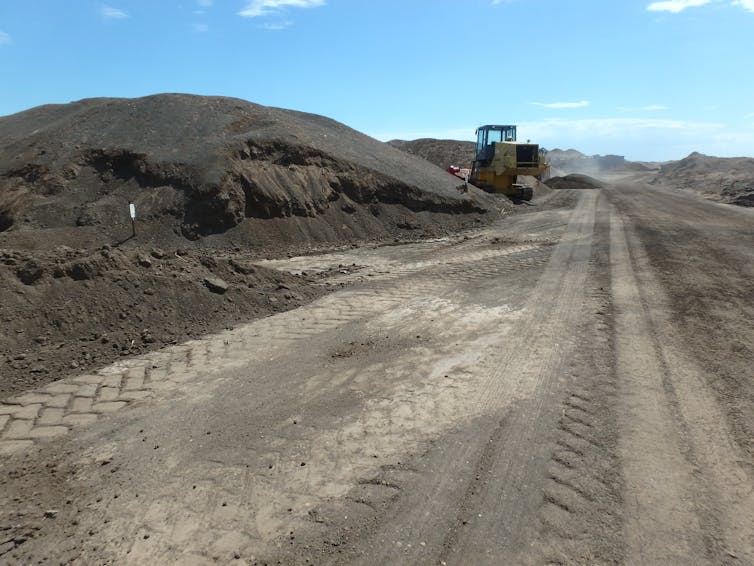
Here’s What We Can Do
Our research shows biosolids are a significant source of microplastics in agricultural systems. More research is needed to better understand the risks.
We need to put effective control measures in place to minimise the accumulation of microplastic in productive agricultural soils.
The most effective way to do this is to reduce the level of microplastics in biosolids at the source.
We know most microplastics in biosolids come from washing clothes. While it may not be possible to eliminate the use of synthetic fabrics, there are some measures we can all take to reduce the amount of microplastic washing off our clothes into the wastewater stream. Properly installed filters in washing machines have been shown to significantly reduce microplastic levels in wastewater.
Australia’s National Plastics Plan recommends the Australian government work with industry to “phase-in” microfibre filters on all washing machines by 2030. But why wait until 2030?
Several jurisdictions, including France, Ontario and California, have already made microfibre filters on washing machines mandatory. It’s time Australia did the same.
In the meantime, there are simple things everyone can do at home. Wash clothes in cold water, avoid running the machine for light loads if you can wait to do a full load, and wash synthetic fabrics less frequently. These steps will also save energy and money.
It’s far better to stop microplastics entering the wastewater stream than trying to remove them at the wastewater treatment plant. Prevention is always better than a cure. ![]()
Shima Ziajahromi, Advance Queensland Research Fellow, Griffith University and Frederic Leusch, Professor of Environmental Science, Griffith University
This article is republished from The Conversation under a Creative Commons license. Read the original article.
Ridding Macquarie Island of pests pays off as seabirds come back from the brink – but recovery has just begun
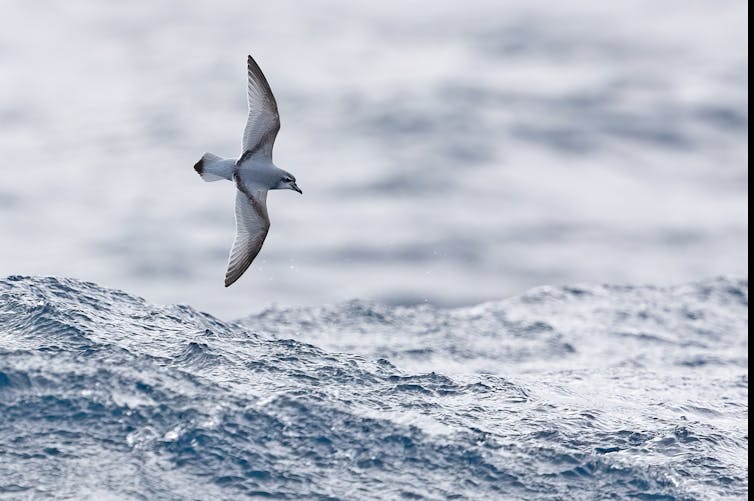
One of the largest publicly funded conservation investments in history is starting to pay off on Macquarie Island, our newly published study shows.
Sealers and whalers introduced cats, rats, rabbits and other animals to the island in the 19th century. Their impacts devastated the millions of seabirds breeding on the island. Numbers fell to a fraction of their former populations.
From 2011-14, the last non-native pests were cleared from the island. It was the end of a deadly chapter in the island’s history during which two bird species, a rail and a parakeet, were lost from the planet forever.
We looked for signs of recovery in populations of petrels, a group of highly specialised seabirds. We found that species listed as threatened have recovered to the point where they can be delisted. There’s still a long way to go, though, before their populations return to historical levels.
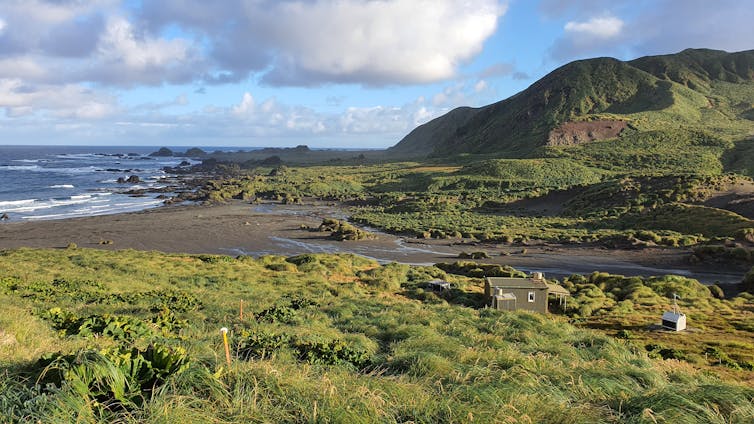
A Highly Threatened Group Of Birds
Petrels can live for decades and spend most of their lives over the open oceans far from land. Some circumnavigate the Pacific each year.
Petrels return to land only to breed on remote islands that are naturally free of mammalian predators.
Under natural circumstances petrels can be enormously abundant. This means they play important roles in marine food webs. And, by transferring marine nutrients to breeding islands, they enrich whole island ecosystems.
Petrels usually come ashore only at night and nest in underground burrows to ward off predatory birds. However, these behaviours have been no defence against the cats and rats introduced to most of the world’s islands. As a result, petrels are among the world’s most threatened bird groups.
These habits make petrels extremely difficult to study, so good information is lacking. We used novel technologies and new analytical approaches to calculate the population and distribution of four species across Macquarie Island and to compare these with surveys from the 1970s.

What Did The Study Find?
Antarctic prions (Pachyptila desolata) remain the most widespread and common of the four species. They survived on the barren, elevated interior of the island in areas relatively inhospitable to predators. There are about 160,000 breeding pairs today, increasing by around 1% each year.
In the 1970s, cats ate an estimated 11,000 white-headed petrels (Pterodroma lessonii) each year. Only 15% of nests were successfully fledging chicks. Today there are about 12,800 pairs with a breeding success rate of about 80%.
White-headed petrels’ range remains smaller than it was, and they were likely close to extinction before cats were eradicated in 2001. Listed as vulnerable in Tasmania, the population is growing by 1% a year and now warrants delisting.
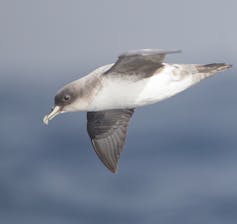
Two species, grey petrel (Procellaria cinerea) and blue petrel (Halobaena caerulea), became extinct on the main island in the 1900s. Grey petrels disappeared altogether, while 500–600 pairs of blue petrels survived on a few coastal rock stacks. Both have now recolonised the main island.
Grey petrels still number only in the low hundreds and blue petrels in the thousands, but are increasing at more than 10% each year. Our data suggest blue petrels no longer qualify as a federally listed vulnerable species. Grey petrels will no longer qualify for listing as endangered in Tasmania if they increase at the same rate until 2026.
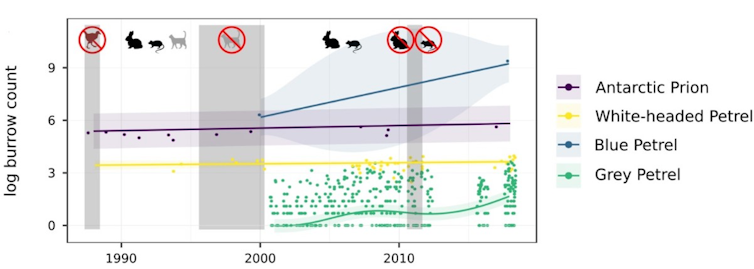
Recovery Has Only Just Begun
It is testament to the hard work of all those involved in eradicating invasive species that these bird species are showing signs of recovery. Yet we found ourselves pondering what “recovery” really means.
We don’t know what Macquarie Island was like before humans first visited in 1810. To try to understand this, we identified suitable areas for recovering petrel populations by comparing with analogous islands with different invasive species histories.
The species we studied still occupy only a tiny fraction of the island. They were almost certainly many times more abundant historically. It will take decades for populations to fulfil their ecological roles again – if threats like climate change and avian influenza don’t halt their recovery.
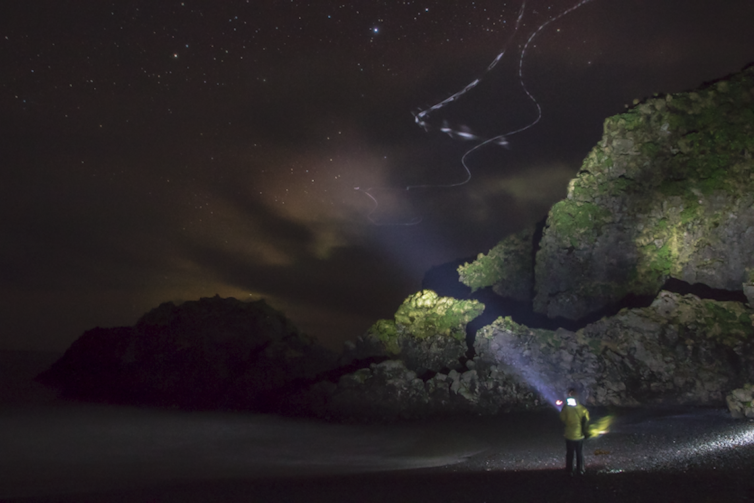
A Vision Of An Island Of Abundance Reborn
This is our vision of Macquarie Island if these amazing birds make a full recovery.
Days before visitors first sight land, thousands of seabirds swirl around the ship at sea. The white undersides of blue petrels and prions outnumber the spindrift cresting each wave. Rather than ones or twos, there’s a constant stream of white-headed and soft-plumaged petrels.
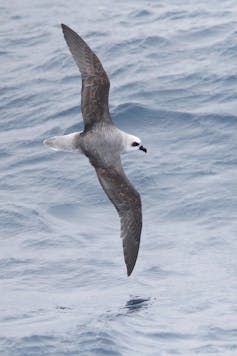
On the island, all must tread carefully, sticking to managed paths to avoid collapsing burrows in the super-colonies that cover seaward-facing slopes. These areas, once denuded by rabbit grazing, have revegetated. A labyrinth of tunnels through the undergrowth blurs the lines between the surface and underground world.
In places the smell of ammonia is powerful. Even more pervasive is the warm, musty smell associated with petrel plumage.
By day, predatory skuas patrol the colonies, going from burrow entrance to entrance, as the occupants sit silently within. As the sun sinks, a scan from land with binoculars finds the petrels approaching en masse, loitering over coastal waters as they wait for the cover of darkness.
At dusk, black silhouettes swarm like flies up and down the coastal hills. Where once the night was silent save for the wind, the slopes are bubbling with the purr and chatter of blue petrels, the “kwick, kwick, kwick” calls of white-headed petrels and the mournful cries of soft-plumaged petrels. Once a forlorn few, the calls have become an excited cacophony.![]()
Jeremy Bird, Research Associate, Ecology and Biodiversity, University of Tasmania; Justine Shaw, Senior Research Fellow in Antarctic and island conservation science, Queensland University of Technology, and Richard Fuller, Professor in Biodiversity and Conservation, The University of Queensland
This article is republished from The Conversation under a Creative Commons license. Read the original article.
Sentinels of the sea: ancient boulder corals are key to reef survival in a warmer world
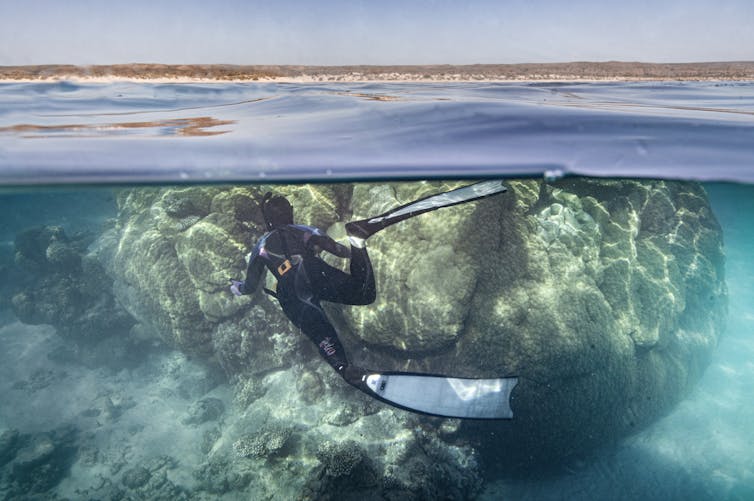
Seas surrounding Australia this month hit an alarming level of warming. It comes on the back of serious marine heatwaves in the Northern Hemisphere summer.
Such warming is highly dangerous for corals. Every half a degree of ocean warming increases their risk of bleaching and potential death.
The best long-term strategy to protecting Earth’s coral reefs is to dramatically cut greenhouse gas emissions and so limit global warming. But in the meantime, we must urgently make corals more resilient and protect those that are vulnerable.
That is particularly true for the huge, ancient features of reefs known as boulder corals. Research suggests they will be a vital part of reef survival in a warmer world.
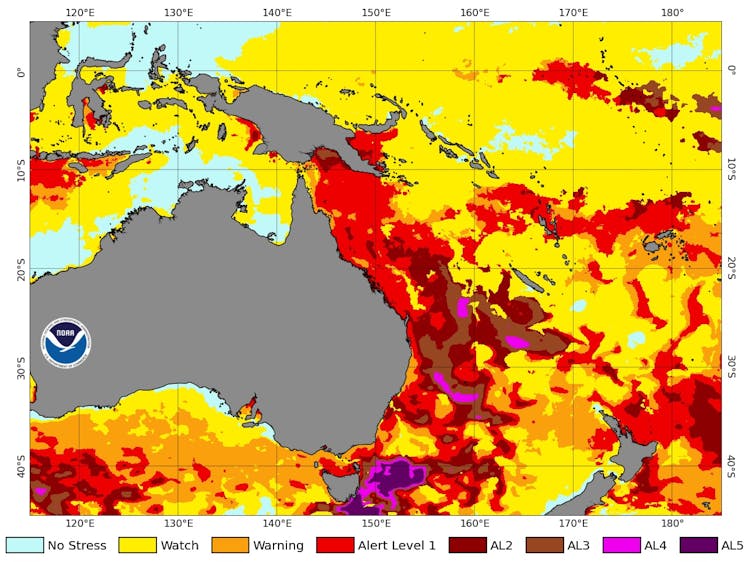
The Old-Growth Trees Of The Sea
Boulder corals (Porites) can grow to more than 10m high and live for more than 600 years. In Australia they are often referred to as “bommies”. Each bommie can comprise multiple species, but they’re often a single massive individual.
The corals play a crucial role in reefs, including providing habitat for marine life. Importantly, they can maintain these functions even when other coral species are absent.
Some species are thought to be resistant to stress. Old corals have likely experienced – and survived – past warming episodes, proving their resilience.
For example, a paper in 2021 described a giant boulder coral discovered on the Great Barrier Reef which was thought to be more than 400 years old. It has survived 80 major cyclones, numerous coral bleaching events and centuries of exposure to other threats.
This resilience can benefit the whole reef ecosystem. We can think of boulder corals as akin to old-growth trees in a forest. Just like forests containing big, old trees are more resistent to fire, studies show a mix of different growth forms, including old and large boulder corals, fare better in the long-term under marine warming.
Older and bigger corals may also produce more offspring, so can more rapidly replenish the reef after disturbances.
Clearly, as our oceans face unprecedented pressures under climate change, we must protect – and learn from – these sentinels of the sea.
Preparing For The Challenges Ahead
Understanding boulder corals is crucial to predicting how they might cope under climate change, and planning for their protection.
But scientists still have much to learn about boulder corals. In particular, we don’t know exactly how many species exist, their life histories and how they evolved.
My colleagues and I are aiming to overcome this knowledge gap. We are studying reefs across Australia, with a particular focus on boulder corals at Ningaloo Reef off Western Australia.
We are creating maps of what species of boulder corals exist and where they are located. And using cutting-edge genomics technology, such as DNA sequencing, we are measuring the tolerance of each species to warming and trying to predict when they will reproduce.
Importantly, we are also examining the mutually beneficial relationship between the corals and algae. This relationship provides algae with shelter, gives corals their colour and provides nutrients to both partners. It may also be a main factor in coral resistance to warmer temperatures.
So far, we have found more diversity than initially expected. This is exciting because it may signal an increased capacity to resist different types of stress. But the work to fully map Ningaloo’s coral diversity has only just begun.
We hope our findings, once finalised, can inform local community management actions such as:
- public education campaigns and signs
- managing visitor numbers to reefs
- installing public moorings to reduce harm from boat anchoring, especially during coral spawning.
The information can also be used in broader management actions such as:
- establishing “baseline” conditions from which to measure change
- zoning decisions, including the establishment or ramping up of of marine park protections, especially for resilient coral species and individuals
- impact assessments following events such as heatwaves
- direct conservation actions for iconic, at-risk bommies, such as providing shade to diminish stress from heat
- the development of national reef management plans.
Something Worth Fighting For
The stress to coral wrought by recent marine heatwaves compounds damage incurred over decades. The Great Barrier Reef, for example, has experienced five major heatwaves in 30 years.
Broadly, making reefs more resilient to these pressures involves:
- resisting, recovering, managing and adapting to shocks across ecosystems
- improving governance structures
- preparing human communities for change.
Awareness of the need to increase reef resilience is growing. For example, it formed the basis of a 2017 blueprint for the Great Barrier Reef and a strategy for the Ningaloo Coast released last year. But more work is required.
There’s also a need for coordination across Australia’s reef areas. This might include the exchange of knowledge and data between researchers and combined lobbying efforts to better protect reef ecosystems.
What’s more, Traditional Owners must be offered the opportunity to be consulted about, and meaningfully engaged in, protection of reef areas, including co-management of Sea Country.
The Australian Coral Reef Society, of which I am a councillor, last week released an open letter to the federal government, calling for action on climate change to protect reefs. The task has never been more urgent.
There is still a lot of reef worth fighting for – but only if we act now.
The author would like to acknowledge the contribution of Ningaloo marine park managers – in particular, Dr Peter Barnes – to the research she and her colleagues are undertaking.![]()
Kate Marie Quigley, DECRA Research Fellow (James Cook University), Principal Research Scientist (Minderoo Foundation), James Cook University
This article is republished from The Conversation under a Creative Commons license. Read the original article.
Australian passenger vehicle emission rates are 50% higher than the rest of the world – and it’s getting worse
Robin Smit, University of Technology SydneyAustralian passenger vehicles are emitting 50% more carbon dioxide (CO₂) than the average of the world’s major markets. And the real-world situation is even worse than official figures show. That’s the finding of a new study comparing the CO₂ emissions performance of cars, SUVs and light commercial vehicles in Australia and overseas.
The comparison suggests Australia will probably fall well short of the economy-wide 2050 net-zero emission target for road transport. To hit the target, policies to cut vehicle emissions have to be intensified and supported by a range of other policies.
This month, the Australian government announced options for a New Vehicle Efficiency Standard (NVES) – not to be confused with the National Electric Vehicle Strategy (NEVS). Each option would set a national limit on grams of CO₂ that can be emitted for each kilometre driven, averaged across all new cars sold.
Mandatory CO₂ emission or fuel-efficiency standards are internationally recognised as a fundamental building block to cut transport emissions. To provide further context and input to the development of an Australian standard, Australia-based Transport Energy/Emission Research (TER) and the International Council on Clean Transportation (ICCT) collaborated on a newly published briefing paper.
The independent analysis shows the urgent need for Australia to adopt a stringent, well-designed and mandatory fuel-efficiency standard. This standard and additional policies are essential to keep up with technological advances and decarbonisation in other developed countries.
How Did We Fall So Far Behind?
Both fuel efficiency and emission standards aim for roughly the same thing: cutting fuel consumption and greenhouse gas emissions. In doing so, they also cut fuel costs for consumers and improve energy security.
About 85% of the global light vehicle market has adopted these standards over time, in some cases decades ago. The United States, European Union, Canada, United Kingdom, Japan, China, South Korea, Brazil, Mexico, New Zealand, Chile and India all have them. Australia and Russia are the two exceptions in the developed world.
Australia has a long history of debate about making such standards mandatory for passenger and light commercial vehicles. The federal government has released six public consultation documents since 2008, without achieving mandatory standards. This is about to change.
Australia has had voluntary standards since 1978. These targets have not always been met due to lack of enforcement. They have been criticised for lacking both ambition and effectiveness in reducing real-world emissions.
It appears the government’s current proposal will be more ambitious. It potentially aims to converge with US targets in 2027 – though falling short of what is being done in Europe. The Australian standard’s effectiveness in achieving genuine emission reductions and net zero emissions in 2050 will still need to be examined once the design and details are clearer.
How Does Australia Compare Using Official Figures?
The new study compared the officially reported CO₂ emissions performance of passenger and light commercial vehicles in Australia, China, the EU, Japan and the US. We found CO₂ emissions from the Australian passenger vehicles were 53% higher than the average of these major markets in 2021.
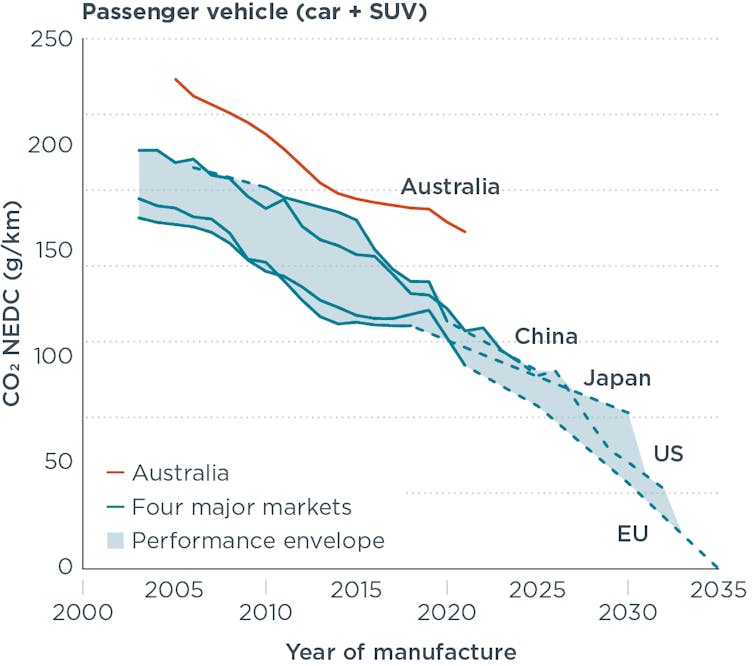
Importantly, without effective action, this performance gap is expected to grow in future years. That’s because these other markets are moving to aggressively adopt standards that drive the transition to a low-or-zero-emissions vehicle fleet.
How Does Australia Compare In Reality?
The official Australian figures are based on a test protocol called the New European Drive Cycle (NEDC). It was developed in the early 1970s.
The main problem is that the difference between NEDC test results and actual on-road emissions has steadily increased. Actual on-road emissions were estimated to be about 10% higher in 2007, growing to over 45% in 2021.
Indeed, the EU no longer uses the outdated NEDC protocol. It has adopted a more realistic test procedure, the Worldwide Harmonised Light-Vehicles Test Procedure (WLTP).
The briefing paper used previous research into Australian and international real-world emissions performance to create a more accurate comparison. Whereas the official figures suggest newly sold Australian passenger vehicles have relatively high emissions, at least they appear to have improved each year. The picture is very different when we look at on-road emissions.
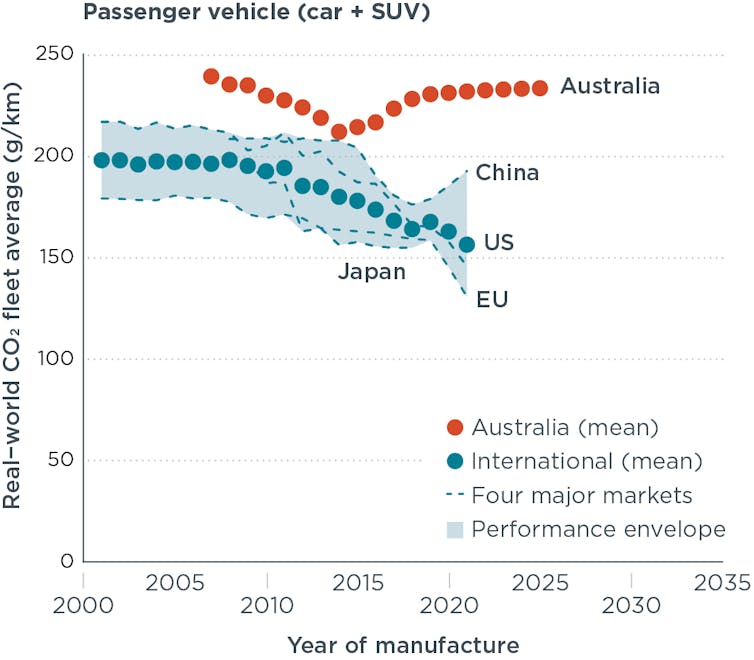
Our estimates suggest emissions from newly sold Australian passenger vehicles have actually been rising since 2015. This trend is a result of increasing vehicle size and weight, a shift towards more four-wheel-drive SUVs and large utes, and a lack of mandatory standards or targets.
The Australian real-world emissions performance is also much worse than in the four major markets. Before 2016 the average difference was around 20% higher on average. By 2021, Australian emissions were almost 50% higher for passenger vehicles.
What Does This Mean For Policy?
Our analysis shows both officially reported and actual on-road CO₂ emissions from new Australian light-duty vehicles are much higher than in other developed nations. The available evidence suggests this poor performance will get worse without stringent mandatory standards in place.
The good news is that the government is acting on the lack of an effective standard. Mandatory standards will likely be adopted this year. The New Vehicle Efficiency Standard is due to take effect in 2025.
However, the standard must be carefully designed to achieve genuine emission reductions for new vehicles.
For instance, the official Australian test protocol (NEDC) is outdated and increasingly underestimates on-road emissions. It provides an unrealistic and skewed picture, undermining effective emission reduction. The government says it intends to adopt a more realistic test protocol.
The standards should also include on-board monitoring of fuel consumption – as the EU is now doing. It’s vital to measure real-world fuel efficiency and emissions of new vehicles and to make this information public to ensure standards are achieving their goals. But the latest government report didn’t mention it.
A mandatory fuel-efficiency standard is long overdue in Australia. It can help close the performance gap between Australia and the rest of the world. So we’d better make sure it works.![]()
Robin Smit, Adjunct Professor, School of Civil and Environmental Engineering, University of Technology Sydney
This article is republished from The Conversation under a Creative Commons license. Read the original article.
Fire is a chemical reaction. Here’s why Australia is supremely suited to it
Jason Dutton, La Trobe UniversityOver the last 15 million years, Australia has slowly dried out. After humans arrived more than 65,000 years ago, they learned to use fire to their advantage. Today, fire weather is getting more frequent – and fires are following as the world heats up. This month, fires have flared in Victoria, destroying 46 houses, while Western Australia endures a heatwave and braces for potential fires.
We use controlled fire for food, industry and many other uses. But we fear it when it is uncontrolled. For something so common, it’s not well understood.
Fire is chemistry – a set of reactions known as combustion. Here’s what that means – and why parts of Australia are so well suited to fire.
What Is Fire?
For a fire to start, it needs three things: fuel, an oxidising agent and heat.
In bushfires, the fuel is plant material, the oxidising agent is oxygen in the atmosphere, and the heat could come from lightning or the fire itself once it starts.
First, the heat has to get to the fuel. Plants are mostly comprised of cellulose (a natural carbohydrate polymer we can’t digest) and lignin (a complex aromatic hydrocarbon), alongside other organic molecules.
But big molecules such as cellulose and lignin don’t burn easily, unlike small molecules such as propane or ethanol. It takes an external heat source to get them to burn. This is normally in the form of lightning, the cause of most large bushfires. But humans have added other sources – a flicked cigarette, angle-grinders, or sparks from a downed powerline.
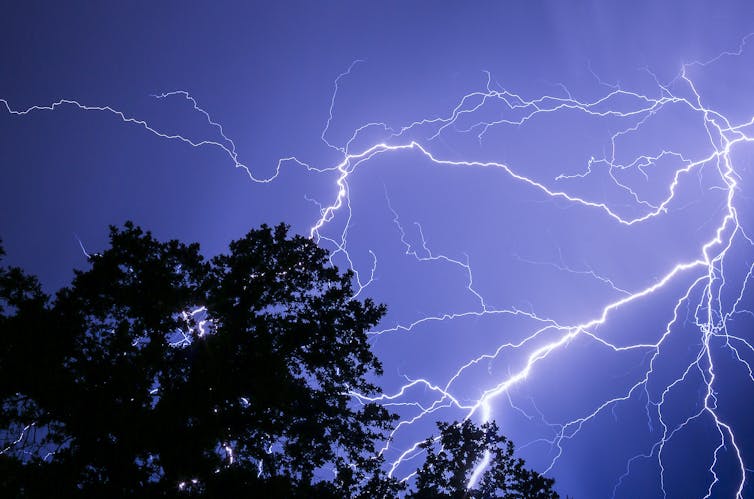
A little bit of extra heat won’t do it. But when cellulose and lignin are heated to 300°C, pyrolysis begins and the natural polymers begin to break down into small organic molecules, which promptly evaporate and form a gas.
At these temperatures, this gas rapidly reacts with oxygen in the air to produce carbon dioxide, water vapour – and heat. This is combustion.
As it burns, the gas becomes hot enough to glow, as do any solid particles within it. When we gaze at a campfire, that’s what we’re seeing – burning gas, glowing particles.
Many believe it’s the breaking of chemical bonds in the fuel that produces heat. But it’s actually the opposite. When we break any chemical bond, heat is absorbed. It’s making new chemical bonds that releases heat – the creation of water vapour and carbon dioxide.
These newly formed bonds are stronger than the bonds in the hydrocarbon fuel, meaning heat is released overall. So much heat that pyrolysis is sustained, consuming more fuel and spreading the fire.
What About The Water In Plants?
Plant material contains water as well as organic compounds.
There’s a unique bit of chemistry which takes place here. When heat first hits plant material, the water within begins to warm. But water has an extraordinarily high ability to store heat.
As water heats up, it begins to evaporate. Evaporation is endothermic, meaning it absorbs heat. That’s why we use it to stop ourselves overheating – we rely on sweat evaporating off our skin and taking heat with it.
This means you need still more energy to increase the temperature and overcome water’s heat absorbing properties. For pyrolysis to occur at all, the water in the plant matter has to evaporate. If there’s still water in the leaves or bark, it won’t burn.
Fire Weather And Gum Trees
Australia’s forests and bushlands are mostly on the east coast, avoiding the arid interior. But they can’t avoid the extremely hot and dry air the deserts produce, especially over summer.
Hot air can hold a remarkable amount of water. Its ability to soak up water roughly doubles every 10°C. So hot, dry air acts like a sponge. It scours the water from plant matter and soaks it up.
Plant material largely comes from gum trees. Our hundreds of species are famously messy, dropping bark, leaves and limbs on the forest floor.
Eucalyptus leaves often contain large amounts of volatile organic oils. In dry conditions, these leaves act as like natural lighter fluid, or “pre-pyrolysed material”.
This is because eucalypts like fire. Fire wipes out competitor species and can trigger gumnut germination.
When a bushfire begins and starts to spread, it’s usually burning the dead, dry litter and grasses, not large living trees with plenty of water.
Dry fuel is one thing. But a bushfire needs wind to spread.
Hot days in Australia are often windy, due to the temperature difference between hot deserts and cold oceans. If a lightning triggers pyrolysis and starts a fire, wind is what makes it spread.
Wind provides fresh oxygen to the fire front, making it more intense. It also blows hot dry air over fresh fuel ahead of the fire front, drying it out. If there’s no wind, fire spreads much more slowly.
What does it take to end a bushfire? A large fire will naturally burn itself out if there’s no more fuel for it. Heavy rain can douse a fire, though coals can keep smouldering and restart fires if dry, hot air arrives again.
Firefighters make firebreaks to try to starve the fire of its fuel, spray water to wet and cool the fuel or apply chemical agents such as fire-fighting foam to prevent oxygen getting in.
If we add more and more carbon dioxide to the atmosphere it traps more heat, leading to hotter days. More heat means fire weather – hot, dry and windy conditions – is more likely. And that means combustion will be more likely in some places. Under climate change, there’s more fire in our future. ![]()
Jason Dutton, Professor of Chemistry, La Trobe University
This article is republished from The Conversation under a Creative Commons license. Read the original article.
‘Green’ or ‘blue’ hydrogen – what difference does it make? Not much for most Australians
Mitchell Scovell, CSIRO and Andrea Walton, CSIROHydrogen can play a key role in Australia’s energy transition by giving us additional ways of storing and moving energy around. As the world shifts towards cleaner energy production, there’s a push to make hydrogen production cleaner as well. In Australia, low-emission hydrogen is produced in two main ways.
One method produces what is known as “green hydrogen”. It uses electricity produced from renewables – such as solar, wind or hydro – to “crack” water into separate streams of hydrogen and oxygen.
The other method produces “blue hydrogen”. This process separates the hydrogen from a gas mixture obtained from fossil fuels (coal or natural gas), using carbon-capture technologies to deal with the emissions.
While different colours are used to describe these methods, the resulting product is the same: colourless hydrogen. Both methods are technically viable options.
So, we wanted to know what the public thinks about these approaches. Understanding people’s attitudes in more detail will help scientists, industry and governments to develop hydrogen technologies in a way that aligns with community values and expectations.
Our survey found only a slight difference in public attitudes to the two methods when they were described without the colour “labels”. The method of production had little impact on people’s willingness to accept different uses of hydrogen.
Why Do We Need To Know What People Think About Hydrogen?
There is a focus on scaling up the hydrogen industry for many purposes, including transport, heating and industrial uses, in Australia and overseas.
Although there are plans for many new uses, such as powering vehicles, hydrogen has had industrial uses for a long time. At present, it’s mainly used to make other chemicals, such as ammonia for nitrogen fertiliser. However, most of this hydrogen is produced globally using fossil fuels, which emits carbon.
Now attention has turned to producing low-emission hydrogen. Past research has shown Australians are “cautiously optimistic” about hydrogen’s potential as a future fuel. We wanted to explore attitudes to the two low-emission production methods more closely.
Understanding public attitudes is key to promoting responsible innovation for the benefit of all Australians.
How Was The Survey Done?
We asked a representative sample of 1,900 Australians to share their thoughts about living near a hypothetical hydrogen hub – a site where hydrogen is stored, transported and used locally. Participants were told the hydrogen would be produced nearby (200 kilometres away).
We wanted to investigate the effect of the “green” and “blue” production methods on acceptance. To avoid introducing bias, we only explained the technical process of each production method. We did not describe them using colours. Half of the participants were told the hydrogen was produced using one method and half were told about the other method.
Because many Australians aren’t aware of hydrogen technologies, we consulted technical experts here at CSIRO so we could provide relevant information about the production methods and their potential impacts. Participants were also shown a short video introduction to hydrogen (shown below) at the start of the survey.
We then asked a serious of questions to assess beliefs, attitudes and levels of support for the production methods and various uses of hydrogen.
A Slight Preference For ‘Green’
Participants who were told the hydrogen was produced using renewable energy – “green” hydrogen – had, on average, a more positive attitude to it than those presented with hydrogen made from fossil fuels with carbon-capture technology – “blue” hydrogen. However, the difference between the two groups’ overall appraisal of the production methods was quite small.
We also explored the beliefs that underpin these attitudes. Despite some differences in beliefs between the two groups, many of these differences were again quite small. And there were no differences in the perceived influence on cost of living and wealth creation.
The largest difference between the groups was the perceived replaceability of the technology. Blue hydrogen was seen as the more replaceable approach. People also reported blue hydrogen as having a worse impact on climate change and competing more with renewable electricity production.
What Is The Impact On Acceptance Of Hydrogen?
The small differences of opinion about production methods had little influence on people’s willingness to accept different uses of hydrogen. For example, knowing a bus was fuelled by blue hydrogen had a relatively weak effect on how willing people said they’d be to use a hydrogen bus. For most hydrogen applications presented, support was quite neutral regardless of how it was made.
Further analysis showed that people with stronger pro-environmental attitudes were more supportive of green hydrogen. Those with weaker pro-environmental attitudes were more supportive of blue hydrogen.
These results suggest that, to some extent, people’s broader worldviews shape their evaluations of production methods. Although blue hydrogen aims to address carbon emissions, it seems those who strongly value environmental preservation see blue hydrogen as less likely than green hydrogen to achieve this goal.
Neither Method Is Strongly Opposed
Our research shows there is no strong opposition to either hydrogen production method at this stage.
Results suggest the hydrogen industry will need to address concerns that blue hydrogen technology might need to be replaced sooner rather than later. There is also a need to be clear about its impact on the environment and potential to compete with power from renewables.
Despite these concerns, it seems the production method is not holding back hydrogen acceptance at this stage. As the industry grows, current public beliefs suggest it will be increasingly important to demonstrate that using hydrogen is safe and effective, and won’t compete with other renewable energy technologies.![]()
Mitchell Scovell, Research Scientist, CSIRO and Andrea Walton, Social Scientist, CSIRO
This article is republished from The Conversation under a Creative Commons license. Read the original article.
Scientists shocked to discover new species of green anaconda, the world’s biggest snake
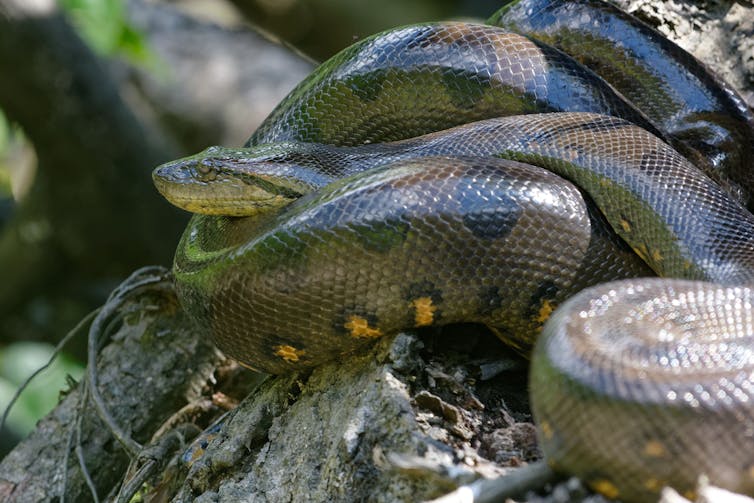
The green anaconda has long been considered one of the Amazon’s most formidable and mysterious animals. Our new research upends scientific understanding of this magnificent creature, revealing it is actually two genetically different species. The surprising finding opens a new chapter in conservation of this top jungle predator.
Green anacondas are the world’s heaviest snakes, and among the longest. Predominantly found in rivers and wetlands in South America, they are renowned for their lightning speed and ability to asphyxiate huge prey then swallow them whole.
My colleagues and I were shocked to discover significant genetic differences between the two anaconda species. Given the reptile is such a large vertebrate, it’s remarkable this difference has slipped under the radar until now.
Conservation strategies for green anacondas must now be reassessed, to help each unique species cope with threats such as climate change, habitat degradation and pollution. The findings also show the urgent need to better understand the diversity of Earth’s animal and plant species before it’s too late.
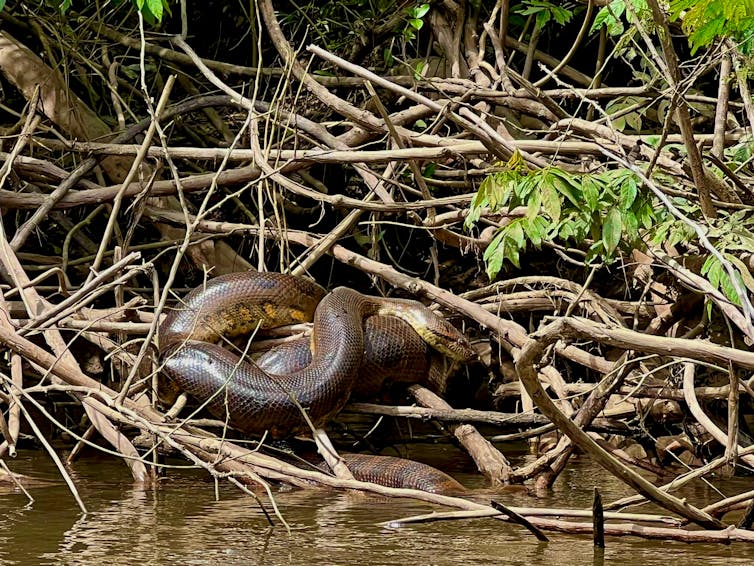
An Impressive Apex Predator
Historically, four anaconda species have been recognised, including green anacondas (also known as giant anacondas).
Green anacondas are true behemoths of the reptile world. The largest females can grow to more than seven metres long and weigh more than 250 kilograms.
The snakes are well-adapted to a life lived mostly in water. Their nostrils and eyes are on top of their head, so they can see and breathe while the rest of their body is submerged. Anacondas are olive-coloured with large black spots, enabling them to blend in with their surroundings.
The snakes inhabit the lush, intricate waterways of South America’s Amazon and Orinoco basins. They are known for their stealth, patience and surprising agility. The buoyancy of the water supports the animal’s substantial bulk and enables it to move easily and leap out to ambush prey as large as capybaras (giant rodents), caimans (reptiles from the alligator family) and deer.
Green anacondas are not venomous. Instead they take down prey using their large, flexible jaws then crush it with their strong bodies, before swallowing it.
As apex predators, green anacondas are vital to maintaining balance in their ecosystems. This role extends beyond their hunting. Their very presence alters the behaviour of a wide range of other species, influencing where and how they forage, breed and migrate.
Anacondas are highly sensitive to environmental change. Healthy anaconda populations indicate vibrant ecosystems, with ample food resources and clean water. Declining anaconda numbers may be harbingers of environmental distress. So knowing which anaconda species exist, and monitoring their numbers, is crucial.
To date, there has been little research into genetic differences between anaconda species. Our research aimed to close that knowledge gap.
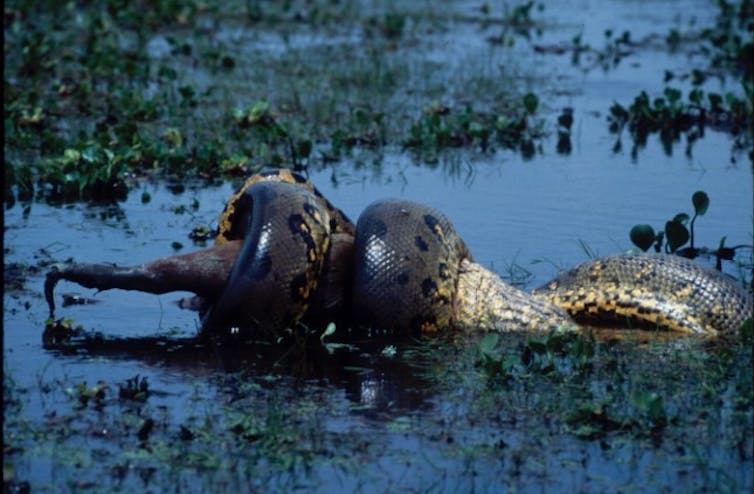
Untangling Anaconda Genes
We studied representative samples from all anaconda species throughout their distribution, across nine countries.
Our project spanned almost 20 years. Crucial pieces of the puzzle came from samples we collected on a 2022 expedition to the Bameno region of Baihuaeri Waorani Territory in the Ecuadorian Amazon. We took this trip at the invitation of, and in collaboration with, Waorani leader Penti Baihua. Actor Will Smith also joined the expedition, as part of a series he is filming for National Geographic.
We surveyed anacondas from various locations throughout their ranges in South America. Conditions were difficult. We paddled up muddy rivers and slogged through swamps. The heat was relentless and swarms of insects were omnipresent.
We collected data such as habitat type and location, and rainfall patterns. We also collected tissue and/or blood from each specimen and analysed them back in the lab. This revealed the green anaconda, formerly believed to be a single species, is actually two genetically distinct species.
The first is the known species, Eunectes murinus, which lives in Perú, Bolivia, French Guiana and Brazil. We have given it the common name “southern green anaconda”. The second, newly identified species is Eunectes akayima or “northern green anaconda”, which is found in Ecuador, Colombia, Venezuela, Trinidad, Guyana, Suriname and French Guiana.
We also identified the period in time where the green anaconda diverged into two species: almost 10 million years ago.
The two species of green anaconda look almost identical, and no obvious geographical barrier exists to separate them. But their level of genetic divergence – 5.5% – is staggering. By comparison, the genetic difference between humans and apes is about 2%.
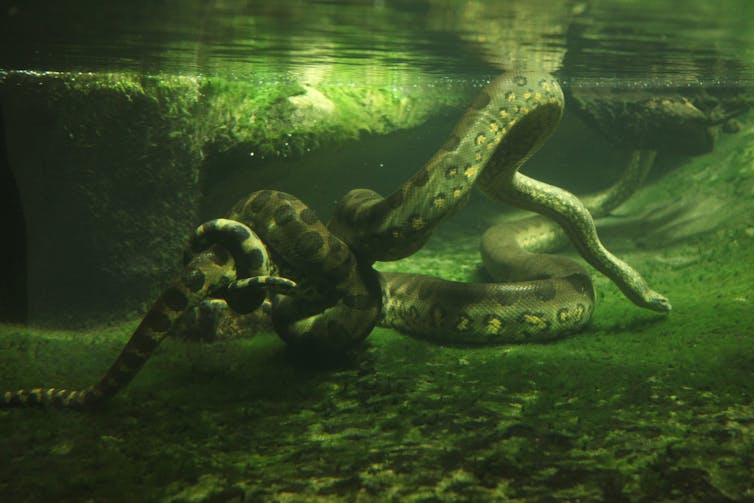
Preserving The Web Of Life
Our research has peeled back a layer of the mystery surrounding green anacondas. This discovery has significant implications for the conservation of these species – particularly for the newly identified northern green anaconda.
Until now, the two species have been managed as a single entity. But each may have different ecological niches and ranges, and face different threats.
Tailored conservation strategies must be devised to safeguard the future of both species. This may include new legal protections and initiatives to protect habitat. It may also involve measures to mitigate the harm caused by climate change, deforestation and pollution — such as devastating effects of oil spills on aquatic habitats.
Our research is also a reminder of the complexities involved in biodiversity conservation. When species go unrecognised, they can slip through the cracks of conservation programs. By incorporating genetic taxonomy into conservation planning, we can better preserve Earth’s intricate web of life – both the species we know today, and those yet to be discovered.![]()
Bryan G. Fry, Professor of Toxicology, School of the Environment, The University of Queensland
This article is republished from The Conversation under a Creative Commons license. Read the original article.
Carbon offsets bring new investment to Appalachia’s coal fields, but most Appalachians aren’t benefiting

Central Appalachia is home to the third-largest concentration of forest carbon offsets traded on the California carbon market. But while these projects bring new investments to Appalachia, most people in Appalachia are not benefiting.
The effect of this new economic activity is evident in the Clearfork Valley, a forested region of steep hills and meandering creeks on the Kentucky-Tennessee border.
Rural communities here once relied on coal mining jobs. As the mines shut down, with the last closing in 2022, the valley was left with thousands of acres of forests and strip-mined land but fewer ways to make a good living.
Today, corporate landowners and investment funds have placed most of that forest land into carbon offset projects – valuing the trees for their ability to absorb carbon dioxide emissions to help protect the climate.
These carbon offset projects can be lucrative for the landowner, with proceeds that can run into the millions of dollars. Companies subject to California’s carbon emissions rules are willing to pay projects like these to essentially cancel out, or offset, the companies’ carbon emissions. However, my research shows that few local residents are benefiting.
The projects are part of a wider and growing trend of investor-owners of rural land making money but providing little local employment, local investment or community involvement in return.
Few Local Jobs, Little Economic Benefit
The rise of carbon forest offset projects in Appalachia has coincided with the historic decline of the coal economy.
Central Appalachia lost 70% of its coal jobs from 2011 to 2023 as its coal production fell by 75% in that same period. As corporate landowners looked for new revenue streams, they found a burgeoning forest carbon offset market after California instituted a forest carbon offset protocol in 2011.
Much of the Clearfork Valley was originally owned by the American Association, a British coal corporation that accumulated the land in the 1880s. That property passed between other coal companies before NatureVest, a climate change-driven investment firm owned by The Nature Conservancy, created an investment fund to purchase the land in 2019.
The previous owner, a forestland investment company, had established carbon offsets on that land in 2015, making a 125-year commitment to retain or grow the forest carbon stock. When NatureVest purchased the land in 2019, it generated at least US$20 million in proceeds from the sale of additional offsets. The details of such transactions are typically private, but offset sales can be structured in a number of ways. They might be one-time payments for existing credits, for example, or futures contracts for the potential of additional credits.

The investment fund is attempting to demonstrate that managing land to help protect the climate can also generate revenue for investors.
In Appalachia, offset projects largely involve “improved forestry management.” These offsets pay landowners to sequester carbon in trees – additional to what they would have pulled in without the offset payment – while still allowing them to produce timber for sale. In practice, this often means letting trees stand for longer rotations before cutting for timber.
Recent research, however, indicates that the carbon storage of improved forestry management projects may be getting overcounted on the California market, the largest compliance offset market in the Americas. Other approaches to carbon offsets could produce better outcomes for people and the climate.
And while the landowners and investors profit, my research, including dozens of interviews with residents, has also found that former mining communities in this valley have seen little return.
The Nature Conservancy has offered support to local communities. But while the organization operates a small grant program from coal mining and gas drilling royalties it receives from the land, the investment in the local economy has been relatively small – roughly $377,000 in the three states since 2019. Furthermore, while some communities have benefited, these investments have largely bypassed struggling former coal communities in the Clearfork Valley in Tennessee.
Looking for other revenue sources on these lands, by 2022, The Nature Conservancy had also leased access to nearly 150,000 acres of its Cumberland Forest Project, including parts of the Clearfork Valley, to state agencies and outdoor recreation groups. As a result, permits and fees are often now required to enter much of the forestland.
As one interviewee told my co-author for our forthcoming book, “For three generations my family has been able to walk and use that land, but now I could be arrested for entering it without a permit.”
The Rise Of TIMOs And Climate ‘Rentierism’
While a century ago many of the landowners in Appalachia were coal companies and timber companies, today they are predominantly financialized timber investment management organizations, or TIMOs. TIMOs are financial institutions that manage timberlands to generate returns for institutions, such as endowments and pension funds, and private investors. While NatureVest is more diversified than a TIMO, its timberland investments operate in a similar fashion.
The financial ownership of timberlands is part of the much wider trend of financialization of the United States economy. Wall Street-based investors have become major owners of all sectors of the U.S. economy since the 1970s, from agriculture and manufacturing to natural resources.
Financial profits, however, often do not entail job creation or investments in infrastructure in the surrounding communities. Yet the investor-owned timberlands in Central Appalachia do generate millions of dollars in revenue for their investors.
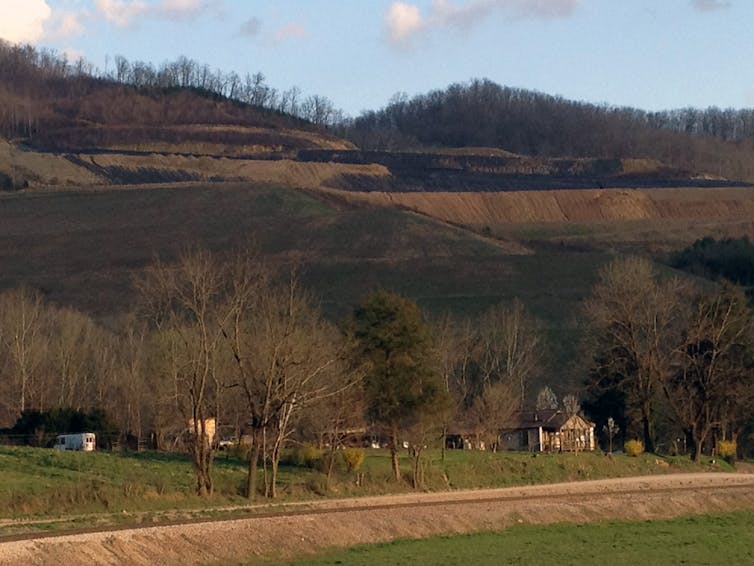
Political economists have diagnosed the trend of falling employment that accompanies increasing economic activity as partially the result of growing rentierism.
Rentierism is a term for generating income predominantly from rents as opposed to income from production that employs people. Rural communities have acutely felt the effects of increasing rentierism in various sectors since the 1970s.
Researchers have noted growing trends of rentierism in forestland management. Many TIMOs seek new revenue streams from timberlands outside of wood products and timbering, such as in conservation easements. As firms such as NatureVest seek to generate income from controlling carbon stocks or conservation resources, there is now a growing climate rentierism.
Rural Resentment And A Crisis Of Democracy
A robust body of research in sociology and political science shows how the hollowing out of rural North American economies has fed into a kind of rural resentment. Trust in government and democracy is particularly low in rural North America, and not only because of economic woes. As sociologist Loka Ashwood documents, it is also because many rural residents believe that the government helps corporations profit at the expense of people.
Carbon offsets in Appalachia, unfortunately, fit within these troubling trends. Government regulation in California generates sizable revenue for corporate landowners, while the rural communities see themselves locked out of the economy.![]()
Gabe Schwartzman, Assistant Professor of Geography and Sustainability, University of Tennessee
This article is republished from The Conversation under a Creative Commons license. Read the original article.
Pittwater Reserves: Histories + Notes + Pictorial Walks
A History Of The Campaign For Preservation Of The Warriewood Escarpment by David Palmer OAM and Angus Gordon OAM
A Stroll Around Manly Dam: Spring 2023 by Kevin Murray and Joe Mills
A Stroll Through Warriewood Wetlands by Joe Mills February 2023
A Walk Around The Cromer Side Of Narrabeen Lake by Joe Mills
America Bay Track Walk - photos by Joe Mills
An Aquatic June: North Narrabeen - Turimetta - Collaroy photos by Joe Mills
Angophora Reserve Angophora Reserve Flowers Grand Old Tree Of Angophora Reserve Falls Back To The Earth - History page
Annie Wyatt Reserve - A Pictorial
Aquatic Reflections seen this week (May 2023): Narrabeen + Turimetta by Joe Mills
Avalon's Village Green: Avalon Park Becomes Dunbar Park - Some History + Toongari Reserve and Catalpa Reserve
Bairne Walking Track Ku-Ring-Gai Chase NP by Kevin Murray
Bangalley Headland Bangalley Mid Winter
Bangalley Headland Walk: Spring 2023 by Kevin Murray and Joe Mills
Banksias of Pittwater
Barrenjoey Boathouse In Governor Phillip Park Part Of Our Community For 75 Years: Photos From The Collection Of Russell Walton, Son Of Victor Walton
Barrenjoey Headland: Spring flowers
Barrenjoey Headland after fire
Bayview Baths
Bayview Wetlands
Beeby Park
Bilgola Beach
Botham Beach by Barbara Davies
Bungan Beach Bush Care
Careel Bay Saltmarsh plants
Careel Bay Birds
Careel Bay Clean Up day
Careel Bay Playing Fields History and Current
Careel Creek
Careel Creek - If you rebuild it they will come
Centre trail in Ku-ring-gai Chase National Park
Chiltern Track- Ingleside by Marita Macrae
Clareville Beach
Clareville/Long Beach Reserve + some History
Coastal Stability Series: Cabbage Tree Bay To Barrenjoey To Observation Point by John Illingsworth, Pittwater Pathways, and Dr. Peter Mitchell OAM
Cowan Track by Kevin Murray
Curl Curl To Freshwater Walk: October 2021 by Kevin Murray and Joe Mills
Currawong and Palm Beach Views - Winter 2018
Currawong-Mackerel-The Basin A Stroll In Early November 2021 - photos by Selena Griffith
Currawong State Park Currawong Beach + Currawong Creek
Deep Creek To Warriewood Walk photos by Joe Mills
Drone Gives A New View On Coastal Stability; Bungan: Bungan Headland To Newport Beach + Bilgola: North Newport Beach To Avalon + Bangalley: Avalon Headland To Palm Beach
Duck Holes: McCarrs Creek by Joe Mills
Dunbar Park - Some History + Toongari Reserve and Catalpa Reserve
Dundundra Falls Reserve: August 2020 photos by Selena Griffith - Listed in 1935
Elsie Track, Scotland Island
Elvina Track in Late Winter 2019 by Penny Gleen
Elvina Bay Walking Track: Spring 2020 photos by Joe Mills
Elvina Bay-Lovett Bay Loop Spring 2020 by Kevin Murray and Joe Mills
Fern Creek - Ingleside Escarpment To Warriewood Walk + Some History photos by Joe Mills
Iluka Park, Woorak Park, Pittwater Park, Sand Point Reserve, Snapperman Beach Reserve - Palm Beach: Some History
Ingleside
Ingleside Wildflowers August 2013
Irrawong - Ingleside Escarpment Trail Walk Spring 2020 photos by Joe Mills
Irrawong - Mullet Creek Restoration
Katandra Bushland Sanctuary - Ingleside
Lucinda Park, Palm Beach: Some History + 2022 Pictures
McCarrs Creek
McCarr's Creek to Church Point to Bayview Waterfront Path
McKay Reserve
Mona Vale Beach - A Stroll Along, Spring 2021 by Kevin Murray
Mona Vale Headland, Basin and Beach Restoration
Mona Vale Woolworths Front Entrance Gets Garden Upgrade: A Few Notes On The Site's History
Mother Brushtail Killed On Barrenjoey Road: Baby Cried All Night - Powerful Owl Struck At Same Time At Careel Bay During Owlet Fledgling Season: calls for mitigation measures - The List of what you can do for those who ask 'What You I Do' as requested
Mount Murray Anderson Walking Track by Kevin Murray and Joe Mills
Mullet Creek
Narrabeen Creek
Narrabeen Lagoon Catchment: Past Notes Present Photos by Margaret Woods
Narrabeen Lagoon Entrance Clearing Works: September To October 2023 pictures by Joe Mills
Narrabeen Lagoon State Park
Narrabeen Lagoon State Park Expansion
Narrabeen Rockshelf Aquatic Reserve
Nerang Track, Terrey Hills by Bea Pierce
Newport Bushlink - the Crown of the Hill Linked Reserves
Newport Community Garden - Woolcott Reserve
Newport to Bilgola Bushlink 'From The Crown To The Sea' Paths: Founded In 1956 - A Tip and Quarry Becomes Green Space For People and Wildlife
Pittwater Reserves: The Green Ways; Bungan Beach and Bungan Head Reserves: A Headland Garden
Pittwater Reserves, The Green Ways: Clareville Wharf and Taylor's Point Jetty
Pittwater Reserves: The Green Ways; Hordern, Wilshire Parks, McKay Reserve: From Beach to Estuary
Pittwater Reserves - The Green Ways: Mona Vale's Village Greens a Map of the Historic Crown Lands Ethos Realised in The Village, Kitchener and Beeby Parks
Pittwater Reserves: The Green Ways Bilgola Beach - The Cabbage Tree Gardens and Camping Grounds - Includes Bilgola - The Story Of A Politician, A Pilot and An Epicure by Tony Dawson and Anne Spencer
Pittwater spring: waterbirds return to Wetlands
Pittwater's Lone Rangers - 120 Years of Ku-Ring-Gai Chase and the Men of Flowers Inspired by Eccleston Du Faur
Pittwater's Great Outdoors: Spotted To The North, South, East + West- June 2023: Palm Beach Boat House rebuild going well - First day of Winter Rainbow over Turimetta - what's Blooming in the bush? + more by Joe Mills, Selena Griffith and Pittwater Online
Pittwater's Parallel Estuary - The Cowan 'Creek
Resolute Track at West Head by Kevin Murray
Resolute Track Stroll by Joe Mills
Riddle Reserve, Bayview
Salvation Loop Trail, Ku-Ring-Gai Chase National Park- Spring 2020 - by Selena Griffith
Seagull Pair At Turimetta Beach: Spring Is In The Air!
Some late November Insects (2023)
Stapleton Reserve
Stapleton Park Reserve In Spring 2020: An Urban Ark Of Plants Found Nowhere Else
Stony Range Regional Botanical Garden: Some History On How A Reserve Became An Australian Plant Park
The Chiltern Track
The Chiltern Trail On The Verge Of Spring 2023 by Kevin Murray and Joe Mills
The Resolute Beach Loop Track At West Head In Ku-Ring-Gai Chase National Park by Kevin Murray
Topham Track Ku-Ring-Gai Chase NP, August 2022 by Joe Mills and Kevin Murray
Towlers Bay Walking Track by Joe Mills
Trafalgar Square, Newport: A 'Commons' Park Dedicated By Private Landholders - The Green Heart Of This Community
Tranquil Turimetta Beach, April 2022 by Joe Mills
Turimetta Beach Reserve by Joe Mills, Bea Pierce and Lesley
Turimetta Beach Reserve: Old & New Images (by Kevin Murray) + Some History
Turimetta Headland
Turimetta Moods by Joe Mills: June 2023
Turimetta Moods (Week Ending June 23 2023) by Joe Mills
Turimetta Moods: June To July 2023 Pictures by Joe Mills
Turimetta Moods: July Becomes August 2023 by Joe Mills
Turimetta Moods: August Becomes September 2023 ; North Narrabeen - Turimetta - Warriewood - Mona Vale photographs by Joe Mills
Turimetta Moods: Mid-September To Mid-October 2023 by Joe Mills
Warriewood Wetlands - Creeks Deteriorating: How To Report Construction Site Breaches, Weed Infestations + The Long Campaign To Save The Warriewood Wetlands & Ingleside Escarpment March 2023
Warriewood Wetlands and Irrawong Reserve
Whale Beach Ocean Reserve: 'The Strand' - Some History On Another Great Protected Pittwater Reserve
Wilshire Park Palm Beach: Some History + Photos From May 2022
Winji Jimmi - Water Maze

Molly Picklum - Jack Robinson Win Hurley Pro Sunset Beach

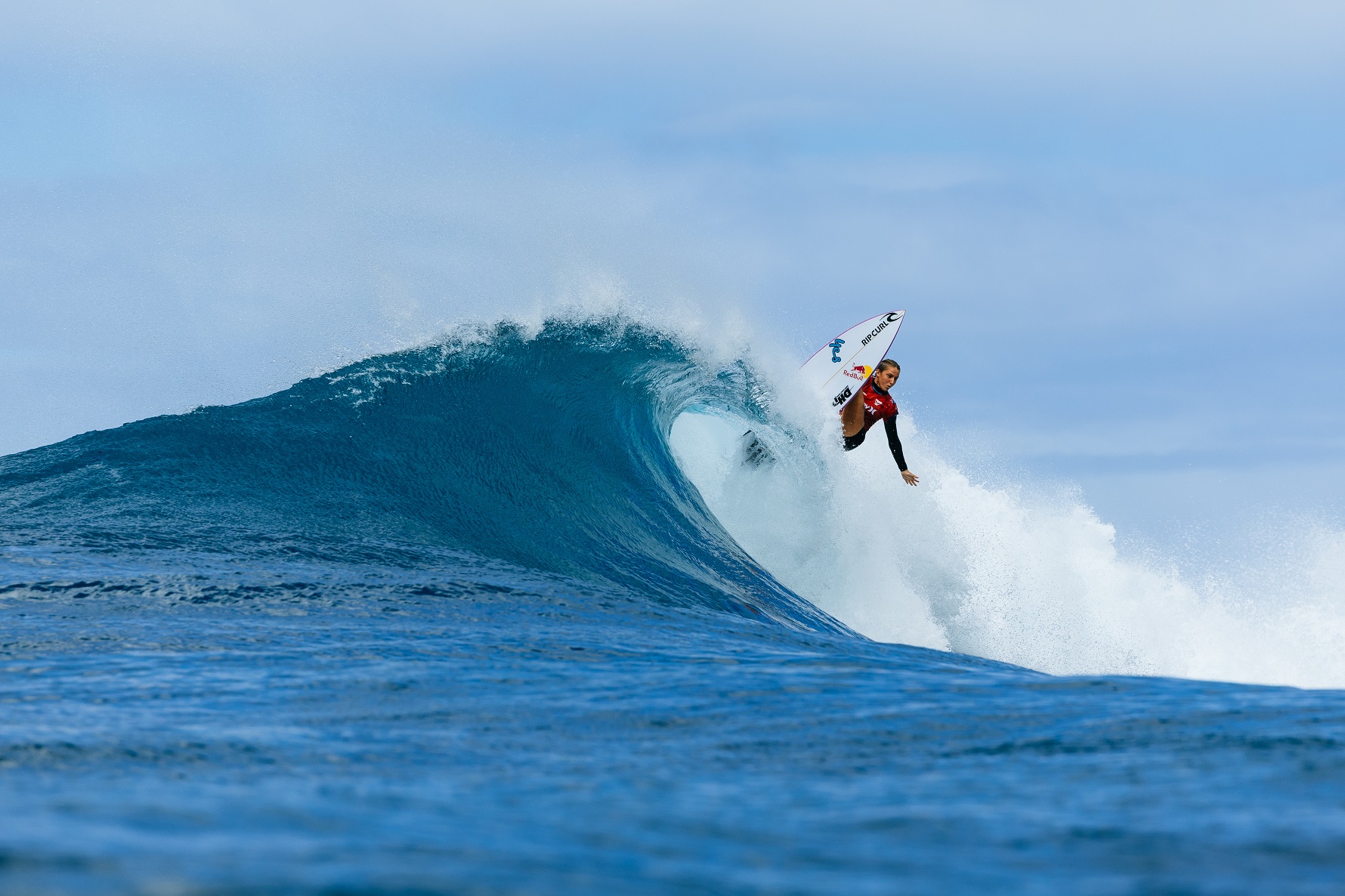
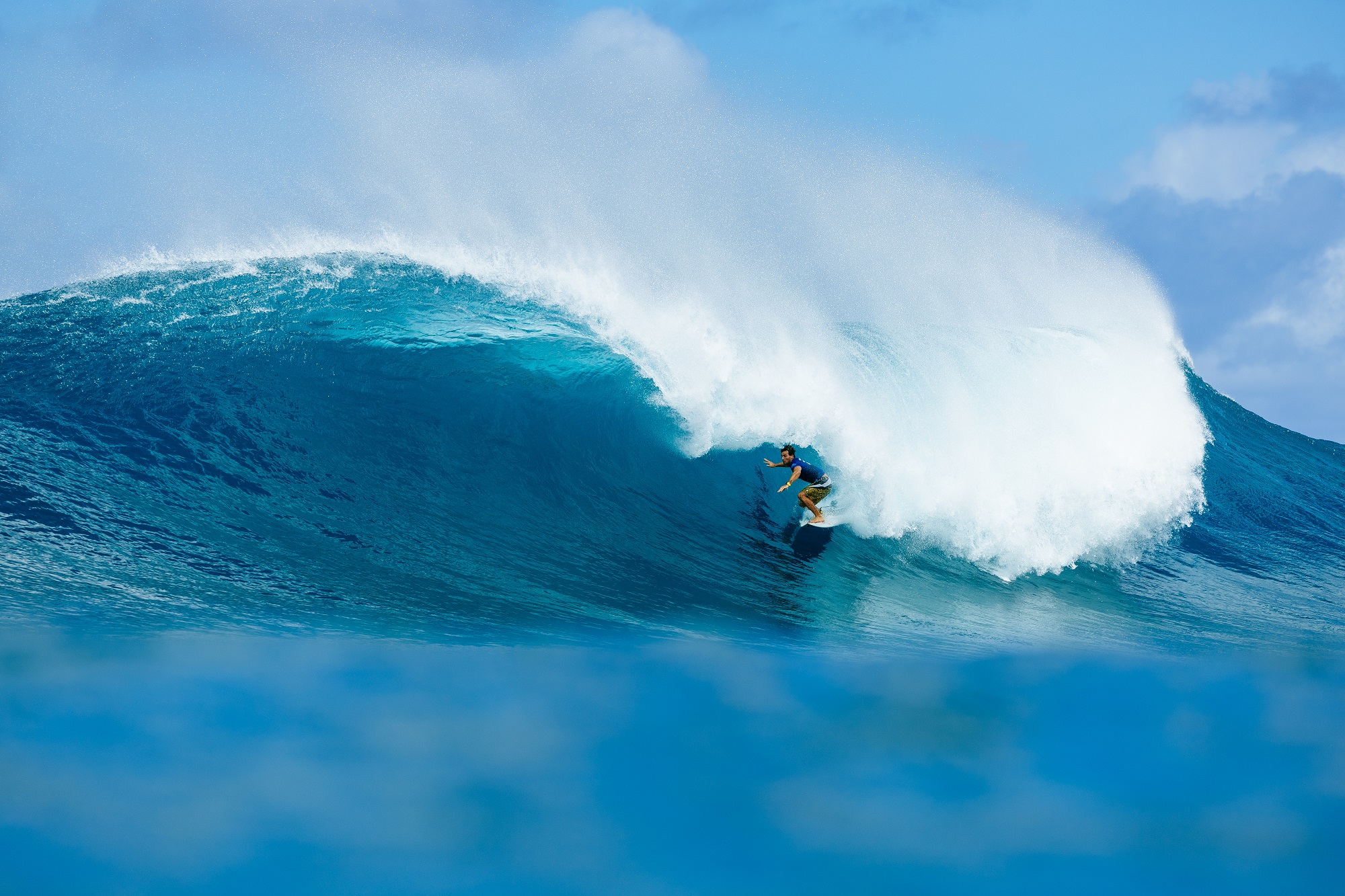
2024 ISA World Longboard Championship - Team Announced

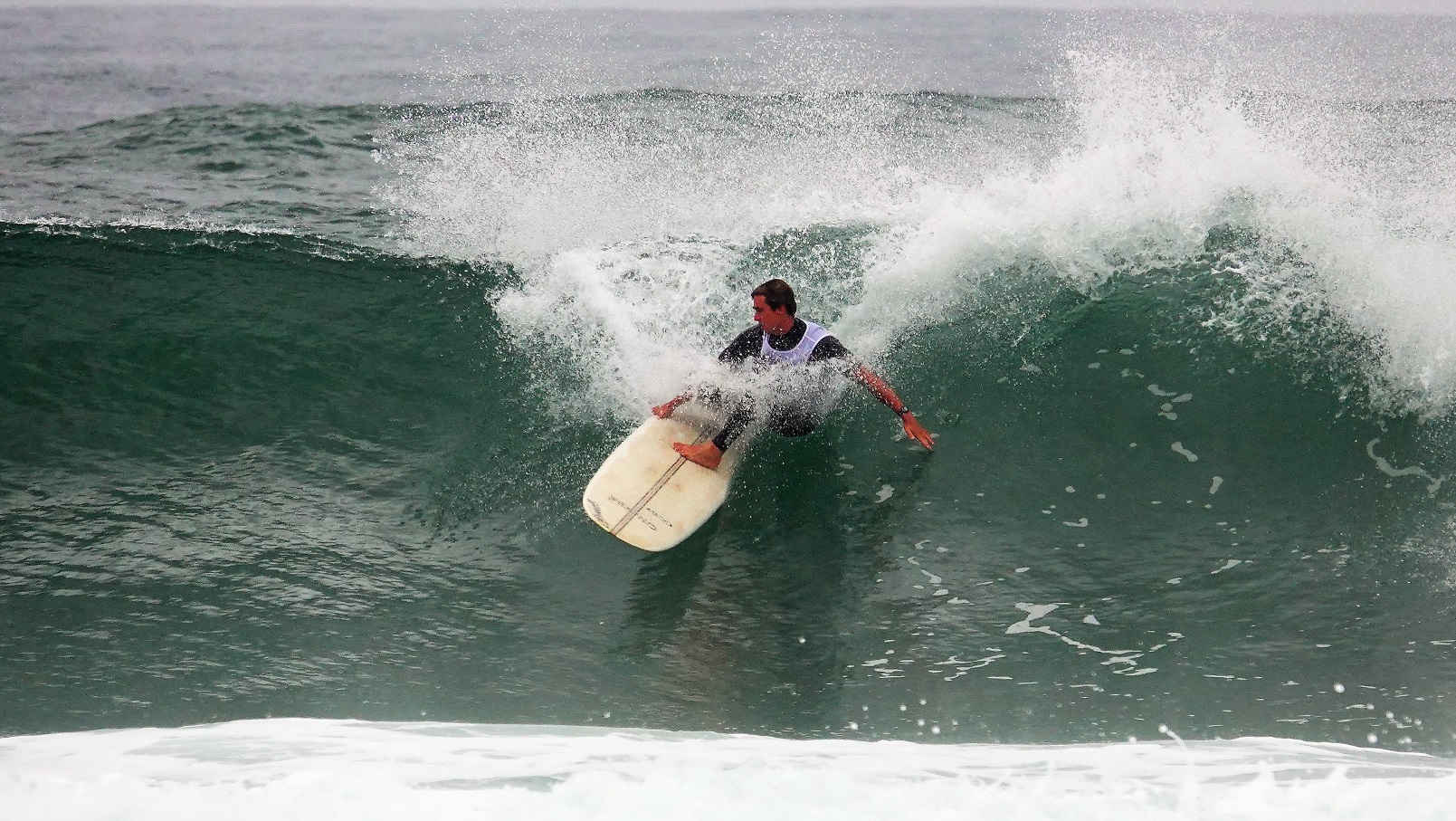
Narrabeen Sports High School Science Labs Opened
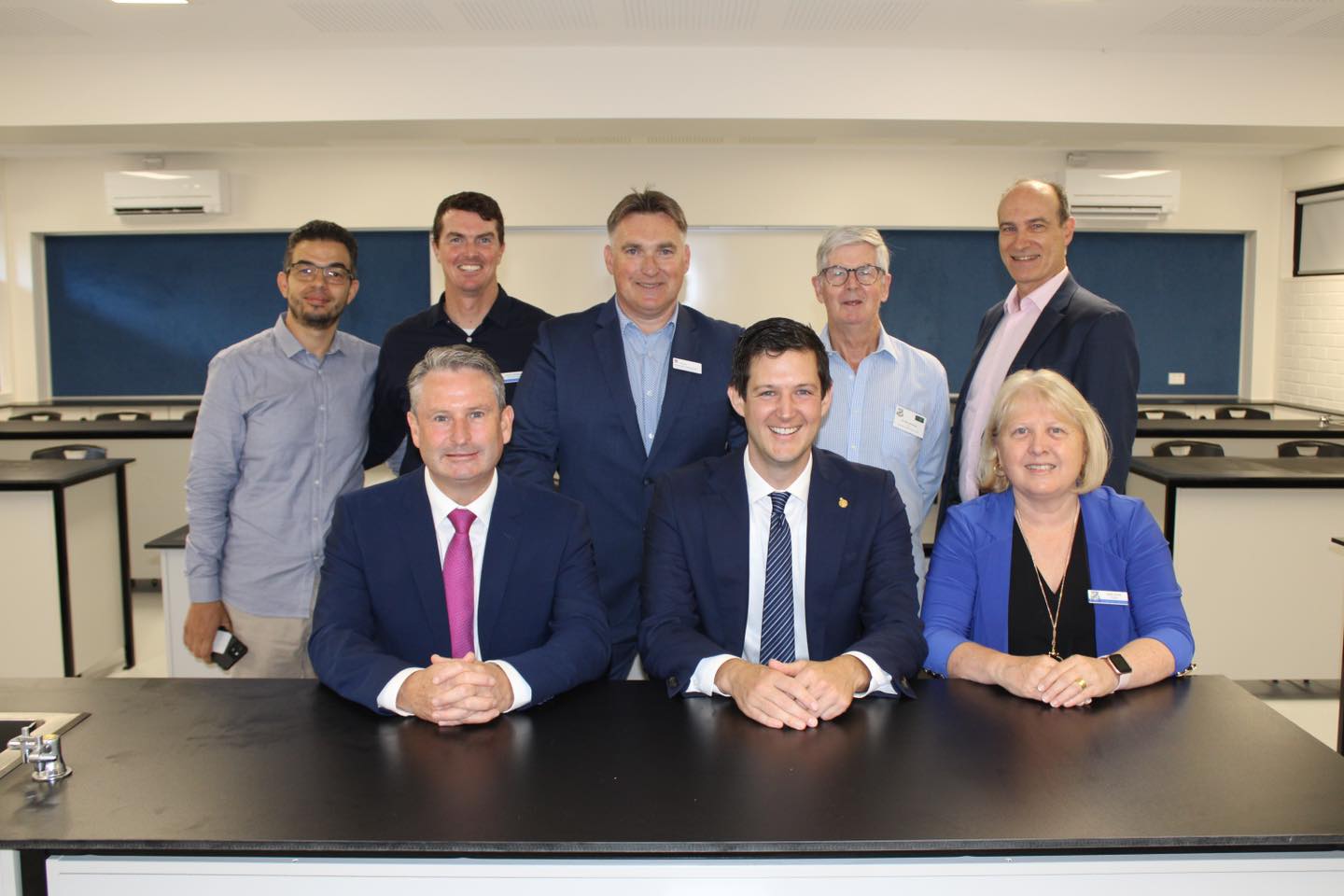
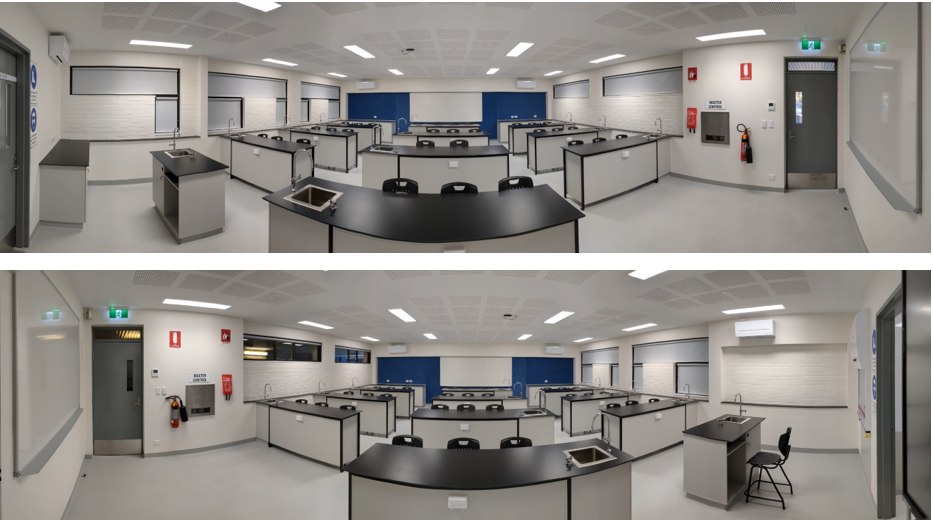
In 2018 Narrabeen Sports High School was announced as an Olympic Pathways school in the sport of surfing.
Surfing NSW CEO Luke Madden and President of the NSW Sports High Schools Association (SHSA) Roger Davis launched the new partnership at Maroubra Beach on Friday October 26 2018 alongside students from Matraville Sports High, Narrabeen Sports High, Illawarra Sports High, Hunter Sports High and Endeavour Sports High.
Luke Madden said: “Now that we are an Olympic sport, it is essential that we explore ways to further develop our sport. We see this partnership as a vital component in the identification and development of talent and a key to building a high-performance pathway for our sport in the state."
The program provides a comprehensive curriculum that includes skill and technique development and fitness as well as strategies to enable students to build the mental capabilities required to be successful in the competitive world of surfing.
In February 2023 this was re-announced with other sports added in. The state’s seven Sports High Schools officially became Australian Olympic Pathway Schools from February 8, 2023.
Upgrades
In 2018 the Coalition NSW Government committed to upgrading Narrabeen Sports High School and Narrabeen North Public School with new and improved education facilities to ensure all students can learn in modern, fit for purpose environments.
Master-planning undertaken in 2019 for the Narrabeen education precinct or campus considered the long-term opportunities across both campuses. In 2020 concept plans were scheduled to be completed.
In June 2021 then Pittwater MP Rob Stokes announced funding had been secured in the 2021/22 NSW Budget for the Narrabeen Education Precinct- this was listed as $3.135m for the Narrabeen Education Precinct in Budget papers. A further $15.5 million to commence the upgrade of the Narrabeen Education Campus (total cost subject to tender) was announced as part of the 2022/23 NSW State Budget.
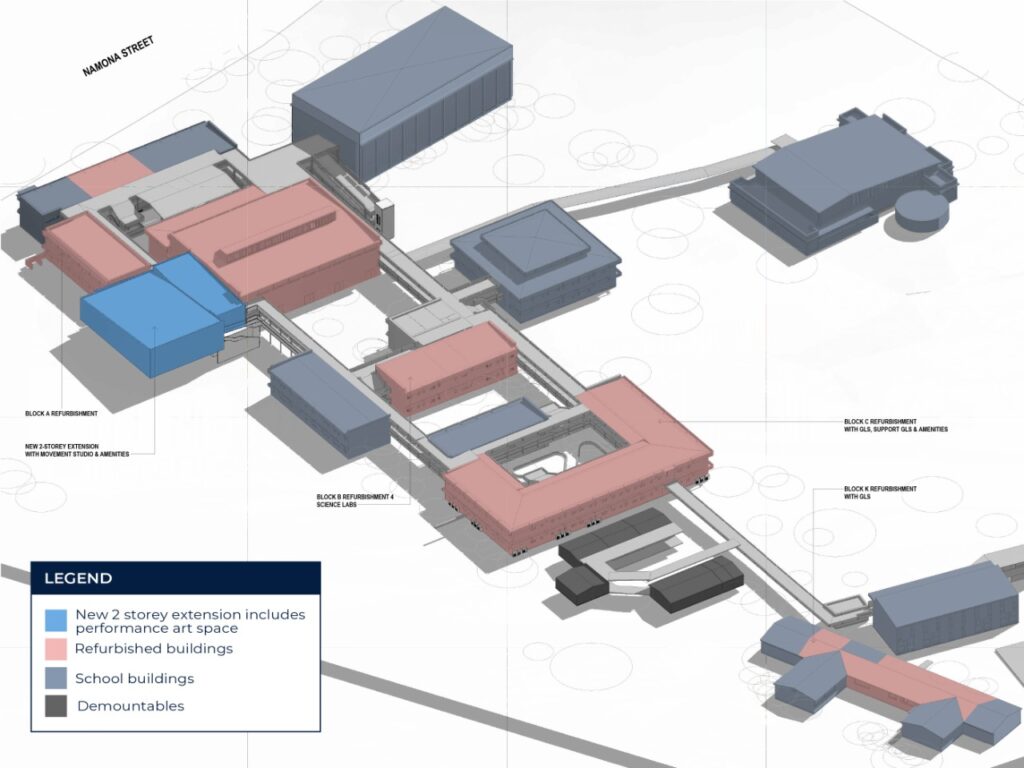
Narrabeen Sports High School layout plan. Image Credit: School Infrastructure NSW, 2021
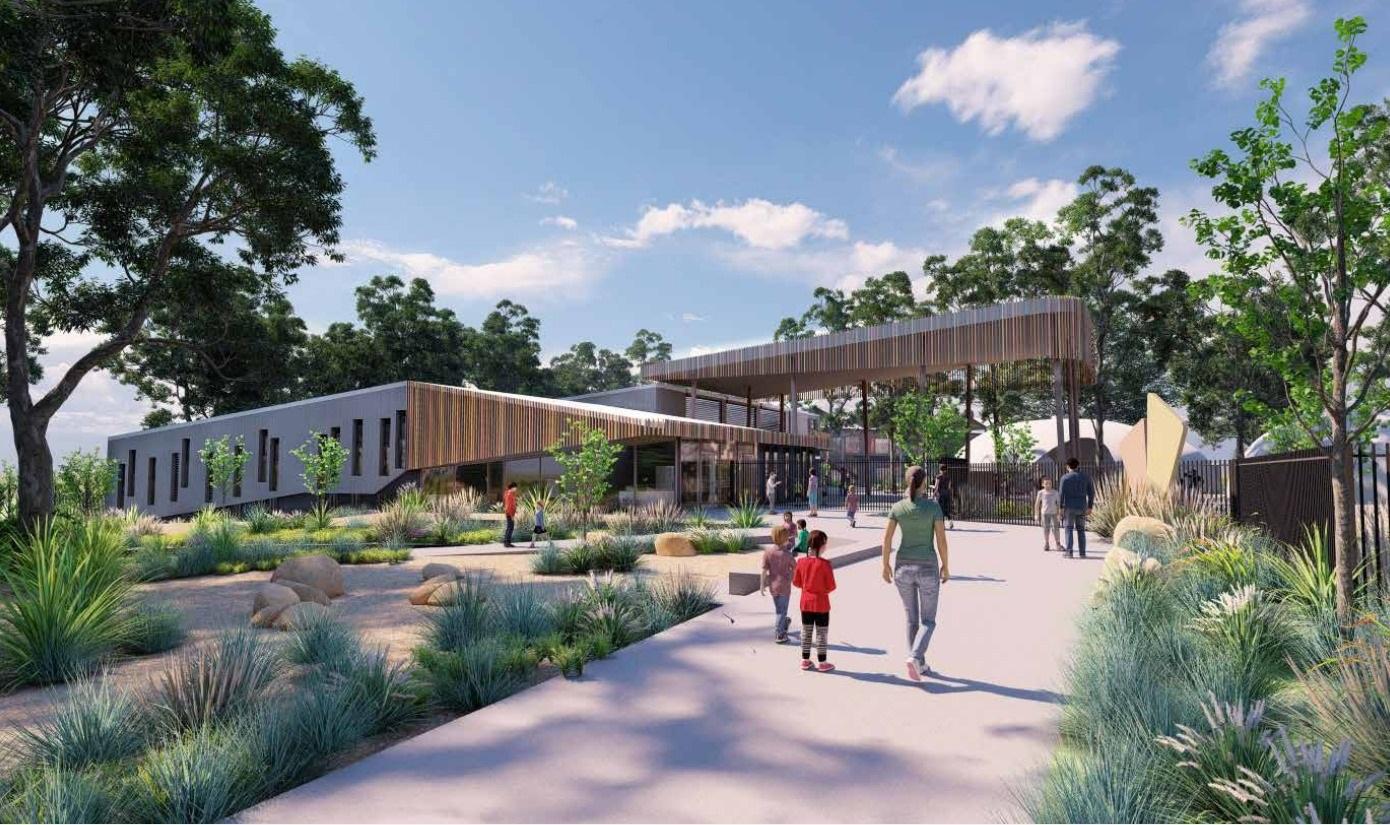
In October 2022 the documents for the Narrabeen North PS DA were made available on Council's website for feedback.
ADCO Constructions was awarded the design and construct main works contract to deliver the Narrabeen North Public School upgrade. The development application (DA) for the main works at Narrabeen North Public School were approved by Northern Beaches Council in June 2023. That allowed construction works to begin on site. Site establishment at Narrabeen North Public School started in late June 2023, with works to remove hazardous materials from the site undertaken during the Winter school holiday break to minimise potential impacts on students.
The Narrabeen North Public School works are scheduled to be completed in 2024.
Narrabeen Sports High works remained at a standstill though.
New Pittwater MP Rory Amon stated as part of his election commitments, ''I am committed to seeing the continued improvement of our local schools, including the $60 million upgrade of the Narrabeen Education Campus (Narrabeen North Public School and Narrabeen Sports High School).''
Mr. Amon kept his promise and pursued the funding that had been allocated be put towards where it was intended, sending in a statement weeks back about the conditions of the classrooms, bathroom facilities without toilet doors and leaking rooves at Narrabeen Sports High School, and calling for immediate remediation works to be commenced so students returning from the Winter break could focus on being students rather then the stains on the walls or toilet cisterns that were cracked and stalls without doors.
Apparently the roof sheets, toilet systems and doors that could have been bought just up the road for a few hundred dollars and put in by a community working bee isn't the way it can be done nowadays - it has to be through official channels and it has to cost millions and a community has to wait until it can be done - even if there is a clear need to get it done yesterday.
With the change of government, residents were advised for future project updates, works notifications, or other relevant documents related to the current upgrades of Narrabeen Sports High School or Narrabeen North Public School after July 2023, to please visit their separate project pages: Narrabeen Sports High School project page and the Narrabeen North Public School project page
The new NSW Labor Government stated it remains committed to delivering the much-needed upgrades at Narrabeen Sports High School and followed up and followed through.
The August 2023 update by School Infrastructure NSW records:
'In the first week of Term 3, School Infrastructure NSW met with the school’s leadership to confirm their priorities and make sure that the upgrades meet the needs of the students and staff.
As an outcome of this discussion, it has been decided that the upgrade will include essential and urgent maintenance including the following:
- renewal and repairs for the science labs, prep rooms, and chemical storerooms in Block B
- replacement of all roofs in Blocks A, B, C, D and E
- refurbishment of student and staff amenities (bathrooms and changerooms)
- upgraded technological and applied studies classrooms in Block A
- refurbishment of existing classrooms within Block C
- refurbishment of Block K including data upgrades.
Now these works are being completed - in record time.
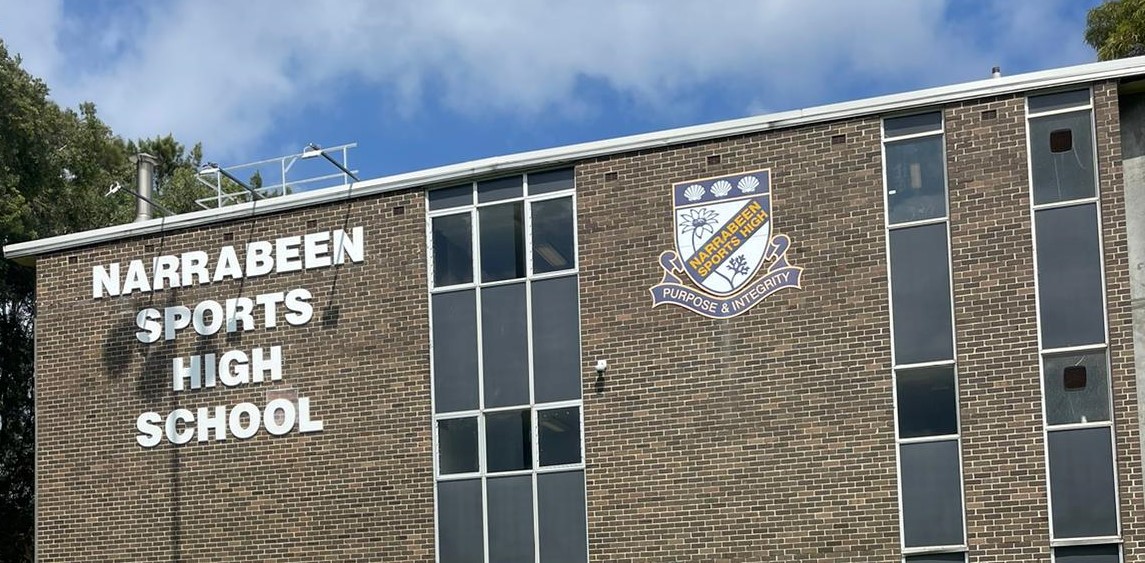
Warning: High-Dose MDMA Tablets (Ecstasy) Circulating In NSW


$80 Million Institute Of Applied Technology For Construction Opened In Western Sydney
- 2D CAD Drawings and 3D Models in Construction
- Building Information Modelling (BIM) in Construction
- Commercial & Contract Management in Construction
- Contract Administration Fundamentals
- Contract Administration in Construction
- Cost Management in Construction
- Emerging Leaders in Construction
- Excel in Construction
- Frontline Leaders in Construction
- Introduction to Building Information Modelling (BIM) in Construction
- Introduction to Project Scope Management in Construction
- Microsoft Office 365 Foundations in Construction
- Power BI Fundamentals in Construction
- Project Management Foundations in Construction
- Project Management Fundamentals in Construction
- Project Management Fundamentals in Construction
- Project Risk Management in Construction
- Schedule Management in Construction
- Stakeholder Engagement and Management in Construction
- Experienced Leaders in Construction
- Project Integration Management in Construction
- Quality Management in Construction
- Scheduling - MS Projects in Construction
- Power BI Data Visualisation in Construction
- Procurement and Commercial Management in Construction
- Construction Communication
- Contract Law/Dispute Resolution
- Introduction to Claims and Variations in Construction
- Reality Capture Technologies
- Integrating GIS and BIM in Construction
- Experienced Leaders in Construction
- Project Integration Management in Construction
- Quality Management in Construction
- Scheduling - MS Projects in Construction
- Power BI Data Visualisation in Construction
- Procurement and Commercial Management in Construction
- Construction Communication
- Contract Law/Dispute Resolution
- Introduction to Claims and Variations in Construction
- Reality Capture Technologies
- Integrating GIS and BIM in Construction

HERstory Exhibition: Remembering Australia’s Military Women
Basketball Court - Winnererremy Bay, Mona Vale: Have Your Say
- new hard court with regulation size key and 3-point lines
- new seating overlooking the courts and park area
- open grassed areas will remain and will include new shade trees to provide passive recreational opportunities
- an additional bike path around the perimeter of the hard court.
- completing the comment form here: https://yoursay.northernbeaches.nsw.gov.au/Hard-Court-Mona-Vale-Winnererremy-Bay
- emailing council@northernbeaches.nsw.gov.au
- writing to Northern Beaches Council, PO Box 82 Manly NSW 1655.
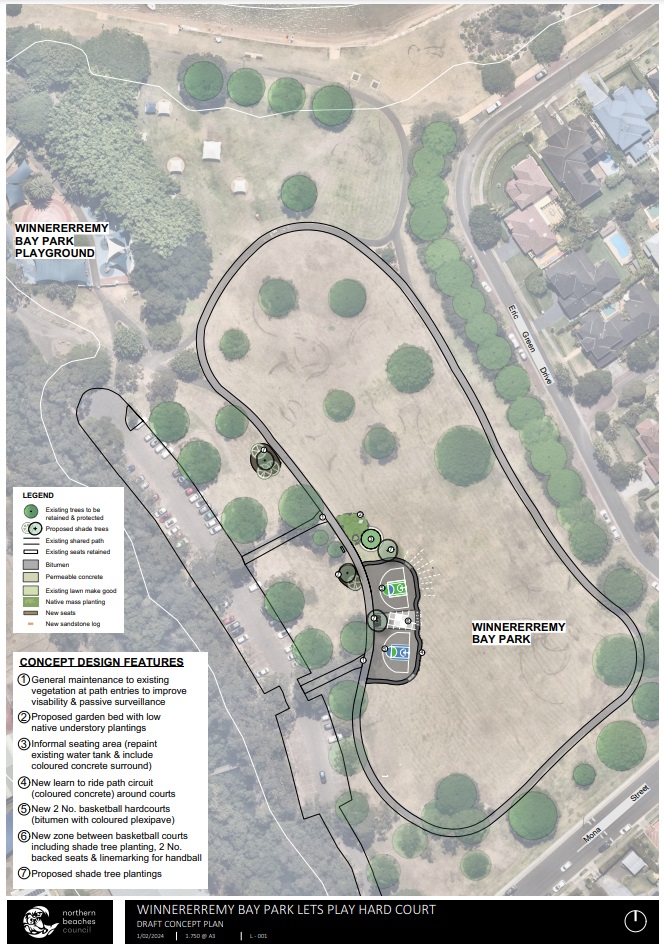
Girls Rugby Open Day
When: Sunday, March 17th, 2-4pm
Where: Rat Park, Warriewood
Local Clubs are uniting for the ultimate girls rugby event!
We are hosting a girls' rugby union open day at Rat Park, grab your friends and head down to see what the game is all about.
Get ready to redefine what it means to be strong. It's not just about tackles and tries, it's about building unshakable confidence and making lifelong friends. We can show you that the field will be your new playground.
GUEST SPEAKERS, GAMES AND PRIZES
We've got the incredible Wallaroo, Waratah and Rat's Women joining us!
Listen to their inspiring journeys, learn from the best, and discover how rugby shaped their fearless path.
We have prize giveaways lined up, so this is your chance to score big on and off the field.
Join us for an action-packed afternoon featuring drill sessions, top Aussie female player guest speakers, and amazing prize giveaways.
Curious about the game? This is your chance to dive in and discover! Don't miss out!

Expressions Of Interest For The 2024 Youth Development Program Are Now Available!
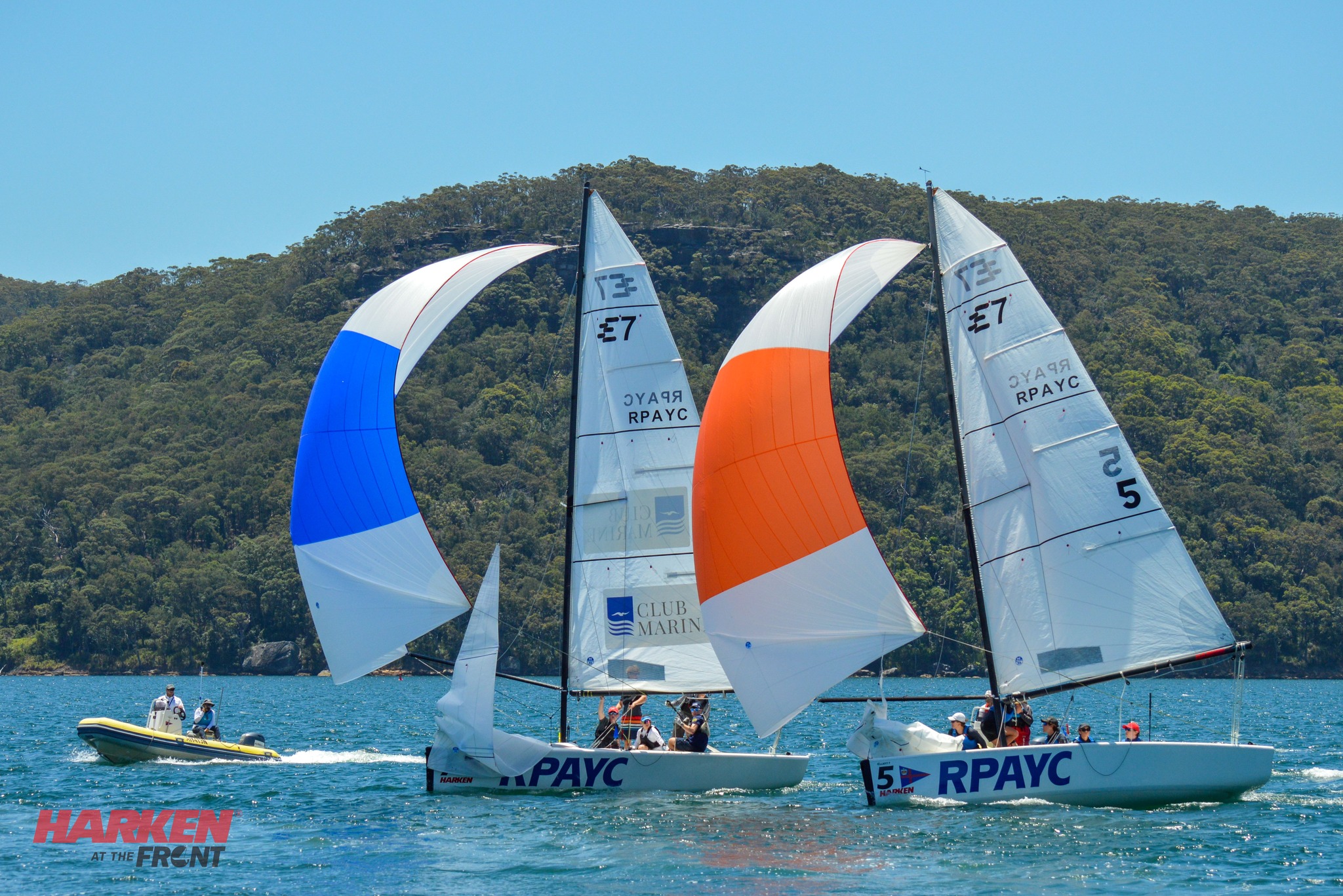
Early Childhood Workforce Given $17 Million Boost After Record Number Of Scholarship Applications
- Up to $25,000 for early childhood teaching (ECT) qualifications.
- Up to $5,000 for diploma and certificate III ECEC and OSHC qualifications.
‘Paddle For Change’ – A Youth Led Climate Action Event: Mona Vale
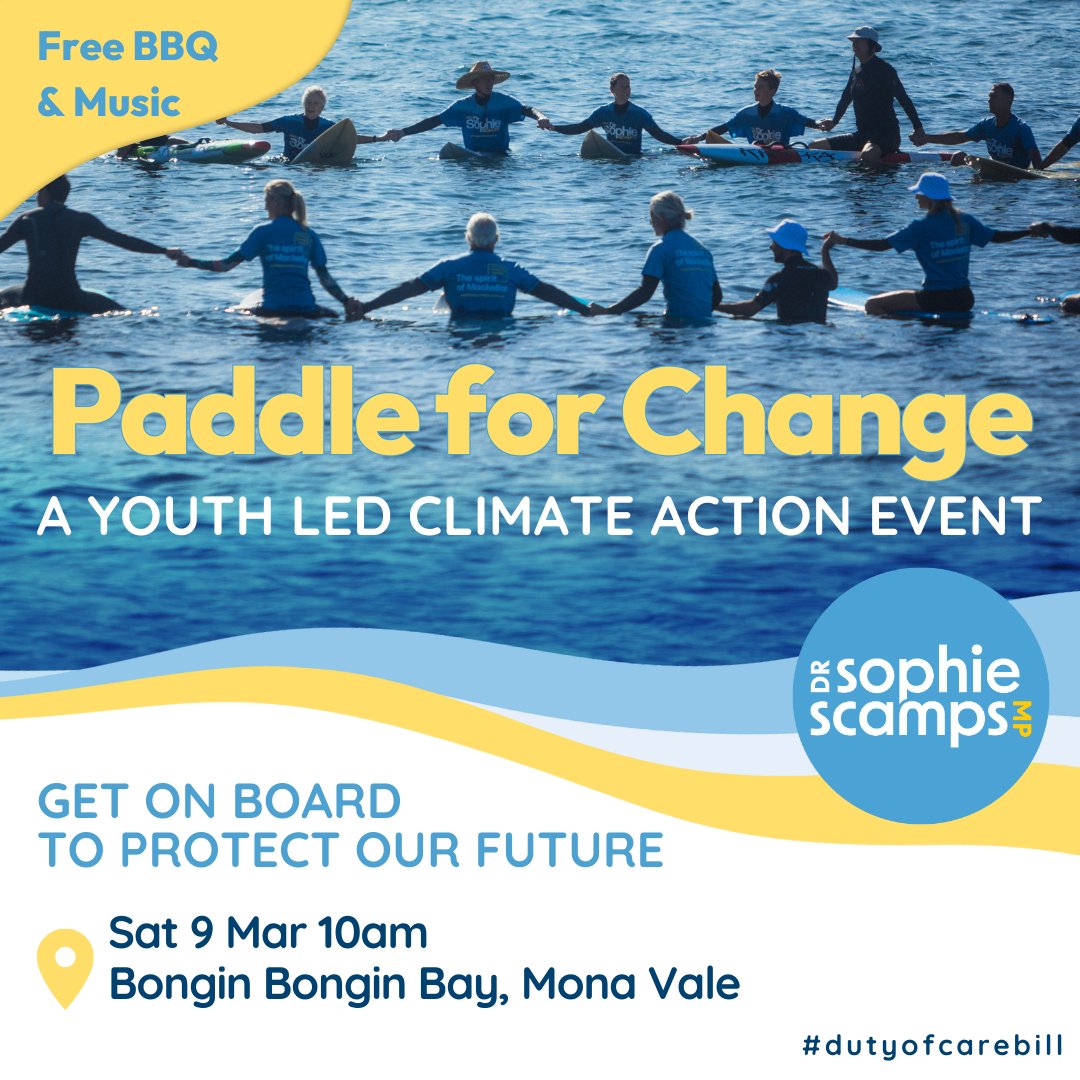
Calling All High School Student Video Makers
.jpg?timestamp=1707430256057)
School Leavers Support
- Download or explore the SLIK here to help guide Your Career.
- School Leavers Information Kit (PDF 5.2MB).
- School Leavers Information Kit (DOCX 0.9MB).
- The SLIK has also been translated into additional languages.
- Download our information booklets if you are rural, regional and remote, Aboriginal or Torres Strait Islander, or living with disability.
- Support for Regional, Rural and Remote School Leavers (PDF 2MB).
- Support for Regional, Rural and Remote School Leavers (DOCX 0.9MB).
- Support for Aboriginal and/or Torres Strait Islander School Leavers (PDF 2MB).
- Support for Aboriginal and/or Torres Strait Islander School Leavers (DOCX 1.1MB).
- Support for School Leavers with Disability (PDF 2MB).
- Support for School Leavers with Disability (DOCX 0.9MB).
- Download the Parents and Guardian’s Guide for School Leavers, which summarises the resources and information available to help you explore all the education, training, and work options available to your young person.
School Leavers Information Service
- navigate the School Leavers Information Kit (SLIK),
- access and use the Your Career website and tools; and
- find relevant support services if needed.
Word Of The Week: Articulate
Adjective
1. having or showing the ability to speak fluently and coherently. 2. able to express thoughts and ideas easily, clearly and well. 3. TECHNICAL; having joints or jointed segments. 4. able to express ideas clearly and effectively in speech or writing; 5. clearly expressed and easily understood.
Verb
1. pronounce (something) clearly and distinctly. 2. form a joint
Are you ready for it? ‘Yeah-nah’ comes back stronger – with a little help from Taylor Swift
Kate Burridge, Monash University and Isabelle Burke, Monash UniversityMuch has been written about the power of Taylor Swift’s poetic lyrics to resonate deeply with her audiences. But forget poetry and literary allusions — their influence pales in comparison to the cultural impact of a resounding “yeah-nah”.
During last Friday evening’s concert, Swift’s dancer Kameron Saunders bellowed the cherished Australian phrase in response to Swift’s line “You know that we are never getting back together” — and 96,000 Swifties at the Melbourne Cricket Ground went wild.
It Was Enchanting To Meet You — Introducing ‘Yeah-Nah’
According to the first ever study of this little Aussie icon, “yeah-nah” arrived on the linguistic scene probably around the late 1990s. But it didn’t really come to the attention of Australians until the early 2000s, much the same time as Swift and her guitar began to rise to fame in Nashville. And, just like Swift, it’s not always been plain sailing for “yeah-nah” — a rocky start and a career marked by continual change and innovation.
Condemned by many in the early 2000s, “yeah-nah” was branded with disparaging labels such as “speech junk” — and lumped together with other “unnecessary words that clutter up our language”. “Yeah-no” was a symptom of Australia’s inarticulateness, they argued, and it should go.
But somehow “yeah-no” climbed out of the linguistic abyss — came back stronger than a nineties trend, as Swifties would put it — and won people’s hearts. When ABC radio stations around the country asked their listeners to send in their favourite Aussie slang expressions, “yeah-nah” came second out of more than a thousand unique phrases (it might even have come first had “mate” not got that unfair boost from other favourites like “g’day mate”).
“>
Now a major protagonist in William McInnes’ book Yeah, Nah!: A celebration of life and the words that make us who we are, this much loved linguistic celebrity also makes regular public appearances — popping up everywhere from car sales adverts to the branding initiatives of condom companies. It’s prominently adorned on earrings, signet rings, necklaces, T-shirts and even features in beautifully intricate needlework embroideries.
What’s ‘Yeah-Nah’ Anyway?
"Yeah-nah” (or its more formal version “yeah-no”) is one of those highly idiosyncratic expressions dotted through our speech. Its functions have to do with hedging, politeness and solidarity, but they are complex and pinning them down is tricky. As you’d expect — it is after all the fall-out of the hidden thought processes of humans interacting with other humans.
Here are some examples to illustrate just some of its duties.
You might want to decline someone’s kind offer of assistance: “Do want a hand?” — “Yeah-nah, I’ll be fine.” To simply say “no” would be blunt.
You might want to agree with a negative question: “So you didn’t get the Taylor Swift tickets?” — “Yeah-nah, we were too slow.” A simple “yes” or “no” would be ambiguous.
You might want to indicate enthusiastic agreement: “So you enjoyed Taylor Swift?” — “Yeah-nah, she was fantastic.” The effect of “no” is to reinforce “yes” by knocking on the head any possibility of contradiction.
You start talking after a lull in the conversation: “Yeah-nah, I was hoping to go to the concert.” “Yeah-nah” strengthens rapport with your conversational partner; it suggests interest or support.
You’re under pressure to accept a compliment, but at the same time want to appear modest. “You played brilliantly today” — “Yeah-nah, I was lucky really.” “Yeah” acknowledges the compliment (not to would seem ungrateful), and the following “nah” effectively softens its impact.
So Which One Did Taylor Swift’s Dancer Use?
The “yeah-nah” starring in the Eras tour is one of the newest functions, sometimes dubbed the “shutdown” use: an intense, sarcastic form of disagreement, which effectively shuts down the topic altogether (“Would you give me your tickets for Saturday night’s concert?” “Yeah, nah”.) The “yeah” sarcastically feints at an agreement that is clearly not possible, before the crystal-cold clarity of the disagreement is issued: “nah”. Curiously, this use has earlier and stronger documentation in US English, and only more recently has it been found in Australian English.
“Shutdown” uses have proliferated on Twitter since at least 2018 (and, yes, that an intense form of disagreement should gain momentum on Twitter is perhaps the least surprising part of this story). The strong strand of internet language feeding the development of this function is perhaps why newer studies have found this form of “yeah-no” is used predominantly by younger people.
A little surprising, really — in most other functions, Baby Boomers have been documented to be the most prolific users of “yeah-no”.
You Belong With Me — Language Binds Us
Language is all about communicating (of course), but it’s also about defining the gang — and never underestimate the significance of this second function. Members of Swift’s fandom are known for weaving her song lyrics (“blank space, baby”, “red lip classic”) into their conversations. These fragments of lyrics become a kind of “clique”, or in-group recognition device — “if you’re quoting Taylor Swift, that connects us”.
Swift is certainly aware of the power of language when it comes to creating bonds, and not just through relatable lyrics and themes. She is brilliant at acknowledging local culture and using colloquial phrases to connect with her audiences. And she nailed it with “yeah-nah”.![]()
Kate Burridge, Professor of Linguistics, Monash University and Isabelle Burke, Research fellow in Linguistics, Monash University
This article is republished from The Conversation under a Creative Commons license. Read the original article.
Outrage culture is a big, toxic problem. Why do we take part? And how can we stop?
Shane Rogers, Edith Cowan University“Outrage culture” is pervasive in the digital age. It refers to our collective tendency to react, often with intense negativity, to developments around us.
Usually this ire is directed at perceived transgressions. The internet wasted no time in raging at Taylor Swift when she received Album of The Year at the Grammys, seemingly frustrated by her lack of acknowledgement of Celine Dion, who presented the award.
Whether or not Swift’s behaviour could be considered rude isn’t the point. The point is the backlash arguably wasn’t proportionate to the crime. This so-called “snub” incident is, therefore, a good example of how quickly and easily people will jump on the online hate train.
Modern outrage culture, which is also known as call-out culture and is linked to cancel culture, often devolves into a toxic spiral. People wanting clout compete to produce the meanest and most over-the-top commentary, stifling open dialogue and demonising those who make mistakes.
A Tale As Old As Time
Collective outrage isn’t a new phenomenon – nor is it necessarily bad. Humans have adapted to become highly sensitive to the threat of social exclusion. Being called out hurts our feelings, which motivates us to change. We learn how this feels for us and we learn how to use it to influence others.
In pre-digital societies, expressing outrage to shame someone as a group served crucial social functions. It reinforced group norms, deterred potential rule-breakers, and fostered a sense of order and accountability within communities.
Expressing outrage can also challenge norms in a way that leads to positive societal change. The women’s liberation movement in the latter part of the 19th century is a good example of this.
The technological innovations of the internet, smartphones and social media have now enabled communal outrage on a global scale. Multiple societies can be affected at once, as witnessed with the #MeToo movement.
When Outrage Spirals
We’ve all seen it play out. Someone says or does something “controversial”, some posts draw attention to it and soon enough a whirlwind of comments appears, echoing over and over the person in question is fundamentally bad.
The Johnny Depp and Amber Heard defamation trial is an example where, regardless of how you feel about the case, it’s hard to deny the discourse turned toxic.
The collective moral outrage that drives such negativity spirals has parallels with people brandishing their pitchforks during the 1690s Salem witch trials. Sharing similar beliefs helps us feel like we’re part of the group.
Beyond that, the conviction we witness in others’ comments and behaviour on an issue can stir up our own emotions, in what’s called “emotional contagion”. With our own emotions heightened and our convictions strengthened, we may feel compelled to join the choir of negative discourse.
The overall tone and style of language used by others can also influence how we act and feel. Social modelling dictates that if many others are piling on with negative comments, it can make it seem okay for us to do so, too.
And the more exposed we are to one-sided discourse, the more likely we are to resist alternative viewpoints. This is called “groupthink”.
Social media algorithms are also generally set up to feed us more of what we’ve previously clicked on, which further contributes to the one-sidedness of our online experience.
Scholars have suggested algorithms can prioritise certain posts in a way that shapes the overall nature of commentary, essentially fuelling the flames of negativity.
Two Sides Of Speaking Up
Unlike Salem in the late 1690s, today’s outrage culture is multiplied in intensity and scale due to changing cultural norms around “speaking up”. Combined with the anonymity and global reach afforded by the internet, the culture of speaking up has likely fuelled the kind of vocalisation we see online.
For example, in the past two decades there has been growing societal recognition that it’s good to speak up against bullying. This can be associated with more education on bullying in schools. There’s also a growing trend of encouraging a speak-up culture in workplaces. So it’s not surprising many people now report feeling confident in voicing their opinions online.

It’s also easier to express negative opinions online since we can remain anonymous. We don’t directly witness the emotional pain inflicted upon our target. Nor do we have to worry about the potential threat to our personal safety that would be associated with saying the same horrible thing to a person’s face. As summed up by Taylor Swift herself in You Need to Calm Down:
Say it in the street, that’s a knock-out. But you say it in a tweet, that’s a cop-out.
How Can We Combat Negativity?
Navigating the pitfalls of outrage culture requires us to adopt a more reflective approach before participating in public condemnation. Consider also that outrage culture runs counter to the moral ideals most of us admire, such as:
- everyone makes mistakes
- people are worth more than their worst actions
- people are capable of growth and change, and deserve second chances
- it’s okay to have different opinions to others
- the punishment should fit the crime.
Research suggests positive comments can be a productive counter-influence on negativity spirals. So it’s worth speaking up if you do witness matters getting out of hand online. Before clicking the send button, consider asking yourself:
- do I really believe what I’m about to say or am I going along with the group?
- how might this comment affect the person receiving it, and am I okay with that?
- would I communicate like this if it was a face-to-face situation?
By encouraging reflection, empathy and open dialogue, we can avoid toxic outrage culture – and instead use our collective outrage as a force for positive change.![]()
Shane Rogers, Lecturer in Psychology, Edith Cowan University
This article is republished from The Conversation under a Creative Commons license. Read the original article.
A botanical Pompeii: we found spectacular Australian plant fossils from 30 million years ago
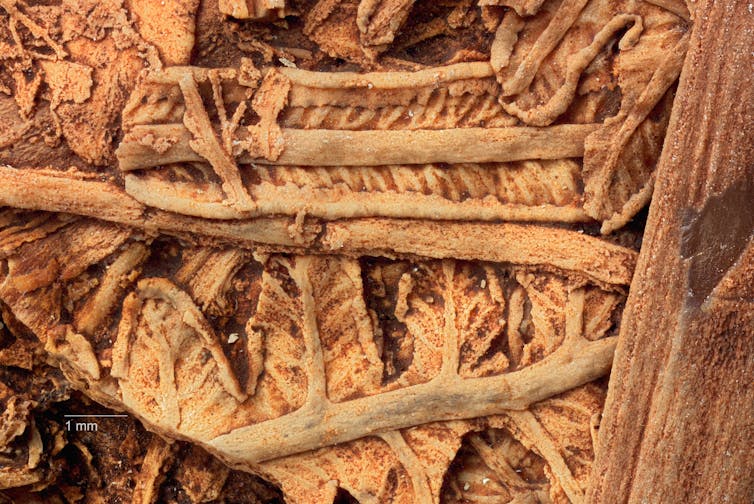
The Australian continent is now geologically stable. But volcanic rocks, lava flows and a contemporary landscape dotted with extinct volcanoes show this wasn’t always the case.
Between 40 and 20 million years ago – during the Eocene to Miocene epochs – there was widespread volcano activity across eastern Australia. In places such as western Victoria and the Atherton Tablelands in Queensland, it was even more recent.
Erupting volcanoes can have devastating consequences for human settlements, as we know from Pompeii in Italy, which was buried by ash when Mount Vesuvius erupted in 79 CE. But ash falls and lava flows can also entomb entire forests, or at least many of the plants within them.
Our studies of these rare and unique plant time capsules are revealing exquisitely preserved fossil floras and new insights into Australia’s botanical history. This new work is published in the journal Gondwana Research.
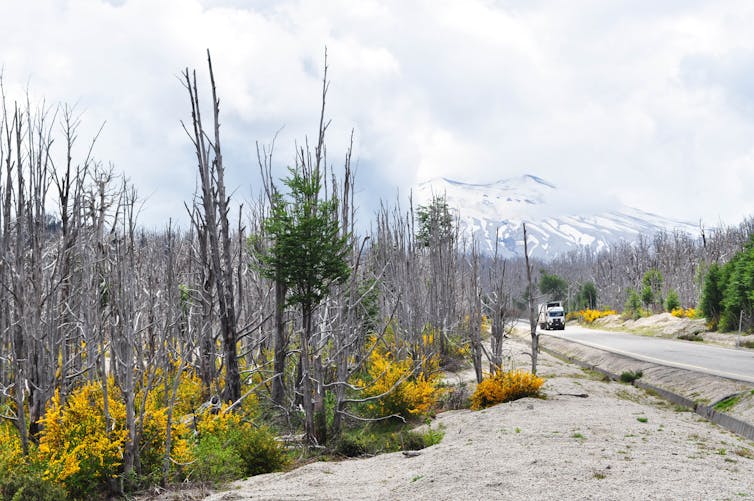
Remarkable Preservation
The most common volcanic rocks are basalts. The rich red soils derived from them are among the most fertile in Australia.
But the rocks in which fossils occur are buried under basalts or other volcanic rock, and are called silcretes – the name indicates their origins are from silica-rich groundwaters. Silica is the major constituent of sand, and familiar to most of us as quartz.
What makes the silcrete plant fossils so fascinating is the superfine preservation of plant material. This includes fine roots and root nodules, uncurling fern fronds and their underground stems, the soft outer bark of wood, feeding traces and frass (powdery droppings) of insects, and even the delicate tissues and anatomy of fruits and seeds.
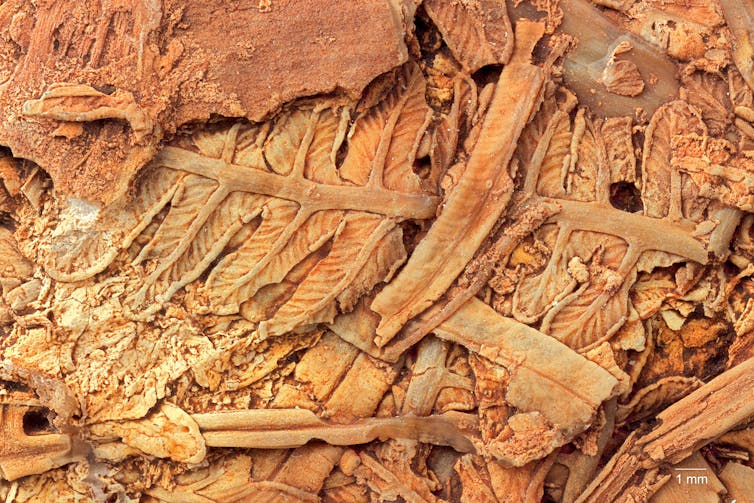
For this fine preservation to occur, first there needs to be a rapid burial, like that from a volcanic eruption. Then, there has to be an abundant source of silica — a condition met when the volcanic rocks began to weather.
The process where silica infills and preserves plant structures is referred to as “silicification” or “permineralisation”. When plant material is buried, it provides acidic conditions that are ideal for this to happen.
And the process need not take millions of years. Overseas studies of plants in hot springs or undertaken in the laboratory have shown that some types of silica will quickly infiltrate wood and plant tissues.
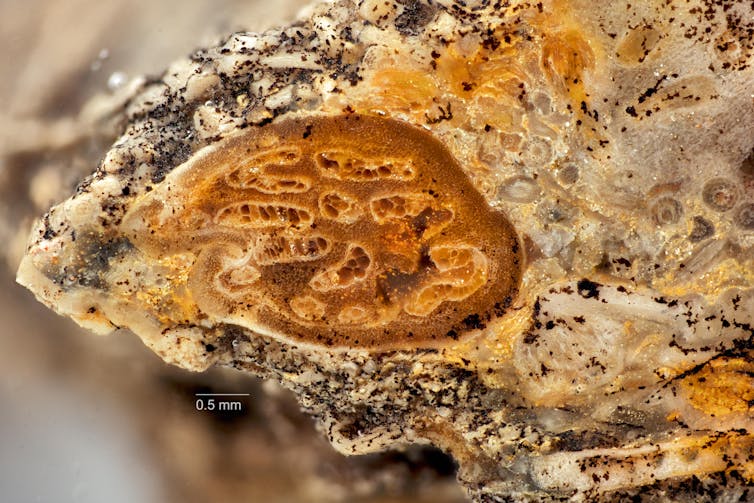
Why Are These Plant Fossils Significant?
Because of their rapid entombment by the volcanoes, we can be sure the plants were in situ (that is, their original location) and were actively growing. This means we can gain detailed information about the make-up of these past plant communities.
In other areas where plant fossils might accumulate – such as river deltas – we can never be sure how far the bits of plants were carried, and whether they were from different types of vegetation.
Silicification not only preserves plants, but also leaf litter on the forest floor and even the underlying soil containing roots and root nodules. The fossil plants that are preserved at different sites varies, indicating the presence of distinct plant communities.
The abundance of seeds and fruits at one site near Capella, in central Queensland, even indicated to us that the local volcanic eruptions are likely to have occurred in summer or early autumn during the fruiting season.
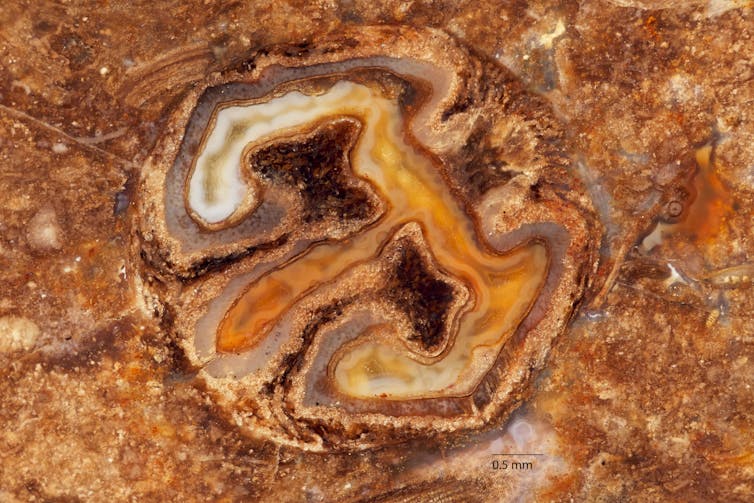
The extraordinary preservation of these fossils allows us to compare them with modern plants. In turn, this means we can accurately identify them.
The ferns include fronds and underground stems (rhizomes) of the familiar bracken fern (Pteridium). We have also found the distinctive seeds and lianas of the grape family (Vitaceae), along with evidence of insect damage in the wood. Two sites also had evidence of palms.
While there have been few previous studies on silcrete plants, we have revealed new insights into the history of the modern Australian flora.
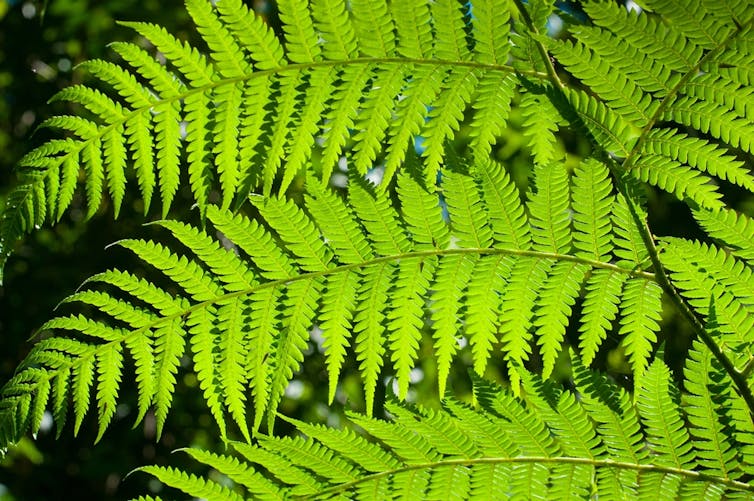
Volcanoes Shaped Plant Communities
Volcanic activity both destroys and modifies existing plant communities. It also provides new substrates for plants to colonise.
Several sites contained ferns – this may be because they are among the first living plants to colonise new volcanic terrains via their tiny wind-borne spores. For instance, it has been documented that bracken ferns were pioneer plants of the barren cone of the famous Krakatoa volcano after its eruption in 1883.
But the diversity of seeds and fruits at another site suggests that an existing forest was buried by volcanic activity.
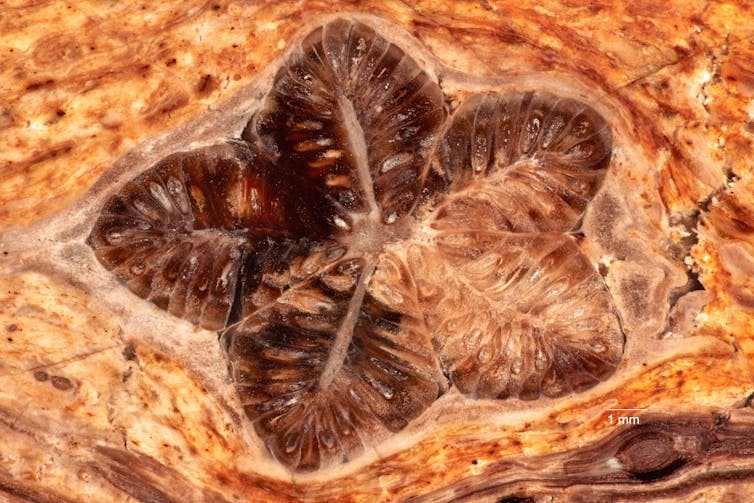
Researchers have suggested that the key factors responsible for the evolution of the Australian fauna and flora during the Cenozoic period (the last 66 million years) were predominantly climate and environmental change. It happened, in part, due to the movement of the Australian continental plate northwards.
But the broad-scale volcano activity that occurred in eastern Australia during the Cenozoic has rarely been invoked as a key driver of such changes.
So remarkably preserved, the silcrete plant fossils are now providing startling new insights into the history of some groups of Australian plants and the vegetation types in which they grew.
The author would like to acknowledge co-author Raymond Carpenter from the University of Adelaide who contributed to this article.![]()
Andrew Rozefelds, Adjunct Assoc Professor Central Queensland University and Principal Curator Geosciences Queensland Museum, CQUniversity Australia
This article is republished from The Conversation under a Creative Commons license. Read the original article.
We discovered two new Australian native mammals – the first of their kind this century
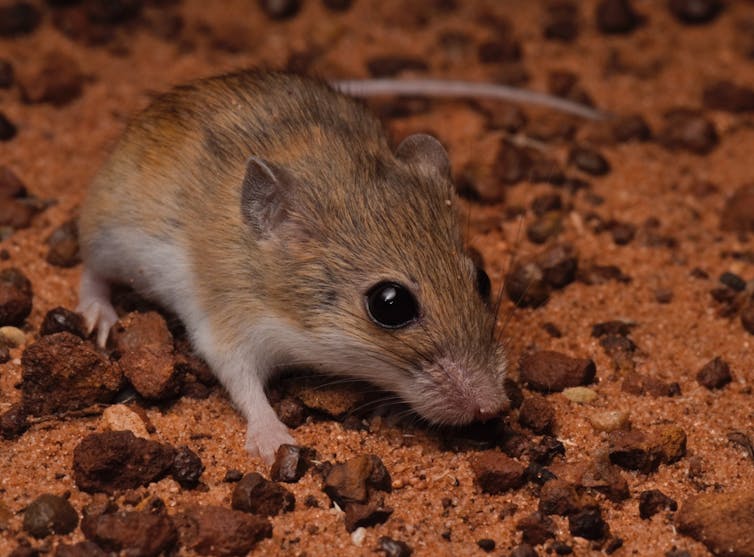
Australia can lay claim to two new native mammal species, discovered as part of our collaborative research published today in the journal Molecular Ecology.
Australia has some of the most unique biodiversity in the world, and our native mammals are particularly well known. For many, the iconic marsupials might be the first that come to mind – but we also boast an impressive and fascinating diversity of native rodents.
Unlike the invasive pests introduced since European colonisation, native rodents have been evolving in Australia for around five million years. With over 150 species in Australia and New Guinea found nowhere else in the world, there’s a lot to love about our native rats and mice.
Our new research adds two more species to this list, and, like many of Australia’s recently described mammals, they’ve been hiding in plain sight.
Hiding In Plain Sight
The two new species belong to a group of very small and aptly named Australian rodents: the delicate mice.
These dainty creatures differ from the invasive pests you might come across in your home or backyard. With adults weighing as little as six grams, they are typically smaller, and are a crucial part of Australia’s natural environment and ecosystems.
Prior to our discovery, the namesake of the group, the delicate mouse or Molinipi (Pseudomys delicatulus) was thought to be a single species spanning a massive stretch of the country – from the Pilbara in Western Australia, across parts of the Northern Territory and through Queensland down to the New South Wales border.
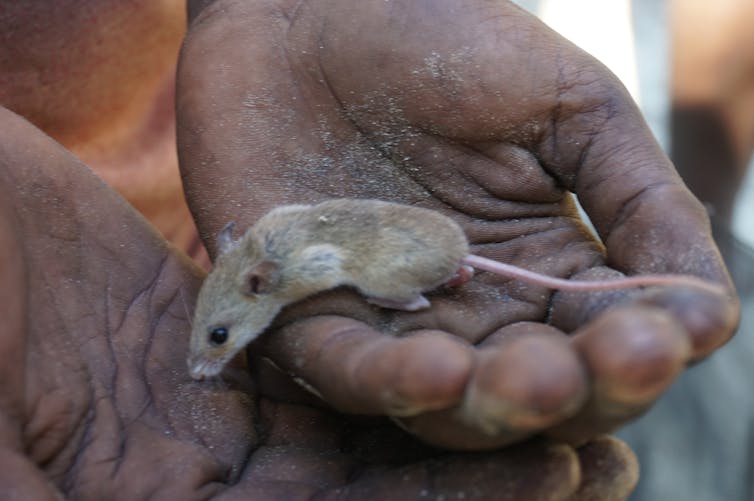
However, our team has now confirmed the delicate mouse is three species, not one.
We discovered this using genomic sequencing of delicate mice from across the country, combined with data on reproductive traits and high-resolution computed tomography (CT) scans.
The three species are genetically distinct. Their sperm and chromosomes also aren’t compatible, which likely prevents them from interbreeding.
Despite this, they do look quite similar to each other – which is why these two additional delicate mouse species have remained undiscovered until now.
New Names For Cryptic Species
One of these mice gets to keep its original scientific name, so Pseudomys delicatulus now refers to the “northern delicate mouse”. The other species needed their own names.
The new “western delicate mouse” (Pseudomys pilbarensis) or Kalunyja in the Kariyarra language, occurs mainly in Western Australia, including the Pilbara, Great Sandy Desert and southern Kimberley regions.
The “eastern delicate mouse” (Pseudomys mimulus) or Kalla, in the Wik-Mungkan language, occurs through eastern Queensland and northern New South Wales, around Mount Isa in western Queensland, and on Groote Eylandt.

The western delicate mouse is the first new Pseudomys described this century. While we know a lot about Australia’s native mammals, there is still more to uncover. This discovery follows the description of two very tiny new marsupials last year, along with a host of other new marsupials and bats described since 2000.
By giving these species their own names, we’re taking the first step toward ensuring they’re given the right conservation attention.

Conserving Our Iconic Native Mammals
Native rodents are one of our most threatened mammal groups and have been disproportionately impacted by extinction since European colonisation of Australia began in 1788.
Recognising Australia’s mammals under official taxonomic names is crucial to ensure they can be assessed and prioritised for conservation listing and funding.
The northern delicate mouse has not previously been a conservation priority – but that might be because it was thought to have a distribution three times larger than it actually does. The western and eastern delicate mice haven’t had any conservation or research attention, because we didn’t know they were unique species.
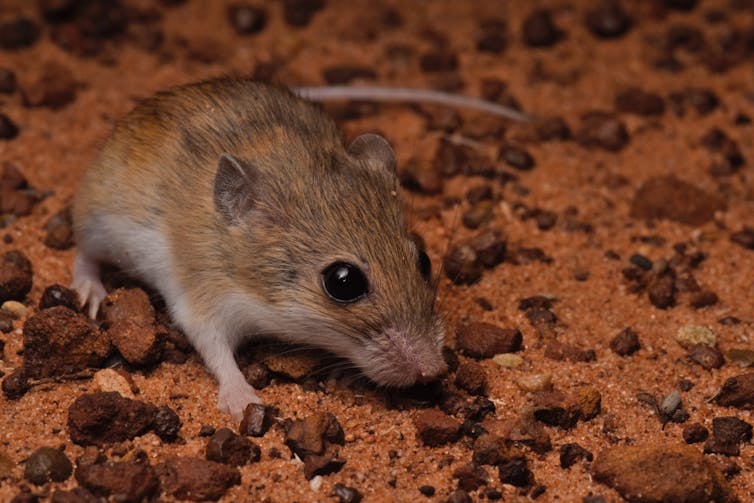
As part of our research, we also showed how species in the delicate mouse group are specialised to unique Australian environments: from the arid central deserts to the northern monsoonal tropics. Given their habitat specialisations, models in our research suggest that up to 95% of current delicate mouse habitat may become unsuitable by the year 2100 under a moderate future warming scenario.
Combined with more immediate threats – predation by feral cats, habitat clearing and introduced diseases – the delicate mice may be more at risk that we previously thought.
Our discovery is significant for the future of the tiny mice, with their new names already endorsed by the Australasian Mammal Taxonomy Consortium. Recognition in government legislation is to follow.
This will allow us to reassess the conservation status of the three species, to determine what action is needed to protect them into the future.![]()
Emily Roycroft, Postdoctoral Research Fellow, Australian National University
This article is republished from The Conversation under a Creative Commons license. Read the original article.
The New York Times’ AI copyright lawsuit shows that forgiveness might not be better than permission

The New York Times’ (NYT) legal proceedings against OpenAI and Microsoft has opened a new frontier in the ongoing legal challenges brought on by the use of copyrighted data to “train”, or improve generative AI.
There are already a variety of lawsuits against AI companies, including one brought by Getty Images against StabilityAI, which makes the Stable Diffusion online text-to-image generator. Authors George R.R. Martin and John Grisham have also brought legal cases against ChatGPT owner OpenAI over copyright claims. But the NYT case is not “more of the same” because it throws interesting new arguments into the mix.
The legal action focuses in on the value of the training data and a new question relating to reputational damage. It is a potent mix of trade marks and copyright and one which may test the fair use defences typically relied upon.
It will, no doubt, be watched closely by media organisations looking to challenge the usual “let’s ask for forgiveness, not permission” approach to training data. Training data is used to improve the performance of AI systems and generally consists of real world information, often drawn from the internet.
The lawsuit also presents a novel argument – not advanced by other, similar cases – that’s related to something called “hallucinations”, where AI systems generate false or misleading information but present it as fact. This argument could in fact be one of the most potent in the case.
The NYT case in particular raises three interesting takes on the usual approach. First, that due to their reputation for trustworthy news and information, NYT content has enhanced value and desirability as training data for use in AI.
Second, that due to its paywall, the reproduction of articles on request is commercially damaging. Third, that ChatGPT “hallucinations” are causing reputational damage to the New York Times through, effectively, false attribution.
This is not just another generative AI copyright dispute. The first argument presented by the NYT is that the training data used by OpenAI is protected by copyright, and so they claim the training phase of ChatGPT infringed copyright. We have seen this type of argument run before in other disputes.
Fair Use?
The challenge for this type of attack is the fair use shield. In the US, fair use is a doctrine in law that permits the use of copyrighted material under certain circumstances, such as in news reporting, academic work and commentary.
OpenAI’s response so far has been very cautious, but a key tenet in a statement released by the company is that their use of online data does indeed fall under the principle of “fair use”.
Anticipating some of the difficulties that such a fair use defence could potentially cause, the NYT has adopted a slightly different angle. In particular, it seeks to differentiate its data from standard data. The NYT intends to use what it claims to be the accuracy, trustworthiness and prestige of its reporting. It claims that this creates a particularly desirable dataset.

It argues that as a reputable and trusted source, its articles have additional weight and reliability in training generative AI and are part of a data subset that is given additional weighting in that training.
It argues that by largely reproducing articles upon prompting, ChatGPT is able to deny the NYT, which is paywalled, visitors and revenue it would otherwise receive. This introduction of some aspect of commercial competition and commercial advantage seems intended to head off the usual fair use defence common to these claims.
It will be interesting to see whether the assertion of special weighting in the training data has an impact. If it does, it sets a path for other media organisations to challenge the use of their reporting in the training data without permission.
The final element of the NYT’s claim presents a novel angle to the challenge. It suggests that damage is being done to the NYT brand through the material that ChatGPT produces. While almost presented as an afterthought in the complaint, it may yet be the claim that causes Open AI the most difficulty.
This is the argument related to AI “hallucinations”. The NYT argues that this is compounded because ChatGPT presents the information as having come from the NYT.
The newspaper further suggests that consumers may act based on the summary given by ChatGPT, thinking the information comes from the NYT and is to be trusted. The reputational damage is caused because the newspaper has no control over what ChatGPT produces.
This is an interesting challenge to conclude with. “Hallucination” is a recognised issue with AI generated responses and the NYT is arguing that the reputational harm may not be easy to rectify.
The NYT claim opens a number of lines of novel attack which move the focus from copyright on to how the copyrighted data is presented to users by ChatGPT and the value of that data to the newspaper. This is much trickier for OpenAI to defend.
This case will be watched closely by other media publishers, especially those behind paywalls, and with particular regard to how it interacts with the usual fair use defence.
If the NYT dataset is recognised as having the “enhanced value” it claims to, it may pave the way for monetisation of that dataset in training AI rather than the “forgiveness, not permission” approach prevalent today.![]()
Peter Vaughan, Senior Lecturer, Nottingham Law School, Nottingham Trent University
This article is republished from The Conversation under a Creative Commons license. Read the original article.
Stone Age ‘megastructure’ under Baltic Sea sheds light on strategy used by Palaeolithic hunters over 10,000 years ago
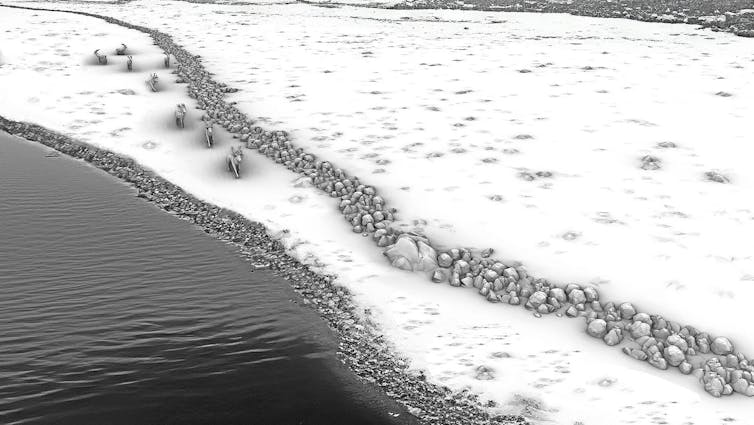
Archaeologists have identified what may be Europe’s oldest human-made megastructure, submerged 21 metres below the Baltic Sea in the Bay of Mecklenburg, Germany. This structure – which has been named the Blinkerwall – is a continuous low wall made from over 1,500 granite stones that runs for almost a kilometre. The evidence suggests it was constructed by Palaeolithic people between 11,700 and 9,900 years ago, probably as an aid for hunting reindeer.
The archaeologists investigating the Bay of Mecklenburg used a range of submarine equipment, sampling methods and modelling techniques to reconstruct the ancient lake bed and its surrounding landscape. This revealed that the Blinkerwall stands on a ridge running east to west, with a 5km-wide lake basin a few metres below the ridge to the south.
The human, rather than natural, origin for the Blinkerwall was confirmed by an archaeological diving team who photographed sections of the wall. These show that it is made up of 288 very large boulders, which were probably dropped in that location by the retreating glacier, connected by 1,673 smaller stones.
These smaller stones appear to have been collected from the immediate vicinity, as the area just to the north of the wall has many fewer stones than the areas even further north. The resulting structure stands a little under a metre in height and up to two metres wide, with remarkable regularity over its 971-metre length.
A Different Landscape
At the time of its construction, the landscapes and seascapes of northwest Europe were very different from today. The climate was beginning to warm as the colder Pleistocene era ended and the warmer Holocene era began. Sea levels were much lower, and large glaciers sat over much of Fennoscandia.
The land around the Baltic Sea basin was rising rapidly, released from the weight of the retreating glaciers and transforming a brackish body of water known as the Yoldia sea into the freshwater Ancylus lake. Great Britain was a peninsula of the European continental landmass, with a vast lowland plain known as Doggerland stretching from Norfolk to the Netherlands. Herds of reindeer, European bison and wild horse migrated across its sparsely forested landscape.
In cultural terms, this period, known as the Late Upper Palaeolithic, is marked by significant hallmarks in technological innovation by the people who lived at this time. Dogs had been recently domesticated; there are regionally distinct forms of stone projectile points; and there is frequent use of decorated bone and antler harpoons, as well as specialist hunting strategies employed to target migrating prey.
The identification of the Blinkerwall now demonstrates that Palaeolithic hunters were managing their landscape to aid their hunting activities more deliberately than was previously thought.
Construction of walls and other features in the landscape is familiar to us, particularly in the context of land enclosure for farming. Both contemporary and ancient societies that have traditionally subsisted by hunting and gathering wild resources are also known to alter their environments by constructing features such as stone walls. These are used for a variety of purposes including fishing, shellfishing and hunting.
The researchers compared the Blinkerwall to other archaeologically documented structures of a similar length and construction type that have been identified in the Middle East, North America, Canada and Greenland. These structures are interpreted as having been built for the purpose of game drive hunting. In this strategy, hunters use landscape and built features to gain an advantage over their prey by directing its movements to a location where they are more vulnerable to attack by other hunters.
The similarity of the Blinkerwall to these other structures, and its construction adjacent to a body of water, led to the suggestion that the wall had been created for the same purpose. The lake itself may also have been used in this strategy.
Supporting Evidence
One archaeological site from Germany that supports this interpretation is Stellmoor, located just north of Hamburg and which dates to the latest time that the Blinkerwall could have been constructed.
The site is located at the end of a narrow valley where thousands of reindeer bones – some bearing hunting impact traces, flint points and even pinewood arrow shafts – were found preserved in the ancient lake sediments. The hunting evidence at Stellmoor shows the reindeer were shot by arrows as they were driven down the valley into the lake.
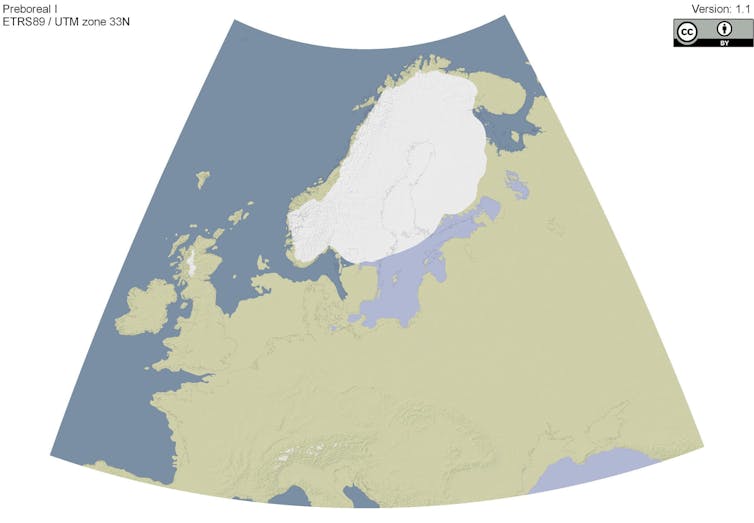
While there is no archaeological evidence at Stellmoor to suggest people had deliberately created or changed the landscape to enhance their hunting success, it shows how the topography of the landscape was used to the hunters’ advantage. The Blinkerwall construction provides evidence that Palaeolithic people took this level of planning and coordination a step further.
It shows they recognised and understood the instincts of their prey so well that they were able to predict their movements – and how they would react when faced with an artificially created obstacle like the Blinkerwall.
The discovery of this monumental piece of hunting architecture is unique in Europe. At a maximum of 11,700 years old, it is one of the oldest examples in the world, potentially predating a desert hunting “kite” at Jibal al-Gadiwiyt in Jordan by over a thousand years.
The Blinkerwall adds a new element to our understanding of the highly skilled and specialised hunting strategies engineered by people at the end of the last glacial period – strategies that have continued to be used in different landscapes for millennia. And the discoveries are unlikely to stop here.
The Bay of Mecklenburg has the potential to reveal further archaeological evidence of equal significance. The researchers do not rule out the possibility that another wall or other associated features could be found, buried under later sedimentation of the ancient lake.
If weapons, tools or animal remains were to be recovered at the site, this would reveal information about the nature and duration of its use – and far greater insights into the sophisticated subsistence strategies of the Palaeolithic hunters of the Baltic.![]()
Stephanie Piper, Lecturer in Archaeology, University of York
This article is republished from The Conversation under a Creative Commons license. Read the original article.
Letters and embroidery allowed medieval women to express their ‘forbidden’ emotions

Medieval Europe was a place of great emotional incontinence. So much so that historian Johan Huizinga claimed: “Modern man has no idea of the unrestrained extravagance of the medieval heart.”
Crying was ubiquitous – especially by religious men and women, as writing and illustrations in religious texts of the time show. Women were not allowed to engage widely in holy intellectual pursuits such as writing and interpreting religious texts, so they could only channel their religious fervour and closeness to God through their bodies.
But though such displays of extreme emotions were accepted from religious women because it was seen as a sign of their devotion to God, it wasn’t considered acceptable for their lay counterparts.
In the medieval period, prescriptive literature warned women of the dangers of anger – one of seven deadly sins. Women’s anger was seen to confirm their inherent weakness and inability to control their emotions.
But while they were discouraged from expressing their feelings in daily life, letters written by elite women of the medieval period are a rich source of information about their emotions. Most upper-class women were educated and eloquent in their writing, and letters gave them the opportunity to express themselves and wield power, when they had little other means of exerting influence.
Surviving Letters
Not many of these letters have survived. One that has was sent by Aline le Despenser, Countess of Norfolk, to the chancellor of England in around 1273. Women did not partake in official communication, so this was unusual. The letter is a masterclass in persuasion. It uses rhetoric such as “dear friendship”, which was mostly only used between male associates. But the countess had to write carefully and mostly stay close to the expected gender norms of appearing to be a decorous, obedient wife – a tight line to navigate.

In Renaissance Italy, the feeling of being powerless was palpable in many of the letters that women wrote. A Corresponding Renaissance: Letters Written by Italian Women, 1375–1650 (2016), by historian Lisa Kaborycha, includes 55 letters written by women of different social status. Through their writing, the women attempt to gain cultural currency, enter the public sphere and assert power.
A letter written by the aristocrat Lucrezia de’ Medici shows that she felt trapped in the roles she was expected to play. She was the older sister of Lorenzo de’ Medici, one of the most powerful Italian statesmen of the time, best known for his patronage of artists such as Botticelli and Michelangelo.
De’ Medici was married off at the age of 13 for a large dowry and brought to her husband’s house five years later. In one of her letters, she says: “Don’t be born a woman if you want your own way.”
The letters by another Florentine women from the same period, Alessandra Strozzi are considered some of the most important insights into political and social life at the time. But equally, they provide an insight into her inner world and emotions throughout her life – from joy and triumph to despair, anxiety, pain and sorrow.
Strozzi wrote long letters because she wanted to, not because she needed to. Following the death of her husband, she chose not to remarry to ensure she remained involved in her children’s lives and worked hard to negotiate beneficial financial and marital collaborations for her sons. She also used shame and guilt to manipulate and coerce her sons, Filippo and Lorenzo, into strategic deals.
In one of her letters she says: “Not seeing any of your children makes me wonder who are they doing all this work for. If they carry on as they are, they will harden their hearts and they’ll keep me in these negotiations for so long that I’ll die.”
Embroidered Messages
Embroidery was another way that medieval women could express their emotions. These women used their needles as pens, subverting the traditional notion of female docility by incorporating symbols and messages into their designs.
During this period, embroidery was not just undertaken for practical purposes but was expected from virtuous upper-class women, part of expressing their “true” nature as dutiful and obedient wives and daughters.
Most embroidery pattern books were written by men, and in rejecting the patterns (and sentiments) that were proposed by them, these women exerted power and emotional authority, while treading the line between masculine authoritativeness and female passivity.

In collaboration with noblewoman Elizabeth Talbot (widely known as Bess of Hardwick), Mary, Queen of Scots designed several embroidery and lace patterns. The designs were a way to express her agency and emotions during her captivity.
Her designs were a symbol of her pride and resistance, especially as her letters were under constant surveillance. Her use of colour and symbols showed her grief and melancholy. In one panel, a crowned ginger cat is pictured with a grey mouse, representing her fractious relationship with her sister, Elizabeth I.
While these letters and embroidered messages are a fascinating insight into the emotions of medieval women, most of them are from women of high social standing who had wealth and privilege. Women from lower classes were not educated, and so could not make use of these forms. And the archives have gaps. What was perceived to be of value has been saved for posterity, while that which did not hold cultural currency was not.
As I discuss in my book, Hysterical: Exploding the myth of gendered emotions, while the wider literature from the period tells us that medieval women were silent and passive, quiet and chaste, their letters and embroideries tell a different story. The women who wrote and created these works were bold and strident, angry and astute. And clever enough to find their own tools for claiming power, in a culture determined to silence them.

Looking for something good? Cut through the noise with a carefully curated selection of the latest releases, live events and exhibitions, straight to your inbox every fortnight, on Fridays. Sign up here.![]()
Pragya Agarwal, Visiting Professor of Social Inequities and Injustice, Loughborough University
This article is republished from The Conversation under a Creative Commons license. Read the original article.
I’ve researched Clara Bow – it’s no wonder the actress inspired Taylor Swift’s new album
Jennifer Voss, De Montfort UniversityWhile on stage collecting the award for album of the year (her fourth to date) at the 2024 Grammys earlier this month, Taylor Swift announced her 11th album: The Tortured Poets Department.
Moments later, Swift uploaded full details of her new record to Instagram, including the album artwork and track list. One of the 17 newly revealed tracks is titled Clara Bow. Actress Clara Bow (1905-1965) was the original “It girl”. And she had plenty in common with Swift. Adored and villainised throughout her career, her love life was constantly under scrutiny.
While news outlets instantly set about reporting on the excitement of Swift’s latest album, unveiling her new collaborations and praising her record-setting evening, an opposing maelstrom of hate was already on its way.

This article is part of Quarter Life, a series about issues affecting those of us in our twenties and thirties. From the challenges of beginning a career and taking care of our mental health, to the excitement of starting a family, adopting a pet or just making friends as an adult. The articles in this series explore the questions and bring answers as we navigate this turbulent period of life.
You may be interested in:
Valentine’s Day: research-backed tips for dating app success
Online dating fatigue – why some people are turning to face-to-face apps first
Love Island – what the show can teach young people about commitment
Headlines branded Swift “disrespectful” and “classless” for appearing to snub music legend Celine Dion. SZA fans accused Swift of robbing SZA’s SOS of album of the year. Twitter users called her “disgusting” for bringing her friend and collaborator Lana Del Rey on stage, after she’d lost out on her own award.
The tempestuous response to Swift’s win and subsequent album announcement is a reminder of the constantly fluctuating love/hate relationship with the media that has persisted throughout her career.
While their backgrounds could not be more different, there is a clear experience that both Bow and Swift have shared: unrelenting scrutiny overshadowing their hard work and success.
Who Was Clara Bow?
Clara Bow was an American silent and early sound film actress, whose tumultuous career spanned from 1922 to 1933. Bow’s best-known film, the 1926 silent romantic comedy It, secured her status as a cultural icon who embodied the youth and liberation of the 1920s’ flapper.
Bow’s rise to stardom is often framed as a variation on the Cinderella tale. An unassuming girl, brought up in the poverty-stricken tenements of Brooklyn and longing for a chance in the limelight, wins a contest and is catapulted to screen stardom. But that’s not the full story.
This sequence of events, which kick-started the ongoing mythicisation of Bow’s star image, skips over the work Bow herself put in. It erases the labour involved in starting and maintaining her own career. In fact, Bow’s life is bound up with misinformation, speculation and tales of exploitation, abuse and illicit love affairs.
How Clara Bow Inspired Taylor Swift
During the height of her career, Bow’s love life was a point of constant ridicule in popular film fan magazines. Headlines branding her “empty hearted” and asking “why can’t the It Girl keep her men?” sought to psychoanalyse her broken engagements. The press labelled Bow an “idiot”, and wondered why “no man [had] led her to the altar”.

Bow’s reputation as a “girl who burns ‘em up and then leaves ‘em cold” was exacerbated even further when in 1931, she found herself embroiled in scandal.
At the time, information about the marriages and divorces of celebrities, as well as suggestions of extramarital affairs and sex scandals, were commonplace in the press.
Bow’s assistant and best friend, Daisy DeVoe, was accused of trying to embezzle money from her. A reporter colluded with DeVoe to accuse Bow of: “Promiscuity and exhibitionism, kinkiness and incest, lesbianism and bestiality, drug addiction and alcoholism, venereal disease and family insanity.” They then tried to blackmail the actress, asking for USD$25,000 (£19,839) to cease printing the stories.
Before the trial, it was alleged that DeVoe had warned Bow: “I’ve got some letters and telegrams that that won’t do you any good if I turn ‘em over to the papers”. The reporter responsible for the blackmail received an eight-year suspended sentence and a fine for defaming her. But the trial had already done significant damage to Bow’s image.
In 2017, I visited the Margaret Herrick Library in Beverly Hills, which holds Academy of Motion Picture Arts and Sciences archive. During my research trip, I was able to access the papers of Clara Bow, as well as those who knew her: including notable gossip columnist Hedda Hopper.
Within the archive, there is a letter from Bow to Hopper, revealing her desire to someday write the story of her life – a potential attempt to set the record straight and reclaim the narrative that other people had created. Unfortunately, Bow died before she was able to do so.
Perhaps Swift’s ode to Bow will offer some artistic justice for the often-misrepresented starlet. Or perhaps it will lament Swift’s own inability to control the media narrative. We will find out soon. But it’s not hard to see why Taylor Swift, a modern starlet whose every move is scrutinised and criticised, would find a rich seam of inspiration in the life of Clara Bow.

Looking for something good? Cut through the noise with a carefully curated selection of the latest releases, live events and exhibitions, straight to your inbox every fortnight, on Fridays. Sign up here.![]()
Jennifer Voss, Postdoctoral Researcher, School of Humanities and Performing Arts, De Montfort University
This article is republished from The Conversation under a Creative Commons license. Read the original article.
Learning music the informal way some popular musicians do could inspire more school students
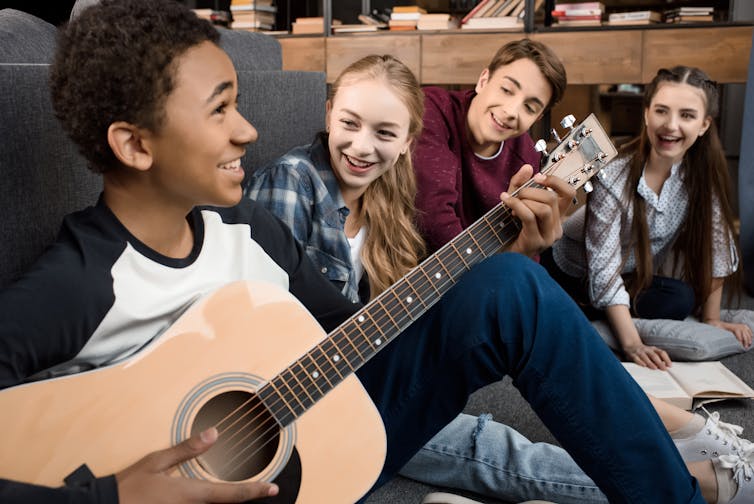
Music is a school subject facing difficult times. In England, fewer students are taking the subject at GCSE, not enough people are training to become secondary music teachers, and the subject is suffering from a lack of funding.
One problem may be that the way music is taught in school has become increasingly formal. The current music national curriculum, introduced in 2014, includes using staff notation, learning music history, and listening to the music of “great composers and musicians”. This was a shift in comparison to the previous, more child-centred national curriculum.
Wider education policy on how future teachers should be trained places emphasis on teacher control and well-structured lessons – again, perpetuating more formal, traditional approaches.
But this isn’t how many popular musicians – the artists students may be listening to on their way into school – learn how to play music. Their approach is often more informal. Many learn to play by ear, hearing a piece of music and figuring it out on an instrument.
Bringing this approach into the classroom to a greater extent could help both students and the subject of music itself.
Freedom To Play
Informal learning can look and sound haphazard at times, but has close ties with more natural ways of engaging with music. In one example of the approach, pioneered by the professor of music education Lucy Green, students begin “in at the deep end” – tasked with copying a song of their choice, by ear, working together in groups. They are required to work out the various parts of the song, often building up to a performance.
This kind of learning gives students more freedom and independence in the classroom, and a more equal power balance with the teacher is encouraged. The role of the teacher is to set the task, then let the students choose how they approach it and help only when needed. The students can decide on their own pace of learning and the level of difficulty of the part they play within their group.
This can lead to increased student confidence in the music classroom. Although the teacher is still in control by default, this approach can prompt them to trust in the musical activity their students are engaging in, resisting the temptation to step in too soon.
Informal learning is linked with increased numbers of students choosing the subject at GCSE. This suggests it has the potential to capture the interest of some students who might have previously become disengaged with music lessons.
Learn What You Love
Students are motivated by being able to choose what music they will play with their friends – often selecting popular music. By welcoming student choice of music into the classroom, increased links are forged between in- and out-of-school music. Students are engaging in a learning practice that exists beyond the confines of the classroom, and which has relevance to their musical interests and passions.
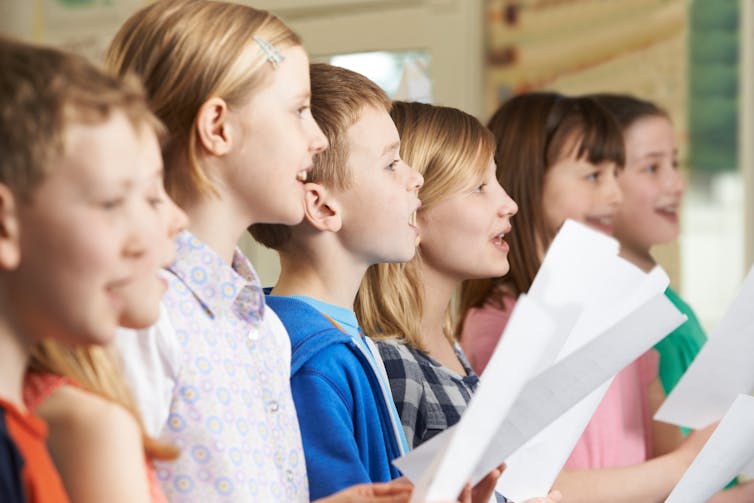
Also, this does not mean that informal learning cannot extend beyond popular music. While students often choose to bring popular music into the classroom, the underpinning research shows once they are motivated and engaged, the teacher can move beyond this genre and draw upon aspects of the approach to introduce other types of music into the classroom in later stages.
The non-profit Musical Futures has contributed towards the development of informal learning and continues to advocate and promote its ethos. And although the approach is largely aimed at secondary school students, primary students can benefit from adapted versions of informal learning.
Facilitating informal learning might feel risky for some teachers. They face a variety of pressures and requirements, and may feel this kind of learning does not align with wider education policy and the expectations of their role.
Informal music learning is not always easy to assess, either. And embracing learning that is informal and “haphazard” might lead to a fear of judgment – that the teacher lacks control of pupil behaviour.
However, informal learning offers a way to challenge thinking about how music is taught, and to consider alternative possibilities to enable the subject to flourish in school.![]()
Anna Mariguddi, Lecturer in Education (music specialist), Edge Hill University
This article is republished from The Conversation under a Creative Commons license. Read the original article.
Run out of butter or eggs? Here’s the science behind substitute ingredients

It’s an all too common situation – you’re busy cooking or baking to a recipe when you open the cupboard and suddenly realise you are missing an ingredient.
Unless you can immediately run to the shops, this can leave you scrambling for a substitute that can perform a similar function. Thankfully, such substitutes can be more successful than you’d expect.
There are a few reasons why certain ingredient substitutions work so well. This is usually to do with the chemistry and the physical features having enough similarity to the original ingredient to still do the job appropriately.
Let’s delve into some common ingredient substitutions and why they work – or need to be tweaked.
Oils Versus Butter
Both butter and oils belong to a chemical class called lipids. It encompasses solid, semi-solid and liquid fats.
In a baked product the “job” of these ingredients is to provide flavour and influence the structure and texture of the finished item. In cake batters, lipids contribute to creating an emulsion structure – this means combining two liquids that wouldn’t usually mix. In the baking process, this helps to create a light, fluffy crumb.
One of the primary differences between butter and oil is that butter is only about 80% lipid (the rest being water), while oil is almost 100% lipid. Oil creates a softer crumb but is still a great fat to bake with.
You can use a wide range of oils from different sources, such as olive oil, rice bran, avocado, peanut, coconut, macadamia and many more. Each of these may impart different flavours.
Other “butters”, such as peanut and cashew butter, aren’t strictly butters but pastes. They impart different characteristics and can’t easily replace dairy butter, unless you also add extra oil.
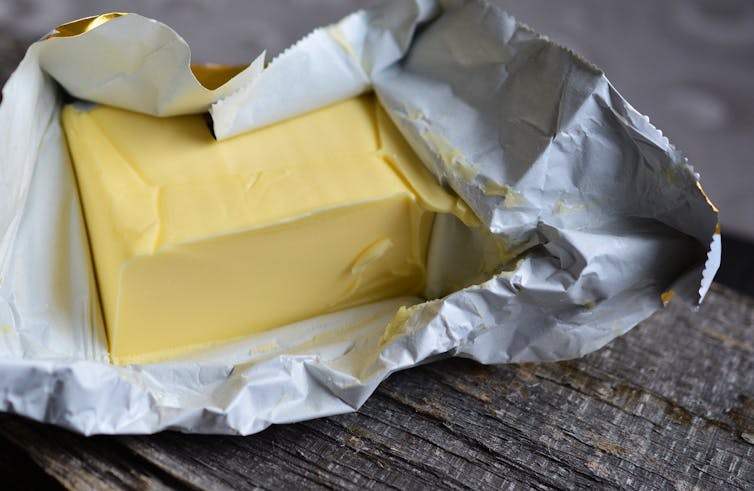
Aquafaba Or Flaxseed Versus Eggs
Aquafaba is the liquid you drain from a can of legumes – such as chickpeas or lentils. It contains proteins, kind of how egg white also contains proteins.
The proteins in egg white include albumins, and aquafaba also contains albumins. This is why it is possible to make meringue from egg whites, or from aquafaba if you’re after a vegan version.
The proteins act as a foam stabiliser – they hold the light, airy texture in the product. The concentration of protein in egg white is a bit higher, so it doesn’t take long to create a stable foam. Aquafaba requires more whipping to create a meringue-like foam, but it will bake in a similar way.
Another albumin-containing alternative for eggs is flaxseed. These seeds form a thick gel texture when mixed with a little water. The texture is similar to raw egg and can provide structure and emulsification in baked recipes that call for a small amount of egg white.
Lemon Plus Dairy Versus Buttermilk
Buttermilk is the liquid left over after churning butter – it can be made from sweet cream, cultured/sour cream or whey-based cream. Buttermilk mostly contains proteins and fats.
Cultured buttermilk has a somewhat tangy flavour. Slightly soured milk can be a good substitute as it contains similar components and isn’t too different from “real” buttermilk, chemically speaking.
One way to achieve slightly soured milk is by adding some lemon juice or cream of tartar to milk. Buttermilk is used in pancakes and baked goods to give extra height or volume. This is because the acidic (sour) components of buttermilk interact with baking soda, producing a light and airy texture.
Buttermilk can also influence flavour, imparting a slightly tangy taste to pancakes and baked goods. It can also be used in sauces and dressings if you’re looking for a lightly acidic touch.

Honey Versus Sugar
Honey is a complex sugar-based syrup that includes floral or botanical flavours and aromas. Honey can be used in cooking and baking, adding both flavour and texture (viscosity, softness) to a wide range of products.
If you add honey instead of regular sugar in baked goods, keep in mind that honey imparts a softer, moister texture. This is because it contains more moisture and is a humectant (that is, it likes to hold on to water). It is also less crystalline than sugar, unless you leave it to crystallise.
The intensity of sweetness can also be different – some people find honey is sweeter than its granular counterpart, so you will want to adjust your recipes accordingly.

Gluten-Free Versus Regular Flour
Sometimes you need to make substitutions to avoid allergens, such as gluten – the protein found in cereal grains such as wheat, rye, barley and others.
Unfortunately, gluten is also the component that gives a nice, stretchy, squishy quality to bread.
To build this characteristic in a gluten-free product, it’s necessary to have a mixture of ingredients that work together to mimic this texture. Common ingredients used are corn or rice flour, xanthan gum, which acts as a binder and moisture holder, and tapioca starch, which is a good water absorbent and can aid with binding the dough. ![]()
Paulomi (Polly) Burey, Associate Professor (Food Science), University of Southern Queensland
This article is republished from The Conversation under a Creative Commons license. Read the original article.
What is Sora? A new generative AI tool could transform video production and amplify disinformation risks

Late last week, OpenAI announced a new generative AI system named Sora, which produces short videos from text prompts. While Sora is not yet available to the public, the high quality of the sample outputs published so far has provoked both excited and concerned reactions.
The sample videos published by OpenAI, which the company says were created directly by Sora without modification, show outputs from prompts like “photorealistic closeup video of two pirate ships battling each other as they sail inside a cup of coffee” and “historical footage of California during the gold rush”.
At first glance, it is often hard to tell they are generated by AI, due to the high quality of the videos, textures, dynamics of scenes, camera movements, and a good level of consistency.
OpenAI chief executive Sam Altman also posted some videos to X (formerly Twitter) generated in response to user-suggested prompts, to demonstrate Sora’s capabilities.
How Does Sora Work?
Sora combines features of text and image generating tools in what is called a “diffusion transformer model”.
Transformers are a type of neural network first introduced by Google in 2017. They are best known for their use in large language models such as ChatGPT and Google Gemini.
Diffusion models, on the other hand, are the foundation of many AI image generators. They work by starting with random noise and iterating towards a “clean” image that fits an input prompt.

A video can be made from a sequence of such images. However, in a video, coherence and consistency between frames are essential.
Sora uses the transformer architecture to handle how frames relate to one another. While transformers were initially designed to find patterns in tokens representing text, Sora instead uses tokens representing small patches of space and time.
Leading The Pack
Sora is not the first text-to-video model. Earlier models include Emu by Meta, Gen-2 by Runway, Stable Video Diffusion by Stability AI, and recently Lumiere by Google.
Lumiere, released just a few weeks ago, claimed to produce better video than its predecessors. But Sora appears to be more powerful than Lumiere in at least some respects.
Sora can generate videos with a resolution of up to 1920 × 1080 pixels, and in a variety of aspect ratios, while Lumiere is limited to 512 × 512 pixels. Lumiere’s videos are around 5 seconds long, while Sora makes videos up to 60 seconds.
Lumiere cannot make videos composed of multiple shots, while Sora can. Sora, like other models, is also reportedly capable of video-editing tasks such as creating videos from images or other videos, combining elements from different videos, and extending videos in time.
Both models generate broadly realistic videos, but may suffer from hallucinations. Lumiere’s videos may be more easily recognised as AI-generated. Sora’s videos look more dynamic, having more interactions between elements.
However, in many of the example videos inconsistencies become apparent on close inspection.
Promising Applications
Video content is currently produced either by filming the real world or by using special effects, both of which can be costly and time consuming. If Sora becomes available at a reasonable price, people may start using it as a prototyping software to visualise ideas at a much lower cost.
Based on what we know of Sora’s capabilities it could even be used to create short videos for some applications in entertainment, advertising and education.
OpenAI’s technical paper about Sora is titled “Video generation models as world simulators”. The paper argues that bigger versions of video generators like Sora may be “capable simulators of the physical and digital world, and the objects, animals and people that live within them”.
If this is correct, future versions may have scientific applications for physical, chemical, and even societal experiments. For example, one might be able to test the impact of tsunamis of different sizes on different kinds of infrastructure – and on the physical and mental health of the people nearby.
Achieving this level of simulation is highly challenging, and some experts say a system like Sora is fundamentally incapable of doing it.
A complete simulator would need to calculate physical and chemical reactions at the most detailed levels of the universe. However, simulating a rough approximation of the world and making realistic videos to human eyes might be within reach in the coming years.
Risks And Ethical Concerns
The main concerns around tools like Sora revolve around their societal and ethical impact. In a world already plagued by disinformation, tools like Sora may make things worse.
It’s easy to see how the ability to generate realistic video of any scene you can describe could be used to spread convincing fake news or throw doubt on real footage. It may endanger public health measures, be used to influence elections, or even burden the justice system with potential fake evidence.
Video generators may also enable direct threats to targeted individuals, via deepfakes – particularly pornographic ones. These may have terrible repercussions on the lives of the affected individuals and their families.
Beyond these concerns, there are also questions of copyright and intellectual property. Generative AI tools require vast amounts of data for training, and OpenAI has not revealed where Sora’s training data came from.
Large language models and image generators have also been criticised for this reason. In the United States, a group of famous authors have sued OpenAI over a potential misuse of their materials. The case argues that large language models and the companies who use them are stealing the authors’ work to create new content.
It is not the first time in recent memory that technology has run ahead of the law. For instance, the question of the obligations of social media platforms in moderating content has created heated debate in the past couple of years – much of it revolving around Section 230 of the US Code.
While these concerns are real, based on past experience we would not expect them to stop the development of video-generating technology. OpenAI says it is “taking several important safety steps” before making Sora available to the public, including working with experts in “misinformation, hateful content, and bias” and “building tools to help detect misleading content”.![]()
Vahid Pooryousef, PhD candidate in Human Computer Interaction, Monash University and Lonni Besançon, Assistant Professor in Data Visualization, Linköping University
This article is republished from The Conversation under a Creative Commons license. Read the original article.
The brightest object in the universe is a black hole that eats a star a day
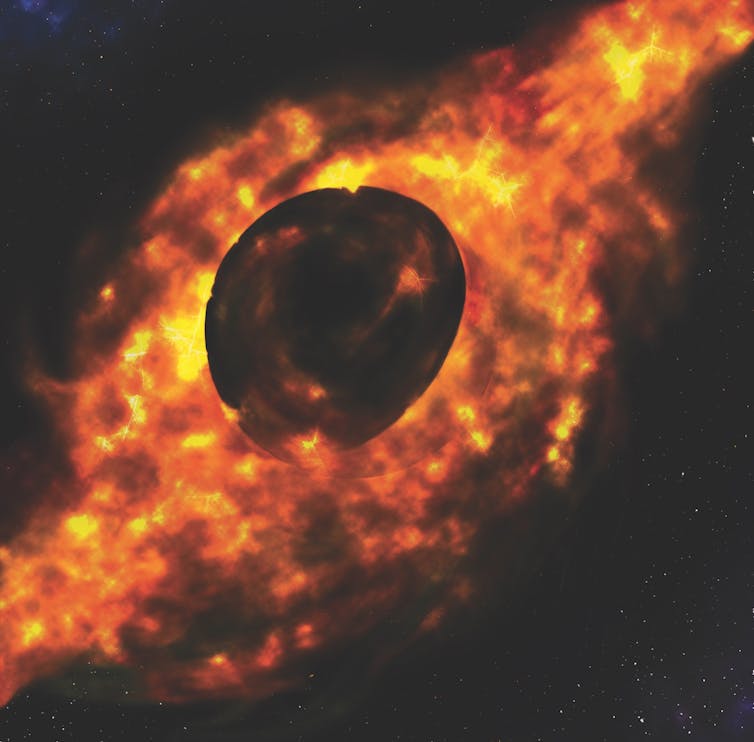
Scientists have no reported evidence of the true conditions in Hell, perhaps because no one has ever returned to tell the tale. Hell has been imagined as a supremely uncomfortable place, hot and hostile to bodily forms of human life.
Thanks to a huge astronomical survey of the entire sky, we have now found what may be the most hellish place in the universe.
In a new paper in Nature Astronomy, we describe a black hole surrounded by the largest and brightest disc of captive matter ever discovered. The object, called J0529-4351, is therefore also the brightest object found so far in the universe.
Supermassive Black Holes
Astronomers have already found around one million fast-growing supermassive black holes across the universe, the kind that sit at the centres of galaxies and are as massive as millions or billions of Suns.
To grow rapidly, they pull stars and gas clouds out of stable orbits and drag them into a ring of orbiting material called an accretion disc. Once there, very little material escapes; the disc is a mere holding pattern for material that will soon be devoured by the black hole.
The disc is heated by friction as the material in it rubs together. Pack in enough material and the glow of the heat gets so bright that it outshines thousands of galaxies and makes the black hole’s feeding frenzy visible to us on Earth, more than 12 billion light years away.
The Fastest-Growing Black Hole In The Universe

The accretion disc of J0529-4351 emits light that is 500 trillion times more intense than that of our Sun. Such a staggering amount of energy can only be released if the black hole eats about a Sun worth of material every day.
It must also have a large mass already. Our data indicate J0529-4351 is 15 to 20 billion times the mass of our Sun.
There is no need to be afraid of such black holes. The light from this monster has taken more than 12 billion years to reach us, which means it would have stopped growing long ago.
In the nearby universe, we see that supermassive black holes these days are mostly sleeping giants.
Black Holes Losing Their Grip
The age of the black hole feeding frenzy is over because the gas floating around in galaxies has mostly been turned into stars. And after billions of years the stars have sorted themselves into orderly patterns: they are mostly on long, neat orbits around the black holes that sleep in the cores of their galaxies.
Even if a star dove suddenly down towards the black hole, it would most likely carry out a slingshot manoeuvre and escape again in a different direction.
Space probes use slingshot manoeuvres like this to get a boost from Jupiter to access hard-to-reach parts of the Solar System. But imagine if space were more crowded, and our probe ran into one coming the other way: the two would crash together and explode into a cloud of debris that would rapidly fall into Jupiter’s atmosphere.
Such collisions between stars were commonplace in the disorder of the young universe, and black holes were the early beneficiaries of the chaos.
Accretion Discs – A No-Go Zone For Space Travellers
Accretion discs are gateways to a place whence nothing returns, but they are also profoundly unfriendly to life in themselves. They are like giant storm cells, whose clouds glow at temperatures reaching several tens of thousands of degrees Celsius.
The clouds are moving faster and faster as we get closer to the hole, and speeds can reach 100,000 kilometres per second. They move as far in a second as the Earth moves in an hour.
The disc around J0529-4351 is seven light years across. That is one and a half times the distance from the Sun to its nearest neighbour, Alpha Centauri.
Why Only Now?
If this is the brightest thing in the universe, why has it only been spotted now? In short, it’s because the universe is full of glowing black holes.
The world’s telescopes produce so much data that astronomers use sophisticated machine learning tools to sift through it all. Machine learning, by its nature, tends to find things that are similar to what has been found before.
This makes machine learning excellent at finding run-of-the-mill accretion discs around black holes – roughly a million have been detected so far – but not so good at spotting rare outliers like J0529-4351. In 2015, a Chinese team almost missed a remarkably fast-growing black hole picked out by an algorithm because it seemed too extreme to be real.
In our recent work, we were aiming to find all the most extreme objects, the most luminous and most rapidly growing black holes, so we avoided using machine learning tools that were guided by too much prior knowledge. Instead we used more old-fashioned methods to search through new data covering the entire sky, with excellent results.
Our work also depended on Australia’s current 10-year partnership with the European Southern Observatory, an organisation funded by several European countries with a huge array of astronomical facilities.![]()
Christian Wolf, Associate Professor, Astronomy & Astrophysics, Australian National University
This article is republished from The Conversation under a Creative Commons license. Read the original article.
From Harry Potter to Taylor Swift: how millennial women grew up with fandoms, and became a force
Emily Baulch, The University of QueenslandWith Taylor Swift pulling in over half-a-million audience members on her Australian tour, we’ve been thinking a lot about fans. In this series, our academics dive into fan cultures: how they developed, how they operate, and how they shape the world today.
With the record-breaking success of Barbie and Taylor Swift’s The Eras Tour, the economic power of women as fans is being stamped on the global entertainment industries.
Leading these events are millennial women. While women of all ages turned out to see Barbie, women aged 25 and older made up 38% of the audience by the second week of its release. Likewise, a significant chunk of Swifties belong to the millennial age group, much like 34-year-old Taylor Swift herself.
Female fans followed Swift to the 2024 Super Bowl, and many advertisers targeted this female Gen Z and millennial audience. The challenge to gender stereotypes around sport and fandom echoes the support for the Matildas during the 2023 FIFA Women’s World Cup in Australia, which opened up a new space of representation.
Women’s fandom is increasingly a visible and powerful force in many spaces of pop culture, media and entertainment.
Training Fandoms
Millennials, those born between 1981 and 1996, were taught to buy into their passions thanks to growing up in the golden age of franchises, from Harry Potter to Twilight to the Hunger Games. As these fandoms grew, millennial women increasingly found themselves playing a major role as audiences and consumers.
The first Harry Potter book was released in 1997, and the first film in 2001.
Today, there is no shortage of ways to buy into the Harry Potter world. From mugs to broomsticks, from clothes to limited-edition books, there is a constant range of objects to buy. Potter merchandise has existed since the early 2000s, with early merchandise including items like “secret boxes” containing mystery trinkets. The Wizarding World brand launched in 2018. Encompassing things like bags, jewellery and cosmetics, the brand saw demand and merchandising formalised.
Specialised Harry Potter stores are still popping up around the globe, offering keen fans branded merchandise on just about every product imaginable.
Hannah Worthy is the business manager at Brisbane’s The Store of Requirement (a play on “The Room of Requirement” at Hogwarts, which provided anything a witch or wizard needed). The store opened in 2017 and is exclusively dedicated to stocking officially licensed Harry Potter merchandise.
Their biggest demographic, Worthy told me in an interview, is “women aged between 25 and 45”.
The first Twilight book was released in 2005, and the first film was released in 2008. Michael Inturrisi, the business development manager at Ikon Collectibles, tells me Twilight changed the landscape for Funko Pop! Vinyl figures, opening doors for selling collectables into major Australian bookstores.
These collectible plastic figurines partly found success because Twilight was popularised on both screen and film. The movies meant the franchise was a “big deal” with a large consumer base, Inturrisi says.
Ikon’s consumer base has since shifted over the years, moving away from its original male-dominated demographic. The company now caters more to women, with about 60% of its consumers being female.
The Hunger Games also contributed to franchise fever, teaching fans that they could buy into their passions. Where Harry Potter featured a male lead character, The Hunger Games was led by a strong female protagonist.
These franchises changed the fandom landscape by building fans’ voracious appetites for all things franchised, leading to the fandom we see today.
Online Communities
Female fans have built complex communities in digital places, empowered by social media to connect and to share their fandom. The power of these communities is becoming increasingly visible.
“BookTok” is a growing TikTok community where book lovers discuss and share their opinions on their reads. The platform has the power to make and break books and helps to catapult niche genres or self-published releases to the forefront of popular culture. It has driven the growth behind emerging genres, like “cosy fantasy” and “romantasy” – niche genres that focus on characters and their relationships, and romance in fantasy worlds respectively.
BookTok fans aren’t just market followers; they are also market-makers. Romantasy (a portmanteau of “romance” and “fantasy”) authors like Sarah J. Maas and Rebecca Yarros have outsourced their merchandising to fans, taking a cut of the royalties. In my research I’ve found these authors have leveraged the popularity of unofficial merchandise on social media platforms to increase their official merchandise catalogues and revenue.
Fan cultures have a range of influences on everyday life, from swapping friendship bracelets at Taylor Swift concerts to attending romantasy-inspired balls.
Fandom might be shared online, but its effects are felt in person.
The Influence Of Millennial Women In Fandom
Fans who were girls in the era of Harry Potter, The Hunger Games and Twilight are now the women who have powered the success of Barbie and the Eras Tour. The shift in fandom has been led by adult women who have been honing their fan skills since girlhood.
They, in turn, stand on the shoulders of the early female fans who read romance fiction back when it was even more stigmatised and wrote the earliest fan-fiction. Now they buy their daughters tickets to Taylor Swift and cheer them on as their own girls take on new fan roles. ![]()
Emily Baulch, PhD Candidate in Publishing Studies, The University of Queensland
This article is republished from The Conversation under a Creative Commons license. Read the original article.
Shame, intimacy, and community: fangirls are mocked, but it is more complex than you might think
Sascha Samlal, The University of MelbourneWith Taylor Swift pulling in over half-a-million audience members on her Australian tour, we’ve been thinking a lot about fans. In this series, our academics dive into fan cultures: how they developed, how they operate, and how they shape the world today.
With Taylor Swift’s highly anticipated The Eras Tour now playing Australia, the behaviours and practices of pop music fangirls are again the spotlight.
From the devastation of missing out on tickets to live performances, the dedicated effort of camping at arenas to see their stars up close, to the ways these fans interact online, fangirls are often shamed within the cultural zeitgeist.
However, this shame is an integral aspect of fandom spaces. Shame can be used in creating shared intimacy between fans and fostering a sense of community, as evidenced in interviews conducted as part of my research.
Drawing on ten interviews with “Directioners” (fans of One Direction) who participated in online fandom communities during their adolescence, the way shame is experienced, perpetuated and internalised by fangirls became clear.
Yet what also emerged in these interviews is how shame simultaneously provides the foundation for these close-knit communities and long-lasting connections.
Pop Music, Girls And Shame
Pop music is often characterised by its popularity with young women, and is perceived to in opposition to rock music and other, more “serious” genres. Rock music represents the authentic, political, intelligent and masculine; pop music therefore is inauthentic, vacuous and feminine.
Fans of more “serious” genres of music might be referred to as “aficionados”, “tastemakers” or “connoisseurs”, permitted to spend thousands of dollars on their rare vinyl collections or engage in online debate about their favourite albums.
One person I spoke to highlighted her otherwise “good” taste by positioning acclaimed musicians – Queen and Elton John – in opposition to One Direction, and to pop music. “I wasn’t necessarily listening to pop music,” she said.
Yet fangirls of pop music are not allowed this same status. It is expected they only like the object of their devotion because they are immature, apolitical, or they desire the (male) pop star.
The condemnation of fangirls is a historically recurring and widespread phenomenon, from Beatlemania to Bieber Fever.
One participant recalled her time at school hiding her status as a One Direction fangirl:
all the boys would make fun of those girls, and I’d join in […] Me and my friends used to [say] ‘One Infection’!
The interests of girls are often demeaned as unserious or tasteless, pervasively understood as mass consumer products that hordes of crazy girls consume mindlessly.
The trope of the “hysterical fangirl” conjures up the image of a hormonally out of control teenage girl consistently duped by the mainstream music industry.
The Good Vs The Hysterical
This cultural framing of fangirls seeps into fandom spaces.
Fangirls are extremely protective of how they are perceived by wider society, creating unspoken codes of conduct within these spaces. Practices that threaten the facade – such as “slash” shipping, the imagined romantic and sexual pairing of two same sex characters or celebrities – are further marginalised within communities as a means to regulate and maintain the limits of “good” fangirl behaviour.
As one participant condemned when asked about slash fan fiction:
It’s about real people […] I just think that’s so weird. I think shame is needed there.
Fangirls strive to distance themselves from the hysterical fangirl trope. “Larries” – fans who support the imagined relationship between One Direction bandmates Harry Styles and Louis Tomlinson – are depicted as an obsessive and perverse faction within the fandom who are unable to distinguish their own fantasies from reality.
As one participant told me:
I would try and distance myself from that hyper-feminised sort of fangirl representation […] I didn’t want to be perceived as crazy and weird, even though I was!
Bonding Through Shame
Although shame is a regulatory tool fangirls deploy onto each other to maintain this good/bad fangirl binary, shame is also utilised in productive ways to foster relationships.
Shame is often thought of as a negative, isolating feeling. However, it is a dynamic emotion important in thinking about how these fandom spaces are formed in the first place, and how kinship is created among fans.
While it is common to think fandoms are simply organised around a shared object of devotion, it is the relationships between fans that generate and sustain these communities.
Many fangirls I interviewed praised the creativity of fan practices and the sense of belonging garnered through fandom as a point of pride of their fangirlishness.
One fangirl described sharing fan fiction within her online community felt like “having those giggly conversations with your sisters”.
Through creative practices and continuous online discourse, fans construct their spaces in perceived privacy for an audience of their peers. Shame becomes a fangirl criterion for realising reciprocal, empathetic and fulfilling relationships between fans.
As one participant recalled discovering a new friend also read One Direction fan fiction, she mused:
it was a moment there, where we connected. I understand you; you understand me.
Ultimately, shame is a dynamic and important function within online fandom communities. The cultural condemnation of pop music fangirls speaks to the wider societal devaluation of femininity as infantile, weak or anti-intellectual. The pervasiveness of this systemic devaluation of femininity is evident as shame is also used within fandoms to maintain a good/bad fangirl binary.
Conversely, shame fosters shared intimacy and creates kinship between fangirls, nurturing a sense of community and belonging. These fandoms are ultimately networks of little families, who happen to all love the same catchy tunes.![]()
Sascha Samlal, PhD Candidate, The University of Melbourne
This article is republished from The Conversation under a Creative Commons license. Read the original article.
The art of ‘getting lost’: how re-discovering your city can be an antidote to capitalism

Do you remember what it was like to discover the magic of a city for the first time? Do you remember the noises, smells, flashing lights and pulsating crowds? Or do you mostly remember cities through the screen of your phone?
In 1967, French philosopher and filmmaker Guy Debord publicised the need to move away from living our lives as bystanders continually tempted by the power of images. Today, we might see this in a young person flicking from one TikTok to the next – echoing the hold images have on us. But adults aren’t adverse to this window-shopping experience, either.
Debord notes we have a tendency to observe rather than engage. And this is to our detriment. Continually topping-up our image consumption leaves no space for the unplanned – the reveries to break the pattern of an ordered life.
Debord was a member of a group called the Situationist International, dedicated to new ways we could reflect upon and experience our cities. Active for about 15 years, they believed we should experience our cities as an act of resistance, in direct opposition to the (profit-motivated) capitalistic structures that demand our attention and productivity every waking hour.
More than 50 years since the group dissolved, the Situationists’ philosophy points us to a continued need to attune ourselves – through our thoughts and senses – to the world we live in. We might consider them as early eco-warriors. And through better understanding their philosophy, we can develop a new relationship with our cities today.
Understanding The ‘Situation’
The Situationist International movement was formed in 1957 in Cosio di Arroscia, Italy, and became active in several European countries. It brought together radical artists inspired by spontaneity, experimentalism, intellectualism, protest and hedonism. Central figures included Danish artist Asger Jorn, French novelist Michèle Bernstein and Italian musician and composer Walter Olmo.
The Situationists were driven by a libertarian form of Marxism that resisted mass consumerism. One of the group’s early terms was “unitary urbanism”, which sought to join avant-garde art with the critique of mass production and technology. They rejected “urbanism’s” conventional emphasis on function, and instead thought about art and the environment as inexorably interrelated.

By rebelling against the invasiveness of consumption, the Situationists proposed a turn towards artistically-inspired individuality and creativity.
Think On Your Own Two Feet
According to the 1960 Situationist Manifesto we are all to be artists of our own “situations”, crafting independent identities as we stand on our own two feet. They believed this could be achieved, in part, through “psychogeography”: the idea that geographical locations exert a unique psychological effect on us.
For instance, when you walk down a street, the architecture around you may be deliberately designed to encourage a certain kind of experience. Crossing a vibrant city square on a sunny morning evokes joy and a feeling of connection with others. There’s also usually a public event taking place.
The Situationists valued drift, or dérive in French. This alludes to unplanned movement through a landscape during journeys on foot. By drifting aimlessly, we unintentionally redefine the traditional rules imposed by private or public land owners and property developers. We make ourselves open to the new unexpected and, in doing so, are liberated from the shackles of everyday routine.
In our research, my colleagues and I consider cities as places in which “getting lost” means exposing yourself to discovering the new and taken-for-granted.
Forge Your Own Path
By understanding the Situationists – by looking away from our phones and allowing ourselves to get lost – we can rediscover our cities. We can see them for what they are beneath the blankets of posters, billboards and advertisements. How might we take back the image and make it work for us?
The practise of geo-tagging images on social media, and sharing our location with others, could be considered close to the spirit of the Situationists. Although it’s often met with claims of over-fuelling tourism (especially regarding idyllic or otherwise protected sites), geo-tagging could inspire us to actively seek out new places through visiting the source of an image.
This could lead to culturally respectful engagement, and new-found respect for the rights of traditional custodians as we experience their lands in real life, rather than just through images on our phones.

Then there are uniquely personal and anarchistic forms of resistance, wherein we can learn about the world around us by interweaving ourselves with our histories. In doing so we offer a new meaning to a historical message, and a new purpose. The Situationists called this process détournement, or hijacking.
For instance, from my grandfather I inherited a biscuit tin of black and white photographs I believe were taken in the 1960s. They showed images of parks and wildlife, perhaps even of the same park, and cityscapes of London with people, streets and buildings.
I have spent many hours wandering the London streets tracking down the exact places these images were snapped. I was juxtaposing past with present, and experiencing both continuity and change in the dialogues I had with my grandfather. In this way, I used images to augment (rather than replace) my lived experience of the material world.
Urban art installations can also be examples of detournment as they make us re-think everyday conceptions. Forgotten Songs by Michael Hill is one such example. A canopy of empty birdcages commemorates the songs of 50 different birds once heard in central Sydney, but which are now lost due to habitat removal as a result of urban development.
There are also a number of groups, often with a strong environmental or civic rights focus, that partake in detournment. Reclaim the Streets is a movement with a long history in Australia. The group advocates for communities having ownership of and agency within public spaces. They may, for instance, “invade” a highway to throw a “road rave” as an act of reclamation.
As French avant-garde philosopher Gaston Bachelard might have put it, when we’re bombarded by images there is no space left to daydream. We lose the opportunity to explore and question the world capitalism serves us through images.
Perhaps now is a good time to set down the phone and follow in the Situationists’ footsteps. ![]()
Stephen Dobson, Professor and Dean of Education and the Arts, CQUniversity Australia
This article is republished from The Conversation under a Creative Commons license. Read the original article.
Books Of The Month - March 2024: Oscar And Lucinda + Popular Mechanics ~ 1946
Oscar And Lucinda
by Peter Carey
Publication date 2011
Oscar Hopkins is an Oxford seminarian with a passion for gambling. Lucinda Leplastrier is a Sydney heiress with a fascination for glass. The year is 1864. When they meet on the boat to Australia their lives will be forever changed ... Daring, rich, intense and bizarre, Peter Carey's Booker prize-winning novel is a brilliant achievement - a moving love story and a historical tour de force that is also powerfully contemporary - Pittwater mentioned!
Popular Mechanics ~ 1946
January: (Telephone Microwave Relays), FIDO Fights Fog, (Minesweepers), (Post War Photography), (Wire Rope), They Police California's Rain, Five-Tube Super Radio (Flattened mini tubes)
February: RADAR Cues the Navy Fighters, (Americium and Curium), On Guard Against Death Rays (Radioactivity), Science Pins Down the Weather, "Brabazon 1" Flying Hotel, Will Malaria Strike at Home?, Fighting Flying Ice
March: Unlocking the Universe (Cosmic Rays), By RADAR to the Moon, (Aluminum and Magnesium), The Genius of Shinagawa (Harry Petterson), (War Coffee), RADAR "Bat" Bomb Chased Jap Ships, (WWII Smart Bomb?), All the Answers at Your Fingertips (MIT Computer), Raising the Dead Ships,
April: "Operation Crossroads" (Atomic Bomb Test), Flying Water Bugs (Hydroplanes), Industry Cooks with Electrons, (Indianapolis Auto Race), (Private Aircraft), Seeds for the Wide World, Designs for Better Living, 25 Insect Pests and How to Control Them, Ultra-Sensitive Television "Camera" Pickup Tube (Image Orthicon)
May: (Flying Automobile), (Aircraft Carrier Arresting Method), Do's and Don'ts of DDT, Ice Cube Flattop, How the Iron Pin Boy Works, How Deep is the Ocean? (Photo Reconnaissance) Hands for the Handicapped, (Concrete House Construction), The Gold Bug Strikes Again, (Vending Machines), (Stars), (Flat Front CRTs)
June: RADAR Lands Them Blind, (1947 Studebaker), (Farm Electrification), (Inventor has Car Phone, Smart House), Print Your Own Color Photos, At Home in a Round House (Buckminster Fuller), Have We Outgrown the Panama Canal?, Flying Mailcar, 10,000 Mile Flying Wing (XB-35), ENIAC, (Cancer Research), Mudslingers Bring Up Oil, LITHIUM... The Hungry Metal, (TV Smart Bomb) (Slot Loading Phonograph)
July: (SONAR), Eyes On Bikini (Atomic Bomb Test), "Prep School" for Rocket Warfare, (High Speed Navy Camera), Forecasting the Ocean Waves, (UN News Radio, TV, Print), "Printed" Radio Circuits
August: Report From Bikini, Speed Planes, Sailing in the Sky, (Newspaper by FAX), (Coated Lenses and Mirrors), Transatlantic Flying Wing (Nice Illustration), Putting Earth Waves to Work, The Bridge Born in a Wind Tunnel (Tacoma Narrows), (Movie Stuntmen)
October: Power From Atoms: How Soon?, New Queens of the Skyways, Luxury Goes Back to Sea, Mother Ship of the Cable Lines, Throwing Light on Mother Nature, Platinum on Four Feet, Will the Atom Drive Us Underground?, The Dust Bowl Is Restless Again, (Explosive Decompression Tests)
November: (Tucker Automobile), (22 to 66lbs of Pu), Speed Unlimited (Supersonic Flight), On The Air (1920-1946), Scientific Fortune Tellers (Aptitude Testing), (17 cars made into one as in the Johnny Cash song), The Home That's Run by Pushbuttons, Making Money by the Ton (Coins), (Improved CRTs)
December: (Non-Stop Australia to USA), Narrow Gauge Movies (16mm), (The Slinky!), Inside the "Atom City" (Oak Ridge), Station M-O-O-N (Soft Landed Transmitter Proposed), (The Slinky Again. Page 302 "Mr. Walker")
COVID-19 Outbreaks In Australian Residential Aged Care Facilities
- Residents vaccinated: 22k
- % of residents vaccinated: 37.1%
HERstory Exhibition: Remembering Australia’s Military Women
New Fact Sheet For Hearing Services Program Providers
- Hearing Services Administration Act 1997
- Hearing Services Program (Voucher) Instrument 2019
- Schedule of service items and fees
- service provider contract.
Avalon Beach Historical Society: March 2024 Meeting

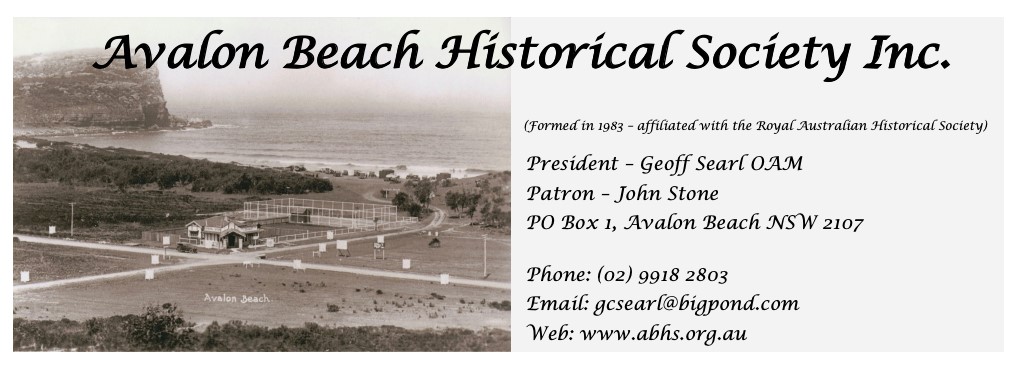
Local Seniors Festival Events 2024
- Wednesday 13 March, 10.30am to 1.30pm – Forestville Memorial Hall and Forestville Seniors Centre
- Friday 22 March, 1pm to 4pm – Newport Community Centre
Celebrate Seniors Festival - March 11-24

Computer Pals For Seniors At Narrabeen: What Is AI?

Dr. Scamps Offering Free Anti-Scam Seminars
Navalny dies in prison − but his blueprint for anti-Putin activism will live on

Long lines of Russians endured subzero temperatures in January 2024 to demand that anti-Ukraine war candidate Boris Nadezhdin be allowed to run in the forthcoming presidential election. It was protest by petition – a tactic that reflects the legacy of Alexei Navalny, the longtime Russian pro-democracy campaigner. Authorities say Navalny, a persistent thorn in the side of Russian President Vladimir Putin, died in prison on Feb. 16, 2024.
For more than a decade, Navalny fought Russian authoritarianism at the ballot box and on the streets as the most recognizable face of anti-Putinism, filtering support to candidates brave enough to stand against the Kremlin’s wishes.
Often opposition does not translate into electoral success. Nadezhdin supporters did not expect that their man could actually defeat Putin in the vote scheduled for March 20, 2024. Given how tightly the Kremlin controls politics in Russia, the result of the presidential election is a foregone conclusion.
But for many Russians, the opportunity to support Nadezhdin’s candidacy was the only legal means they had to communicate their opposition to Putin and the war. The fact that authorities ultimately barred Nadezhdin from participating suggests that the Kremlin remains cautious about any candidate who punctures official narratives of a nation united behind Putin’s war in Ukraine.
That effort to protest the election seems all the more poignant following Navalny’s death. It reflected the heart of a strategy that Navalny developed over more than a decade and that I have written about since 2011.
The Movement Remains
Navalny understood that opposition in Russia was about exposing the corruption in Putin’s party, United Russia; shining a light on electoral manipulation; and alerting the world to growing political violence.
Navalny highlighted the very real opposition to Putin and authoritarian rule that exists in Russia despite attempts to hide it from the world.
To achieve these goals, team Navalny – and it is important to remember that while Navalny the man is dead, the movement he sparked remains – repeatedly used elections to make the opposition visible and spark political debate.
Navalny emerged as a political force in 2011, when he kicked off a large national protest movement ahead of the 2012 parliamentary election by labeling Putin’s United Russia the “Party of Crooks and Thieves.” He held contests to create memes to illustrate the slogan and mobilized voters who did not support Putin’s party.

Putin inevitably won the election, with the head of the Organization for Security and Cooperation in Europe observer mission commenting that due to irregularities and abuses the winner “was never in doubt.”
But nonetheless, Navalny’s efforts meant that a new opposition was in place and ready to take to the streets to fight election fraud.
Getting Out Of The Electoral ‘Ghetto’
Despite his arrest and conviction on fraud charges in 2013, Navalny ran for mayor of Moscow that year. In the campaign, he innovated electoral politics, recruiting young volunteers who met voters on the streets and in their apartment blocks.
Navalny won almost 30% of the vote – double that expected – and claimed that the only reason Putin’s hand-picked candidate, Sergei Sobyanin, had got above the 50% needed to secure a first-round victory was due to a falsified vote.
Navalny later articulated the real success, as he saw it, in an interview with fellow opposition figure Vladimir Kara-Murza: “We have shown that ordinary people – with no administrative resources, no corporate sponsors, no public relations gurus – can unite and achieve results at the ballot box,” he said. “We have shown that we are no longer confined to a 3% electoral ‘ghetto.’”
Navalny concluded: “For me, the most important result of this campaign is the return of real politics to Russia.”
During that 2013 campaign, my research team interviewed Navalny activists and observed the work in campaign headquarters.
These interviews underscored Navalny’s relationship with the people. Many of the volunteers rejected the idea that they were working for him. Instead, they were volunteering because they admired Navalny’s tactics. They liked his political style. They wanted change in Russia.
Navalny brought Russians alienated by Russian politics together and empowered them. As one campaign volunteer interviewed in our study argued, “We all were frightened before the first protest and even left a will before we joined the movement. But it was not a mob. There were people like us. The feeling we had in Navalny’s office was the feeling of being with people like me.”
Through the next decade, Navalny and his team continued to return political competition to Russia’s politics. They built local organizations that attracted support and found some success in Siberian cities Tomsk and Novosibirsk, despite the endless obstacles the Kremlin placed in their way.
Return From Exile
The culmination of these efforts is a system Navalny developed in 2018 called Smart Voting. Through an online tool, the Navalny team encourages Russians to support any reform-minded candidates in elections and in particular directs voters to the candidate most likely to beat Putin’s United Russia party.
Research by Russian scholars Mikhail Turchenko and Grigorii Golosov shows that the tool has had a very significant effect on voters and increasing turnout, opposition votes and popular attention on elections.
Navalny’s efforts seemingly irked the Russian state and may have been the impetus of an assassination attempt against him by Russia’s domestic security agency, known as the FSB, in 2020.
Navalny survived Novichok poisoning only because international pressure forced the regime to allow him to be airlifted to Germany for treatment. During his recovery, Navalny used the attack on him to further his political activism and convey the regime’s growing brutality. He famously interviewed his would-be assassin to uncover the details of the operation.
Navalny’s return to Russia under threat of arrest in February 2021 kicked off the largest street protests – in support of the opposition leader – since the collapse of the Soviet Union.
These protests inspired a new generation of activists. They also marked new levels of police brutality against pro-democracy demonstrators in the streets and in the years since.
Handing On The Baton
Since 2022, I have led a research team that has interviewed Russians who left the country in opposition to the war in Ukraine. Many participated in the anti-war protests of late February and early March 2022 and point to Navalny’s return to Russia as the origin of their own political engagement and activism.
As one respondent argued: “My civic position began to emerge. All this was close to Navalny, his movement, and his encouragement to notice something, to pay attention … I began to go to rallies, and became much more interested and aware of politics.”
While Navalny languished in prison camps following his arrest on charges of violating parole during his recovery in Germany, many of these activists in exile continued to operate outside of Russia, our research partners have found.
They support Ukrainian refugees and war efforts and participate in tracking down children who have been taken to Russia. They are active in anti-war demonstrations and support each other in exile.
This new generation of Russian activists – whether those in exile advocating for change or those risking their well-being in Russia to support anti-war candidates – is Navalny’s legacy, and I believe it is powerful.
Before his death, Navalny spoke directly to the generation of activists he inspired: “Listen, I’ve got something very obvious to tell you. You’re not allowed to give up. If they decide to kill me, it means that we are incredibly strong.”![]()
Regina Smyth, Professor of Political Science, Indiana University
This article is republished from The Conversation under a Creative Commons license. Read the original article.
Alexei Navalny had a vision of a democratic Russia. That terrified Vladimir Putin to the core
Robert Horvath, La Trobe UniversityAlexei Navalny was a giant figure in Russian politics. No other individual rivalled the threat he posed to the Putin regime. His death in an Arctic labour camp is a blow to all those who dreamed he might emerge as the leader of a future democratic Russia.
What made Navalny so important was his decision to become an anti-corruption crusader in 2008. Using shareholder activism and his popular blog, he shone a spotlight on the corruption schemes that enabled officials to steal billions from state-run corporations.
His breakthrough came in 2011, when he proposed the strategy of voting for any party but President Vladimir Putin’s “party of crooks and thieves” in the Duma (parliament) elections. Faced with a collapse of support, the regime resorted to widespread election fraud. The result was months of pro-democracy protests.
Putin regained control through a mix of concessions and repression, but the crisis signalled Navalny’s emergence as the dominant figure in Russia’s democratic movement.
Despite being convicted on trumped-up embezzlement charges, he was allowed to run in Moscow’s mayoral elections in 2013. In a clearly unfair contest, which included police harassment and hostile media coverage, he won 27% of the vote.
Perseverance In The Face Of Worsening Attacks
The authorities learned from this mistake. Never again would Navalny be allowed to compete in elections. What the Kremlin failed to stop was his creation of a national movement around the Foundation for the Struggle Against Corruption (FBK), which he had founded in 2011 with a team of brilliant young activists.
During the ensuing decade, FBK transformed our understanding of the nature of Putin’s kleptocracy. Its open-source investigations shattered the reputations of numerous regime officials, security functionaries and regime propagandists.
One of the most important was a 2017 exposé of the network of charities that funded the palaces and yachts of then-premier Dmitry Medvedev. Viewed 46 million times on YouTube, it triggered protests across Russia.
No less significant was Navalny’s contribution to the methods of pro-democracy activism. To exploit the regime’s dependence on heavily manipulated elections, he developed a strategy called “intelligent voting”. The basic idea was to encourage people to vote for the candidates who had the best chance of defeating Putin’s United Russia party. The result was a series of setbacks for United Russia in 2019 regional elections.
One measure of Navalny’s impact was the intensifying repression directed against him. As prosecutors tried to paralyse him with a series of implausible criminal cases, they also pursued his family. His younger brother Oleg served three and a half years in a labour camp on bogus charges.
This judicial persecution was compounded by the violence of the regime’s proxies. Two months after exposing Medvedev’s corruption, Navalny was nearly blinded by a Kremlin-backed gang of vigilantes, who sprayed his face with a noxious blend of chemicals.
More serious was the deployment of a death squad from Russia’s Federal Security Service (FSB), which had kept Navalny under surveillance since 2017. The use of the nerve agent Novichok to poison Navalny during a trip to the Siberian city of Tomsk in August 2020 was clearly intended to end his challenge to Putin’s rule.
Instead it precipitated the “Navalny crisis”, a succession of events that shook the regime’s foundations. The story of Navalny’s survival – and confirmation that he had been poisoned with Novichok – focused international attention on the Putin regime’s criminality.
Any lingering doubts about state involvement in his poisoning were dispelled by Navalny’s collaboration with Bellingcat, an investigative journalism organisation, to identify the suspects and deceive one of them into revealing how they poisoned him.
The damage was magnified by Navalny’s decision to confront Putin’s personal corruption. In a powerful two-hour documentary film, A Palace for Putin, Navalny chronicled the obsessive greed that had transformed an obscure KGB officer into one of the world’s most notorious kleptocrats.
With over 129 million views on YouTube alone, the film shattered the dictator’s carefully constructed image as the incarnation of traditional virtues.
‘We Will Fill Up The Jails And Police Vans’
It is difficult to exaggerate the impact of the “Navalny crisis” on Putin, a dictator terrified of the prospect of popular revolution. No longer was he courted by Western leaders. US President Joe Biden began his term in office in 2021 by endorsing an interviewer’s description of Putin as a “killer”.
To contain the domestic fallout, Putin unleashed a crackdown that began with Navalny’s 2021 arrest on his return to Moscow from Germany, where had been recovering from the Novichok poisoning. On the international stage, Putin secured a summit with Biden by staging a massive deployment of military force on the Ukrainian border, a rehearsal for the following year’s invasion.
The Kremlin’s trolling factories also tried to destroy Navalny’s reputation with a smear campaign. Within weeks of Navalny’s imprisonment, Amnesty International rescinded his status as a “prisoner of conscience” on the basis of allegations about hate speech. The evidence was some ugly statements made by Navalny as an inexperienced politician in the mid-2000s, when he was trying to build an anti-Putin alliance of democrats and nationalists.
What his detractors ignored was Navalny’s own evolution into a critic of ethnonationalist prejudices. In a speech to a nationalist rally in 2011, he had challenged his listeners to empathise with people in the Muslim-majority republics of Russia’s northern Caucasus region.
This divergence from the nationalist mainstream was accentuated by Putin’s conflict with Ukraine. After the invasion of Crimea in March 2014, Navalny denounced the “imperialist annexation” as a cynical effort to distract the masses from corruption.
Eight years later, while languishing in prison, he condemned Putin’s full-scale invasion of Ukraine, exhorting his compatriots to take to the streets, saying:
If, to prevent war, we need to fill up the jails and police vans, we will fill up the jails and police vans.
Later that year, he argued a post-Putin Russia needed an end to the concentration of power in the Kremlin and the creation of a parliamentary republic as “the only way to stop the endless cycle of imperial authoritarianism”.
Navalny’s tragedy is that he never had a chance to convert the moral authority he amassed during years as a dissident into political power. Like Charles de Gaulle in France and Nelson Mandela in South Africa, he might have become a redemptive leader, leading his people from war and tyranny to the promised land of a freer society.
Instead, he has left his compatriots the example of a brave, principled and thoughtful man, who sacrificed his life for the cause of democracy and peace. That is his enduring legacy. ![]()
Robert Horvath, Senior lecturer, La Trobe University
This article is republished from The Conversation under a Creative Commons license. Read the original article.
How long does back pain last? And how can learning about pain increase the chance of recovery?

Back pain is common. One in thirteen people have it right now and worldwide a staggering 619 million people will have it this year.
Chronic pain, of which back pain is the most common, is the world’s most disabling health problem. Its economic impact dwarfs other health conditions.
If you get back pain, how long will it take to go away? We scoured the scientific literature to find out. We found data on almost 20,000 people, from 95 different studies and split them into three groups:
- acute – those with back pain that started less than six weeks ago
- subacute – where it started between six and 12 weeks ago
- chronic – where it started between three months and one year ago.
We found 70%–95% of people with acute back pain were likely to recover within six months. This dropped to 40%–70% for subacute back pain and to 12%–16% for chronic back pain.
Clinical guidelines point to graded return to activity and pain education under the guidance of a health professional as the best ways to promote recovery. Yet these effective interventions are underfunded and hard to access.
More Pain Doesn’t Mean A More Serious Injury
Most acute back pain episodes are not caused by serious injury or disease.
There are rare exceptions, which is why it’s wise to see your doctor or physio, who can check for signs and symptoms that warrant further investigation. But unless you have been in a significant accident or sustained a large blow, you are unlikely to have caused much damage to your spine.
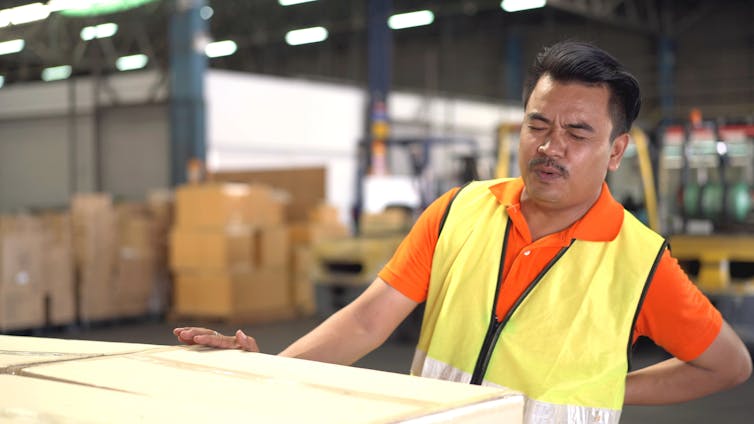
Even very minor back injuries can be brutally painful. This is, in part, because of how we are made. If you think of your spinal cord as a very precious asset (which it is), worthy of great protection (which it is), a bit like the crown jewels, then what would be the best way to keep it safe? Lots of protection and a highly sensitive alarm system.
The spinal cord is protected by strong bones, thick ligaments, powerful muscles and a highly effective alarm system (your nervous system). This alarm system can trigger pain that is so unpleasant that you cannot possibly think of, let alone do, anything other than seek care or avoid movement.
The messy truth is that when pain persists, the pain system becomes more sensitive, so a widening array of things contribute to pain. This pain system hypersensitivity is a result of neuroplasticity – your nervous system is becoming better at making pain.
Reduce Your Chance Of Lasting Pain
Whether or not your pain resolves is not determined by the extent of injury to your back. We don’t know all the factors involved, but we do know there are things that you can do to reduce chronic back pain:
understand how pain really works. This will involve intentionally learning about modern pain science and care. It will be difficult but rewarding. It will help you work out what you can do to change your pain
reduce your pain system sensitivity. With guidance, patience and persistence, you can learn how to gradually retrain your pain system back towards normal.
How To Reduce Your Pain Sensitivity And Learn About Pain
Learning about “how pain works” provides the most sustainable improvements in chronic back pain. Programs that combine pain education with graded brain and body exercises (gradual increases in movement) can reduce pain system sensitivity and help you return to the life you want.

These programs have been in development for years, but high-quality clinical trials are now emerging and it’s good news: they show most people with chronic back pain improve and many completely recover.
But most clinicians aren’t equipped to deliver these effective programs – good pain education is not taught in most medical and health training degrees. Many patients still receive ineffective and often risky and expensive treatments, or keep seeking temporary pain relief, hoping for a cure.
When health professionals don’t have adequate pain education training, they can deliver bad pain education, which leaves patients feeling like they’ve just been told it’s all in their head.
Community-driven not-for-profit organisations such as Pain Revolution are training health professionals to be good pain educators and raising awareness among the general public about the modern science of pain and the best treatments. Pain Revolution has partnered with dozens of health services and community agencies to train more than 80 local pain educators and supported them to bring greater understanding and improved care to their colleagues and community.
But a broader system-wide approach, with government, industry and philanthropic support, is needed to expand these programs and fund good pain education. To solve the massive problem of chronic back pain, effective interventions need to be part of standard care, not as a last resort after years of increasing pain, suffering and disability.![]()
Sarah Wallwork, Post-doctoral Researcher, University of South Australia and Lorimer Moseley, Professor of Clinical Neurosciences and Foundation Chair in Physiotherapy, University of South Australia
This article is republished from The Conversation under a Creative Commons license. Read the original article.
Seniors Need Support As ‘Cashless Society’ Looms
In Remembrance Of The Bombing Of Darwin

AMA Statement On The Closure Of The Veterans’ MATES Program
Statement From The Secretary Of DVA On The Veterans’ MATES Program
Cota Australia Announce A New Chair: Hon. Christopher Pyne

Women’s Service Recognised In Mural

.jpg?timestamp=1708453214893)
New Aged Care Act Consultation Period Extended
- complete a feedback survey online or by calling 1800 318 209
- attend a workshop
- send in a written submission by email or post.
$50 Million To Develop World-Leading Artificial Heart
- Industry partner: BiVACOR
- University partners: Monash University; University of Sydney; University of New South Wales; Griffith University; University of Queensland
- Clinical partners: The Alfred; Baker Heart & Diabetes Institute; St Vincent’s Health Australia
Dementia can be predicted more than a decade before diagnosis with these blood proteins

In the largest study of its kind, scientists have discovered that a blood test detecting specific proteins could predict dementia up to 15 years before a person receives an official diagnosis.
The researchers found 11 proteins that have a remarkable 90% accuracy in predicting future dementia.
Dementia is the UK’s biggest killer. Over 900,000 people in the UK are living with the memory-robbing condition, yet less than two-thirds of people receive a formal diagnosis. Diagnosing dementia is tricky and relies on various methods.
These include lumbar punctures (to look for certain telltale proteins in the cerebrospinal fluid), PET scans and memory tests. These methods are invasive, time-consuming and expensive, putting a heavy burden on the NHS. This means that many people are only diagnosed when they have memory and cognitive problems. By this point, the dementia may have been progressing for years and any support or health plan may be too late.
Those with undiagnosed dementia, and their families, cannot attend clinical trials, have an organised healthcare plan or access essential support. So improving dementia diagnosis would provide earlier support and give patients a longer, healthier and more prosperous life.
In this latest study, researchers at the University of Warwick in England and Fudan University in China examined blood samples from 52,645 healthy volunteers from the UK Biobank genetic database between 2006 and 2010. Over the ten- to 15-year follow-up period, around 1,400 developed dementia.
The researchers used artificial intelligence and machine learning to analyse 1,463 proteins in the blood. They identified 11 proteins associated with dementia, of which four could predict dementia up to 15 years before a clinical diagnosis.
When combining this data with more regular risk factors of age, sex, education and genetics, the dementia prediction rate was around 90%.
These proteins found in the plasma (the liquid component of blood) are biological markers for the changes that occur in dementia sufferers over a decade before clinical symptoms first appear. They act as warning signs of the disease.
Why These Proteins?
The four proteins most strongly associated with all-cause dementia, Alzheimer’s disease (accounting for 70% of all dementias) and vascular dementia (accounting for 20%) are GFAP, NEFL, GDF15 and LTBP2.
Scientists showed GFAP to be the best “biomarker” for predicting dementia. GFAP’s function is to support nerve cells called astrocytes.
A symptom of Alzheimer’s disease is inflammation, and this causes astrocytes to make a lot of GFAP. Consequently, people with dementia display increased inflammation, resulting in higher levels of GFAP, making it a prominent biomarker.
The study showed that people with higher GFAP were more than twice as likely to develop dementia as people with low levels. Smaller studies have also identified GFAP to be a potential marker for dementia.
NEFL is the second protein that is most strongly associated with dementia risk. This protein relates to nerve fibre damage. Combining NEFL or GFAP with demographic data and cognitive tests significantly improves the accuracy of dementia prediction.
Proteins GD15 and LTBP2, both involved in inflammation, cell growth and death, and cellular stress, are also strongly linked to increased dementia risk.
But despite the study’s discovery, other scientists warn that the new biomarkers require further validation before they can be used as a screening tool.

The Bigger Picture
Other initiatives are also promoting the adoption of blood tests as a widespread screening method in diagnosing dementia, including the Blood Biomarker Challenge, a five-year project aiming to use NHS blood tests to diagnose diseases that lead to dementia by looking at traces of brain proteins leaked into the bloodstream.
The exciting advent of new dementia drugs such as lecanemab and donanemab, not yet approved for use in the UK, has the potential to slow the progression of Alzheimer’s disease.
Patients seeking lecanemab or donanemab treatment would require an early-stage diagnosis of Alzheimer’s disease. Alzheimer’s Research UK estimates that only 2% of patients undergo such diagnostic testing.
The study shows that blood tests are an effective way to detect dementia early by identifying specific proteins, providing the patient with the best possible opportunity to receive life-changing treatment.
Early diagnosis of dementia would result in a more effective treatment. A simple blood test has the potential to replace the costly, time-consuming and invasive tests currently used for dementia patients, ultimately improving the quality of many lives.![]()
Rahul Sidhu, PhD Candidate, Neuroscience, University of Sheffield
This article is republished from The Conversation under a Creative Commons license. Read the original article.
Spitting Image at 40: the story of the show is surprisingly influenced by Thatcher
Hannah Andrews, University of LincolnSpitting Image, first broadcast in February 1984, is famed as an iconoclastic satire of 1980s political and popular culture. Its grotesque puppet caricatures became so well known that they could cement a person’s image in public consciousness: Margaret Thatcher as a domineering bully, Sarah Ferguson a snorting Sloane ranger, a grey-skinned John Major joylessly chomping a plate of peas.
Thatcher may have provided the show with its star turn, but her government’s policies were also influential in bringing the programme to air, as well as its eventual demise. The story of Spitting Image is a surprisingly – and accidentally – Thatcherite one.
Spitting Image had unusual origins for a popular TV show. It began with the partnership of artists Roger Law and Peter Fluck, also known as “Luck and Flaw”. They specialised in three-dimensional caricature models, which were photographed for news outlets across the world.
To provide additional income, the pair decided to make these models move. Though Fluck and Law would not have called themselves entrepreneurs, they were keen to expand the operation in ways that would have made Thatcher happy.
At a feted “original lunch” in 1982, designer Martin Lambie-Nairn suggested a television show as a vehicle for Fluck and Law’s caricaturing. They formed an independent company with US-based satirist Tony Hendra, comedy producer John Lloyd (who had approached Fluck and Law to animate their caricatures for his hit BBC show Not the Nine O’Clock News) and freelance current affairs producer Jon Blair.
It was unclear, though, how to translate this wealth of knowledge, experience and enthusiasm into making and selling a TV show.
This was understandable, since, at this time, most British TV was made in-house, either by the BBC or within the ITV network. Independent television production was a cottage industry and indies had little access to airtime.
Spitting Image would need to be made with a major broadcaster, but most commissioners were unwilling to take this expensive risk. Charles Denton of Central Independent Television (CIT) was the exception. He was looking for opportunities to change the image of CIT, which was largely known for light entertainment.
Spitting Image was offering something different: it was innovative, provocative, eye-catching.
After a successful 20-minute pilot produced in June 1983, Denton enthusiastically commissioned Spitting Image to begin in 1984. It became a rare example for its time of a co-production between ITV and an independent production company.
The Enterprise Zone
After teething troubles, Spitting Image grew into hit for CIT. There was huge demand for the puppets, which were manufactured in “the world’s first caricature sweatshop”, as Law jokingly described it in a 1985 documentary.
The workshop was in London’s West India Dock (now Canary Wharf) one of the government’s newly founded “Enterprise Zones”, which gave tax incentives and relaxed regulations for redevelopment. These aided the refurbishment of the Spitting Image “factory”.
Spitting Image became a ubiquitous part of 1980s popular culture. The puppets appeared on a wide range of merchandise, including books, board games, records and toys.
Spin-offs boosted the reputation of the show, though arrangements were ad hoc, and the creative team were ambivalent about them, keen to avoid selling out.
The international success of the series helped to boost its reputation. Not only did it win awards such as the International Emmy in 1986, but it would be imitated around the world, for example as Les Guignols de L’Info in France or Kukly in Russia. Its success in international sales led in 1989 to it winning a Queen’s Award for Export Achievement.
Political objections to the Thatcher government notwithstanding, Spitting Image was heralded as one of the commercial success stories for the UK TV industry at this time. Its annual turnover was reported at over £2 million in 1986.
The Show’s Decline
Thatcher’s resignation in November 1990 deprived Spitting Image of its main character. But her government’s television policy had already sowed the seeds for the series’ demise.
Thatcher saw the TV industry as bloated, bureaucratic and dominated by unions. She called ITV the “last bastion of restrictive practices” in 1987. Her overall aim was to marketise broadcasting by introducing greater competition. The prize of a privatised BBC eluded her.
Legislation was passed in 1990 that required the BBC and ITV to commission 25% of its programming from independent production companies. Uncertainty about how this would work caused costly delays in commissioning decisions in the early 1990s, which led to difficulties for Spitting Image Productions.
Licenses to run (and profit from) regional ITV franchises were now awarded to the highest cash bid. ITV companies became more explicitly profit-oriented, and programmes were under greater pressure to deliver audiences to advertisers. This coincided with a recession in 1990 and 1991, which depressed demand for advertising and raised operating costs thanks to inflation.
By the early 1990s, Spitting Image’s ratings were in decline. Most of the original creative team had left. Other ventures, such as a Madame Tussauds-style Rubberworks exhibition or children’s TV show The Winjin’ Pom, had not generated much needed extra income. The final series aired in 1996.
Spitting Image has since been revived. In 2020 and 2021 it was brought back as exclusive content for the streaming service Britbox, and then in 2023 as a musical staged in Birmingham and London.
But it is as a silly, rude, satirical vision of the 1980s – and a unique product of a changing television industry – that it will be remembered.

Looking for something good? Cut through the noise with a carefully curated selection of the latest releases, live events and exhibitions, straight to your inbox every fortnight, on Fridays. Sign up here.![]()
Hannah Andrews, Associate Professor in Film and Media, University of Lincoln
This article is republished from The Conversation under a Creative Commons license. Read the original article.
Did your dog dig in asbestos-laden mulch? Here are the risks – and what to do next
Chiara Palmieri, The University of QueenslandThis week, disturbing news emerged about mulch containing asbestos in parks, schools and homes across New South Wales (and possibly Canberra). So far, the discussion has focused on the risks to human health.
But the incidents have prompted me to worry about the effects on dogs. Dogs love to sniff, dig, lick and roll on the ground. That means dogs in the vicinity of the mulch may have been exposed to asbestos.
I research the environmental causes of cancer in animals. Animal exposure to asbestos is deeply worrying. Long-term exposure, even to low doses, can cause a type of cancer called mesothelioma. The disease also affects humans.
Here, I outline the risks of asbestos exposure in dogs, and what to do if you’re concerned.
What Do We Know About Mesothelioma In Dogs?
Mesothelioma is an aggressive cancer that affects both animals and humans. It’s typically concentrated in the respiratory tract, but can affect all cells lining body cavities.
The illness is rare in dogs, causing less than 1% of all canine tumours. But it takes years to develop, by which time successful treatment is difficult.
Symptoms in dogs include difficulty breathing, enlarged abdomen and muffled heartbeat. A dog may cough, become lethargic, lose its appetite and become depressed.
In dogs, the incubation time – the period when the cancer is developing, is less than eight years, compared with more than 20 years in humans. So studying cancer in pet dogs can provide important information about similar cancers that might also affect humans.
Dogs can be exposed to asbestos in the same way as humans – for example, during home renovation projects. People can wear protective gear, but animals cannot. Dogs also tend to lick things, which means they may ingest asbestos fibres as well as breathe them in.
Asbestos is more dangerous when it is “friable” or easily crumbled and broken up into smaller pieces, releasing fibres into the air.
One study from the 1980s showed dogs could be exposed to asbestos, through “secondary contact” or the actions of someone else. This may occur, for example, if a dog inhaled asbestos fibres from the clothes of its owner.
So during house renovations, pets may need to stay mostly outside, or at someone else’s house or a boarding kennel.
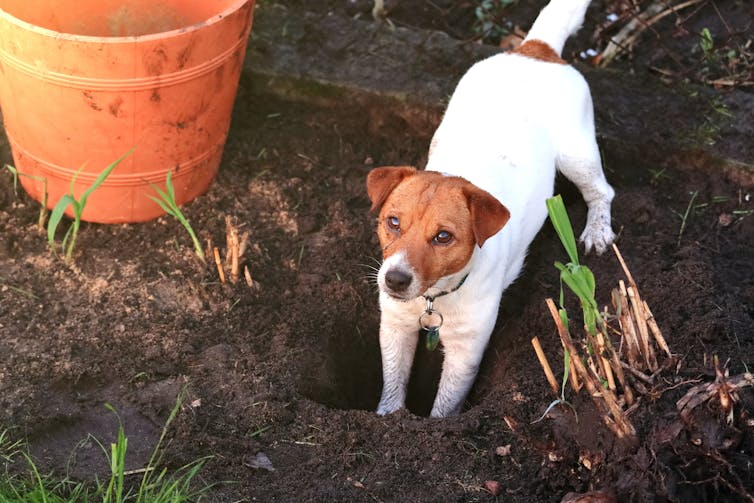
What About The Mulch Issue?
At latest count, 47 sites in NSW have tested positive for asbestos in mulch. In the Australian Capital Territory, environment officials are investigating potentially contaminated “cottage mulch” sold to 24 companies and 27 addresses in and around Canberra.
In all but one Sydney case, the asbestos was considered lower-risk as it was mixed with cement or other hard bonding materials. However, “non-friable” or “bonded” asbestos can become friable if damaged or old. Then, asbestos can be released into the air.
The more dangerous friable asbestos was found at a popular public park in Glebe. This is concerning.
The risk of an animal developing cancer is influenced by duration of exposure and the extent of contamination. We don’t know what level of exposure is required to develop mesothelioma in dogs. But in humans, there is no known safe asbestos exposure level.
What To Do If You’re Concerned
Mesothelioma can progress rapidly in both dogs and humans. Early diagnosis increases the chance of survival.
If you think your dog has been exposed to asbestos, take it to see a vet. The vet may perform an x-ray to check the dog’s lungs and/or abdomen and windpipe. If damage is present, a vet would take samples of tissue and fluids from the thorax or abdomen, for further examination.
So what happens if a dog is diagnosed with mesothelioma?
In some cases, the cancer will be so far progressed that treatment is not an option. In that case, all effort should be made to ensure the dog is as comfortable as possible.
If it’s not too late to start treatment, dogs can undergo chemotherapy, usually in the form of injections. One study suggests chemotherapy increases a dog’s chance of survival.
The duration of treatment and side effects of chemotherapy vary depending on the severity of the dog’s case. Deciding whether or not to proceed with chemotherapy can be difficult and requires weighing up the costs and likely benefits. It is expensive, but many dogs cope remarkably well and rarely lose their hair.
A Wake-Up Call
Cancer in pets doesn’t always develop by chance. It can be caused by the air they breathe, the soil they dig in and the water they drink.
The case of asbestos-contaminated mulch should be a wake-up call for regulators and industry. But it should also remind pet owners to carefully consider the substances their animals might be exposed to, both inside and outside the home.
Gathering data on canine exposure to environmental hazards is crucial to understanding the origin of spontaneous cancers. We’re about to launch a national survey on the topic. If you are interested in participating, please get in touch with me and I will share the survey link as soon as it becomes available.![]()
Chiara Palmieri, Professor, The University of Queensland
This article is republished from The Conversation under a Creative Commons license. Read the original article.
Research Leaves Smoking Stereotypes Up In Smoke

Royal Australian Navy’s Enhanced Surface Fleet Following Review: Federal Government Announcement
- Three Hobart class air warfare destroyers with upgraded air defence and strike capabilities
- Six Hunter class frigates to boost Navy’s undersea warfare and strike capabilities
- 11 new general purpose frigates that will provide maritime and land strike, air defence and escort capabilities
- Six new Large Optionally Crewed Surface Vessels (LOSVs) that will significantly increase Navy’s long-range strike capacity
- Six remaining Anzac class frigates with the two oldest ships to be decommissioned as per their planned service life.
- 25 minor war vessels to contribute to civil maritime security operations, which includes six Offshore Patrol Vessels (OPVs).
Australia’s Defence Industrial Base Expanded To Deliver Navy’s Enhanced Surface Combatant Fleet
- Enhanced Lethality Surface Combatant Fleet - An Independent Analysis of Navy's Surface Combatant Fleet (PDF, 3.61 MB)
- ELSCF - Sovereign Workforce factsheet (PDF, 1.15 MB)
- ELSCF - Australian Defence Industry factsheet (PDF, 1.11 MB)
- ELSCF - A larger & More Lethal Australian Navy - factsheet (PDF, 309.91 KB)
- ELSCF - Western Australia factsheet (PDF, 328.79 KB)
- ELSCF - South Australia factsheet (PDF, 299.84 KB)
Australian Competition Tribunal Authorises ANZ’s Proposed Acquisition Of Suncorp Bank: ACCC Statement
Designated Complaints Legislation Welcomed: ACCC
- In May 2021, Telstra was ordered to pay $50 million in penalties for engaging in unconscionable conduct when selling mobile contracts to Indigenous consumers. The issues that led to this case were brought to the ACCC’s attention by various financial counselling groups and other consumer advocates, such as Bush Money Mob.
- In November 2021, the ACCC accepted court enforceable undertakings from the suppliers of CAMI and iTutor home tutoring software in which they admitted to using unfair contract terms to subscribe customers, and undertook to provide refunds and allow contract cancellations. The matter came to the ACCC’s attention following consumer complaints and referrals from Legal Aid NSW and the Consumer Action Law Centre.
- In April 2021, Megasave Couriers Australia and its sole director were ordered to pay penalties totalling $2,020,000, and $500,000 in partial redress for false or misleading representations about guaranteed minimum weekly payments and guaranteed annual income, made to prospective franchisees. The matter came to the ACCC’s attention via franchisee complaints, and a referral of further complaints by the Australian Small Business and Family Enterprise Ombudsman.
Realestate.Com.Au's Proposed Acquisition Of Dynamic Methods Raises Potential Concerns: ACCC
- Mortgage Choice Pty Ltd, an online mortgage broking franchise
- PropTrack Pty Ltd, a property data and valuation services provider and property.com.au, an online property research website
- Campaign Agent Pty Ltd, a provider of vendor paid advertising and home preparation finance solutions
- Realtair Pty Ltd, a digital platform which enables real estate agents to manage real property transactions online
- Managed Platforms Pty Ltd, a property management software solution for the collection and payment of property management related fees
- Simpology Pty Ltd, a mortgage applications and e-lodgement service provider
- Arealytics, a provider of commercial real estate information and technology.
Monster Black Hole Devouring One Sun Every Day
Polar Bears Unlikely To Adapt To Longer Summers
Australia's Most At-Risk Bird Species Share Some Common Traits
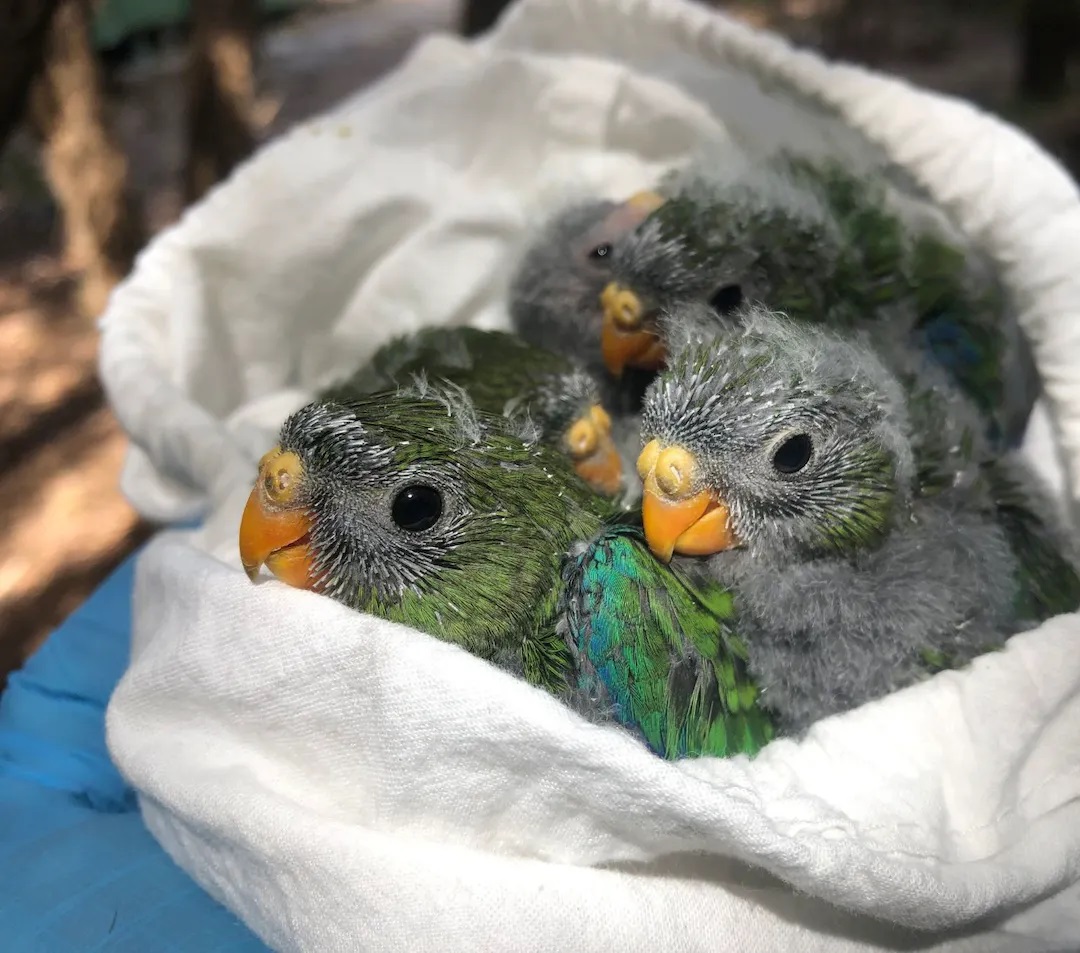
Advanced Artificial Photosynthesis Catalyst Uses CO2 More Efficiently To Create Biodegradable Plastics
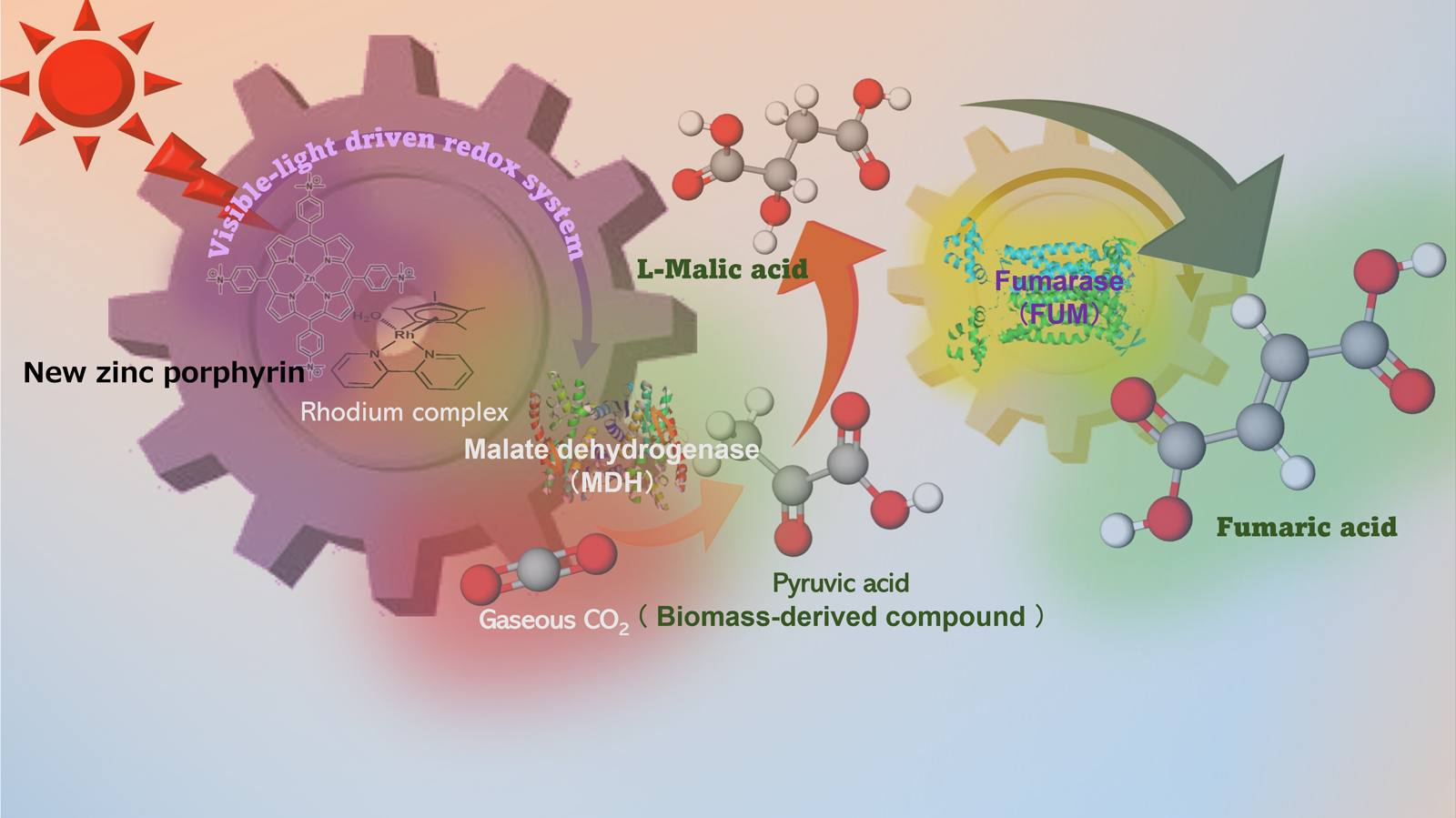
Mystery Solved: The Oldest Fossil Reptile From The Alps Is An Historical Forgery
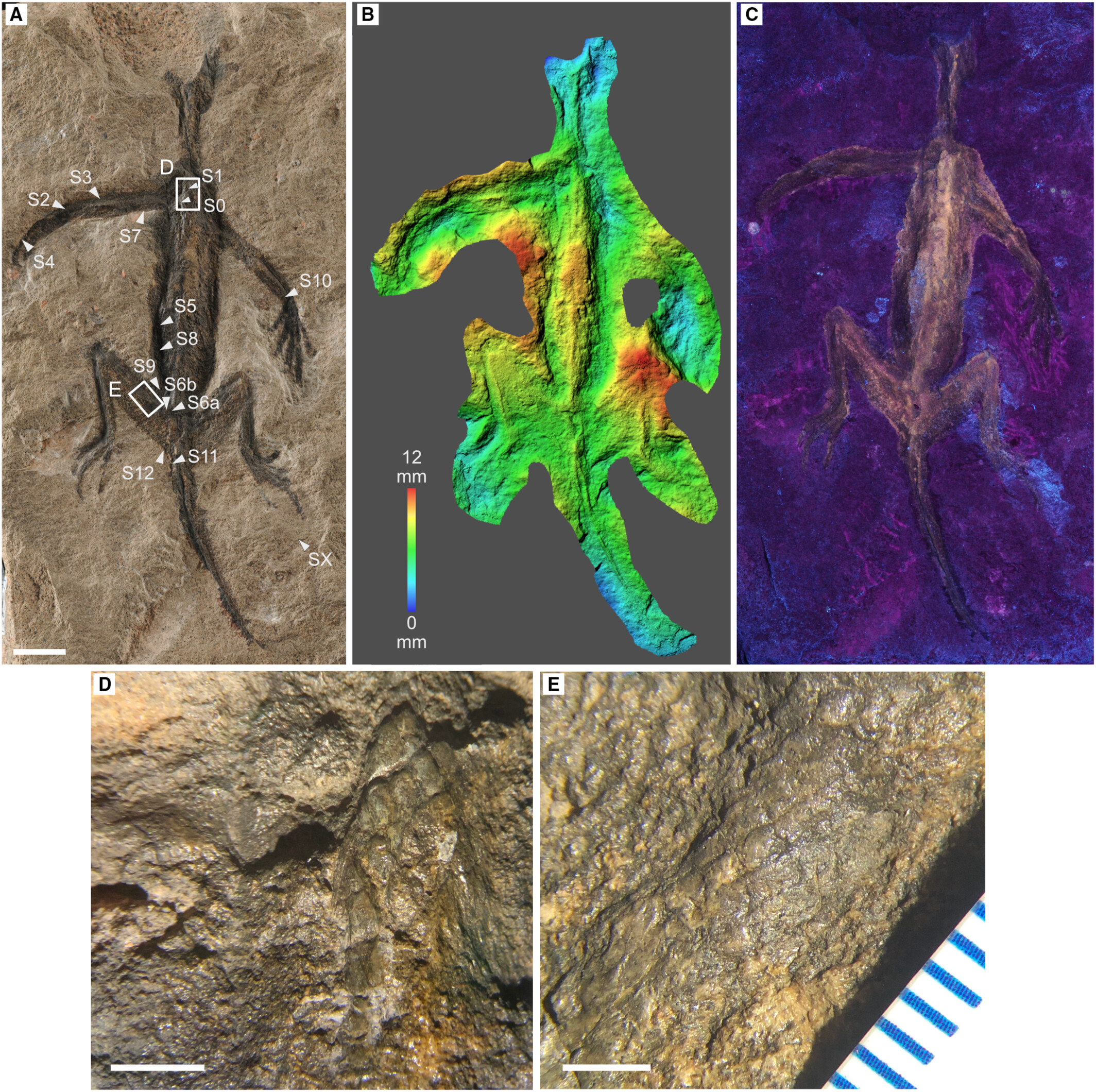
More Support Classes In NSW Mainstream Schools For Students With Disability
NSW Government States New Figures Show Encouraging Progress On Teacher Shortage
- Scrapping the former government’s public sector wage cap and delivering NSW public school teachers the biggest pay rise in a generation
- Improving job security by delivering our commitment to transition 16,000 teachers and support staff on temporary contracts into permanent roles
- Reducing the admin workload by introducing more admin support staff, removing unnecessary tasks, streamlining accreditation requirements, and cutting the volume of policy documents
- Recruitment measures including re-engaging teachers who recently resigned or retired from the profession to return, and expanding the Grow Your Own program
- Improving the classroom environment by banning mobile phones restoring authority to teachers and principals to manage student behaviour
- Developing a teacher housing strategy, priority recruitment support and wellbeing measures as part of our Rural, Regional and Remote Education action plan to attract and retain staff in the bush
$80 Million Institute Of Applied Technology For Construction Opened In Western Sydney
- 2D CAD Drawings and 3D Models in Construction
- Building Information Modelling (BIM) in Construction
- Commercial & Contract Management in Construction
- Contract Administration Fundamentals
- Contract Administration in Construction
- Cost Management in Construction
- Emerging Leaders in Construction
- Excel in Construction
- Frontline Leaders in Construction
- Introduction to Building Information Modelling (BIM) in Construction
- Introduction to Project Scope Management in Construction
- Microsoft Office 365 Foundations in Construction
- Power BI Fundamentals in Construction
- Project Management Foundations in Construction
- Project Management Fundamentals in Construction
- Project Management Fundamentals in Construction
- Project Risk Management in Construction
- Schedule Management in Construction
- Stakeholder Engagement and Management in Construction
- Experienced Leaders in Construction
- Project Integration Management in Construction
- Quality Management in Construction
- Scheduling - MS Projects in Construction
- Power BI Data Visualisation in Construction
- Procurement and Commercial Management in Construction
- Construction Communication
- Contract Law/Dispute Resolution
- Introduction to Claims and Variations in Construction
- Reality Capture Technologies
- Integrating GIS and BIM in Construction
- Experienced Leaders in Construction
- Project Integration Management in Construction
- Quality Management in Construction
- Scheduling - MS Projects in Construction
- Power BI Data Visualisation in Construction
- Procurement and Commercial Management in Construction
- Construction Communication
- Contract Law/Dispute Resolution
- Introduction to Claims and Variations in Construction
- Reality Capture Technologies
- Integrating GIS and BIM in Construction

NSW Government Announces Historic Investment In Regional Public Preschools: Locations Of 100 New Public Preschools Revealed
How to help children and the family dog stay safe when they play together
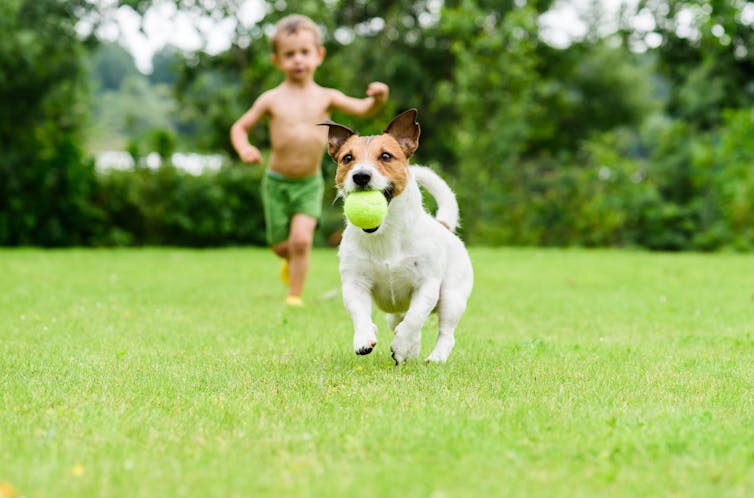
It’s no wonder owning a family dog is popular in the UK – research shows that our wellbeing can increase with dog ownership, and there’s even evidence that children’s development can benefit if they share their home with a dog.
Unfortunately though, hospital admissions for dog bites are more likely to be children than adults. The majority of bites on children are from a dog known to them. And many bites happen while a parent or caregiver is actually present.
Popular representations of dogs as the perfect addition to a family are everywhere, from the 1904 JM Barrie Novel Peter Pan and Nana, to today’s children’s television. The movie, The Secret Life of Pets 2 opens with Max, the charismatic terrier complaining that he doesn’t personally love kids and is grateful for not living with them and being “piled on” by “hordes of children”. Max is soon faced with a new child in the family, Liam, and he laments he doesn’t feel safe in his own home.
Although Max’s predicament is played for laughs, the truth is children can make dogs’ lives difficult and uncomfortable. We certainly don’t want our children to be bitten. But it’s easy to overlook the dog’s perspective.
Power Of Play
Safe play means no shouting or roughness. Fetch, for example, can be great but be mindful if your dog is “guarding” by not relinquishing or snapping for their favourite toys. You and your children should teach your dog a leave command by trading toys for treats. Immediately throwing a second toy as soon as they bring the first back can also discourage guarding. My own son finds this game lots of fun with our dog.

During play all four paws should be on the floor. If your dog becomes over excited during play, for example jumping up or mouthing, it’s better to just ask your child to step away and both have a bit of a time out, than shouting or punishing your dog.
But that doesn’t mean children should be discouraged from playing with the family dog. Play is something children are usually better at than adults. Parents I interviewed for my research into children’s interactions with a family dog said their kids don’t tire of throwing a ball or playing tug. And for dogs, play is a natural behaviour that they don’t grow out of.
Cuddles Aren’t Always Cute
While thousands of animal cuddly toys are squished by children the world over, it’s worth remembering that cuddling is a mostly human behaviour.
Research has shown that some dogs can learn to tolerate cuddles, some even enjoy them. But they are not something that dogs innately find enjoyable and research shows that many dogs don’t get an oxytocin (cuddle hormone) response to it.
Close physical contact between children and the family dog is a common reason dogs show aggression towards a child. So children should be discouraged from putting their arms around a dog, leaning on, or picking them up, in favour of other ways of showing affection in which the dog has more freedom of choice.
A Dog Needs Freedom Of Choice
It’s impossible to allow dogs to do whatever they like all the time. Their behaviour has to fit into what we are willing to accept as their human owners after all. Nonetheless dogs living with children can react aggressively if children restrict their ability to choose what they want to do, for example physically restrictive cuddles, or interrupting them when they are in the middle of resting, eating or playing alone.
It isn’t difficult to allow your dog some choice in affectionate interactions from children. Simply encouraging the kids to call the dog over to them where they are sitting, rather than approaching the dog themselves, can make a difference. And remind children not to follow the dog if he or she moves away from them. In my recent study parents also found that their dogs were more likely to value their space from the kids at night time or when they were tired.
Don’t Expect Children To Read Dogs
Dogs can’t talk. Imagine if they could. Perhaps then we’d be better at understanding their needs. Instead, they mostly use their bodies to communicate.
Research has shown that young children are generally not good at recognising dog body language or facial expressions. My 2023 study of UK families showed that even if they could recognise their dog was unhappy about an interaction, it didn’t make the child stop it. And a 2016 study found that parents who owned a dog didn’t notice common signs of anxiety, such as a dog licking their lips or nose, wide eyes, yawning out of context or leaning away from the child.
If your child can learn how to spot how dogs show certain emotions that’s great. There’s lots of resources available online . But don’t expect that alone to be a panacea of all interaction problems or risks.
The fact that dogs have emotions too means there is always a possibility an interaction might not go well. Which is why it is not just supervision, but involved supervision that will help your dog and kids become best of friends.![]()
Anna Baatz, PhD Candidate and Associate Lecturer in human-animal interactions, University of Salford
This article is republished from The Conversation under a Creative Commons license. Read the original article.
Disinformation threatens global elections – here’s how to fight back

With over half the world’s population heading to the polls in 2024, disinformation season is upon us — and the warnings are dire. The World Economic Forum declared misinformation a top societal threat over the next two years and major news organisations caution that disinformation poses an unprecedented threat to democracies worldwide.
Yet, some scholars and pundits have questioned whether disinformation can really sway election outcomes. Others think concern over disinformation is just a moral panic or merely a symptom rather than the cause of our societal ills. Pollster Nate Silver even thinks that misinformation “isn’t a coherent concept”.
But we argue the evidence tells a different story.
A 2023 study showed that the vast majority of academic experts are in agreement about how to define misinformation (namely as false and misleading content) and what this looks like (for example lies, conspiracy theories and pseudoscience). Although the study didn’t cover disinformation, such experts generally agree that this can be defined as intentional misinformation.
A recent paper clarified that misinformation can both be a symptom and the disease. In 2022, nearly 70% of Republicans still endorsed the false conspiracy theory that the 2020 US presidential election was “stolen” from Donald Trump. If Trump had never floated this theory, how would millions of people have possibly acquired these beliefs?
Moreover, although it is clear that people do not always act on dangerous beliefs, the January 6 US Capitol riots, incited by false claims, serve as an important reminder that a misinformed crowd can disrupt and undermine democracy.
Given that nearly 25% of elections are decided by a margin of under 3%, mis- and disinformation can have important influence. One study found that among previous Barack Obama voters who did not buy into any fake news about Hillary Clinton during the 2016 presidential election, 89% voted for Clinton. By contrast, among prior Obama voters who believed at least two fake headlines about Clinton, only 17% voted for her.
While this doesn’t necessarily prove that the misinformation caused the voting behaviour, we do know that millions of black voters were targeted with misleading ads discrediting Clinton in key swing states ahead of the election.
Research has shown that such micro-targeting of specific audiences based on variables such as their personality not only influences decision-making but also impacts voting intentions. A recent paper illustrated how large language models can be deployed to craft micro-targeted ads at scale, estimating that for every 100,000 individuals targeted, at least several thousand can be persuaded.
We also know that not only are people bad at discerning deepfakes (AI generated images of fake events) from genuine content, studies find that deepfakes do influence political attitudes among a small target group.
There are more indirect consequences of disinformation too, such as eroding public trust and participation in elections.
Other than hiding under our beds and worrying, what can we do to protect ourselves?
The Power Of Prebunking
Many efforts have focused on fact-checking and debunking false beliefs. In contrast, “prebunking” is a new way to prevent false beliefs from forming in the first place. Such “inoculation” involves warning people not to fall for a false narrative or propaganda tactic, together with an explanation as to why.
Misinforming rhetoric has clear markers, such as scapegoating or use of false dichotomies (there are many others), that people can learn to identify. Like a medical vaccine, the prebunk exposes the recipient to a “weakened dose” of the infectious agent (the disinformation) and refutes it in a way that confers protection.
For example, we created an online game for the Department of Homeland Security to empower Americans to spot foreign influence techniques during the 2020 presidential election. The weakened dose? Pineapple pizza.
How could pineapple pizza possibly be the way to tackle misinformation? It shows how bad-faith actors can take an innocuous issue such as whether or not to put pineapple on pizza, and use this to try to start a culture war. They might claim it’s offensive to Italians or urge Americans not to let anybody restrict their pizza-topping freedom.
They can then buy bots to amplify the issue on both sides, disrupt debate – and sow chaos. Our results showed that people improved in their ability to recognise these tactics after playing our inoculation game.
In 2020, Twitter identified false election tropes as potential “vectors of misinformation” and sent out prebunks to millions of US users warning them of fraudulent claims, such as that voting by mail is not safe.
These prebunks armed people with a fact — that experts agree that voting by mail is reliable — and it worked insofar as the prebunks inspired confidence in the election process and motivated users to seek out more factual information. Other social media companies, such as Google and Meta have followed suit across a range of issues.
A new paper tested inoculation against false claims about the election process in the US and Brazil. Not only did it found that prebunking worked better than traditional debunking, but that the inoculation improved discernment between true and false claims, effectively reduced election fraud beliefs and improved confidence in the integrity of the upcoming 2024 elections.
In short, inoculation is a free speech-empowering intervention that can work on a global scale. When Russia was looking for a pretext to invade Ukraine, US president Joe Biden used this approach to “inoculate” the world against Putin’s plan to stage and film a fabricated Ukrainian atrocity, complete with actors, a script and a movie crew. Biden declassified the intelligence and exposed the plot.
In effect, he warned the world not to fall for fake videos with actors pretending to be Ukrainian soldiers on Russian soil. Forewarned, the international community was unlikely to fall for it. Russia found another pretext to invade, of course, but the point remains: forewarned is forearmed.
But we need not rely on government or tech firms to build mental immunity. We can all learn how to spot misinformation by studying the markers accompanying misleading rhetoric.
Remember that polio was a highly infectious disease that was eradicated through vaccination and herd immunity. Our challenge now is to build herd immunity to the tricks of disinformers and propagandists.
The future of our democracy may depend on it.![]()
Sander van der Linden, Professor of Social Psychology in Society, University of Cambridge; Lee McIntyre, Research Fellow, Center for Philosophy and History of Science, Boston University, and Stephan Lewandowsky, Chair of Cognitive Psychology, University of Bristol
This article is republished from The Conversation under a Creative Commons license. Read the original article.
Separate water fountains for Black people still stand in the South – thinly veiled monuments to the long, strange, dehumanizing history of segregation

No one knows for certain when public facilities like bathrooms and drinking fountains were separated by race.
But starting in the 1890s, shortly after the U.S. Supreme Court decision that legalized “separate but equal” in Plessy v. Ferguson, the Jim Crow laws and customs that emerged required Black and white people to be separated in virtually every part of life. They used separate restrooms, sat in separate sections on trains and buses and drank from separate water fountains.
Even in death, Black and white people were buried in separate cemeteries.
Though the racist practice of separate accommodations was officially outlawed by the Civil Rights Act of 1964, relics from the past still linger today.
In Ellisville, Mississippi, for instance, two water fountains remain standing in front of the Jones County Courthouse. When they were first built in the late 1930s, the words “white” and “colored” designated which fountain was to be used by which race.
Over the years, those words were covered up by different ceremonial plaques. But for some Black Ellisville residents, the fountains still stir up painful memories of second-class citizenship.
During public hearings in 2020 to determine whether the fountains should be removed, then 68-year-old Donnie Watts told the County Board of Supervisors that he had lived there for most of his life.
“I got told once to get away from that fountain because I, as a 6-year-old, was drinking out of the ‘white’ fountain,” Watts said. “Can you imagine what a child, that age, how they felt when they were told that they can’t drink out of that fountain and they had to drink out of another fountain that said ‘colored’?”
Separate And Unequal
In the 2001 Behind the Veil project, Duke University historians and researchers conducted interviews with over 300 Black and white people to document what day-to-day life was like during the Jim Crow era of legal segregation.
One of those interviewed was Mary Sive, who in 1947 was 24 years old and lived in Montclair, New Jersey. That year, she was traveling through the Deep South when she saw water fountains labeled “colored” and “white” for the first time.
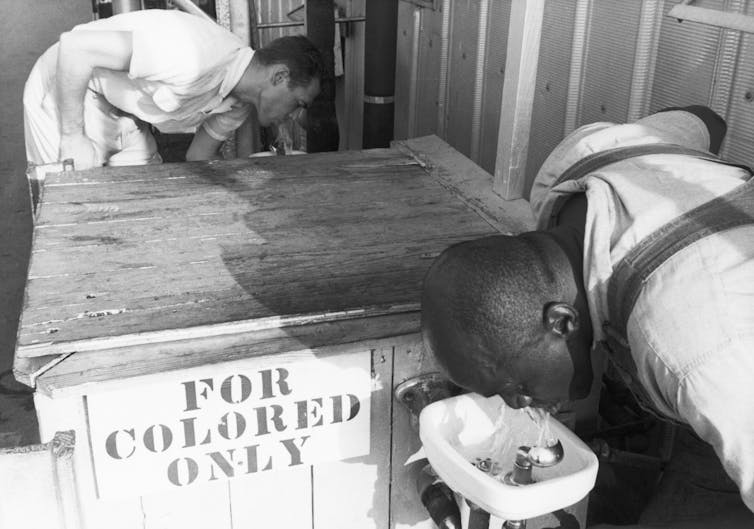
“This was not outright cruelty such as lynching or denial of voting rights,” she said. “It was not silly, as it at first seemed to me. I realized that for segregation to stick, it had to intrude into the simplest everyday activity such as taking a drink of water. It was that very banality that brought home what it must be like to be ‘colored.’”
Sive said she chose not to drink from either fountain.
The signs were not the only thing that separated the fountains.
The fountains for whites were often more modern, offered some form of filtering from contaminants found in tap water and were capable of providing cold water. The colored water fountains were always worse, generally older and less well kept and usually found in the basement or outdoors.
More often than not, there were no Black facilities.
Bloody Tuesday
In my view as a sociologist who studies race and ethnicity, part of the legal and systematic effort to maintain Black subservience was based in part on the white people’s fear that formerly enslaved Black people would be rebellious and unwilling to stay on the lower levels of society.
It’s not surprising, then, that peaceful protests against the repressive structure of Southern society was met with a violent reaction from Southern law enforcement officers.
On June 9, 1964, for instance, Rev. T.Y. Rogers organized a march with the NAACP to protest segregated drinking fountains and restrooms in Tuscaloosa, Alabama.
The civil rights group had planned to march to the Tuscaloosa County Courthouse but barely made it a few steps from where they started at the First African Baptist Church before they were assaulted, beaten, arrested and tear-gassed by police officers, who used cattle prods and wooden batons to subdue the demonstration.
Known as Bloody Tuesday, the day saw the hospitalization of 33 Black men, women and children and the arrests of 94 others on charges of unlawful assembly.
That tragedy has been largely overshadowed by another protest march in Alabama from Selma to Montgomery that occurred nearly a year later on March 7, 1965.
In what became known as “Bloody Sunday,” more than 600 marchers who were demanding equal voting rights, including John Lewis, then chairman of the Student Nonviolent Coordinating Committee and future congressman, were beaten and arrested by state troopers led by segregationist Public Safety Commissioner Eugene “Bull” Connor.
But unlike Bloody Tuesday in Tuscaloosa, news photographers and television cameras captured the images of Black marchers being beat by white police officers.
Those images triggered national outrage.

But enactment of civil rights laws didn’t mean the end of the fight.
After Donnie Watts’ testimony about his experience with discrimination at age 6, Jones County voters decided to keep the two separate fountains in a 2020 referendum.
Even though the fountains don’t work any longer and the words “white” and “colored” remain covered by ceremonial plaques, Watts said in a published interview that his memory of them remains clear.
“I can see right through those plaques. I know what they say,” Watts told the Hattiesburg American. “If they were so gung-ho about keeping those fountains, why don’t they take those plaques off where everybody can see the words ‘colored’ and ‘white’?”![]()
Rodney Coates, Professor of Critical Race and Ethnic Studies, Miami University
This article is republished from The Conversation under a Creative Commons license. Read the original article.
Disclaimer: These articles are not intended to provide medical advice, diagnosis or treatment. Views expressed here do not necessarily reflect those of Pittwater Online News or its staff.
